|
Photos by Carrie Billett, Daniel Robinson, & Robert Gipe. Higher Ground’s eighth play, Perfect Buckets, was commissioned by the Southern Foodways Alliance and the Cockayne Fund to be performed at the SFA conference in Oxford, Mississippi on October 26th. Our charge from the SFA was to create a short play that dramatized the relationship between food and labor in the mountains. Perfect Bucketsgrew out of interviews collected the spring, summer, and fall of 2019 and included music by the Kudzu Killers, Ryland Pope, and the cast. The play focuses on social media, potlucks, labor activism, and their effects on community cohesion. The play also includes stories based on the miners blockade that took place in Harlan in Summer 2019. The Blackjewel blockade was a national news story during the summer of 2019, and took place less than a mile from Higher Ground’s home theater. Blackjewel LLC, one of the largest coal producers in the nation, filed for Chapter 11 bankruptcy in early July 2019, leaving hundreds of its Kentucky employees with cold checks. Following the bankruptcy, a group of former Blackjewel employees blocked a train that was attempting to haul coal from one of the company’s Harlan County mines. For almost two months, the miners and their families blocked the tracks, determined to stop any coal moving from the Blackjewel mines until they received what they were owed. In September, after more than two months camped out on the tracks, the former employees ended their protests. The Blackjewel families are now pursuing justice through the courts. On October 2nd, an attorney representing the coal company submitted a proposal to a West Virginia bankruptcy court that could provide Blackjewel LLC with about $5.5 million to pay its former Kentucky employees. Justice for the miners and their families has been slow in coming. Higher Ground had to rush to integrate the blockade into Perfect Buckets. We would have liked to have spent more time on the writing and worked more closely with the miners and their families than we did. However, former cast member Jennifer McDaniels helped Higher Ground take part in an online chat group with some of the families participating in the blockade, and we were able to organize a preview performance in Cumberland that included a talkback session with many of those involved in the blockade. The script also left a space open for updates as the story unfolded while we were performing the piece. Perfect Buckets takes its name from something Harlan restaurant owner Joyce Cheng said during her interview about the blockade. Cheng ran fifty miles raising money for the miners and their families, and did so, coincidentally, at almost the same time as a federal ICE raid shut down a Mississippi chicken processing plant and deported over 300 of its workers. When we asked Cheng, an immigrant from China who is much beloved in the community but has endured unkind treatment by a sorry few how she kept her heart in the right place said, “You have to see the good in people and not just the bad. Even perfect buckets have a crack.” We carried Cheng’s message and the story of the Blackjewel blockade to Mississippi and shared it with an audience of 300 chefs, food writers, and others involved in the business and culture of Southern food on October 26, 2019 in Oxford. On our return, Higher Ground partnered with the Wrigley Taproom to present the final show of the 2019 run of Higher Ground 8: Perfect Bucketsin Corbin, Kentucky as part of a fundraiser for the Appalachian Food Summit. The Corbin Cornbread Convocation, as the Corbin event is called, took place November 9, 2019 at the Wrigley Taproom and at the Second and Main event center, in downtown Corbin. The Appalachian Food Summit is a community of writers, scholars, restaurateurs, farmers, producers, chefs and others who honor the past, celebrate the present and support a sustainable future for Appalachia. The Cornbread Convocation explored the dynamic between food and community stories with a progressive dinner, starting at The Wrigley Taproom, then journeying down Corbin's Main Street to experience Perfect Buckets. As SFA had done in Oxford, chef Kristin M Smith created a menu inspired by scenes from the production. By the time we performed Perfect Buckets in Corbin, we had secured the immediate future of Higher Ground, thanks to a new partnership with Brook and Pam Smith and the gift they made to Southeast Kentucky Community & Technical College in support of Higher Ground. The Smiths’ gift will support a new production in the Spring of 2021 and allowed us to hire new Higher Ground faculty. Those faculty start work in June 2020. Introduction.
Chapter 1: 2001-2005. A Lot of Listening & A Grant Proposal. Chapter 2: 2005-2008. Higher Ground Is Born. Chapter 3: 2008-2009. Playing With Fire Chapter 4: 2010-2011. Talking Dirt Chapter 5: 2012-2013. Introduction to the Foglights years Chapter 6: Spring 2013. Solving For X Chapter 7: Summer 2013. Summer of Fog Chapter 8: Fall 2013. Foglights Performed Chapter 9: 2014 -2015. Find A Way Chapter 10: 2015 & 2017. It's Good 2 Be Young In The Mountains 1 & 2 Chapter 11: 2016-2017. Hurricane Gap, Shew Buddy!, & Life Is Like A Vapor. Chapter 12: 2017 -2018. Needle Work & the Southeast Kentucky Revitalization Project Chapter 13: 2019. Perfect Buckets Please note: If you have concerns about a photo, please do not hesitate to contact us at [email protected].
0 Comments
4/26/2020 Chapter 12: 2017-2018 Needle Work & the Southeast Kentucky Revitalization ProjectRead NowPhotos by Oakley Fugate, Robert Gipe, and Mountain Tech Media. As Higher Ground brought people together to depict our community’s capacity for transformation, we have been asked to be more actively engaged in that transformation. Over the years, Higher Ground staff has been involved in renovation of historic buildings, downtown and tourism development, arts education, hospitality and construction workforce development, and branding efforts. In 2017, we grouped that community development work under an umbrella called first the Southeast Kentucky Revitalization Project, and later the Mountain Training Network. Since 2017, SKCTC Appalachian Program staff managed over a million dollars in downtown development projects and kept Higher Ground going essentially as volunteers. In 2017, USAP, a coalition of community groups working in Letcher County to reduce the harm caused by needle drug use, contracted with Higher Ground to create a portable, original drama to raise discussion of needle exchanges. Needle Work is the play Higher Ground created for USAP. Needle Workexamines needle exchanges, where substance abusers can exchange dirty syringes for clean ones without fear of legal consequences, as a way of stemming the spread of diseases such as hepatitis and HIV/AIDs and helping addicts get into recovery. The play centers on a mountain woman—Sweet Betty, a character in Find A Way and Life Is Like A Vapor—who has lost a daughter to drug abuse, and starts a needle exchange out of her home. Her friends are shocked; dramatic behavior ensues. There are comic moments along the way, and songs are sung, and stories light and heavy are told that reflect the humor and beauty in our collective struggle to find our way through difficult circumstances. Higher Ground’s plan was to perform the play twice, once in Whitesburg and once in Cumberland. After these two performances, our plan was to focus on the community development work that was part of the Southeast Kentucky Revitalization Project. The development work was preceded by an extensive and well-received community strategic planning process in Harlan County, and expanded to include partners and projects throughout Eastern Kentucky. What we did not plan on is that the coalition that sponsored Needle Workcreated opportunities for Higher Ground to perform Needle Workat schools, health care centers, and community gatherings throughout Eastern Kentucky. Nor did we anticipate public health agencies in Southwest Virginia contracting with us to perform the play in Wise and Dickenson counties. In the twenty years since the introduction of OxyContin, the most notorious and dangerous of the synthetic opioids, we have learned a great deal about how to treat addiction, and as importantly, addicts. We have learned new levels of compassion and patience. We have diversified the range of treatment facilities and programs addressing the crisis, and developed skilled and experienced leadership who understand what it takes to help addicts reclaim healthier, happier lives. That leadership asked Higher Ground to participate in their work, to perform Needle Work as part of engaging our communities in new ways of thinking about recovery. Never in the history of Higher Ground had we felt the sense of responsibility coming from the field that is actively engaged with an issue raised in one of our plays. And so we continued to take on contracts to perform Needle Work in communities throughout the region. When the production closed, I made the following post on social media: On Wednesday April 3, 2019, Higher Ground gave two performances of Needle Work in Nelsonville, Ohio in the Stuart Opera House. These were the last two scheduled performances. The play, which was created from interviews conducted in Letcher and Harlan counties, included original music from Harlan’s Kudzu Killers and discussed the essential humanity of addicts and whether they are worthy of the concern and sympathy of our communities and how that concern and sympathy might best be expressed. Higher Ground performed Needle Work in Whitesburg, Cumberland, Louisa, Pikeville, Berea, and Pine Mountain Settlement School in Kentucky, and Wise and Clintwood in Virginia, in addition to the two shows in Nelsonville. There are many people and organizations who deserve our gratitude for their support of the production of Needle Work. A few of them are Danielle King, Van Breeding, Sue Cantrell, Maria Lewis, Chris Green, Matt Brown, Jenna Myer, the Appalachian Media Institute, The Chorus Foundation, the Appalachian Funders Network, LENOWISCO Health District, and USAP, the organization in Letcher County that originally commissioned Needle Work. Our first performances took place in the fall of 2017. Rehearsals began months before. And the writing process began months before that. Needle Work has been both the hardest play Higher Ground has had to perform, and the play that has been in production the longest. If it weren’t for the seriousness of the issue and the goodness of the people who invited us to come to their communities to present the work, we would have laid Needle Work to rest long ago. But we didn’t. Higher Ground kept going where we were invited. So I’d like to thank these folk, who performed Needle Work in one or more of its ten performances: Adam Brock, Adeline Allison, Alex Hamm, Alexia Ault, Andrew Saylor, Ashley Bledsoe, Bennie Massey, Brianna Perez, Cade Pennington, Carrie Billett, Cassidy Wright, Cheyenne Coogle, Cindy Brock, Cindy Parker Allison, Devyn Creech, Elana Scopa Forson, Elizabeth Mona Lisa Floyd, Frank Goodwyn, Greg Hollins, Joy Pennington, Kristie Rodgers, Kyle Allison, Logan Turner, Mariah Farmer, Marsha Griffey, Megan Duff, Nick Cornett, Rick Brock, Rodion Svynarenko, Ronnie Walker, Rut Melton, Sandra Goodwyn, Shane Vanover, Shaylan Clark, Shyla Blevins, Tara Smith Frehling, Teresa Mimes, Tyler Smith, and Whitney Barger. I have so much respect for you, and so much appreciation of your talent, heart, and commitment. In the spring of 2019, Higher Ground began work on its next production, a play about food and labor, focusing on the role of the soup bean in Appalachian culture. The play, Perfect Buckets, was commissioned by the Southern Foodways Alliance, and debuted at SFA’s conference in Oxford, Mississippi in late October 2019. Introduction.
Chapter 1: 2001-2005. A Lot of Listening & A Grant Proposal. Chapter 2: 2005-2008. Higher Ground Is Born. Chapter 3: 2008-2009. Playing With Fire Chapter 4: 2010-2011. Talking Dirt Chapter 5: 2012-2013. Introduction to the Foglights years Chapter 6: Spring 2013. Solving For X Chapter 7: Summer 2013. Summer of Fog Chapter 8: Fall 2013. Foglights Performed Chapter 9: 2014 -2015. Find A Way Chapter 10: 2015 & 2017. It's Good 2 Be Young In The Mountains 1 & 2 Chapter 11: 2016-2017. Hurricane Gap, Shew Buddy!, & Life Is Like A Vapor. Chapter 12: 2017 -2018. Needle Work & the Southeast Kentucky Revitalization Project Chapter 13: 2019. Perfect Buckets Please note: If you have concerns about a photo, please do not hesitate to contact us at [email protected]. In the spring of 2016, Higher Ground cast members Devyn Creech and Alexia Ault created several podcasts of interviews with Higher Ground cast members and re-creations of scenes from Higher Ground plays. The podcast, called Shew Buddy! was also broadcast on local community radio station WMMT in Whitesburg. Shew Buddy! which ran for x episodes, and was one of a number of new types of projects taken on by Higher Ground during 2016. In 2016, Higher Ground was a co-sponsor of the first Hurricane Gap Community Performance Institute. The Hurricane Gap Community Performance Institute is a place for community theater practitioners, community members, artists, teachers, and students to share skills and experiences, learn more about using theater to tell community stories, and build a network of collaborators and friends. Several past Higher Ground collaborators, including Robert Martin, Kevin Iega Jeff, and Richard Geer worked with community performance projects from Owsley, Clay, and Letcher counties, among others on workshops in acting, playwriting, lighting design, and other elements of theater production. Higher Ground 6: Life is Like a Vapor was written by Higher Ground community members in the spring and summer of 2016 specifically for performance at Hurricane Gap. Life is Like a Vapor was by far the shortest Higher Ground at its premiere, and is largely comic, but with serious undertones. The play depicts the life of a woman named Sweet Betty, and takes place at her funeral. The five-times married Betty is presented largely as a comic figure, but one steeped in traditional healing, modern understanding of biology, a staggering capacity for love and teaching, and, as is revealed in Life is Like a Vapor, a history as a survivor of domestic violence. Betty’s ability to combine traditional engagement with the natural world, an understanding of science and how to teach it, and a brilliant sense of timing allowed Higher Ground to engage with difficult issues in a way that allows a broad community cross-section to absorb and reflect on the issues. Betty, who began as a character in Higher Ground 5:Find A Way, has had many loves in her life. She has been a folk healer, entrepreneur, sex educator, and keeper of mountain wisdom generally. She experienced many near-death experiences before her demise, and in Life Is Like A Vapor, community members recount many of them. The fifty-minute play also incorporates the work of local musicians and singers. Life Is Like A Vaporwas the first of three Higher Ground plays that were shorter and designed for specific audiences and occasions. In addition to the performance at Hurricane Gap, Higher Ground performed Vaporat the Portal Restaurant in Harlan as part of Harlan County’s participation in the Kentucky Rural-Urban Exchange and at the Kingdom Come Swappin’ Meetin’ in Cumberland in October 2016. Higher Ground’s final performance of Life Is Like A Vaporwas at the 2017 Appalachian Studies conference in Blacksburg, Virginia, just months before the premiere of its seventh play, Needle Work. Introduction.
Chapter 1: 2001-2005. A Lot of Listening & A Grant Proposal. Chapter 2: 2005-2008. Higher Ground Is Born. Chapter 3: 2008-2009. Playing With Fire Chapter 4: 2010-2011. Talking Dirt Chapter 5: 2012-2013. Introduction to the Foglights years Chapter 6: Spring 2013. Solving For X Chapter 7: Summer 2013. Summer of Fog Chapter 8: Fall 2013. Foglights Performed Chapter 9: 2014 -2015. Find A Way Chapter 10: 2015 & 2017. It's Good 2 Be Young In The Mountains 1 & 2 Chapter 11: 2016-2017. Hurricane Gap, Shew Buddy!, & Life Is Like A Vapor. Chapter 12: 2017 -2018. Needle Work & the Southeast Kentucky Revitalization Project Chapter 13: 2019. Perfect Buckets Please note: If you have concerns about a photo, please do not hesitate to contact us at [email protected]. Photos by Willa Johnson, Jennifer McDaniels, Robert Gipe, Carrie Billett, and others. One of Find A Way's performances was part of a conference produced by Higher Ground in partnership with Appalshop’s Appalachian Media Institute, the STAY (Stay Together Appalachian Youth) Project and other youth-led organizations in the Appalachian region. That conference, It's Good To Be Young in the Mountains (IG2BYITM), was youth-led in its design and production, and presented some of the best in the next generation of Appalachian art and artists, music and musicians. IG2BYITM also brought young artists and activists together to discuss sustainable food and adventure tourism, sex education, social justice, LGBTQ activism, financial planning, and other issues pertinent to youth across the bounds of gender, race, and economic strata in the region. Over 250 young people attended IG2BYITM and plans for further programming continue. Carrie Billett served as coordinator of IG2BYITM, and developed an innovative participatory social media campaign for the project. One of the characters in Find A Wayis a woman named Sweet Betty, created by Carrie Billett and Elana Scopa Forson. Betty is a mountain woman full of story and talk and a great willingness to share what she knows with the next generation. The continuing adventures of Sweet Betty would become a part of Higher Ground’s next two plays. Betty proved to be a very active woman, even after her funeral, as we would see in Higher Ground’s sixth play, Life Is Like A Vapor. Introduction.
Chapter 1: 2001-2005. A Lot of Listening & A Grant Proposal. Chapter 2: 2005-2008. Higher Ground Is Born. Chapter 3: 2008-2009. Playing With Fire Chapter 4: 2010-2011. Talking Dirt Chapter 5: 2012-2013. Introduction to the Foglights years Chapter 6: Spring 2013. Solving For X Chapter 7: Summer 2013. Summer of Fog Chapter 8: Fall 2013. Foglights Performed Chapter 9: 2014 -2015. Find A Way Chapter 10: 2015 & 2017. It's Good 2 Be Young In The Mountains 1 & 2 Chapter 11: 2016-2017. Hurricane Gap, Shew Buddy!, & Life Is Like A Vapor. Chapter 12: 2017 -2018. Needle Work & the Southeast Kentucky Revitalization Project Chapter 13: 2019. Perfect Buckets Please note: If you have concerns about a photo, please do not hesitate to contact us at [email protected]. In early 2014, the National Endowment for the Arts Our Town program funded Higher Ground’s fifth play as well as a regional conference called It’s Good To Be Young In The Mountains. Next generation artists created the play Find A Way, with support from professional artists Higher Ground had worked with previously. Photos by Carrie Billett, Lauren Adams Arney, Chris Jones, Sierra Hatfield, Robert Gipe, and others. Austin Rutherford & Devyn Creech directed with the support of Robert Martin. Sierra Hatfield choreographed with the support of Kevin Iega Jeff. Justin Taylor was the musical director with the support of Ann Schertz. Nick Cornett designed the lighting and set with the support of Maranda Debusk. Carrie Billett, with support from Robert Gipe, was the lead playwright on Find A Way. The title song for the production was written by Kenny Colinger. Find A Way addressed issues of economic hardship, family discord, gender and sexuality. A cast and crew of fifty performed the play for over 2000 people in seven performances in three states during 2015. Find A Way took a youth perspective on the public schools, the challenges of being in relationship with liars, and the difficult pass our local economy has come to. Find A Waywas presented at the Alternate ROOTS annual meeting of artists from throughout the South, and at an Appalachian Theater conference at Emory & Henry College in Virginia. As part of developing Find A Way, Cornett and Creech worked with students at Harlan County High School to create Lockdown, the follow-up to the preceding year’s Solving For X. Several of the participants in the high school project also participated in writing and art classes during the summer of 2014 and acted in Find A Way during the Spring of 2015. Introduction.
Chapter 1: 2001-2005. A Lot of Listening & A Grant Proposal. Chapter 2: 2005-2008. Higher Ground Is Born. Chapter 3: 2008-2009. Playing With Fire Chapter 4: 2010-2011. Talking Dirt Chapter 5: 2012-2013. Introduction to the Foglights years Chapter 6: Spring 2013. Solving For X Chapter 7: Summer 2013. Summer of Fog Chapter 8: Fall 2013. Foglights Performed Chapter 9: 2014 -2015. Find A Way Chapter 10: 2015 & 2017. It's Good 2 Be Young In The Mountains 1 & 2 Chapter 11: 2016-2017. Hurricane Gap, Shew Buddy!, & Life Is Like A Vapor. Chapter 12: 2017 -2018. Needle Work & the Southeast Kentucky Revitalization Project Chapter 13: 2019. Perfect Buckets Please note: If you have concerns about a photo, please do not hesitate to contact us at [email protected]. Photos by Chris Jones, Melissa Grogan Gore, Tom Hansell, Robert Gipe, Tommie Rodgers, Maria Lewis, Candra Miller, Lauren Adams Arney, Jeanne Marie Hibberd, Chris Green, and others. Rehearsals for Foglights, the fourth Higher Ground community performance, began August 11that the Eastern Kentucky Social Club in Lynch, Kentucky. Sixty community members came together over the next six weeks to create an original community musical built from local stories and songs. For most of the early weeks of rehearsal, actors worked on individual scenes and monologues with director Richard Geer of Community Performance International and stage managers Maranda DeBusk and Austin Rutherford, and it was not until late August and early September that the cast came together to assemble the show. Throughout the rehearsal period, cast assembled for music rehearsals. Ann Schertz, a Southeast Kentucky Community & Technical College professor of music, served as music director for the production which included nine songs. Four of the songs were original to the production. Schertz wrote “Wings to Fly,” which closed the first act. Justin Taylor, who like Schertz has been involved in Higher Ground since its beginnings in 2005, wrote two songs: “River Taught Me to Run,” and “My Way Home.” Ryan Coots, one of the summer art and theater students, wrote a fourth song, “Pile It Up,” inspired by the junk-filled stage set and the play’s central question: what to keep and what to throw away. Other songs in the production included Caroline Herring’s “Traveling Shoes” and the traditional hymn “Meet Me In the Morning.” Schertz assembled a band of local musicians to provide instrumental backing to the cast’s singing, and later in the rehearsal period, CPI brought in choreographer Kevin Iega Jeff to provide movement to accompany the cast’s singing. During rehearsals, choreography, acting, and music came together to create a new scene, the wordless action that accompanied “My Way Home.” In that scene, high school student Foster Colvin plays a young man who had not fit in Harlan County and had moved to Lexington to open a successful flower business only to return to take care of his ailing coal miner father, visits his father’s grave before leaving again. Suitcase in hand, on the brink of leaving, the young man is showered by flowers from the entire cast as they sing the words to the Justin Taylor composition “My Way Home:” I think of all the love I’ve counted out The people never taken in I’ve been here for the ups and downs But you’re still wond’ring where I’ve been And now I’m staring down the lines Of a dim, forsaken road I may lose the day – I may stumble my way But I’ll find my own way home As the song ends, the cast turns and extends hands to the audience. The compactness of the set and seating design allowed cast members to actually take the hand of our audience, community members, most of them, many of whom were weeping at the close of the show. It is a powerful dramatic moment, and one that evolved as a collaborative act during rehearsals. Foglights, opened Thursday September 19th at the Eastern Kentucky Social Club in Lynch, Kentucky. Over sixty community residents worked with Director Richard Geer and SKCTC Professor of Music Ann Schertz to produce Foglights. The script for Foglightswas written by Higher Ground cast members and area high school and community college students with support from CPI, and mixes stories from Harlan County’s dramatic history with scenes exploring the fault lines and bridges between the generations in contemporary Harlan County. The musicians and storytellers in Foglightsdramatize the pressures and joys of living in today’s coalfields. The Eastern Kentucky Social Club, the site of Foglightsopening night, is an African-American organization with chapters across the United States. From its headquarters in Lynch, the EKSC helps black families with Harlan County roots stay connected with each other and the homeplace. After playing to capacity crowds made up of family and friends of the cast, visiting former community residents, arts and Appalachian Studies aficionados, and folks from other communities looking to learn how to do their own community performances, Foglights traveled to Pine Mountain Settlement School for shows on the afternoons of September 28thand 29th. Pine Mountain Settlement School, an environmental education and community center on the north side of Pine Mountain, celebrating its centennial in 2013 staged Foglights outdoors under a large circus tent, and the performances included picnics afterwards. A festive carnival atmosphere prevailed. Higher Ground traveled for shows on October 12thand 13th to the old Evarts High School, headquarters for the Clover Fork Citizens for Progress and Education, the community group working to create a new resource center in the heart of expanding adventure tourism in the county. The shows by this point were standing room only, and by the time of the final shows in the gymnasium of the Harlan Elementary School, people packed into the performances creating an intimacy and togetherness not often seen in our county. The production of Foglightsinvolved not only the participating venues, the college's Appalachian Archives, and the arts and humanities division at the college, but also the carpentry, welding, electronics, maintenance programs at SKCTC. Spreading the eight performances over four venues, none of which were traditional theater venues, stretched Higher Ground’s logistical capacity. The tour put Higher Ground’s collaborative, family-style process for theater production in front of all kinds of new audience members, and led to new partnerships throughout the county. The cast was younger than it has ever been, but ages still ranged from small children to folks in their eighties. The arduous rehearsal and performance schedule strained and then bonded the cast, as did the challenges set before us by the artists in CPI. Lighting designer Brackley Freyer created a beautiful and dramatic fog-shrouded presentation. Maranda DeBusk and Nick Cornett made sure the lights continued to shine from site to site, and a props team led by Alexia Ault and Loretta Martin, and a moving and construction crew made up of laid-off coal miners and others managed the rental trucks necessary to get the production from site to site. The work that went into Foglights gave the next generation of Higher Ground artists a chance to take more responsibility for the creation of a Higher Ground play, and set the stage for Higher Ground’s next piece of work: the youth-led initiative that created Higher Ground’s fifth play, Find A Way, and produced the regional conference It’s Good To Be Young In The Mountains. Introduction.
Chapter 1: 2001-2005. A Lot of Listening & A Grant Proposal. Chapter 2: 2005-2008. Higher Ground Is Born. Chapter 3: 2008-2009. Playing With Fire Chapter 4: 2010-2011. Talking Dirt Chapter 5: 2012-2013. Introduction to the Foglights years Chapter 6: Spring 2013. Solving For X Chapter 7: Summer 2013. Summer of Fog Chapter 8: Fall 2013. Foglights Performed Chapter 9: 2014 -2015. Find A Way Chapter 10: 2015 & 2017. It's Good 2 Be Young In The Mountains 1 & 2 Chapter 11: 2016-2017. Hurricane Gap, Shew Buddy!, & Life Is Like A Vapor. Chapter 12: 2017 -2018. Needle Work & the Southeast Kentucky Revitalization Project Chapter 13: 2019. Perfect Buckets Please note: If you have concerns about a photo, please do not hesitate to contact us at [email protected]. Photos by Alexia Ault, Robert Gipe, Lauren Adams Arney, Jeanne Marie Hibberd, and others. During the summer of 2013, the SKCTC Appalachian Program coordinated two Higher Ground summer courses as part of developing the fourth Higher Ground play Foglights. The first course was a theater course. Half the students worked with SKCTC theater director Michael Corriston to execute a complex stage set design produced by Joseph Varga on behalf of Community Performance International, SKCTC’s partner on Foglights. SKCTC students and local craftsmen used locally produced lumber to produce a portable bleacher system seating 150 theater-goers and an interlocking system of seven stages. The stage pieces combined with the seating to create an intimate theater environment that eventually traveled to three locations in Harlan County. Corriston and his students worked in partnership with Kenneth Bowling’s carpentry students on SKCTC’s technical campus. The other half of the summer theater class developed scenes to be incorporated into the Higher Ground script. The script that the summer students inherited included a variety of scenes exploring local history and interactions between older and younger generations. One storyline followed a young woman who depended upon an aunt to help her know who all her kinfolks were and to keep her up to speed on family history, and explored how that young woman reacted when her aunt died. Another storyline followed a grandmother who had to raise her granddaughter after the girl’s mother became a drug addict and eventually died. A third storyline looked at a young woman who wanted to stay in the community but whose father, an oblivious hoarder, would not make room for her amongst his junk. The scriptwriting students developed new scenes improvised and wrote a number of scenes, including several that developed the character of a young man who gets his girlfriend pregnant and has to tell his grandfather. The students fleshed out a scene in which a young woman has to pretend to be a much older woman trying to talk the electric company into turning her juice back on without giving her social security number. The students also wrote a number of short monologues that ended up in the final script. One of these monologues, written by SKCTC student Lauren Adams, has been quoted often in audience reaction to the play: I can’t get out of here fast enough. The buildings are falling apart and so are the people. All anyone cares about is coal. Out of all the things we are, we pick coal? I appreciate every miner that’s ever been. But I am more than a rock in the ground. And so is this place. Students working during the summer of 2013 with SKCTC professor of art Joseph Scopa created nine four-foot by eight-foot mixed media panels incorporating found objects which became part of the Foglightsstage set. These panels, which drew inspiration from the art of Alabama-based artist Thornton Dial, combined old tires, refrigerator doors, toys, appliances, smokeless tobacco cans, miners uniforms, curtains, storm doors, and myriad other pieces of physical detritus collected in the community. Students used liquid nails, zip-ties, screws and nails to fix their found objects to plywood and rabbit wire frames. Students then spray painted the panels with a black undercoat and white highlights. The young artists used a process developed by the Harlan County High School art department in the spring of 2013 in collaboration with Higher Ground. The resultant “junk art panels” were integrated into the multi-stage performance space. The panels became an integral part of the production, which is, among other things, a rumination on the future of Harlan County, a place defined by tradition. The panels served as a fitting backdrop as the play’s characters contemplated the script’s central question—what to keep and what to throw away as the community moves into the future. The second project the summer 2013 students worked on was the creation of seven by twenty-five foot murals, printed on cotton using inkjet transfer technology. The mural students worked in collaboration with guest artists Chris Dockery and Paul Dunlap of the University of North Georgia. Dockery and her UNG students use the inkjet transfer and needle craft to create what she calls “communigraphics,” arts-based research projects that use visual art to explore aspects of community history and culture. Higher Ground became aware of Dockery’s work through her participation in the Appalachian Teaching Project. Dunlap creates life-size portraits using his own photography, inkjet transfer, and quilting, appliqué, and other fabric artistry. Higher Ground became aware of his work through an exhibition that was part of the 2013 Appalachian Studies Association conference. Dockery and Dunlap led SKCTC Higher Ground students through a community photography process, and also worked with them to create collages in Photoshop of the pictures they took of both local scenes and found objects. The students combined their collages into four large-scale collages which they then printed one 11 by 17 inch sheet at a time and then ironed onto large pieces of fabric. The collages incorporated family pictures, images of decaying buildings, pictures from the Higher Ground 4 performance sites, and pieces inspired by scenes from the play. The murals, once assembled and mounted on collapsible frames, traveled with the stage set to the four locations at which Foglightswas performed during the fall of 2013. Our next chapter will tell the story of those performances. Introduction.
Chapter 1: 2001-2005. A Lot of Listening & A Grant Proposal. Chapter 2: 2005-2008. Higher Ground Is Born. Chapter 3: 2008-2009. Playing With Fire Chapter 4: 2010-2011. Talking Dirt Chapter 5: 2012-2013. Introduction to the Foglights years Chapter 6: Spring 2013. Solving For X Chapter 7: Summer 2013. Summer of Fog Chapter 8: Fall 2013. Foglights Performed Chapter 9: 2014 -2015. Find A Way Chapter 10: 2015 & 2017. It's Good 2 Be Young In The Mountains 1 & 2 Chapter 11: 2016-2017. Hurricane Gap, Shew Buddy!, & Life Is Like A Vapor. Chapter 12: 2017 -2018. Needle Work & the Southeast Kentucky Revitalization Project Chapter 13: 2019. Perfect Buckets Please note: If you have concerns about a photo, please do not hesitate to contact us at [email protected]. Higher Ground intern Nick Cornett worked with Harlan County High School drama teacher and Higher Ground cast member Wendy Clem to collect stories, write, rehearse and perform an original piece of theater called Solving For X. Solving for X takes place in a high school math class as students step “out of the frame” to dramatize the stories from their lives that may not be visible to their teachers or classmates. Several future Higher Ground cast members—Jacob Manley, Foster Colvin, Shaylan Clark—first got involved with Higher Ground through Solving For X. Devyn Creech, who was in Talking Dirt, was also one of the student cast members of Solving For X. The inschool performance of Solving For X was a raucous affair. Students in the audience were highly engaged with what was going on on stage. In the weeks after their performance, I wrote the following: Photos by Carlton Hughes. On May 13th, 2013 a group of talented and heroic Harlan County High School students staged a theatrical production in front of an auditorium full of their peers at the Harlan County High School auditorium. The play is called Solving For X. The students wrote the play out of their own experience and the experiences of their classmates. In addition to stories about the strength and power of friendship and family, and brilliant musical performances of songs that mean the most to the students, there were stories of date rape, abusive relationships, drug-addicted parents, unhappy foster families, and the tragedy that can result when adults fail to see young people whole. The process, which was a collaboration between the high school drama department and the Higher Ground community performance coalition, was a beautiful illustration of the capacity of young people to do serious, meaningful work if given the resources and the support to figure things out for themselves. At the end of the performance, many of the performers were disappointed by scattered heckling that came from the crowd. Hopefully, a few unfortunate comments will not be what they remember about the performance. Because these memories of the day also endure: A group of high school students who in a few short weeks created a play from scratch about their own lives, and held the attention of a roomful of high school students for over an hour; students shushing each other in the audience, so that they could better hear what was going on on stage; laughter and tears that the players earned from their audience; the silence of the crowd during the most serious moments of the production, and their unrestrained laughter at the funniest moments; the heartfelt cheering for strong performances, and the gratitude expressed on the way out of the theater that comes from seeing one's own reality portrayed seriously on stage; experienced actors helping less experienced actors get their parts together; a technical crew working tirelessly behind the scenes to make the actors look good; teachers working together to make sure the students experienced success; musicians blending their talents with those of the actors; the work that went into getting the stories right; the students who filled in, often with very little chance to learn their new parts, when people could not make the performance; a supportive school administration, who made space in a crowded school schedule for the event. But above all, what should be remembered is a day to remind us all what art and theater are at their best: People performing for their own, taking their own experience and presenting it back to their whole community--the supportive and the unsupportive--and saying "We matter. What happens to us matters. And that in both pain and happiness, there is beauty, and that beauty grows when it is shared. And the bond that sharing creates can sustain us." The day should be remembered as a great day in American theater. Introduction.
Chapter 1: 2001-2005. A Lot of Listening & A Grant Proposal. Chapter 2: 2005-2008. Higher Ground Is Born. Chapter 3: 2008-2009. Playing With Fire Chapter 4: 2010-2011. Talking Dirt Chapter 5: 2012-2013. Introduction to the Foglights years Chapter 6: Spring 2013. Solving For X Chapter 7: Summer 2013. Summer of Fog Chapter 8: Fall 2013. Foglights Performed Chapter 9: 2014 -2015. Find A Way Chapter 10: 2015 & 2017. It's Good 2 Be Young In The Mountains 1 & 2 Chapter 11: 2016-2017. Hurricane Gap, Shew Buddy!, & Life Is Like A Vapor. Chapter 12: 2017 -2018. Needle Work & the Southeast Kentucky Revitalization Project Chapter 13: 2019. Perfect Buckets Please note: If you have concerns about a photo, please do not hesitate to contact us at [email protected]. Photos by Alexia Ault, Robert Gipe, Chris Jones, Carlton Hughes, and others. Our fourth play, Foglights, is about Harlan County’s foggy future. It is our “air play,” and completed our series of plays based on the four classical elements. It was also our best funded project and had more side projects and spinoff activity than any of our other plays, so we will revisit Foglights' history over the next three chapters. Chapter 6 looks at a play we wrote in collaboration with Wendy Clem and students at Harlan County High School called Solving For X. Chapter 7 looks at summer of 2013 work that contributed to the Foglights production and Chapter 8 looks at the production itself in the Fall of 2013. The grant that provided the primary funding for Foglights came from ArtPlace America and was our first experience with “creative placemaking.” Roughly put, creative placemaking is a type of artmaking and funding that recognizes that cultural activity has an impact on the quality of life and economic viability of communities where that cultural activity takes place. Restaurants, retail activity, places where people want to live, for example, often occur in and around hubs of cultural activity. So by supporting development of hubs of cultural activity in places that don’t have such hubs, creative placemakers hope to facilitate economic development in communities that need it. In the course of writing our ArtPlace proposal, we did a survey of downtown buildings that needed renovating throughout Harlan County, and entered into many conversations about how Higher Ground’s work might contribute to the development of the community. The upshot was we received a $273,000 ArtPlace grant for the creation of Foglights. Our production partners for Foglightswere Community Performance International. In addition to choreographer Kevin Iega Jeff (who has worked on all Higher Ground’s productions), we worked with director Richard Geer, playwright Jules Corriere, stage manager Maranda Debusk, lighting designer Brackley Freyer, set designer Joseph Varga, and project manager Melissa Grogan Gore. We created a “portable” nine-stage, one hundred and fifty seat theater out of local lumber, built by local students and out-of-work coal miners who then moved the stage to four non-traditional theater venues across Harlan County—outdoors at Pine Mountain Settlement School, and indoors at gyms at the East Kentucky Social Club, the old Evarts High School, and Harlan Elementary School. We used funding from the Robert E. Frazier Foundation to fund community college courses focusing on the writing of the plays and the building of the set, and undertook a series of visual arts projects that helped create richer visual environments in and around the Foglightsset. The Foglights period also saw Higher Ground more deeply engaged with Harlan County High School. During the Spring of 2013, Higher Ground interns Nick Cornett and Devyn Creech worked with theater teacher and Higher Ground cast member Wendy Clem and her students to create an original one-act play called Solving for X. Because of everything that went on during the production of Foglights, we are breaking it up into multiple chapters. Chapter 7 looks at our work with Harlan County High and the creation of a play called Solving For X. Chapter 8 looks at the expanded production role for students during the summer of 2013. Chapter 9 looks at the actual Foglightsperformances during the fall of 2013. Introduction.
Chapter 1: 2001-2005. A Lot of Listening & A Grant Proposal. Chapter 2: 2005-2008. Higher Ground Is Born. Chapter 3: 2008-2009. Playing With Fire Chapter 4: 2010-2011. Talking Dirt Chapter 5: 2012-2013. Introduction to the Foglights years Chapter 6: Spring 2013. Solving For X Chapter 7: Summer 2013. Summer of Fog Chapter 8: Fall 2013. Foglights Performed Chapter 9: 2014 -2015. Find A Way Chapter 10: 2015 & 2017. It's Good 2 Be Young In The Mountains 1 & 2 Chapter 11: 2016-2017. Hurricane Gap, Shew Buddy!, & Life Is Like A Vapor. Chapter 12: 2017 -2018. Needle Work & the Southeast Kentucky Revitalization Project Chapter 13: 2019. Perfect Buckets Please note: If you have concerns about a photo, please do not hesitate to contact us at [email protected]. Photos by Chris Jones, Dwane Herald, Stephanie Cole, Network of Ensemble Theaters, Robert Gipe, and others. If the first play, Higher Ground, was our “water play,” and Playing With Fire was our “fire play,” the third play, Talking Dirt, was our “earth play.” With Talking Dirt, we got into what we thought would be touchy territory—talking about land use and the damage done to the land by coal mining. The play is centered on how we talk to each other. We asked ourselves why we tell so many of some types of stories—gossipy ones, for example—and so few of some other types—stories about the land and labor and sexism and racism. For Talking Dirt, we collected stories examining how people have resolved the question of whether to stay here or to move away. We collected stories about lost communities, in particular the predominantly African American community of Georgetown. We gathered stories from members of the East Kentucky Social Club, a predominantly African American organization in Lynch with chapters in cities across the United States. We researched the history of an integrated R&B band, Action United, that was active in Harlan in the late 1960s. We looked at the stories of women coal miners and stories of young people who have felt pushed out of the community. With Talking Dirt, we worked with a new production team, Carpetbag Theater out of Knoxville, Tennessee, and a new director—Robert Martin from Rockcastle County, Kentucky. By the time we wrote Talking Dirt, the level of trust within the cast and the level of commitment to the process had grown. We wrote and re-wrote the script for the third play, the script that dealt with coal, soft pedaling and softening blows so as not to drive people out of the cast, until a cast member whose living depended on the coal industry said the script was too weak, too mealy-mouthed in talking about what is going on here. So we included a scene about a young woman who has won a scholarship, and the community wants her to leave so she can fulfill her potential. But the young woman wants to stay, make a difference, save the land, “get mixed up in things.” She is a treehugger, and gets in an argument with her best friend’s fiancé, a boy who goes straight to the mines after high school and operates a bulldozer on a strip job. He tells Beth she is not the only one who cares about the mountains, to which she responds “then get down off the dozer, Roger.” The character Roger responds with words taken verbatim from something said at one of the script meetings by the aforementioned guy who depends on mining for a living, a man who said he’d have to quit the play if we got too radical, too critical of the industry. ROGER: You know, Beth, there wasn’t anybody standing there offering me a scholarship when I graduated high school. My high school graduation was my mother crying like I was dead because she was so sure I was leaving and she would never see me again. And she didn’t stop crying until I got that job at the mines. She acted like she won the lottery when I got that job. [BETH pauses before answering. She knows about not wanting to leave, about being expected to leave.] BETH: Yeah, but…that don’t make it…that don’t make it right. ROGER [anger flaring]: What does it make it Beth? Hunh? Does it make it wrong? Talking Dirt also was where we met Homefry Beanie, and Poptop, a trio of Appalachian outmigrants who spend the whole play trying to get home from Cincinnati for the weekend to attend the wedding of Roger and Julia, who almost miss their own wedding because they fall asleep in their deerstand. Homefry, Beanie and Poptop’s misadventures with ill-fitting tires, faulty drive trains, and unstable hitchhikers add comic relief to a story that is at its core about the dangers lurking when people can’t talk through the challenges that face them. James grandfather dies and he has to decide whether to sell the land to strip miners or leave his gossipy hometown behind. A feisty rooster gets made into chicken and dumplings. There’s a dance where a version of Action Reunited plays. There are messages in the sorghum foam. There is a production number with women in pajamas shopping at “Megamart” in the middle of the night to avoid having to talk to people. Talking Dirt premiered in 2011 and was our most ambitious production to date in terms of number of scenes, number of musical numbers, and size of cast. It also set the stage for our next production which was even more ambitious, and saw Higher Ground enter a new era where we weren’t just making plays but also becoming more involved with community development offstage as well. Introduction.
Chapter 1: 2001-2005. A Lot of Listening & A Grant Proposal. Chapter 2: 2005-2008. Higher Ground Is Born. Chapter 3: 2008-2009. Playing With Fire Chapter 4: 2010-2011. Talking Dirt Chapter 5: 2012-2013. Introduction to the Foglights years Chapter 6: Spring 2013. Solving For X Chapter 7: Summer 2013. Summer of Fog Chapter 8: Fall 2013. Foglights Performed Chapter 9: 2014 -2015. Find A Way Chapter 10: 2015 & 2017. It's Good 2 Be Young In The Mountains 1 & 2 Chapter 11: 2016-2017. Hurricane Gap, Shew Buddy!, & Life Is Like A Vapor. Chapter 12: 2017 -2018. Needle Work & the Southeast Kentucky Revitalization Project Chapter 13: 2019. Perfect Buckets Please note: If you have concerns about a photo, please do not hesitate to contact us at [email protected]. In December 2001, thirteen Southeast Kentucky Community & Technical College students from Harlan County went to Washington, DC, to the first conference of the Appalachian Teaching Project. ATP is sponsored by the Appalachian Regional Commission, a federal-state partnership promoting development of the entire Appalachian region. The conference brought together students from eleven Appalachian colleges and universities to present their work to one another and ARC staff. Every group of students studied a single Appalachian “distressed” county—defined by ARC as a county where the unemployment and poverty rates were 150% of the national average. Students brought recommendations for how to create a better future for the county they studied. Southeast was the only school involved located in a distressed county—Harlan County, Kentucky—and the only school where all the students lived in the community they were studying. In 2001, over ten million tons of coal rolled out of Harlan County. It had been so for nearly a hundred years, and would continue to be so, until the industry took a sharp downturn in the 2010s. But in 2001, we were living with an industry that built, and for many years, owned most of the communities in our county. In 2001, when the work that led to Higher Ground began, it seemed we would continue to be a one-industry community, and that industry would be the coal industry. During the fall of 2001, the fifty SKCTC students participating in the Appalachian Teaching Project surveyed five community members each, asking them to name the strengths and weakness, opportunities and threats present in our county. Over and over in the 250 interviews, people said that we live in a beautiful place, that we are pretty good at taking care of ourselves, and that many (but not all) grew up learning how to be good stewards of the land, waters, and forest. Many believed country life to be an asset. Repeatedly mentioned threats included: 1) a loss of control over our own lives; 2) a coal culture that taught people not to look beyond coal; 3) a political system where government often seemed to exist to create jobs for friends and supporters; and 4) an education system that did not always honor the best in the community’s culture and put too much stock in standardized tests. The students’ response included strategies that could be accomplished by people already living in the county and focused on the creativity of the people. In the spring of 2002, those students led a community coalition in writing a proposal to the Partnerships Affirming Community Transformation (PACT) program of the John D. Rockefeller Foundation. Rockefeller asked us to think about how the arts could be used to help a community like ours address a tough issue. We chose to use the arts to address the opioid crisis, which was hitting us full blast in the early 2000s. The introduction of OxyContin into our community in the last years of the 1990s set off a flood of addiction, overdose, death, petty theft, prostitution, suicide, and family trauma. We interviewed another two hundred people about how art could help us respond to the drug abuse crisis in our community and made a grant proposal out of what we heard. Our interviews suggested just how dark a time the flood of opioids were creating in our community. As one lady said, “We’ve always had drunks, but you find a drunk in the ditch, you just pull him out, stand him up, and point him towards home. But you look in the eyes of one of these pillheads, and there aint nothing there but the craving.” Families were blaming themselves, trying to take care of their own. We needed to find ways to get people talking outside the family about drugs. We felt we needed to get people talking about shared solutions to our challenges. Our Rockefeller proposal included plans to engage a large number of people in taking pictures, and exhibiting them—along with the stories of the people in the pictures—back to the community. People talked about the lack of public art and public space in our communities, so we planned a tile mosaic public art project. And we decided to make our own theater out of our own story. Our proposal made clear the art making and the creation of spaces for people to talk about what was happening in our community were of equal importance. Our proposal named artists—photographer Jeff Whetstone, sculptor Joyce Ogden, and playwright Jo Carson—who would help us engage with community members. In late 2002, we received a $150,000 PACT grant from the Rockefeller Foundation to fund our art-as-community-organizing-against-opioids project. Starting in the spring of 2003, two hundred people worked with Jo Carson and SKCTC faculty to gather oral histories and draft a play. Two hundred more worked with Joyce Ogden and SKCTC art professor Joe Scopa to complete tile mosaic public art projects, and six hundred other community members took pictures for a community exhibit with SKCTC faculty, photographer Malcolm Wilson, and Jeff Whetstone’s art students at the University of North Carolina. During 2003, 2004, and into 2005, SKCTC staff and students engaged thousands of Harlan Countians in artmaking and conversation. Every tile mosaic session, every oral history gathering, every roll of film shot, became an opportunity for conversation about what drugs were doing to our community and what we could do to respond. All that work came together into a community showcase in the fall of 2005 around the debut of the first Higher Ground play. But that’s a story for the next chapter. Other posts in Higher Ground: A History.Introduction.
Chapter 1: 2001-2005. A Lot of Listening & A Grant Proposal. Chapter 2: 2005-2008. Higher Ground Is Born. Chapter 3: 2008-2009. Playing With Fire Chapter 4: 2010-2011. Talking Dirt Chapter 5: 2012-2013. Introduction to the Foglights years Chapter 6: Spring 2013. Solving For X Chapter 7: Summer 2013. Summer of Fog Chapter 8: Fall 2013. Foglights Performed Chapter 9: 2014 -2015. Find A Way Chapter 10: 2015 & 2017. It's Good 2 Be Young In The Mountains 1 & 2 Chapter 11: 2016-2017. Hurricane Gap, Shew Buddy!, & Life Is Like A Vapor. Chapter 12: 2017 -2018. Needle Work & the Southeast Kentucky Revitalization Project Chapter 13: 2019. Perfect Buckets Please note: If you have concerns about a photo, please do not hesitate to contact us at [email protected]. Photos by Chris Jones, Carla Hatfield, Ann Schertz, and Judy Hensley. In July of 2008, the SKCTC Appalachian Program received a grant of $90,000 from the Steele-Reese Foundation to support the production of the second and third Higher Ground plays. In April of 2009, over eighty community members collaborated with four visiting artists to present our second play, Playing WithFire, to the public. Where the first play,Higher Ground, takes floods as its organizing metaphor, Playing With Fireis organized around a housefire. Playing With Fire tells the story of two sisters in their twenties, one struggling with drug addiction, the other who feels their mother gives the addicted daughter an unfair share of attention. The play also includes a series of comic scenes of coal miners pranking with one another—hydraulic oil in shampoo bottles, dog food sandwiches for a boss who robs the miners’ lunchboxes, miners who can’t get along taped together and left to “kiss and make up”—and explores how that pranking helps miners cope when disaster strikes. Surrounding these stories are other stories collected in the community and a dozen choreographed musical numbers, including four original songs by local songwriters, and blues, country, and gospel selections drawn from the repertoire of other community members. In developing the script, playwright Jo Carson, playwright/director Jerry Stropnicky, and community members decided to use as an underlying narrative the story of the prodigal son, and the story of the shepherd who returns for the lost sheep, even though ninety and nine are safe in the fold. Stories with links to other parables were chosen. Through the last months of 2008, drafts of the script passed back and forth between the community production team and our contract artist/collaborators. A script was ready by February 2009 and the production team worked with local musicians and composers to integrate music into the script. Higher Ground music director Ann Schertz and Appalachian Program staff gathered music through the fall of 2008 and Schertz began community rehearsals of that music during January of 2009. Schertz coordinated a course at Southeast so that Higher Ground cast members could earn college credit for participating in music rehearsals. Two community bands, the Kudzu Killers and Kentucky Rain were recruited, as was piano player Brian Blair and choir members from the Mt. Olive Baptist Church and the Greater Mt. Sinai Baptist Church to provide community-based leadership in the development of the music. Schertz and Justin Taylor composed songs specifically for the production. In February, we began recruiting cast members. Rehearsal began with a read-through of the script the last Saturday in February. During March, choreographer Kevin Iega Jeff worked for a week with the cast and lighting designer A.C. Hickox worked with Stropnicky and assistant director Jerry Matheny to light the show. As with the first play, the presence of the professional theater artists, artists with a background in the kind of community-directed theater work we are doing, raised cast and audience expectations and the level of performance of the volunteer community actors. Playing With Fire ran for seven performances in the Godbey Appalachian Center Theater in Cumberland in the spring of 2009. Over two hundred people a night saw the show, including a group of twenty women from the local Recovery Kentucky drug rehabilitation facility in Verda, the entire fifth through eighth grade at Cumberland Elementary School, students in the Upward Bound program at Southeast, and several churches and Sunday school groups who attended together. The cast of Playing With Fire was as large as the cast of the original Higher Ground. At least half of the cast were first time participants. The cast stayed together through nine weeks of rehearsals, rehearsals which took place nearly every night through the late winter and early spring. The camaraderie and mutual support that develops among the diverse cast, many of whom never met before being part of the play, is a large part of the difference the play makes in the community. As one cast member, a young mother, said: Ever since returning to Kentucky after spending many years in North Carolina, I had become discouraged about the community I had returned to. The epidemic of drug abuse that had turned some of my best friends into strangers had me ready to pack my bag and haul tail. I thought there was nothing positive left of my once beloved home. I feel so blessed to have been a part of something so positive. The constant smiles, hugs, and words of encouragement came at point when I needed them most. Before the play, I spend most of my time saddened by not belonging. I finally feel I belong. I have a new respect for members of my community, our history. Now I have hope for our future. As with our first play, the cast’s energy, diversity, awareness of one another onstage, and joy in one another’s company provided perhaps the play’s greatest impact. The way the play is staged in our black box theater with audience all around the action, most of the cast is present to the audience in almost every scene. One out-of-town viewer said “This kind of thing is not my cup of tea, but it was impossible not to be moved by that many people in one place clearly enjoying being with one another.” By the end of Playing With Fire’s run, anecdotal evidence of the plays’ usefulness began to mount. We heard more stories of people entering drug rehabilitation programs as a result of seeing the plays. The cast talked about a renewed sense of community unity the plays enable, the support network in times of personal strife the plays create, and the opportunity to meet new people in a positive creative context the plays provide. Audience members mentioned how the ambition of the productions have created an expanded sense of what is possible for our community. As we moved forward, we began to look for ways for community members to assume leadership roles in Higher Ground. The second is how to increase the impact of the plays on positive social change in our community. Thanks to the funding from Steele-Reese, we were able to build on Playing With Fire’s momentum and went right to work on our third play, which would be our largest and longest play, our first with a new director and a new production partner. Other posts in Higher Ground: A History.Introduction.
Chapter 1: 2001-2005. A Lot of Listening & A Grant Proposal. Chapter 2: 2005-2008. Higher Ground Is Born. Chapter 3: 2008-2009. Playing With Fire Chapter 4: 2010-2011. Talking Dirt Chapter 5: 2012-2013. Introduction to the Foglights years Chapter 6: Spring 2013. Solving For X Chapter 7: Summer 2013. Summer of Fog Chapter 8: Fall 2013. Foglights Performed Chapter 9: 2014 -2015. Find A Way Chapter 10: 2015 & 2017. It's Good 2 Be Young In The Mountains 1 & 2 Chapter 11: 2016-2017. Hurricane Gap, Shew Buddy!, & Life Is Like A Vapor. Chapter 12: 2017 -2018. Needle Work & the Southeast Kentucky Revitalization Project Chapter 13: 2019. Perfect Buckets Please note: If you have concerns about a photo, please do not hesitate to contact us at [email protected]. Photos by Chris Jones, Roy Silver, Robert Gipe, and others. The first Higher Ground play was presented to the community in the fall of 2005. Playwright Jo Carson took the two hundred oral histories Harlan County people gathered and transcribed and wrote the first draft of the script. Carson took the fact that in the mountains we often have floods where water rises fast and covers over whole communities in a matter of hours and used that as a metaphor for the flood of drugs washing over us. A recurring motif in the flood stories we collected is people putting aside their differences to pull one another out of the mud. That burying of grievances to come together to take collective action that happens during a flood became a metaphor for what we needed to do to pull ourselves out of the mire of substance abuse. During the spring, summer, and fall of 2005 community members led by Theresa Osborne, Connie Owens, Ann Schertz, and Robert Gipe went back and forth with Carson and director Jerry Stropnicky to put together the script for the first Higher Ground play. By the time we began to recruit a cast for that first play in the summer of 2005, over a thousand people had been involved in the overall project—the community photography project, the tile mosaic mural projects, and the story gathering. We were able to recruit eighty people to be inthe first play. Some of the cast were battling substance abuse. All had lost somebody close to them who was battling addiction. We hired professionals to help us put together the first Higher Ground play, artists who were used to working with non-professionals. We worked with artists who knew how to play to our strengths as storytellers and musicians and could bring professional production values to our lighting, choreography, set design, and acting. Jerry Stropnicky, the director of the first two Higher Ground plays, set the black box theater on the SKCTC Cumberland campus up in the round. Six stages were interspersed with the audience. Cast members who weren’t involved with a scene sat with the rest of the audience, so the play seemed to come from the community. Ann Schertz, an ethnomusicologist and professor of music at Southeast, was Higher Ground’s music director through the first five plays. For the original Higher Ground production, she brought together white and African-American sacred music traditions, two bluegrass bands; empowered local songwriters; and wove together musicians of all ages. One production number, called “Pain,” comes during a scene in which a doctor is throwing out painkiller prescriptions willy-nilly. Our choreographer, Kevin Iega Jeff, had the whole cast stagger around the stage like drug zombies and shuttle moneybags to the doctor as he flung prescriptions in the air while we sang the song. A local doctor had recently been convicted for doing exactly what we were portraying on stage. And Al Nunez, the actor playing the doctor, was himself a doctor in the community. Opening night, as we went into that scene, people in the audience whispered the name of the convicted doctor. The cast feared nobody would come back for act two. But they came back. And they kept coming back. The first nine Higher Ground shows were sold out after the first night. Nearly two thousand people in an Appalachian coalfield county of 25,000 came to see an OxyContin musical put on with a cast of drug addicts and ex-cons, coal miners and teachers, kids and old people, black people and white people. In 2006, we did another run of the first Higher Ground play in the Cumberland black box. We also performed in Pikeville for an ARC governors conference and addiction response conferences in Johnson City, TN and Charleston, WV. We also took a delegation of fifteen cast members to meet with a representative of the Steele-Reese Foundation and wrote a proposal that led to funding for another two Higher Ground plays, Playing With Fireand Talking Dirt, which are the subject of the next chapters. Other posts in Higher Ground: A History.Introduction.
Chapter 1: 2001-2005. A Lot of Listening & A Grant Proposal. Chapter 2: 2005-2008. Higher Ground Is Born. Chapter 3: 2008-2009. Playing With Fire Chapter 4: 2010-2011. Talking Dirt Chapter 5: 2012-2013. Introduction to the Foglights years Chapter 6: Spring 2013. Solving For X Chapter 7: Summer 2013. Summer of Fog Chapter 8: Fall 2013. Foglights Performed Chapter 9: 2014 -2015. Find A Way Chapter 10: 2015 & 2017. It's Good 2 Be Young In The Mountains 1 & 2 Chapter 11: 2016-2017. Hurricane Gap, Shew Buddy!, & Life Is Like A Vapor. Chapter 12: 2017 -2018. Needle Work & the Southeast Kentucky Revitalization Project Chapter 13: 2019. Perfect Buckets Please note: If you have concerns about a photo, please do not hesitate to contact us at [email protected]. Higher Ground is a community performance project based in Harlan County, Kentucky. Since 2003, Higher Ground has produced eight original pieces of musical storytelling theater. All have been about our lives here in Harlan County. Over three hundred community members have been in the cast and crew of Higher Ground productions. What began as a one-off theatrical response to the opioid crisis has grown into a community organization that has addressed not only drug abuse but outmigration, hope and hard times in the local economy, race, the environment, and many other topics. We’ve sung songs, told funny stories, been all over the place, and generally had a pretty good time. In June 2020, Higher Ground will welcome three new staff members. In anticipation of that happy day, Higher Ground is looking back with a series of posts telling its story. These posts will be linked to the Higher Ground Facebook page with photos and space for cast and audience members to comment and add photos of their own. All are welcome to participate in the telling of this story. Other posts in Higher Ground: A History.Introduction.
Chapter 1: 2001-2005. A Lot of Listening & A Grant Proposal. Chapter 2: 2005-2008. Higher Ground Is Born. Chapter 3: 2008-2009. Playing With Fire Chapter 4: 2010-2011. Talking Dirt Chapter 5: 2012-2013. Introduction to the Foglights years Chapter 6: Spring 2013. Solving For X Chapter 7: Summer 2013. Summer of Fog Chapter 8: Fall 2013. Foglights Performed Chapter 9: 2014 -2015. Find A Way Chapter 10: 2015 & 2017. It's Good 2 Be Young In The Mountains 1 & 2 Chapter 11: 2016-2017. Hurricane Gap, Shew Buddy!, & Life Is Like A Vapor. Chapter 12: 2017 -2018. Needle Work & the Southeast Kentucky Revitalization Project Chapter 13: 2019. Perfect Buckets Please note: If you have concerns about a photo, please do not hesitate to contact us at [email protected]. |
Details
AuthorRobert Gipe and Higher Ground participants. ArchivesCategories |




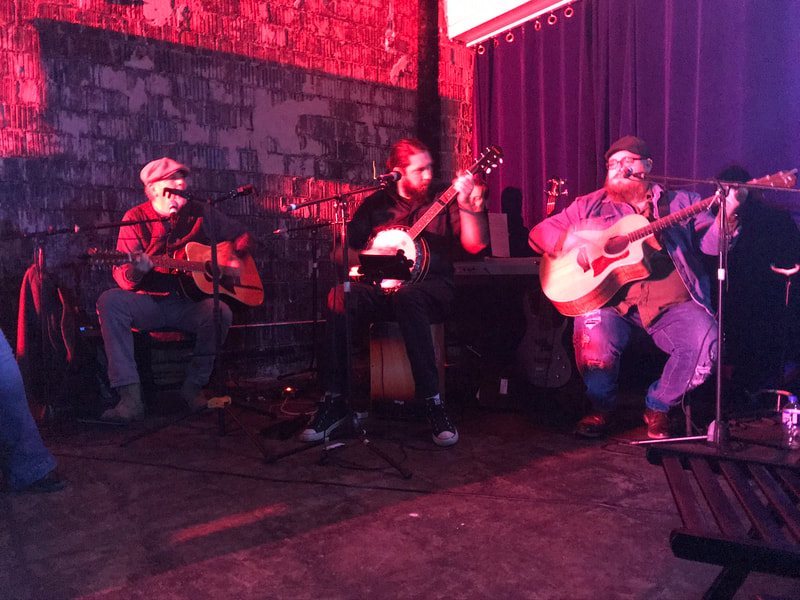
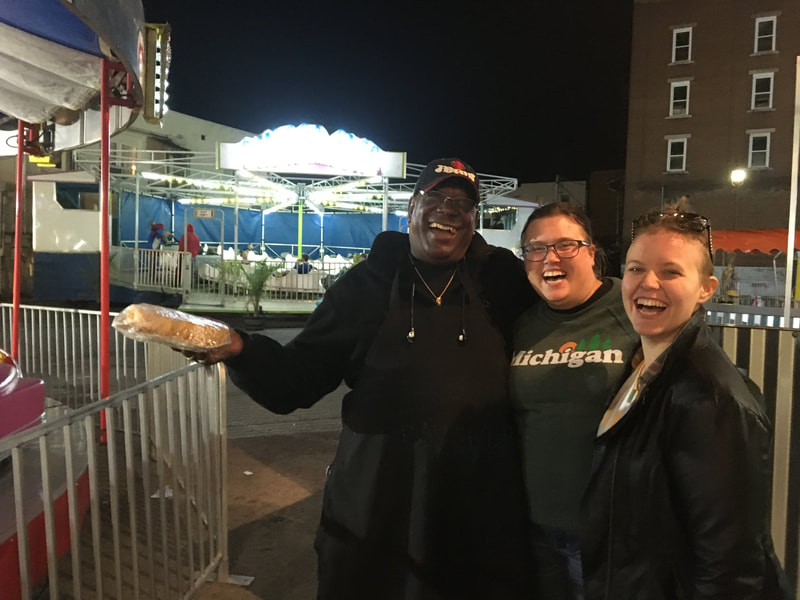

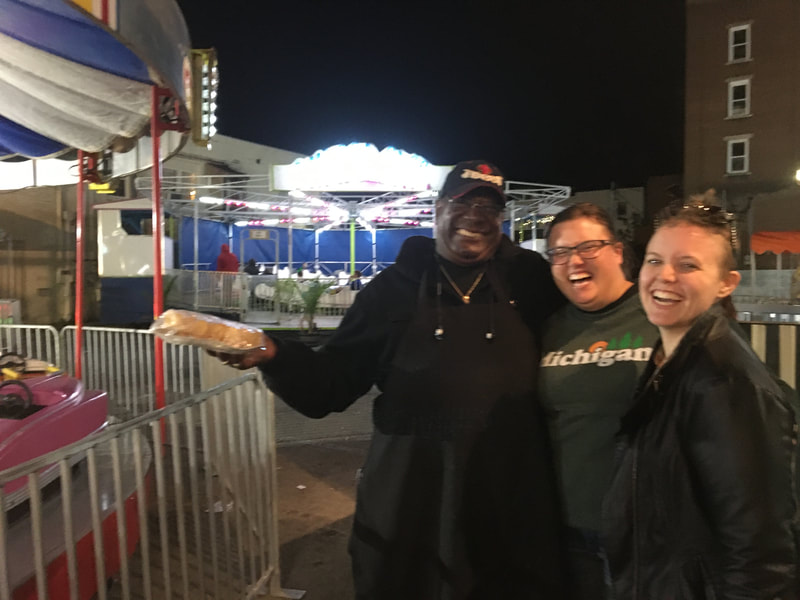


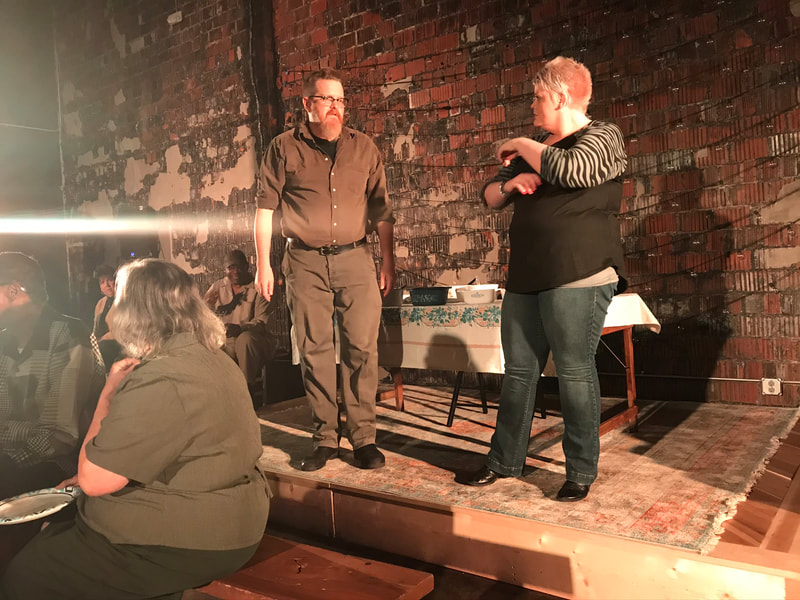

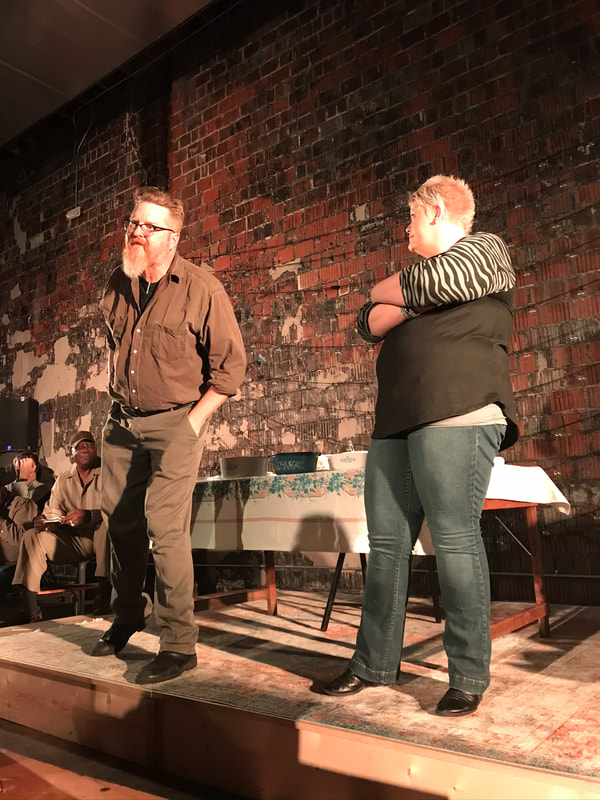




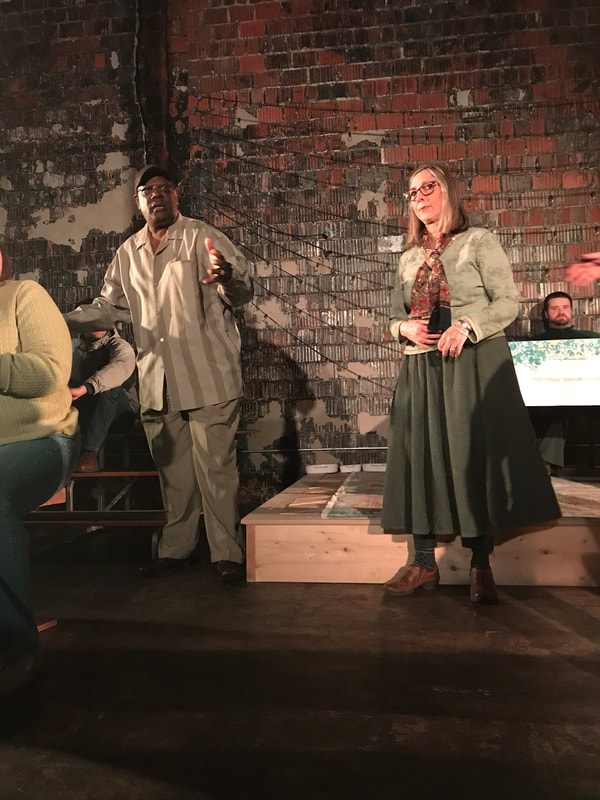







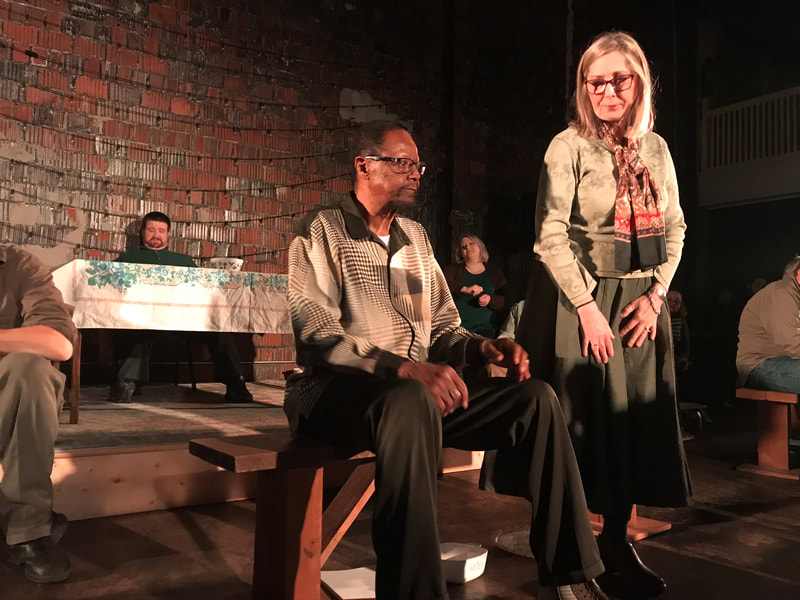







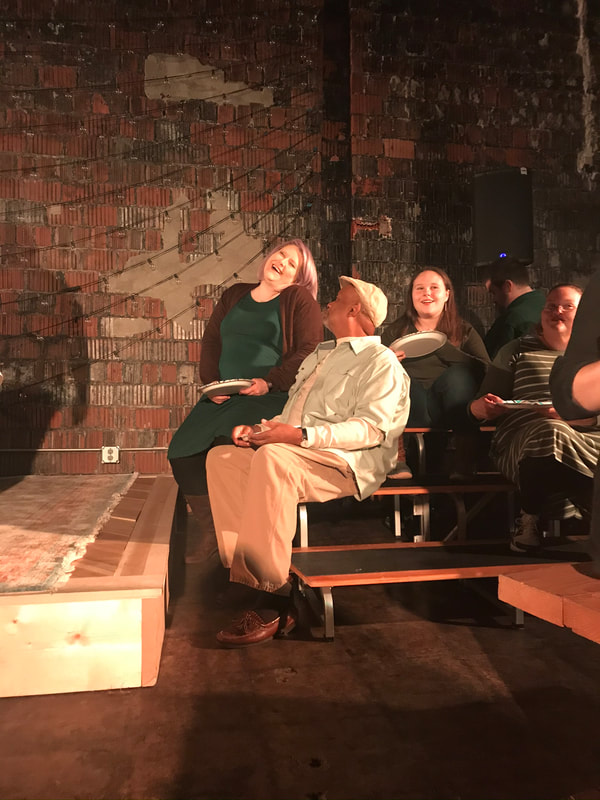








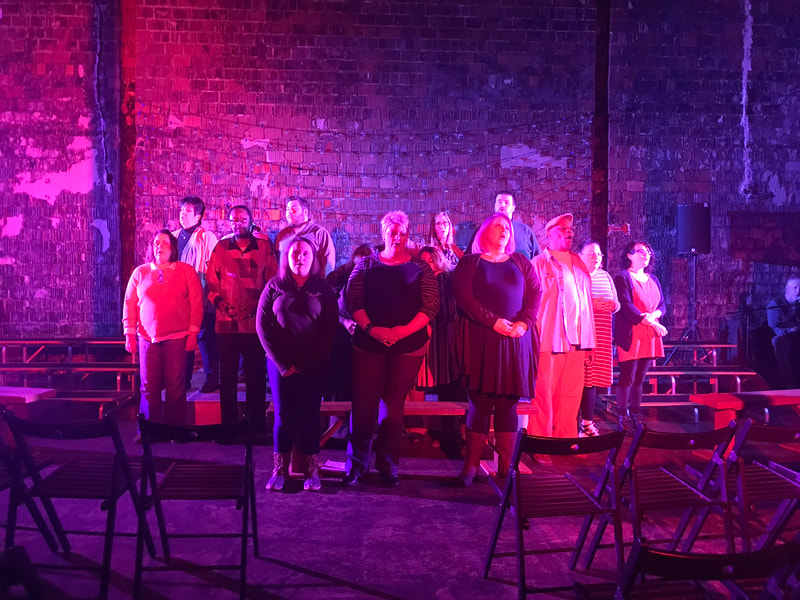





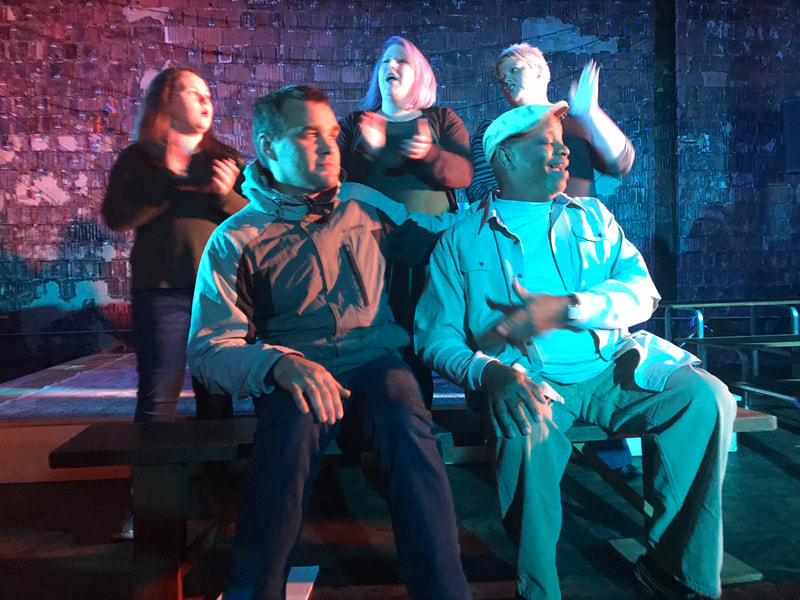

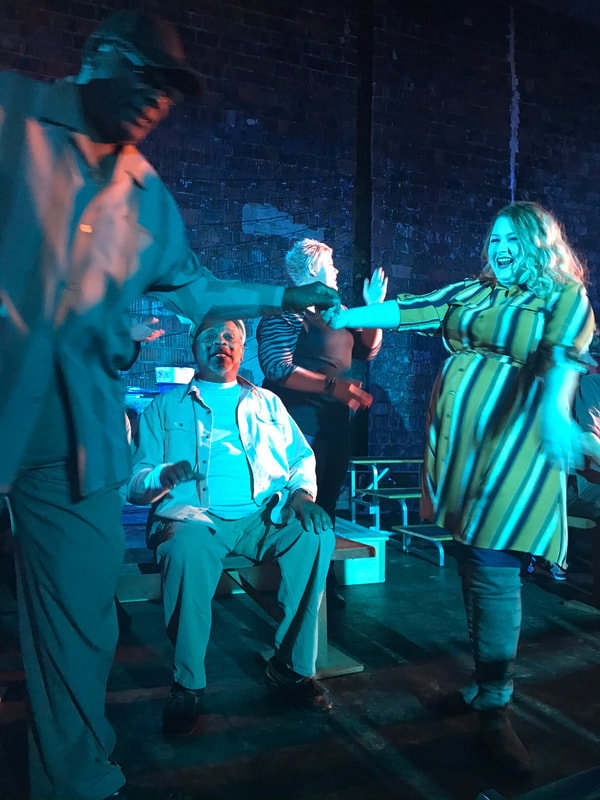












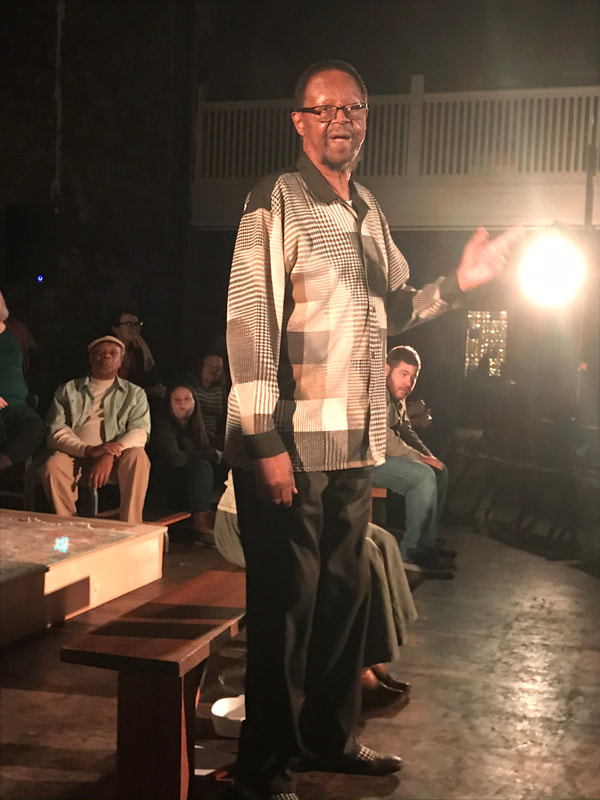

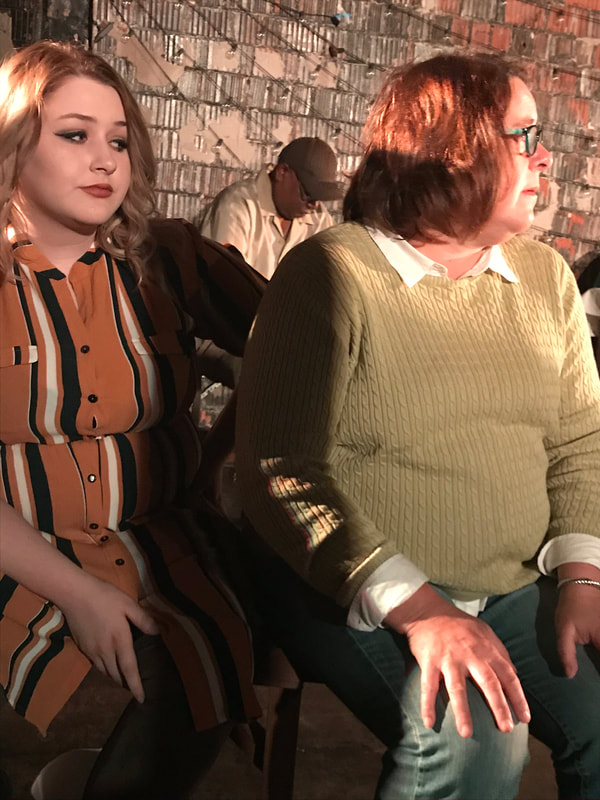





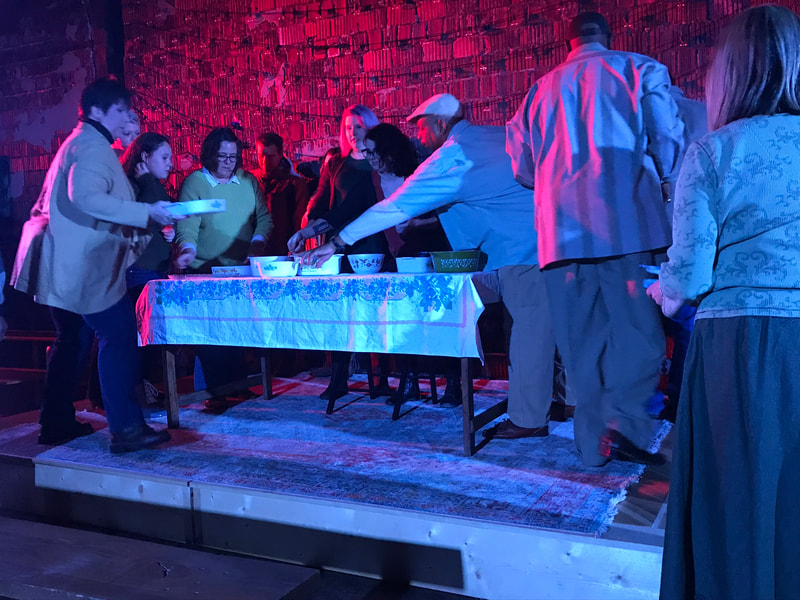




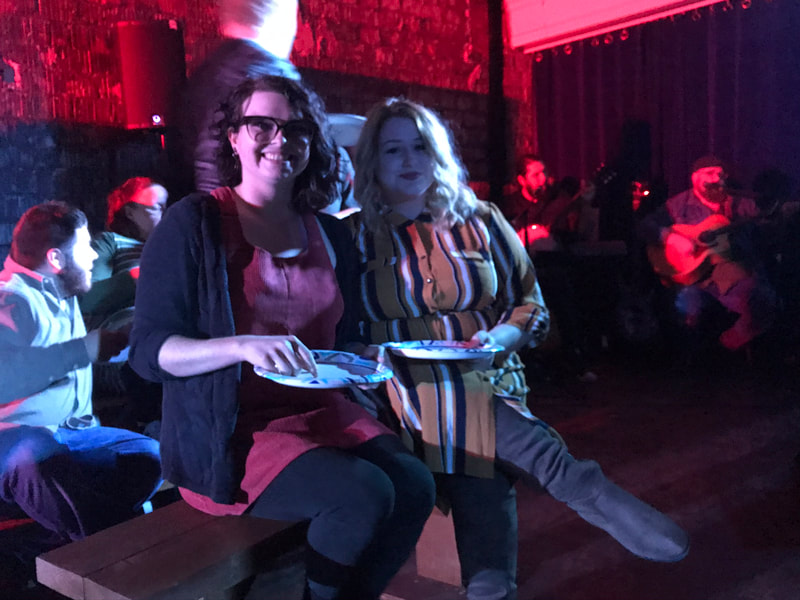

















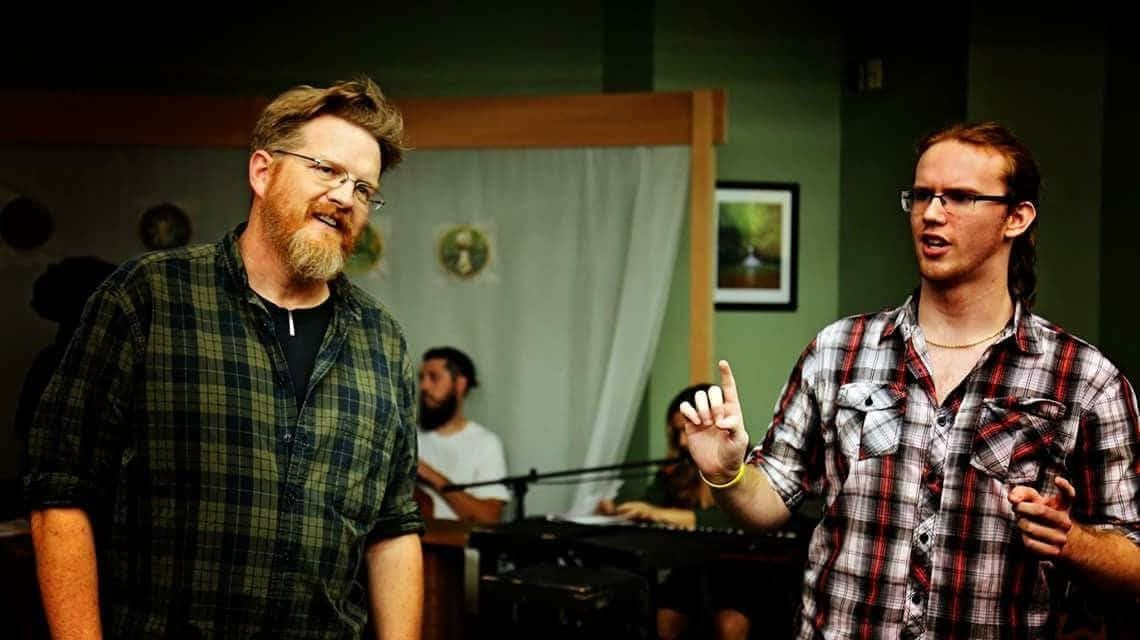





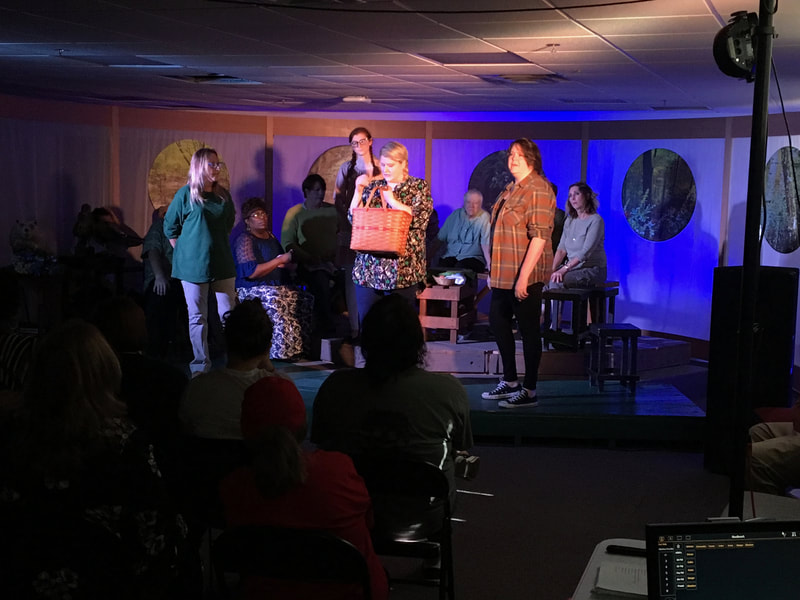






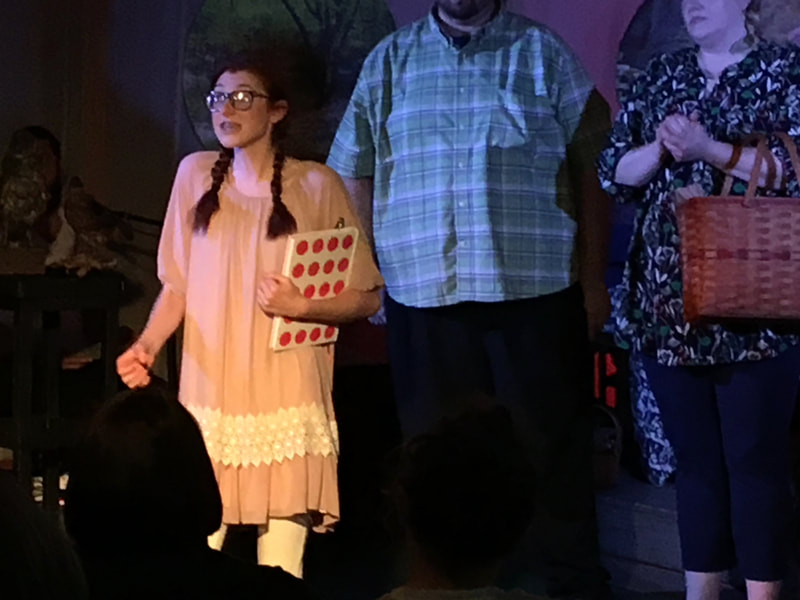







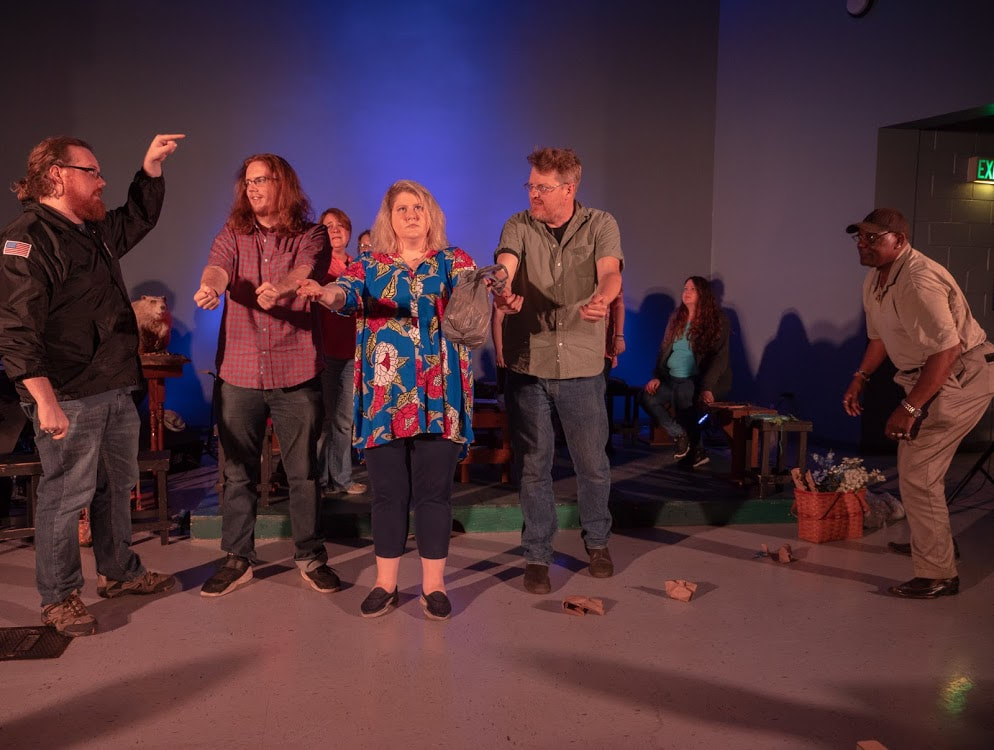




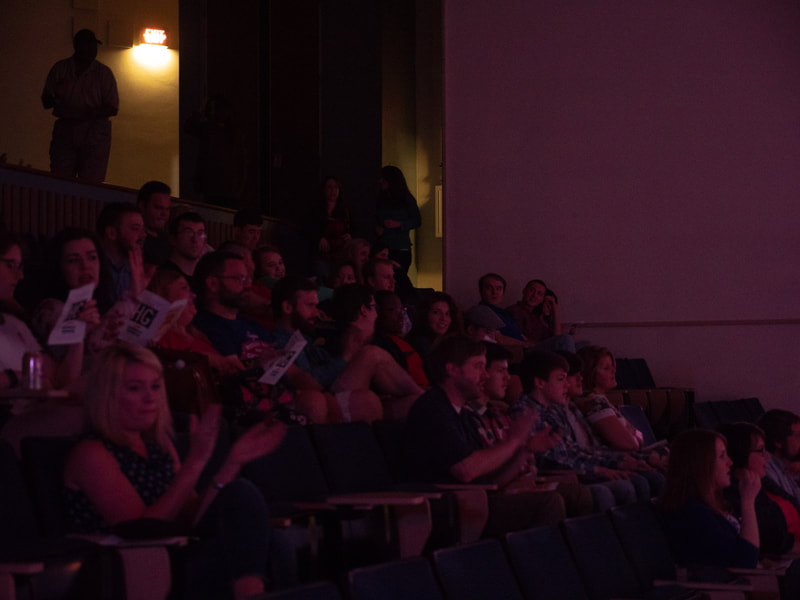





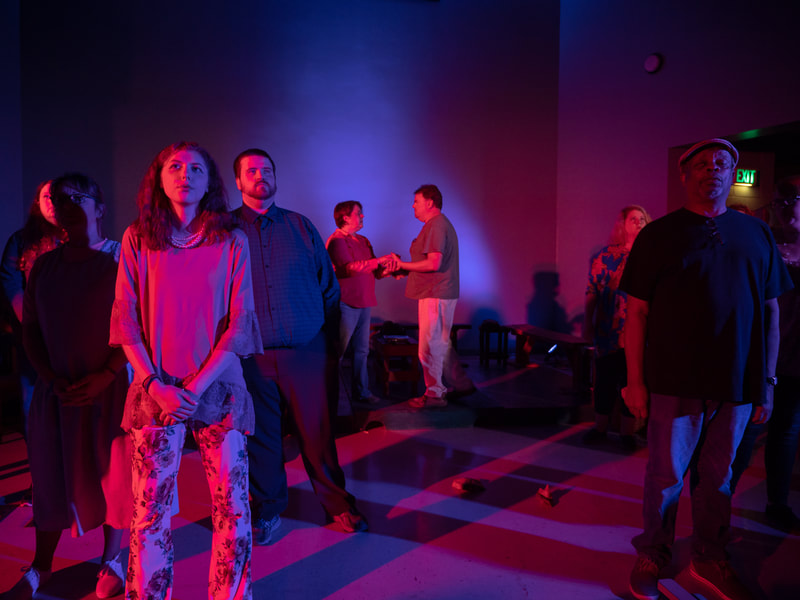
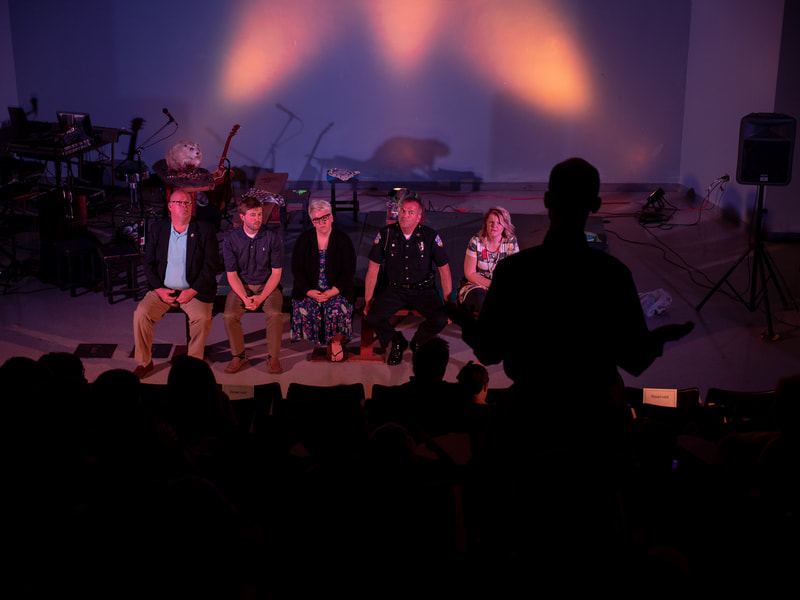















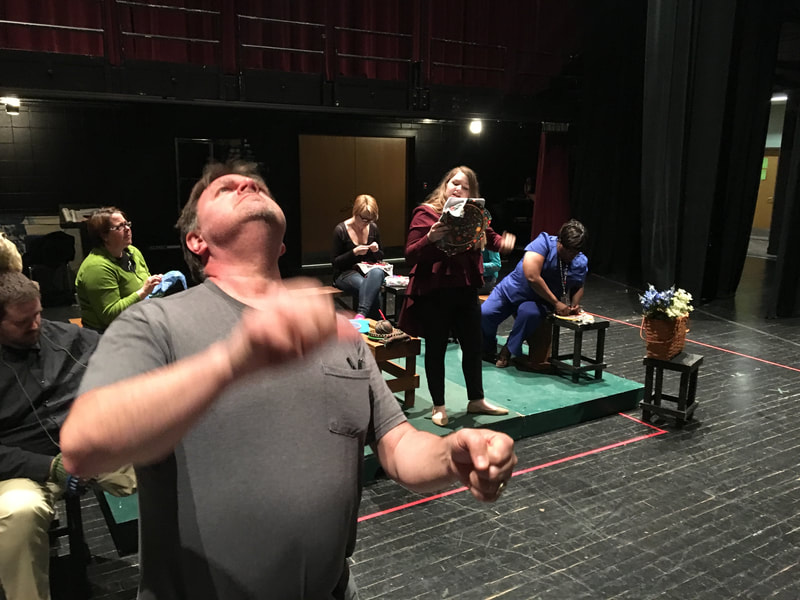








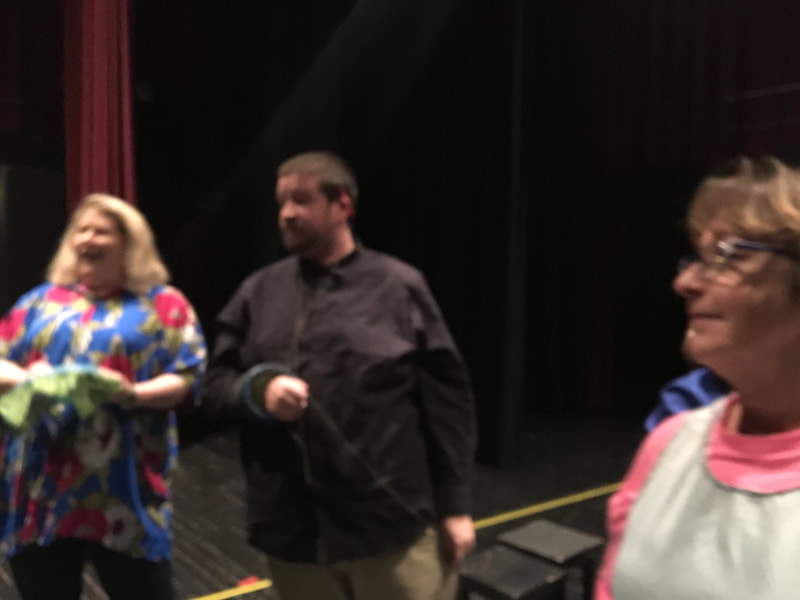




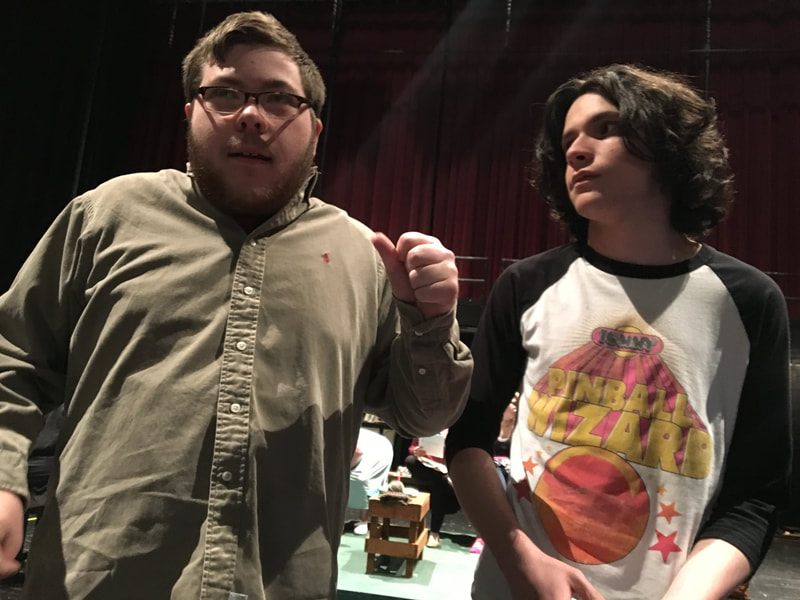
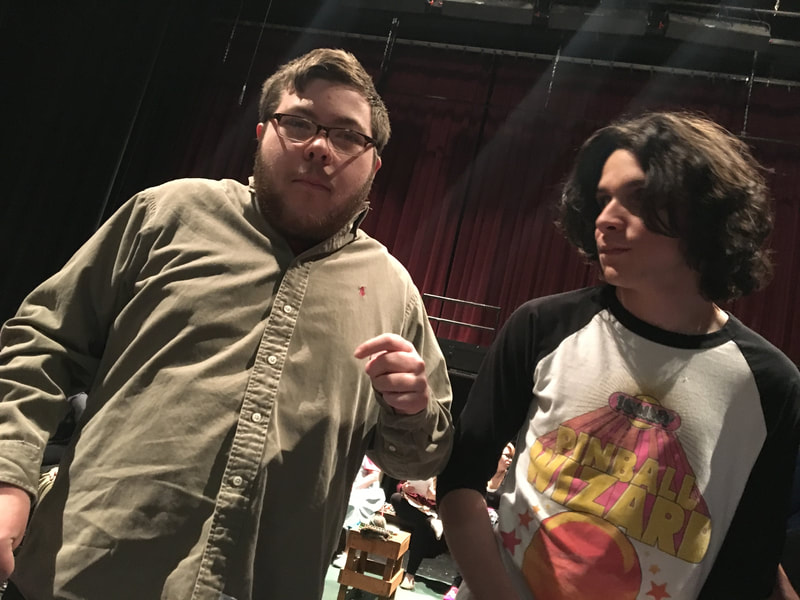



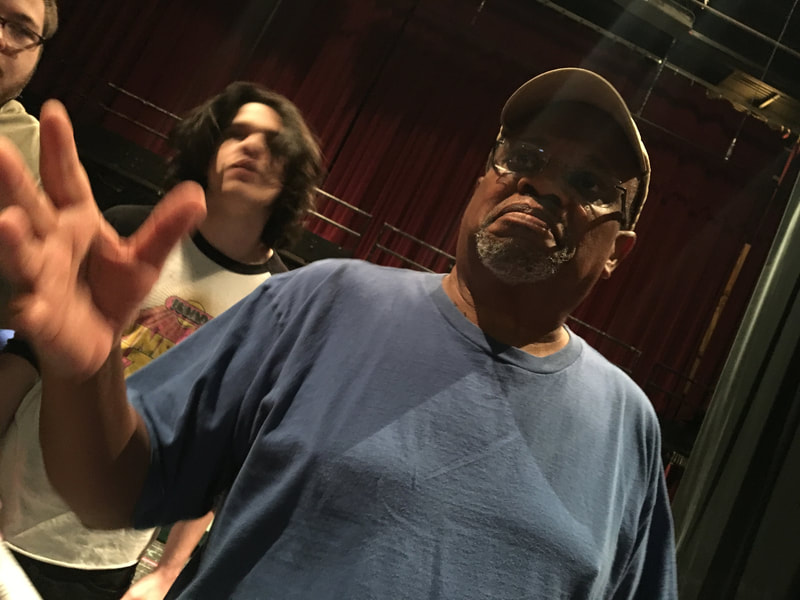
























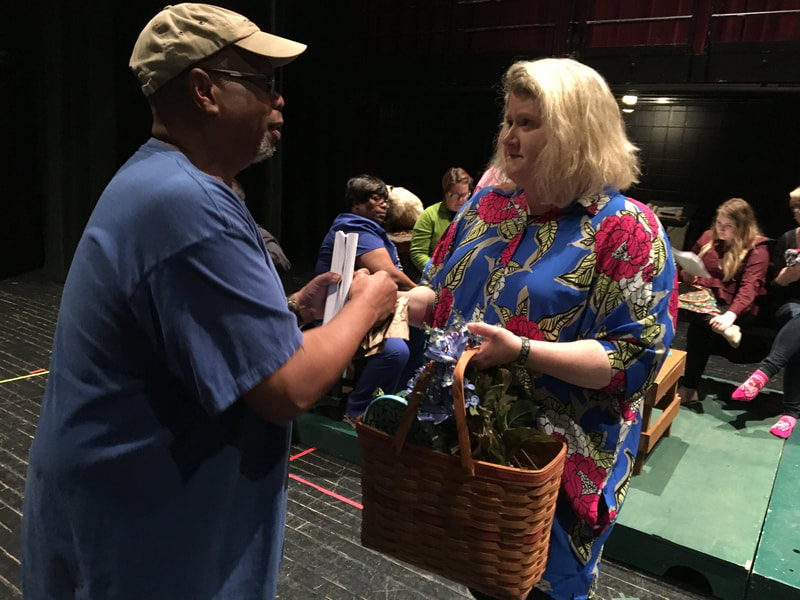









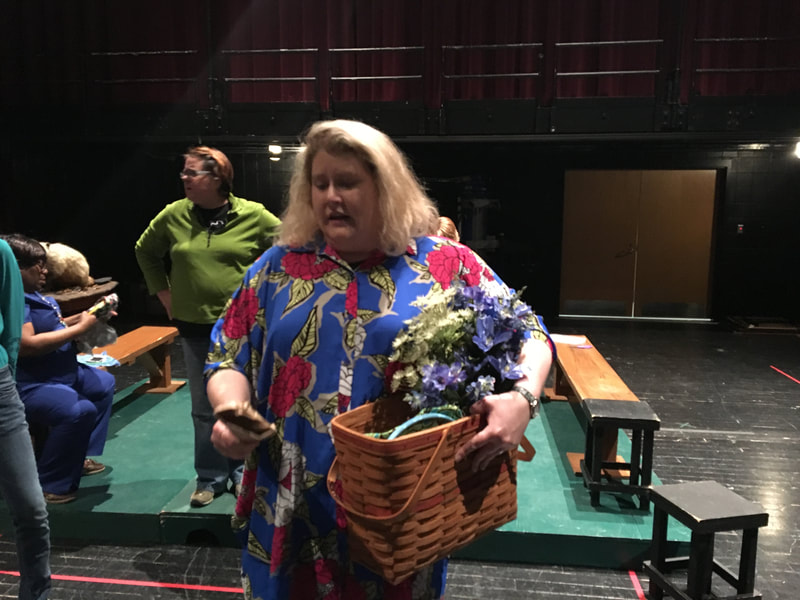

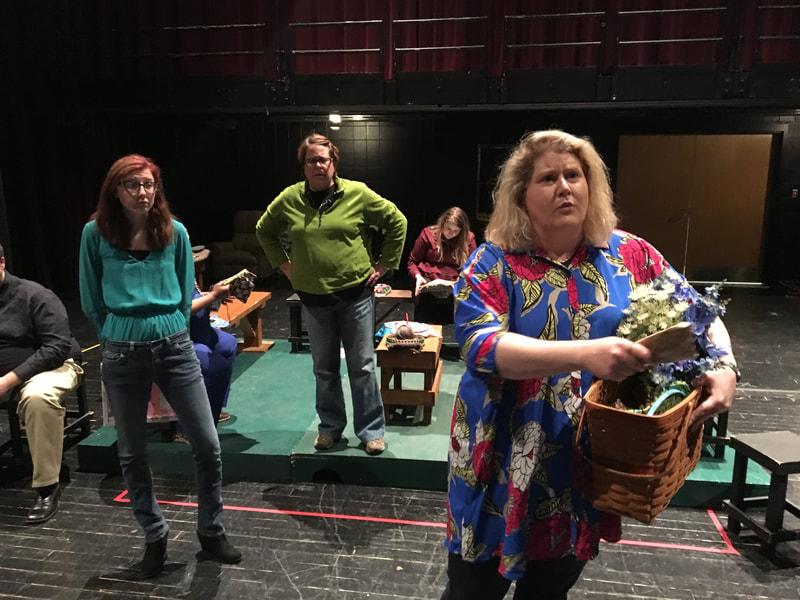






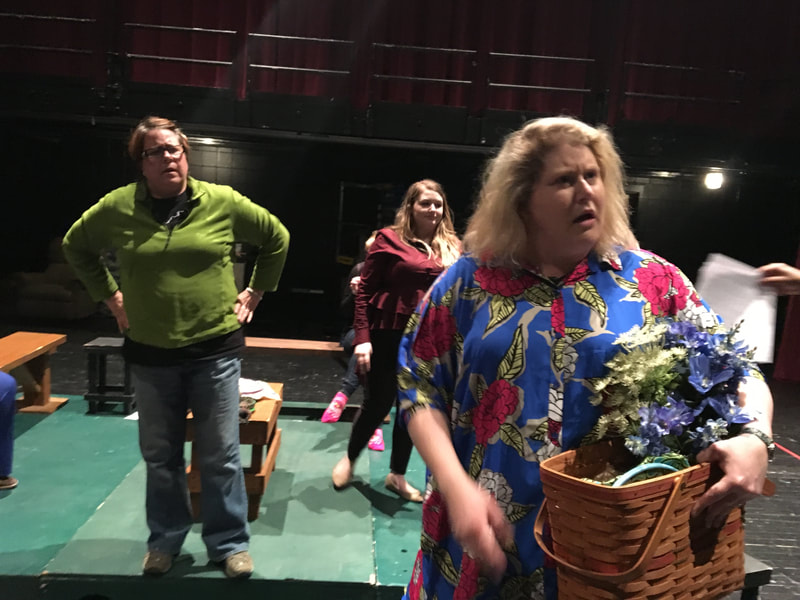













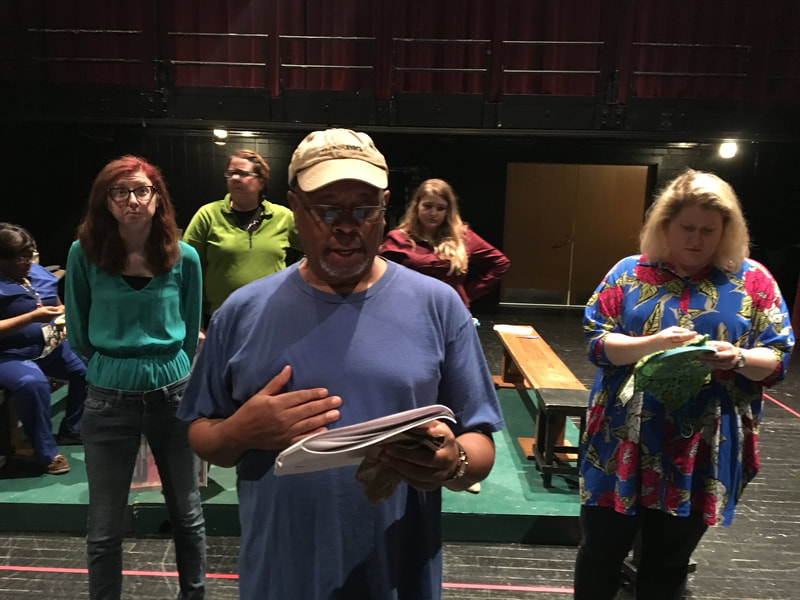










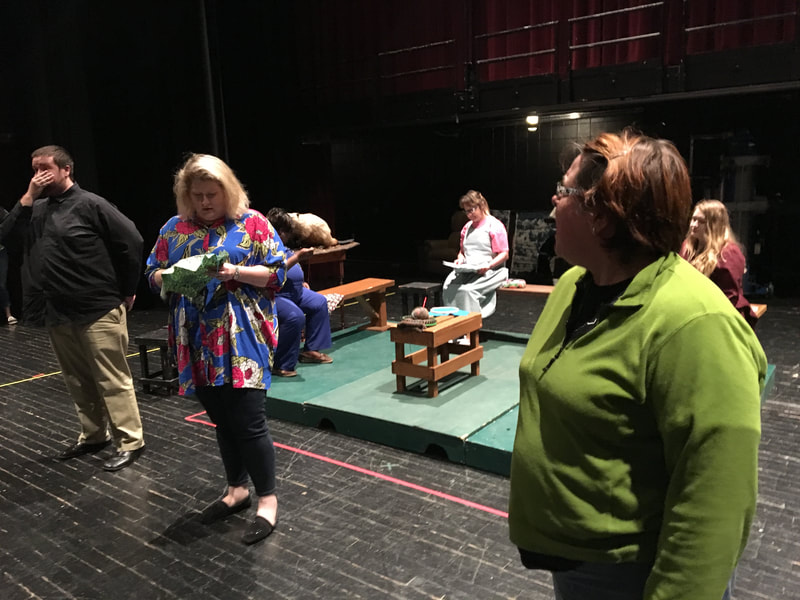


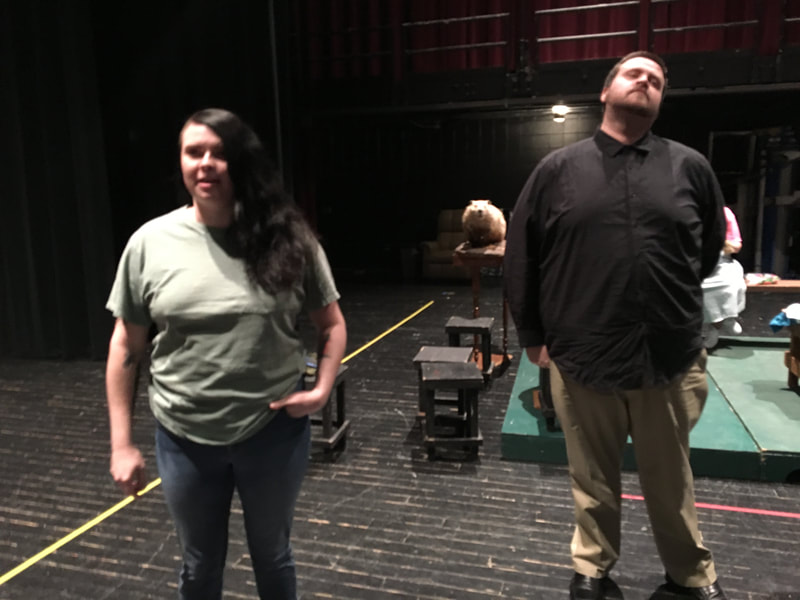

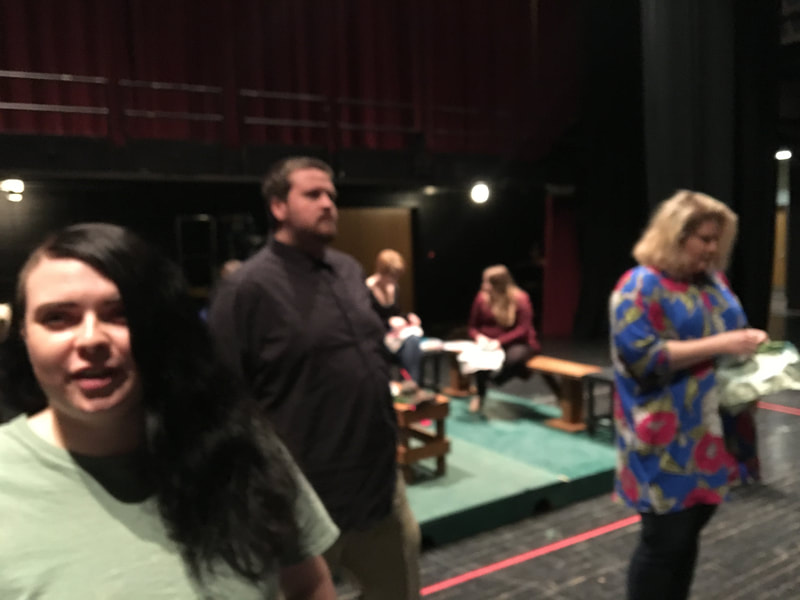



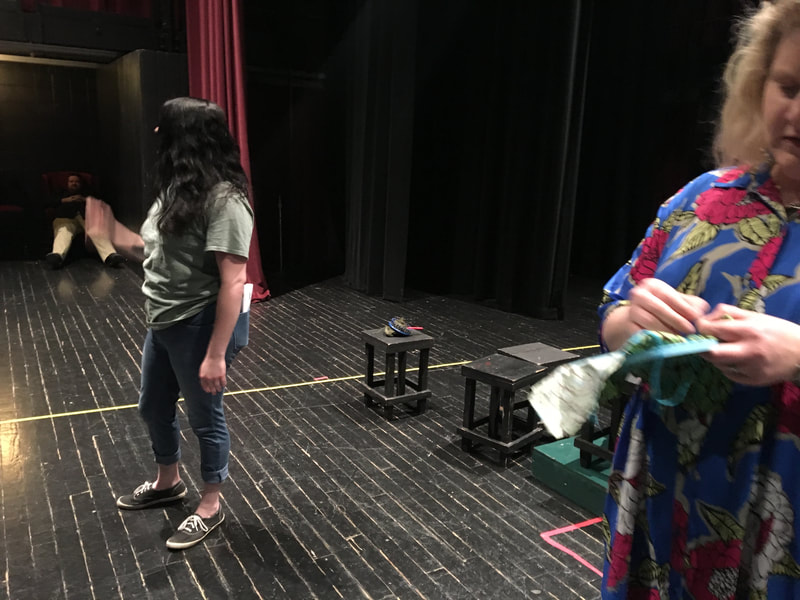








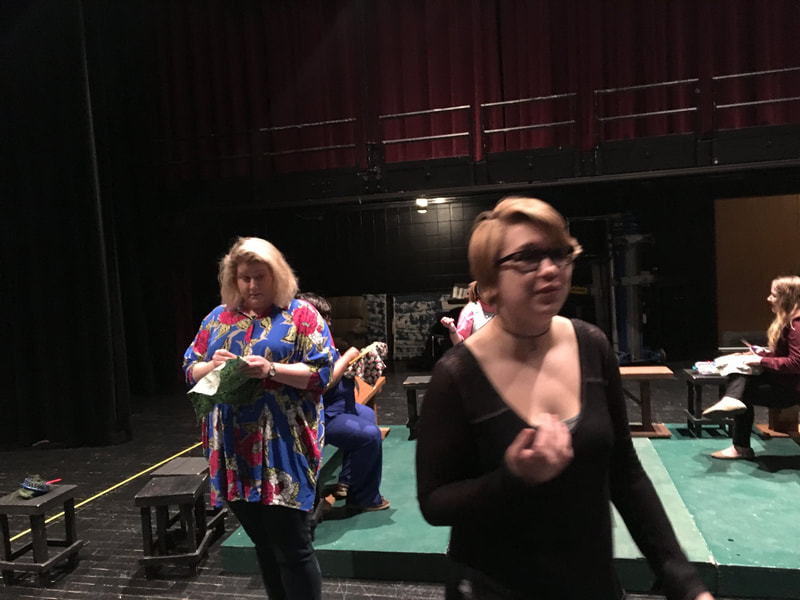



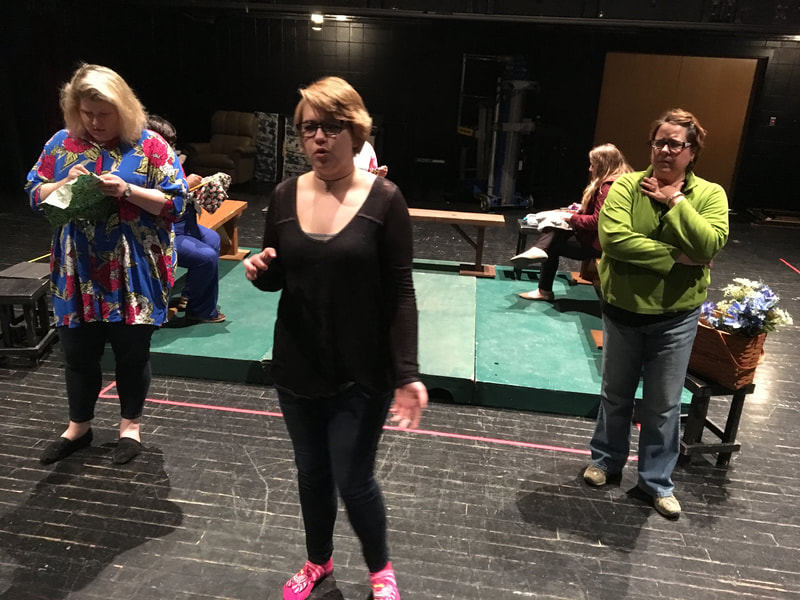



















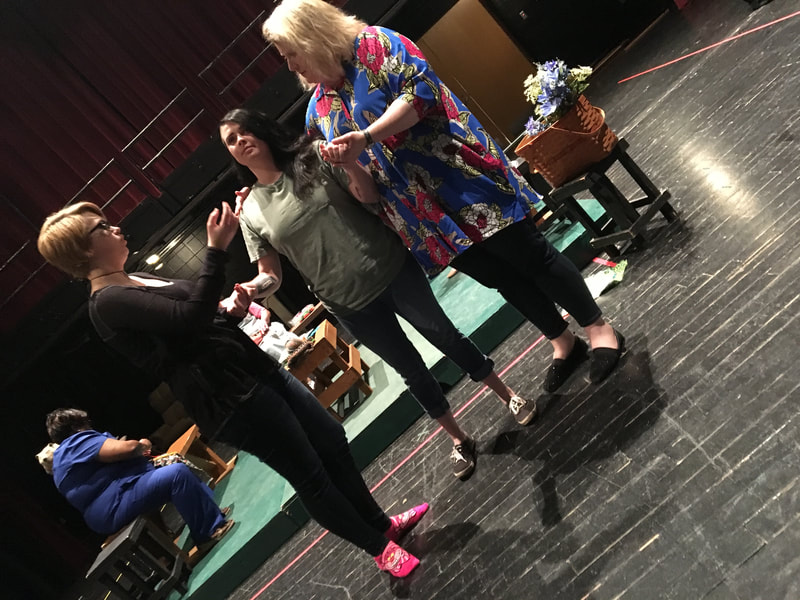

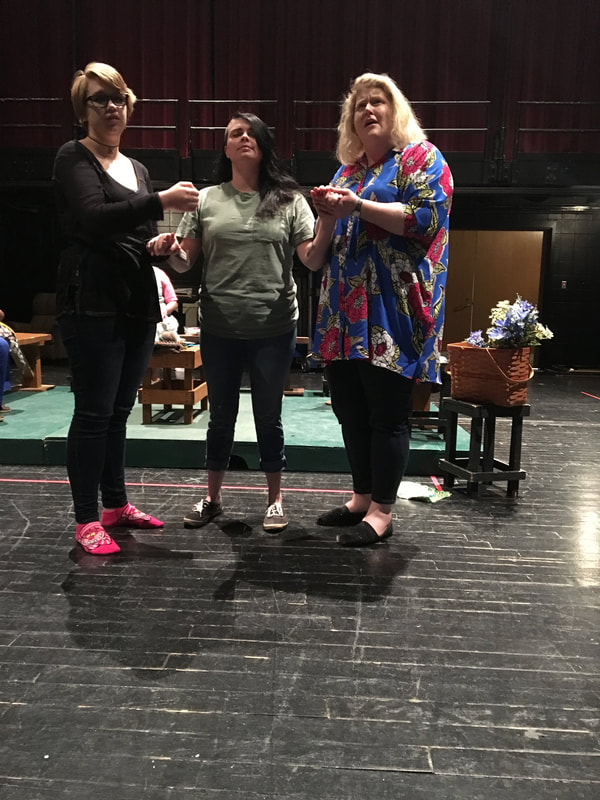








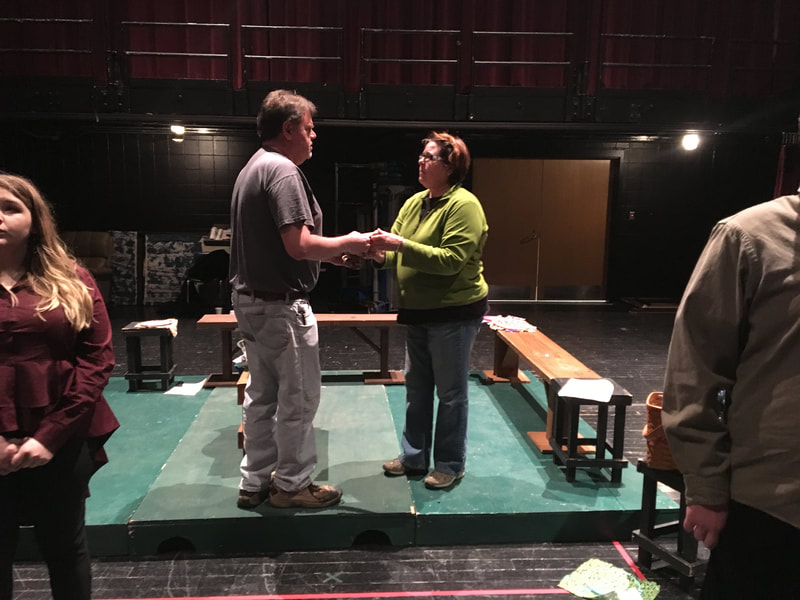

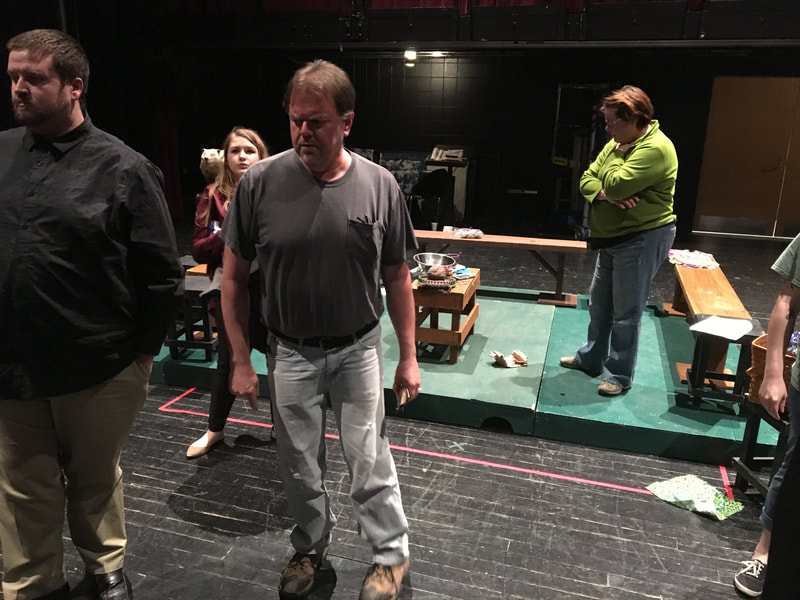





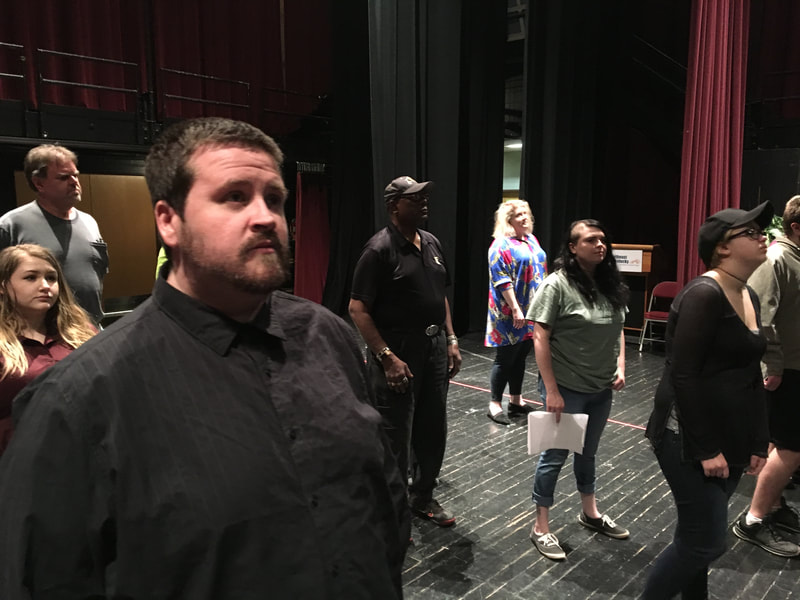

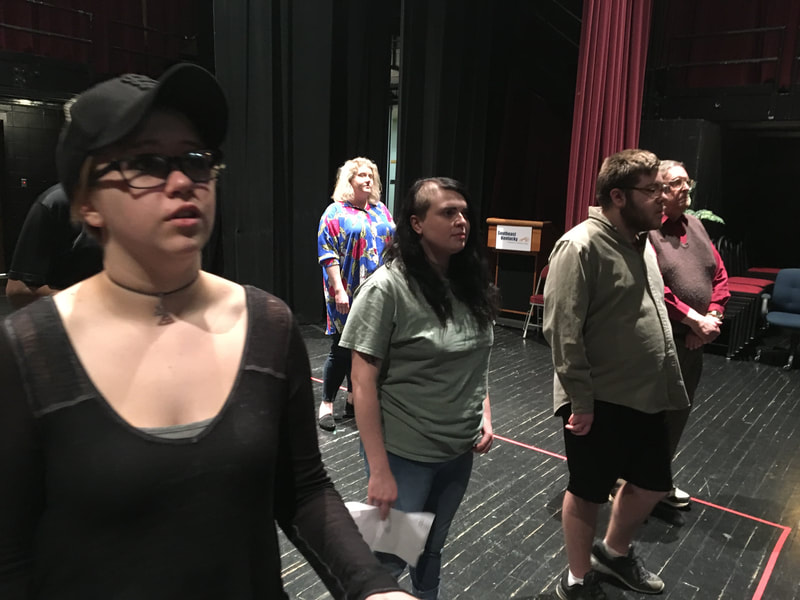





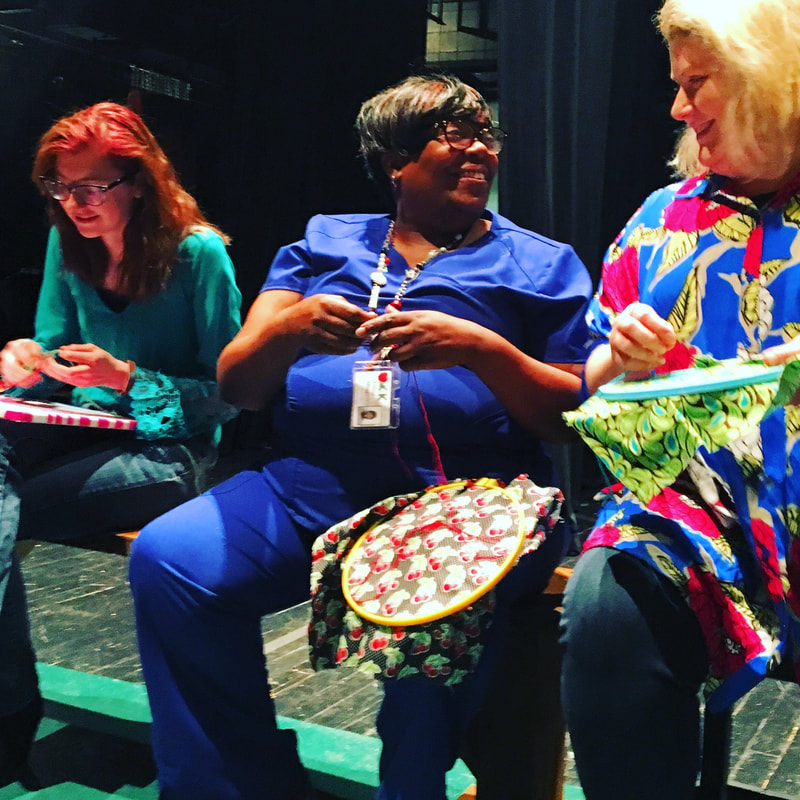











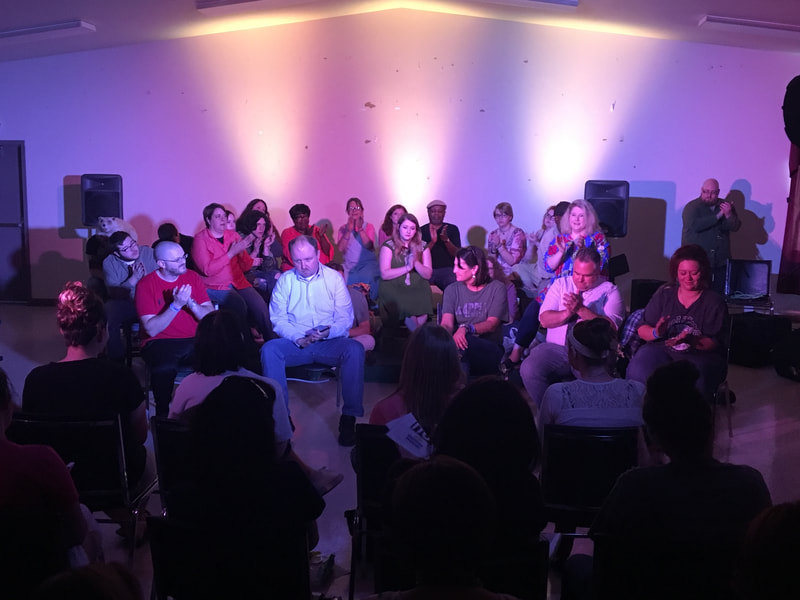




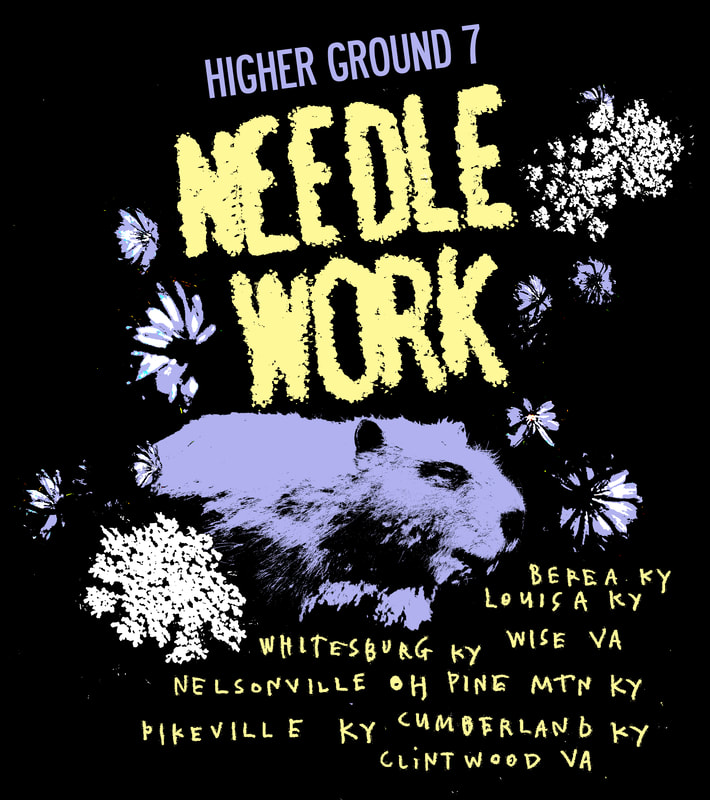






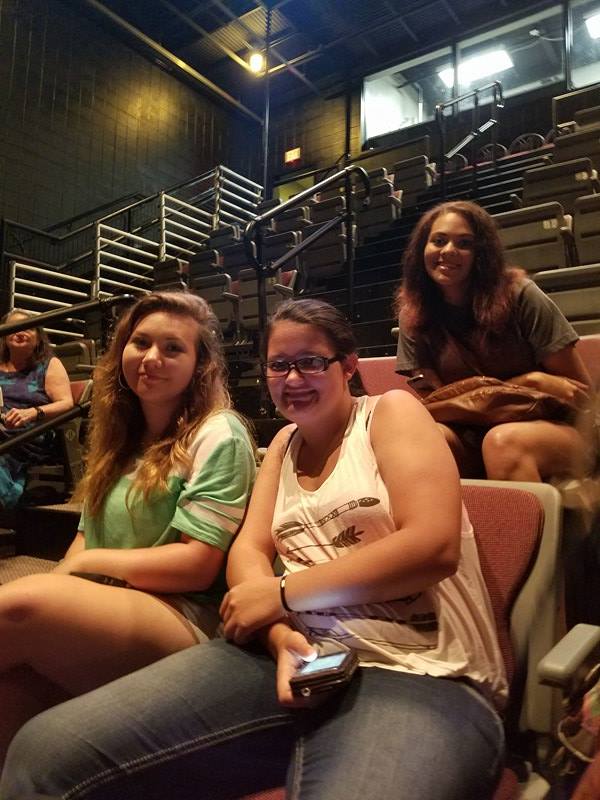

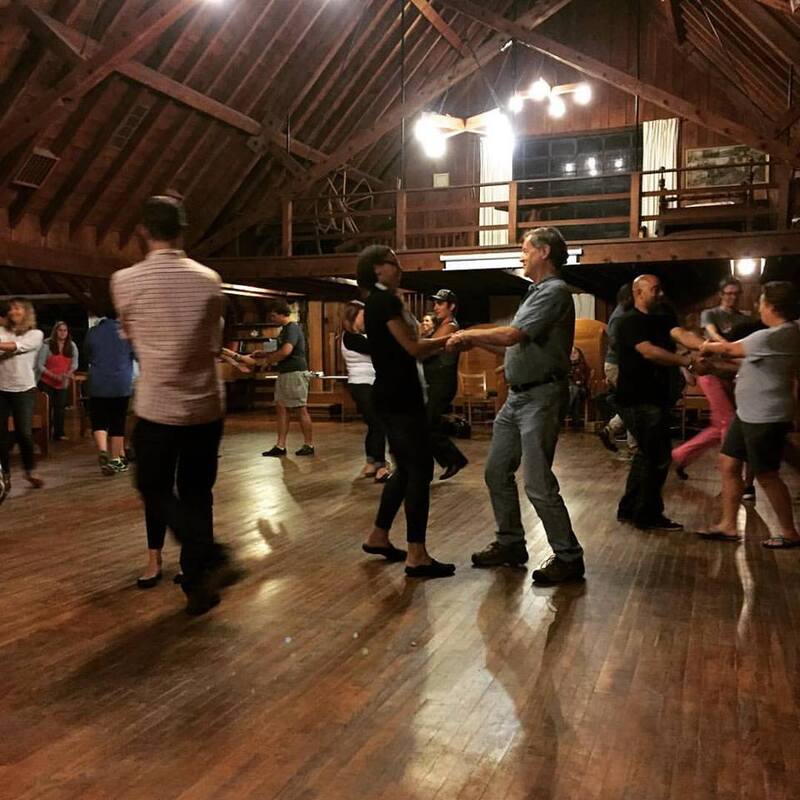
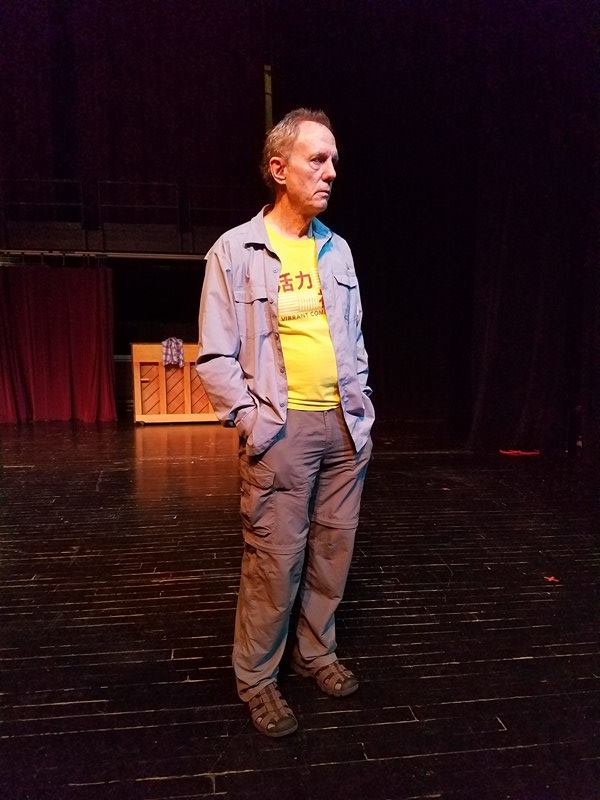


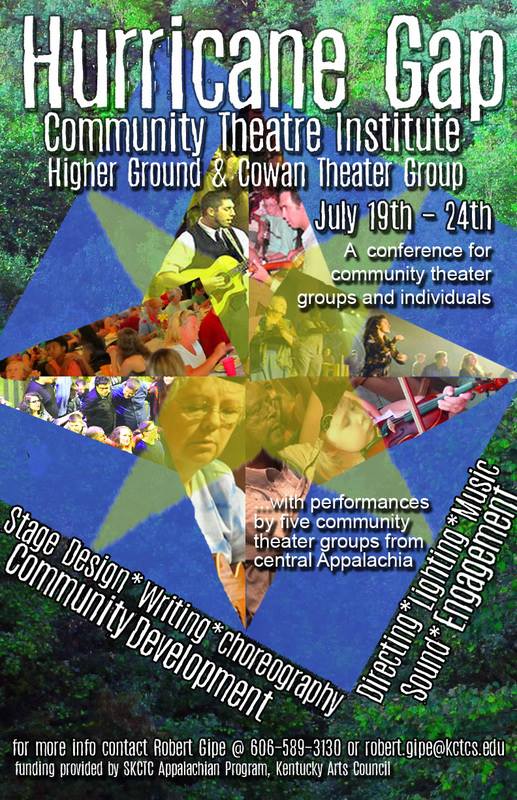

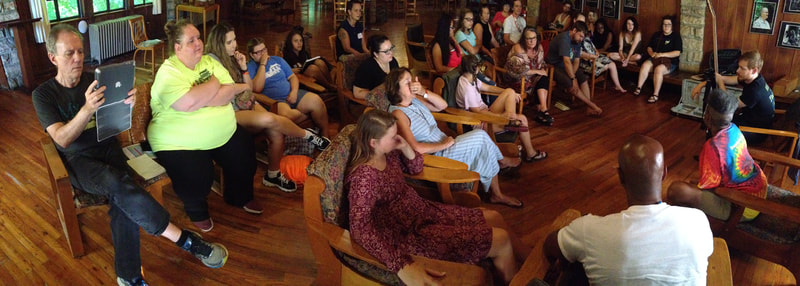





















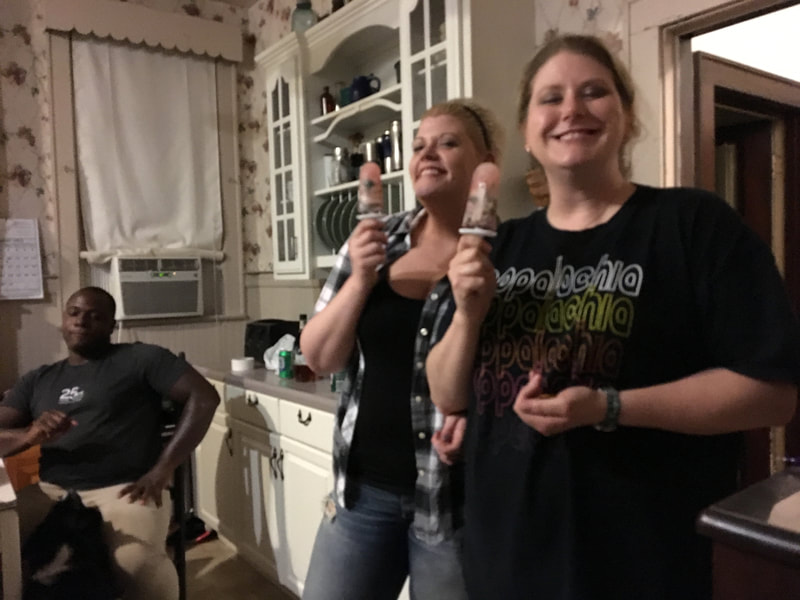

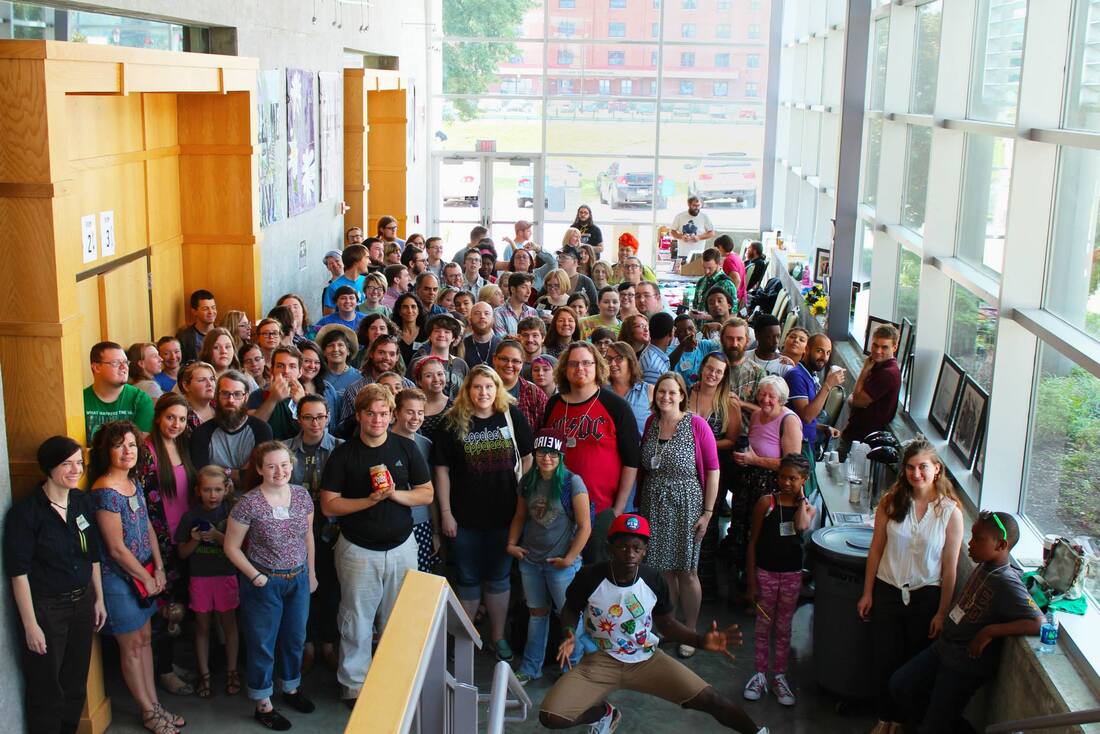



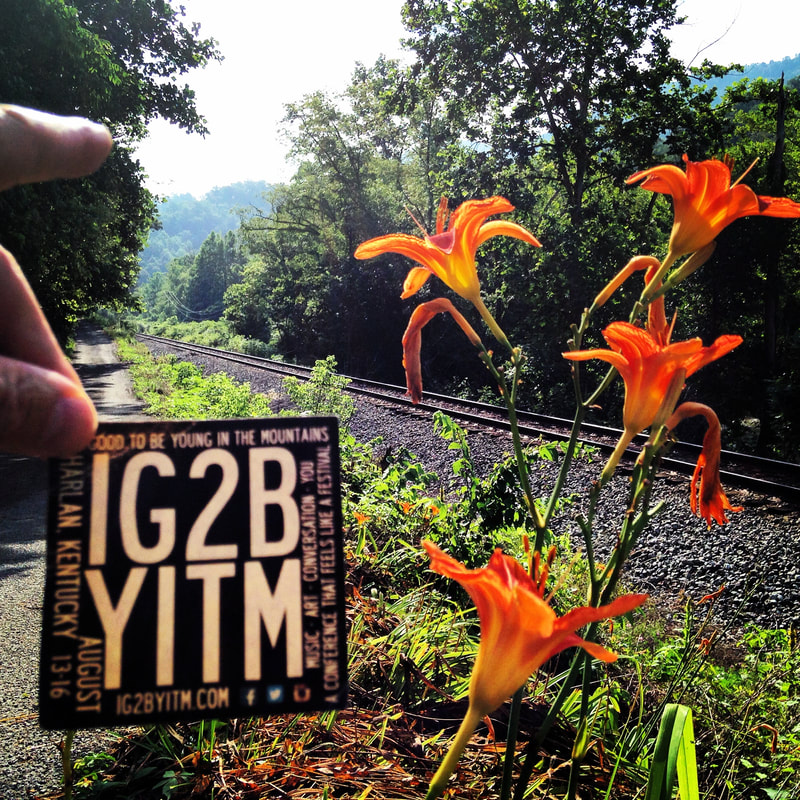










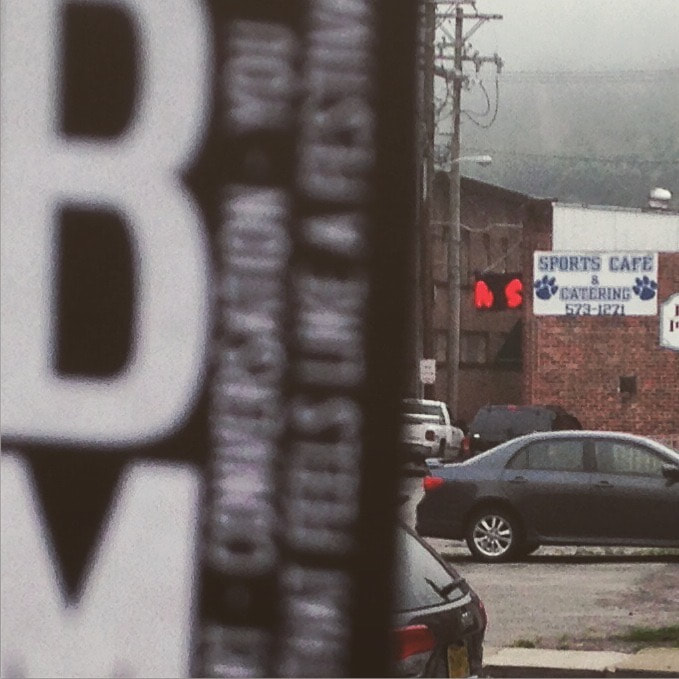





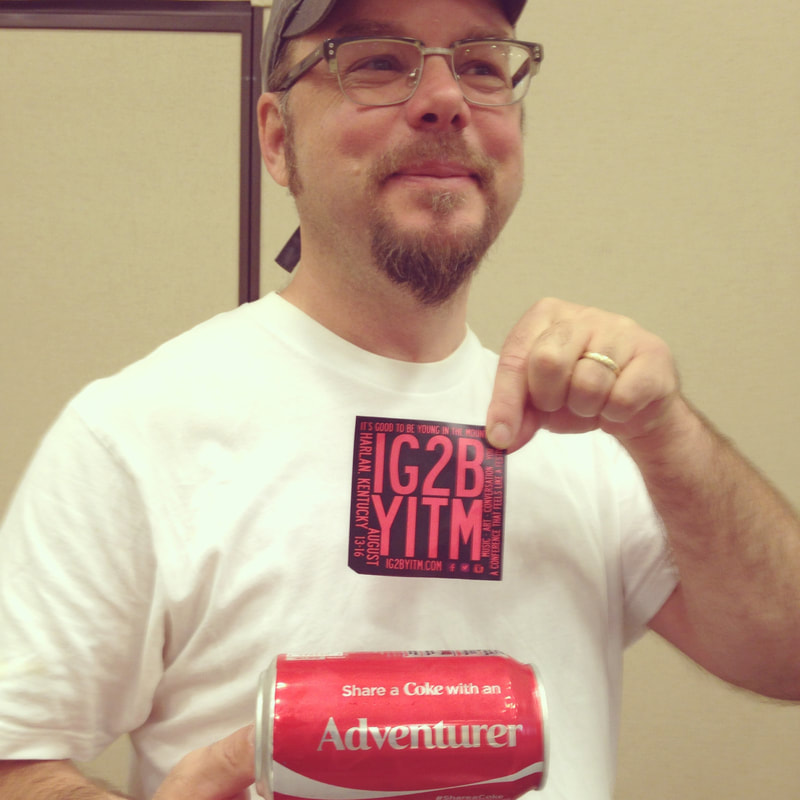

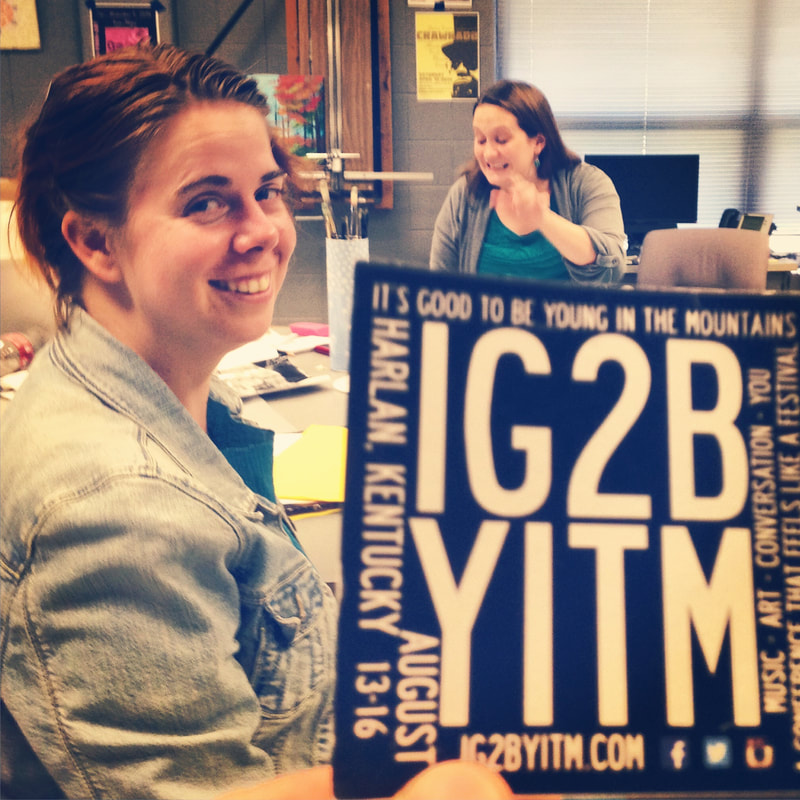










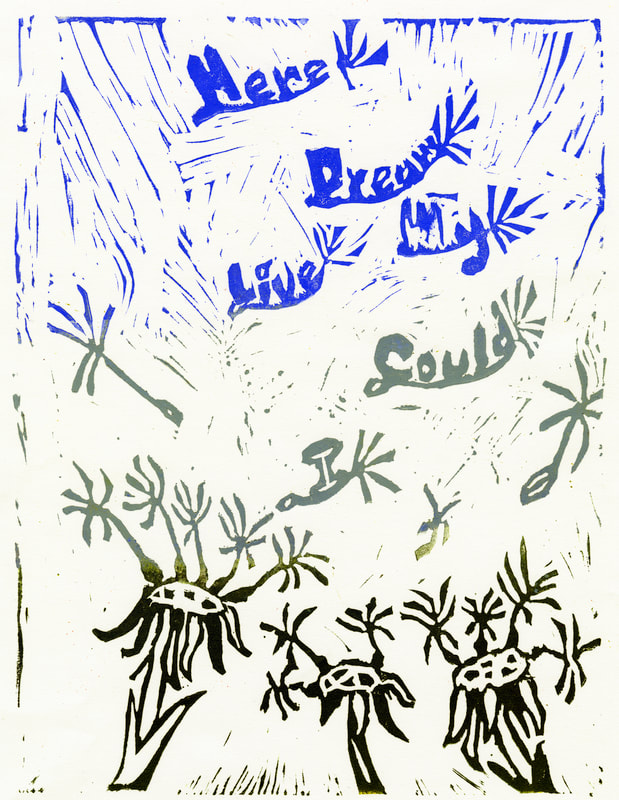







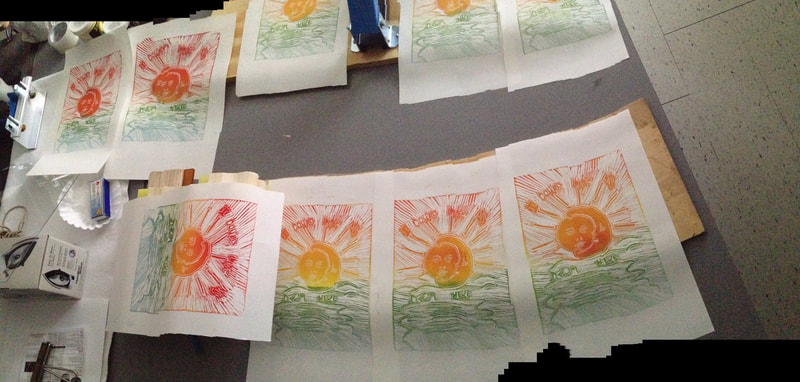










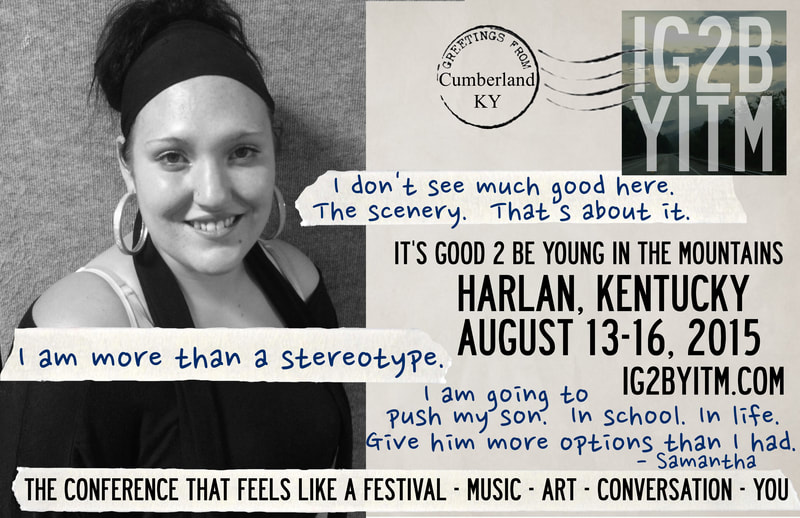



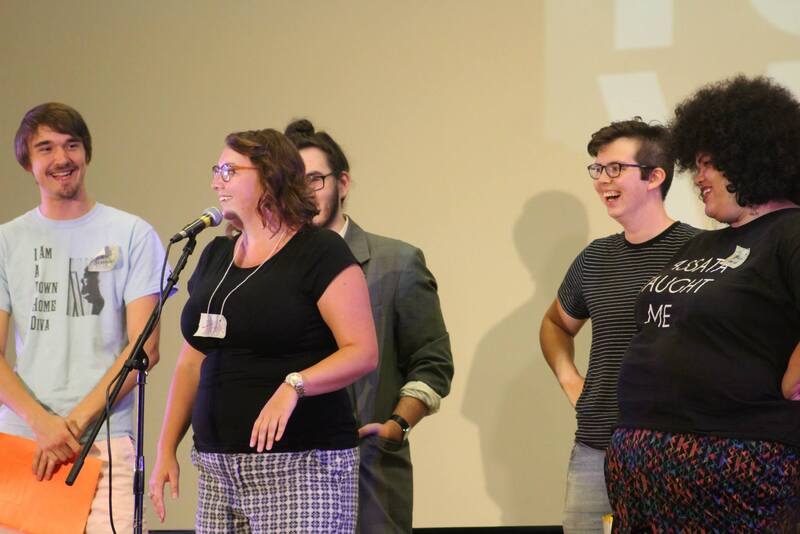





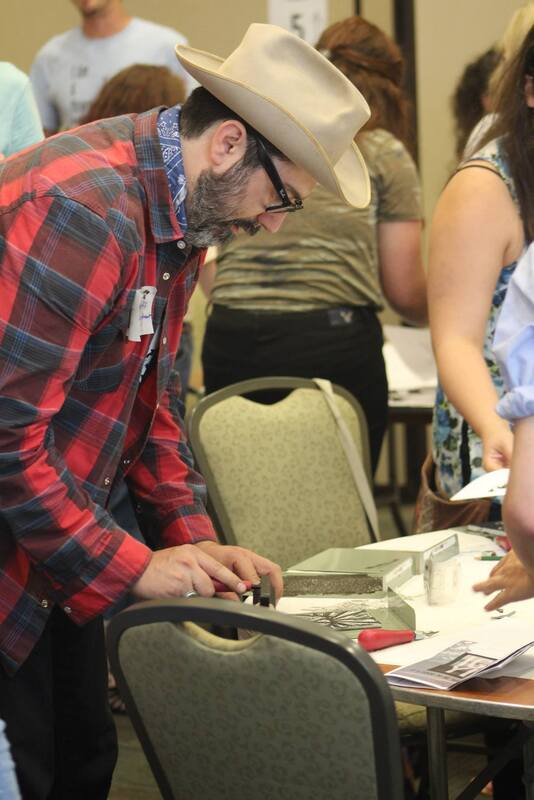
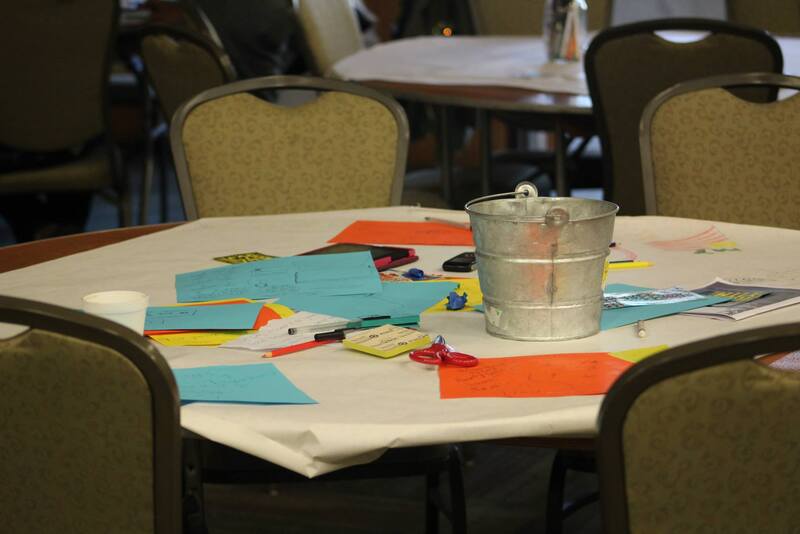

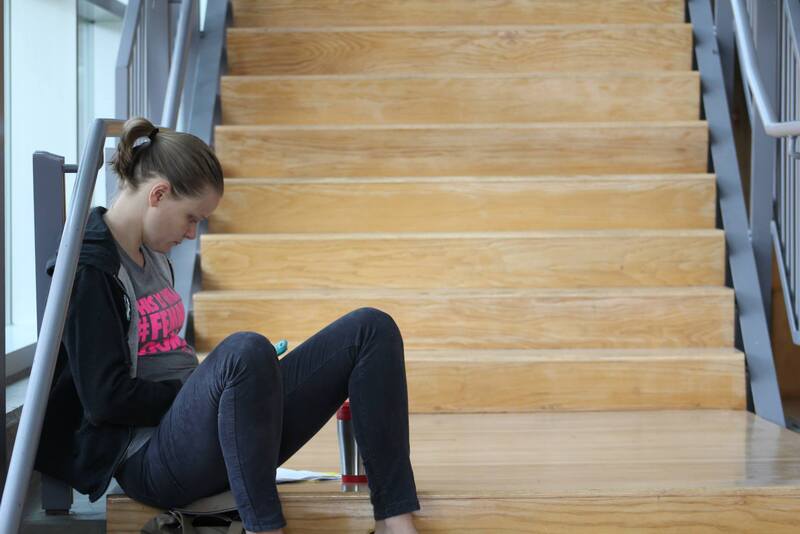






















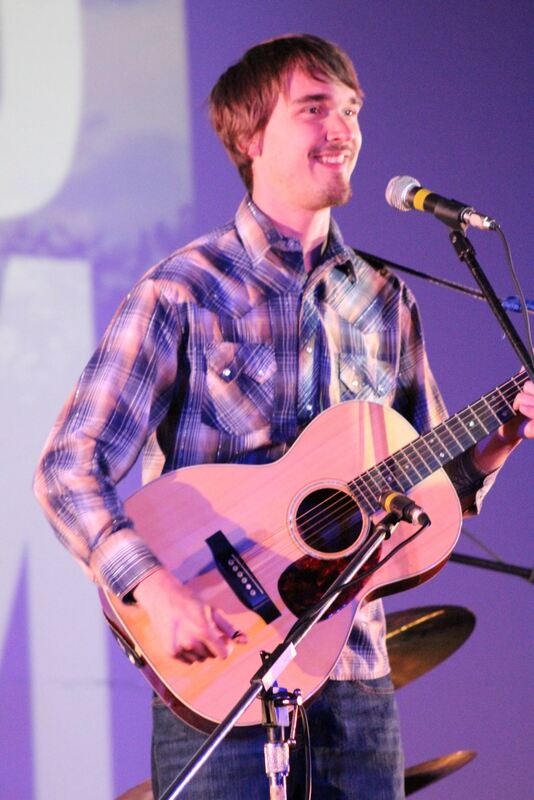
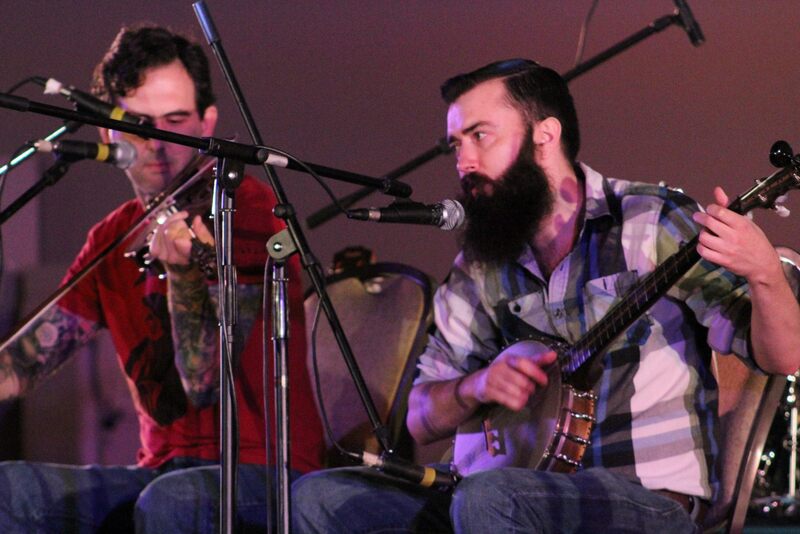















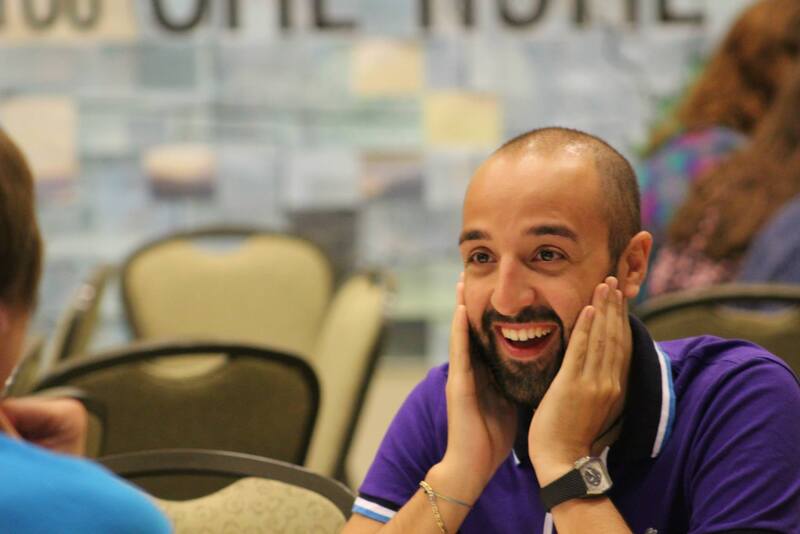












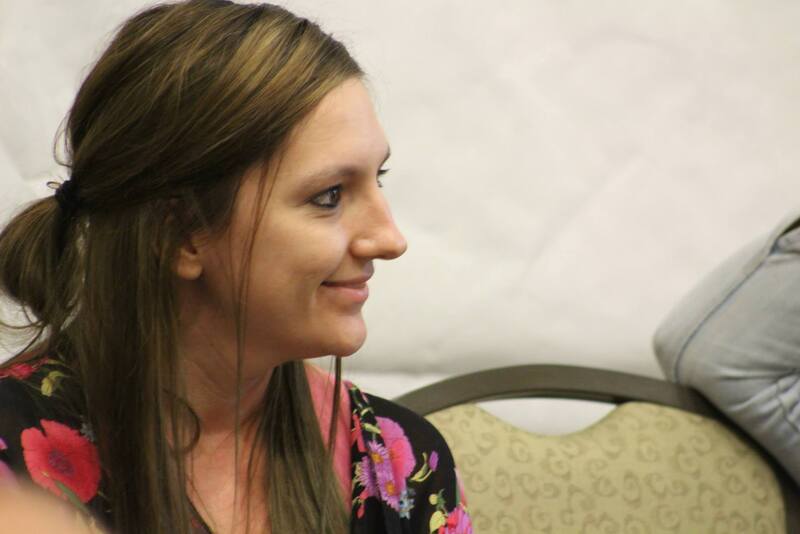




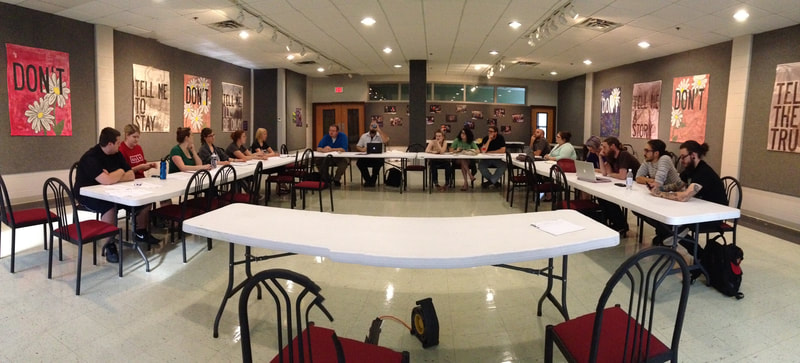











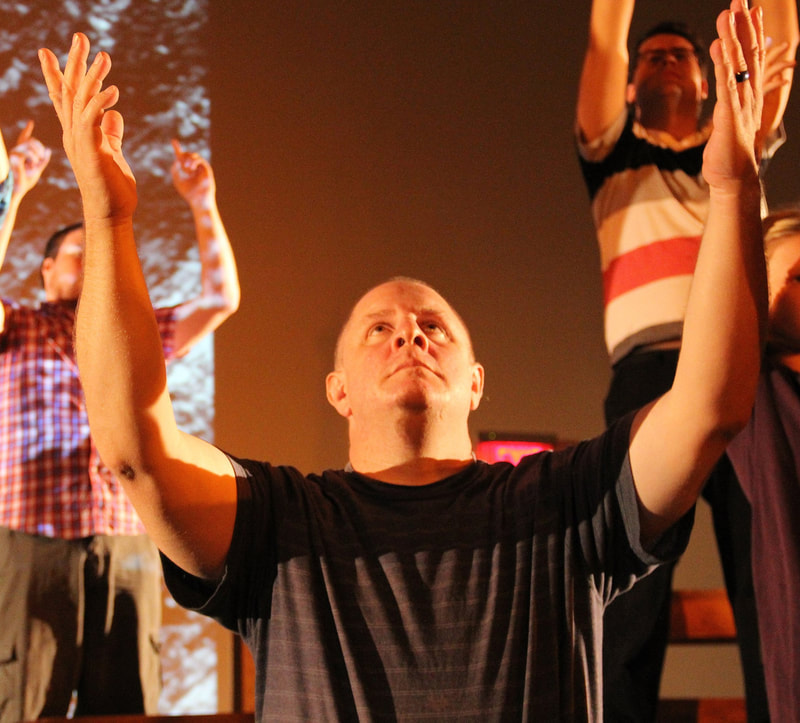




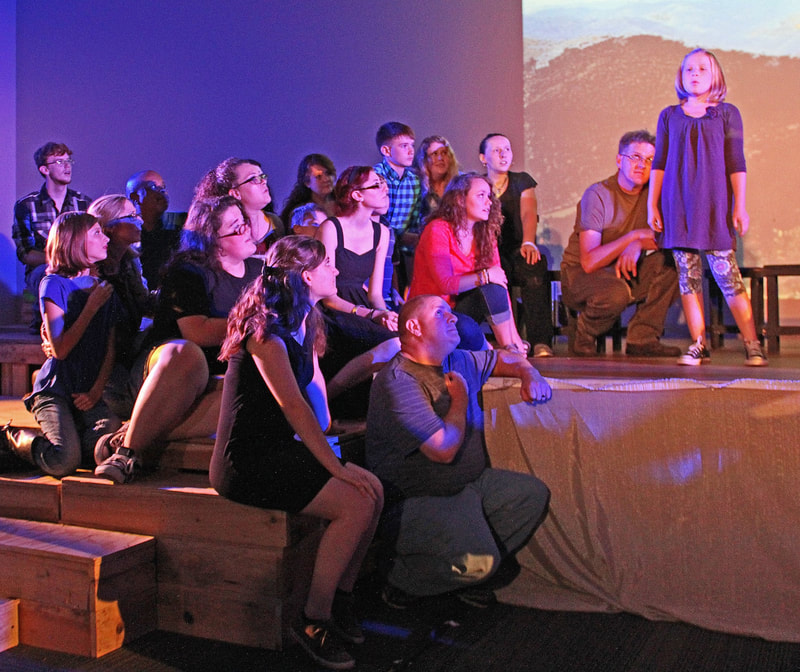



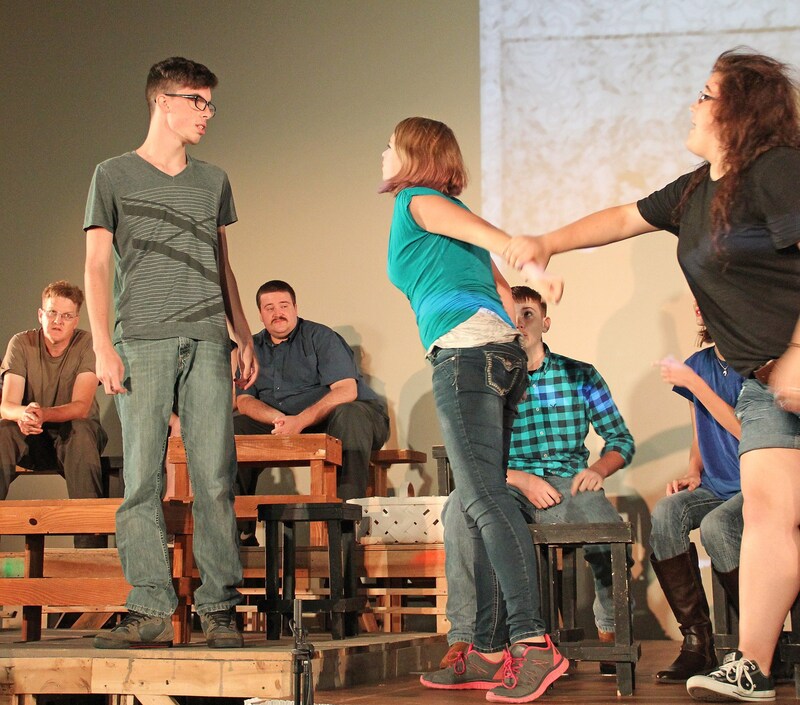
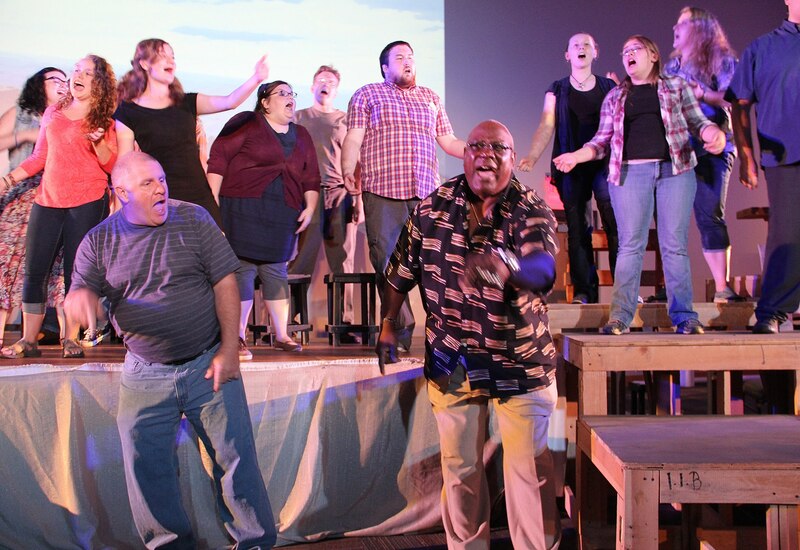


















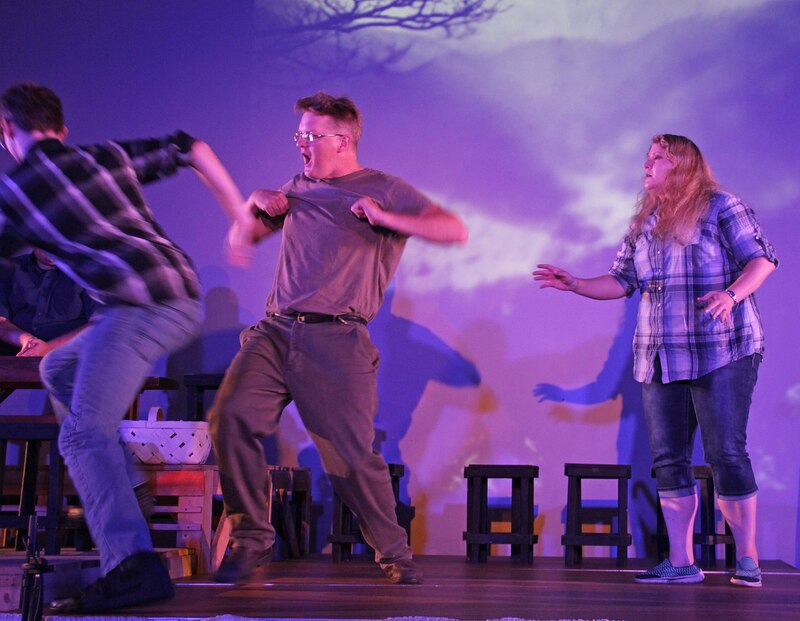

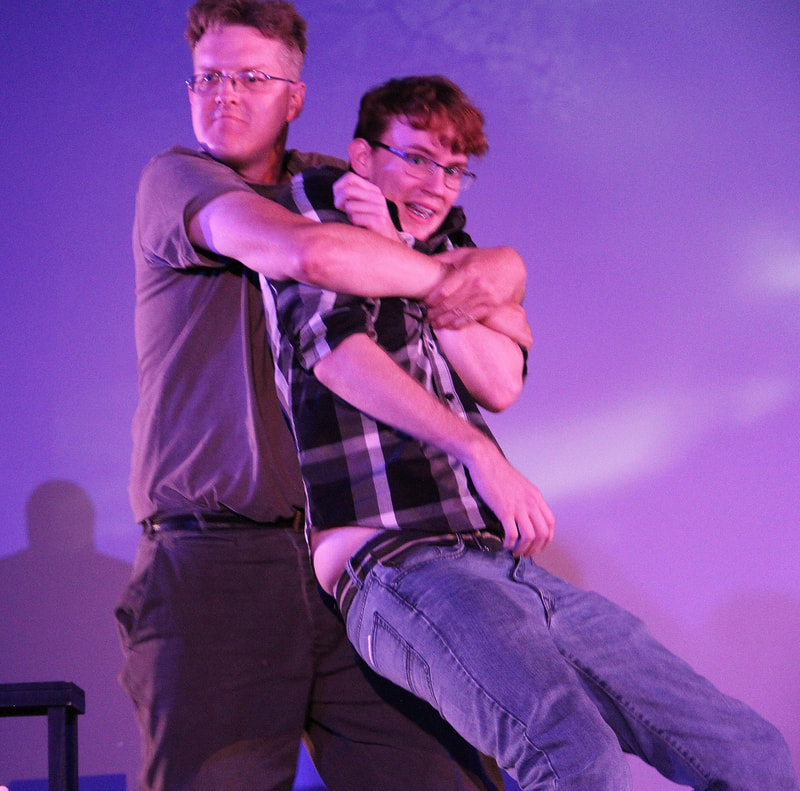



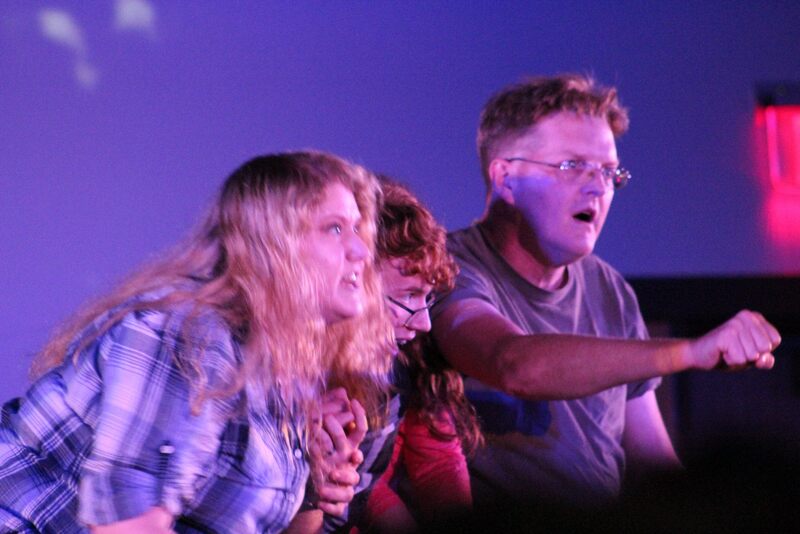



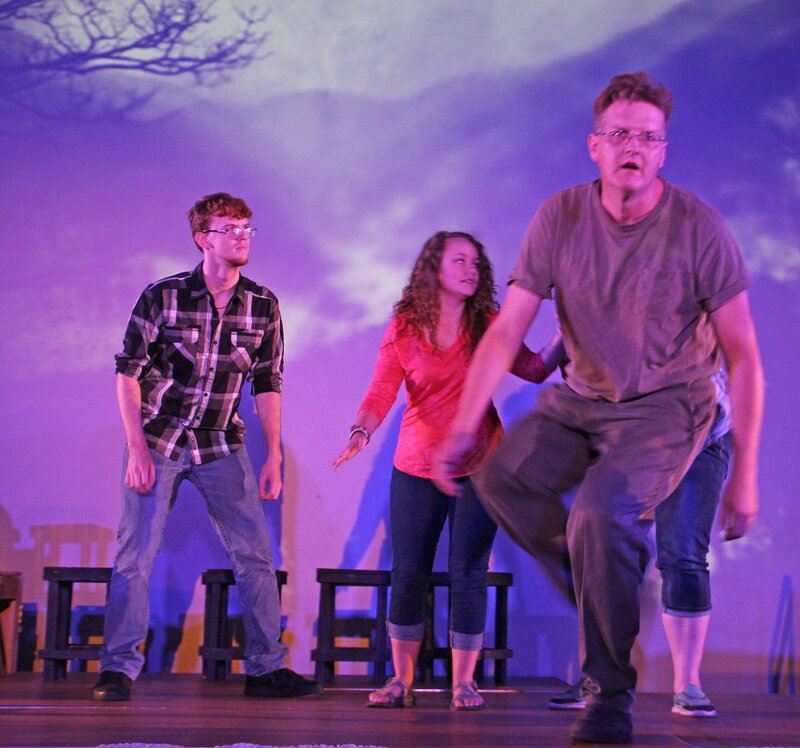














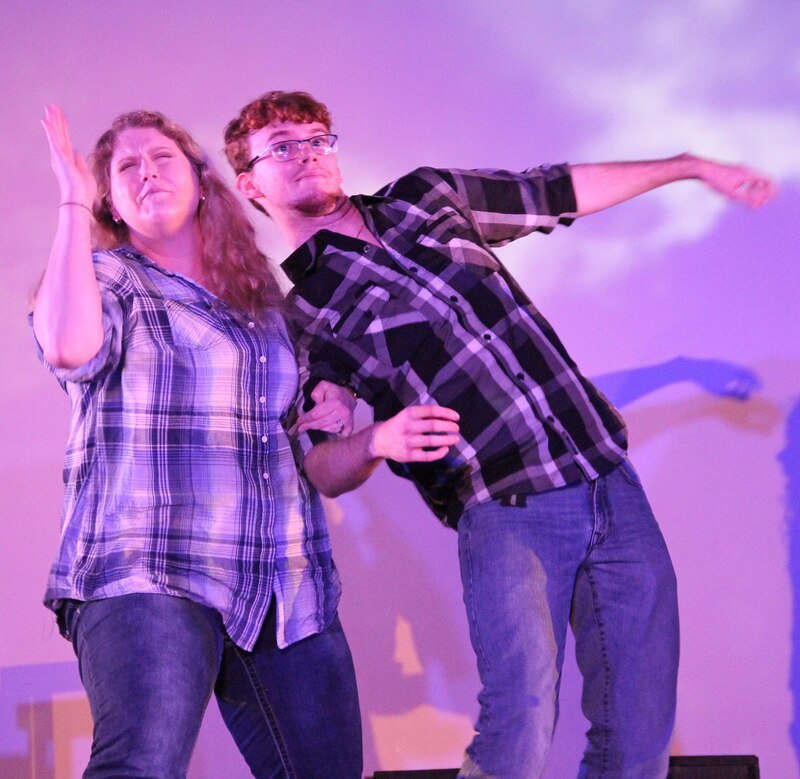









































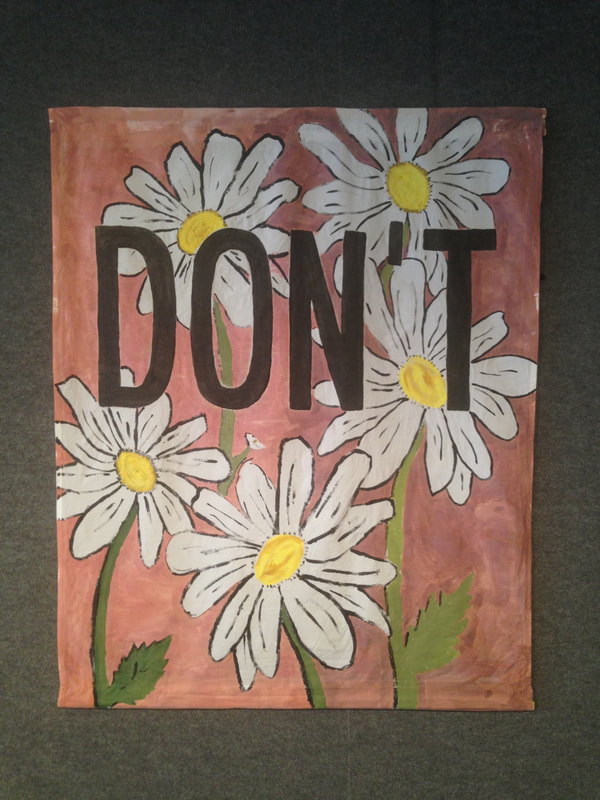


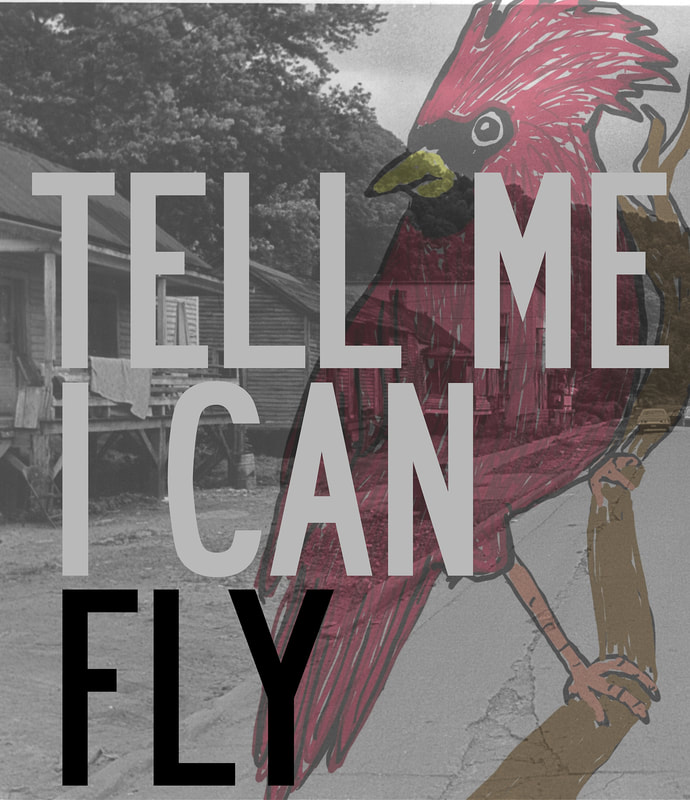




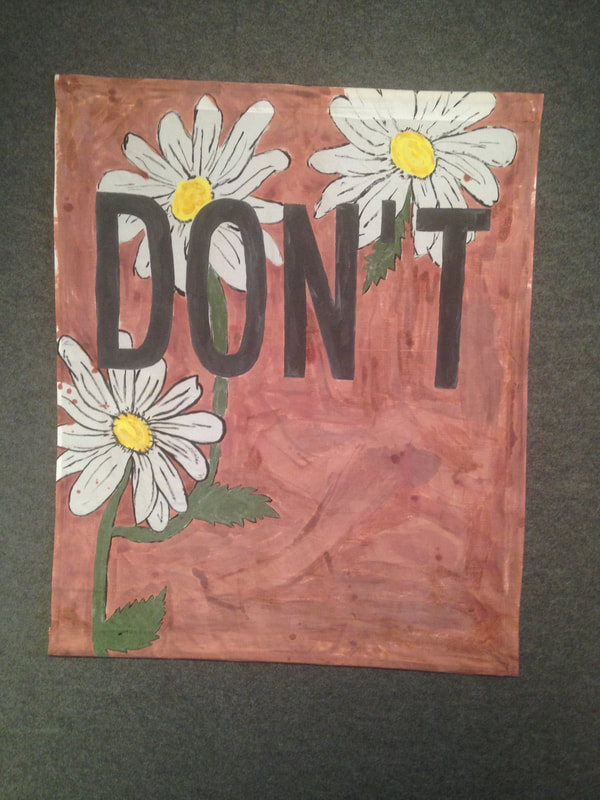


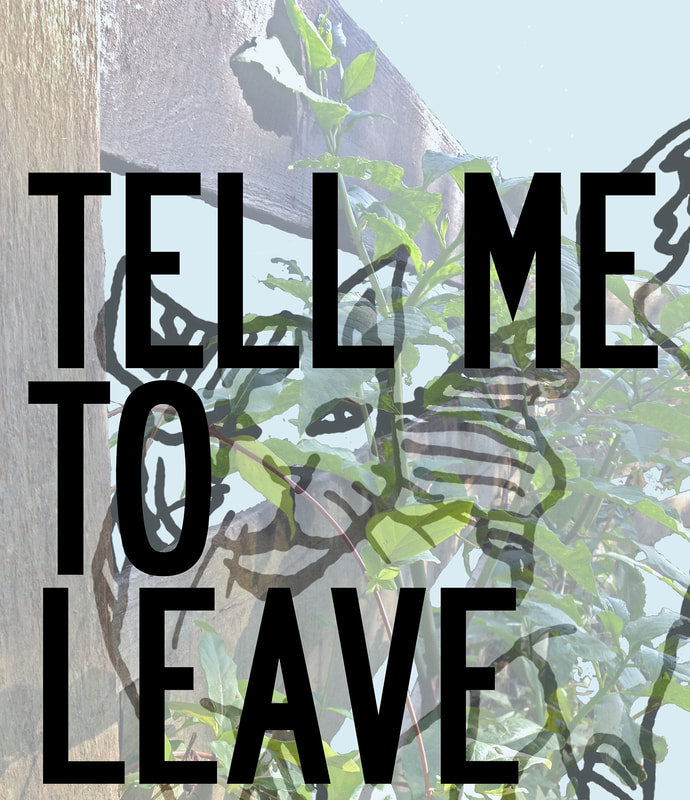







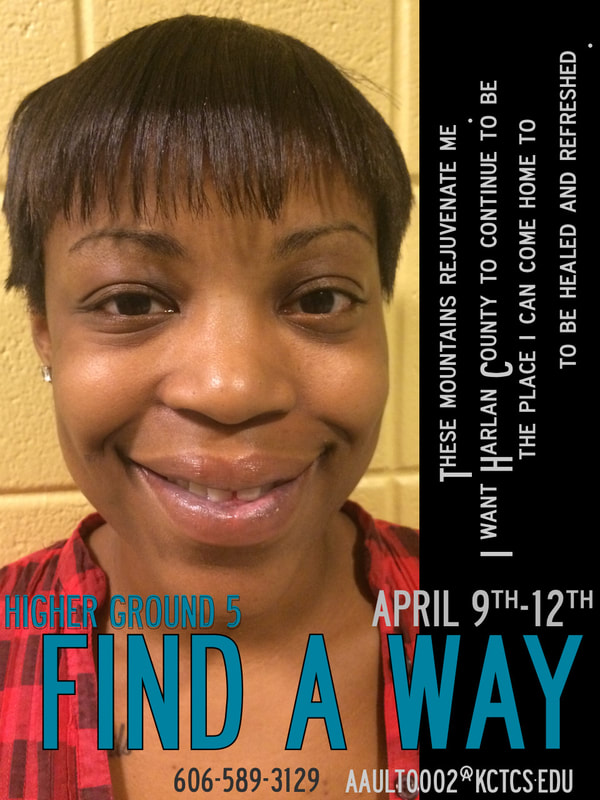

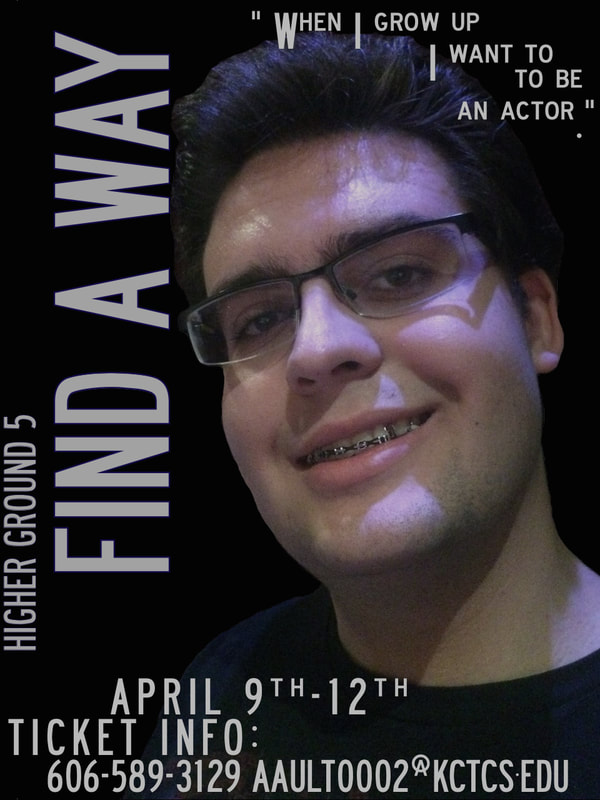
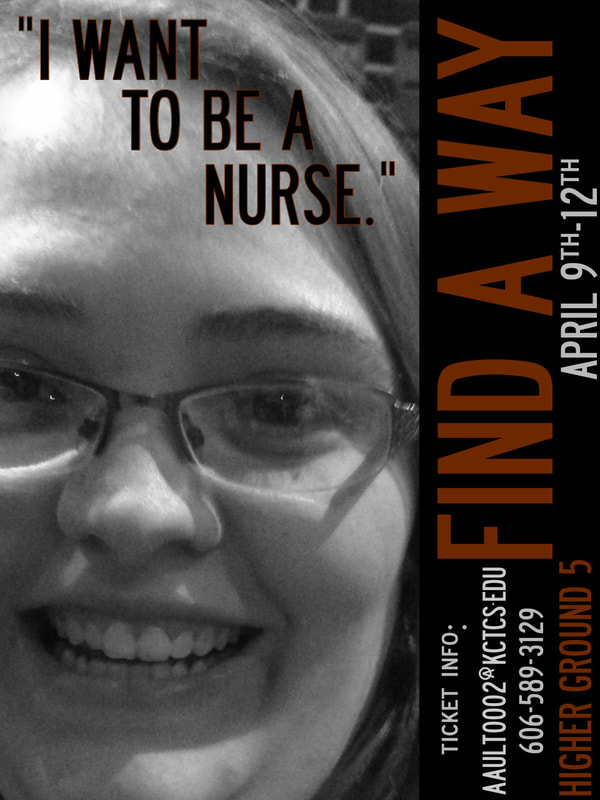






















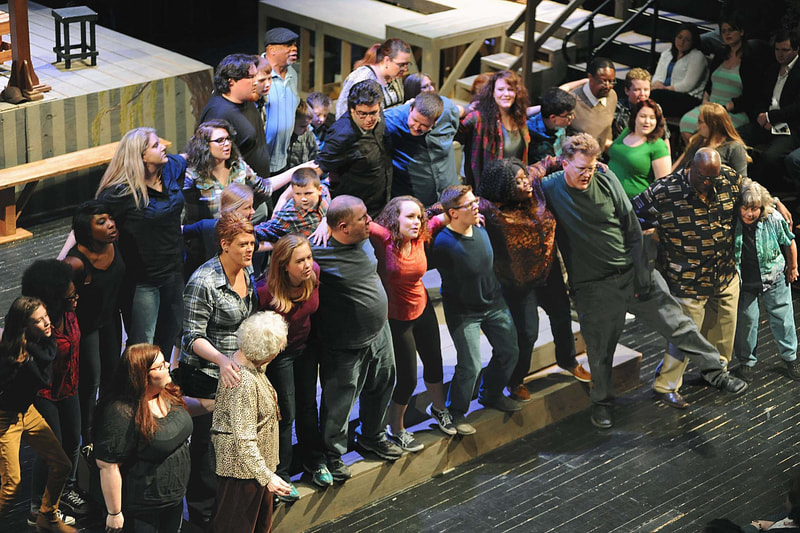




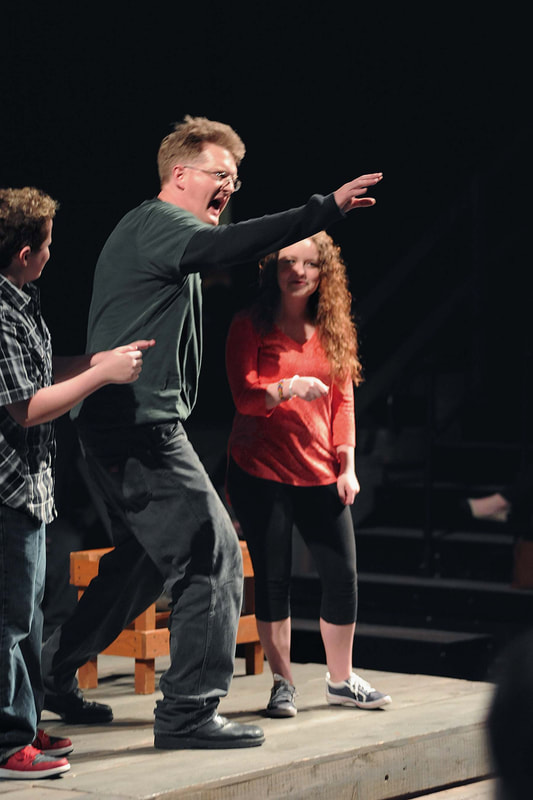

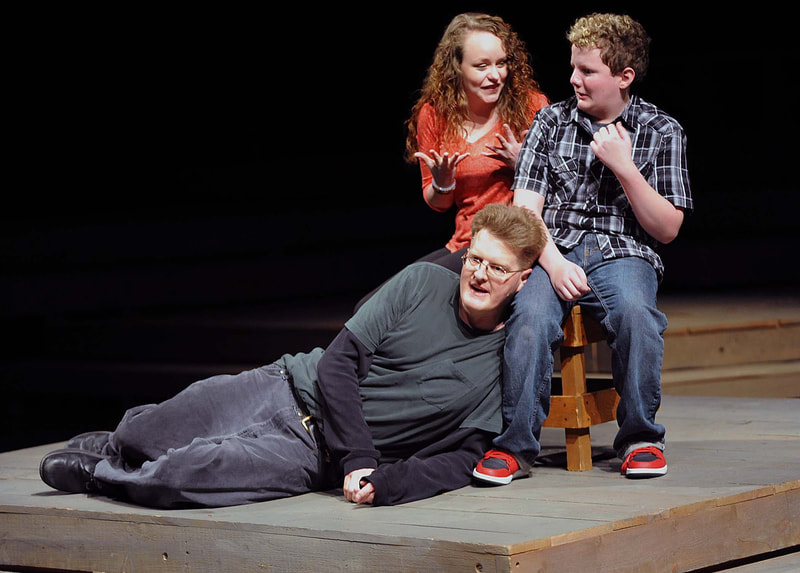













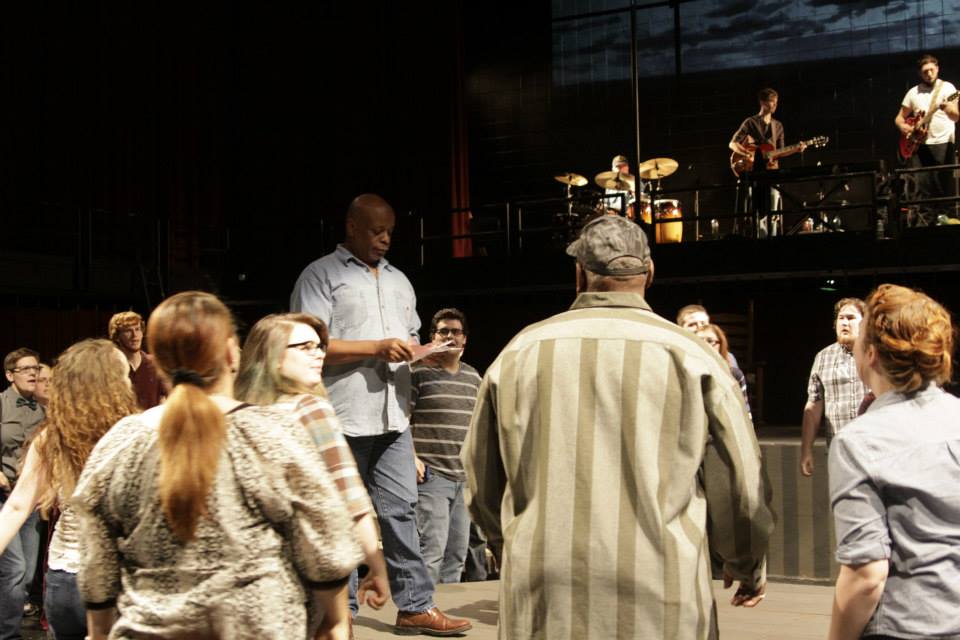
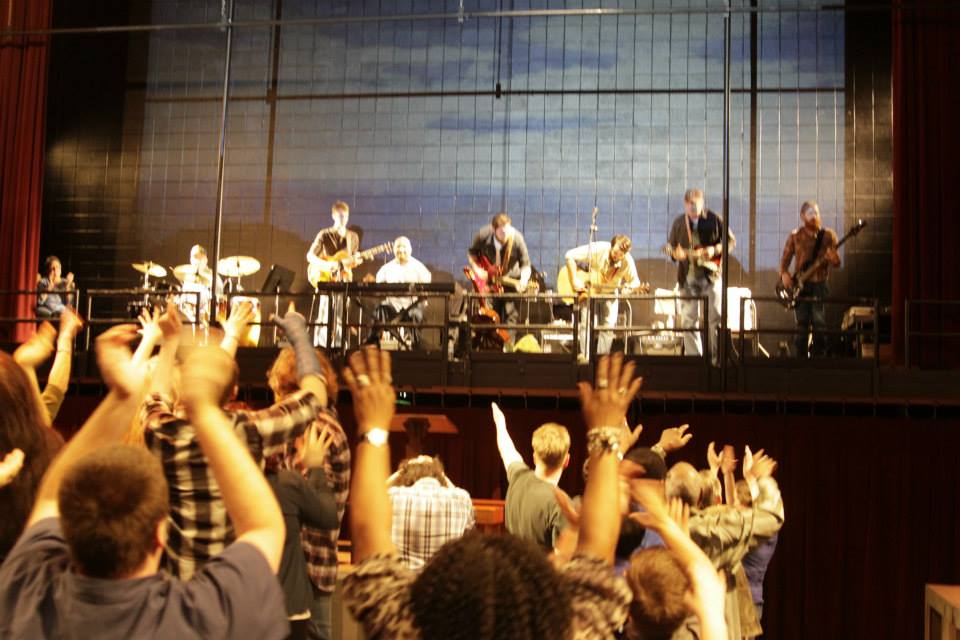




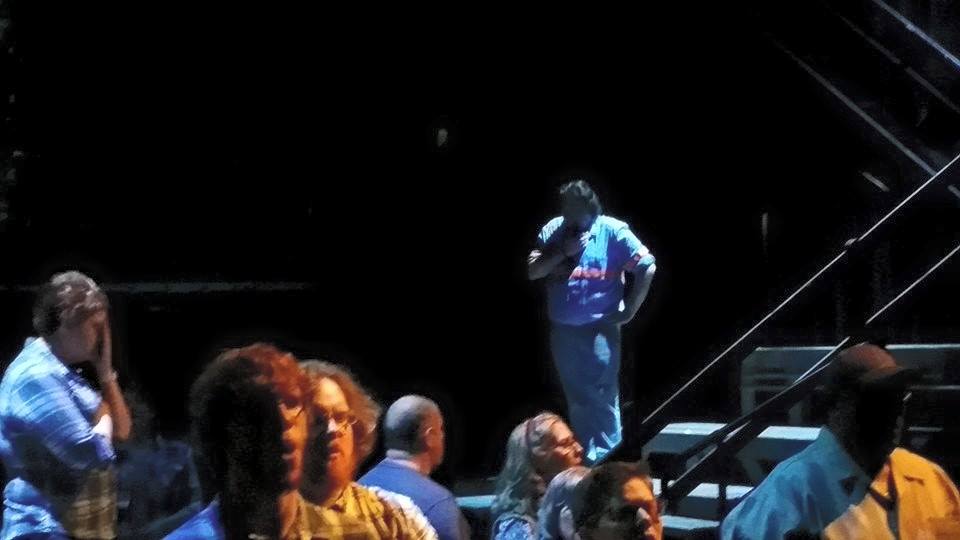


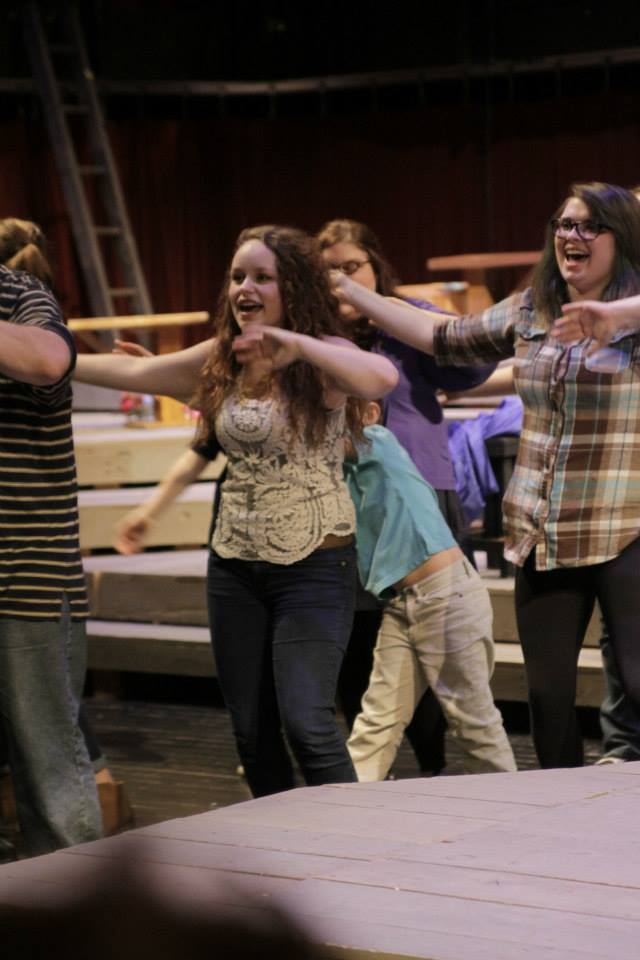
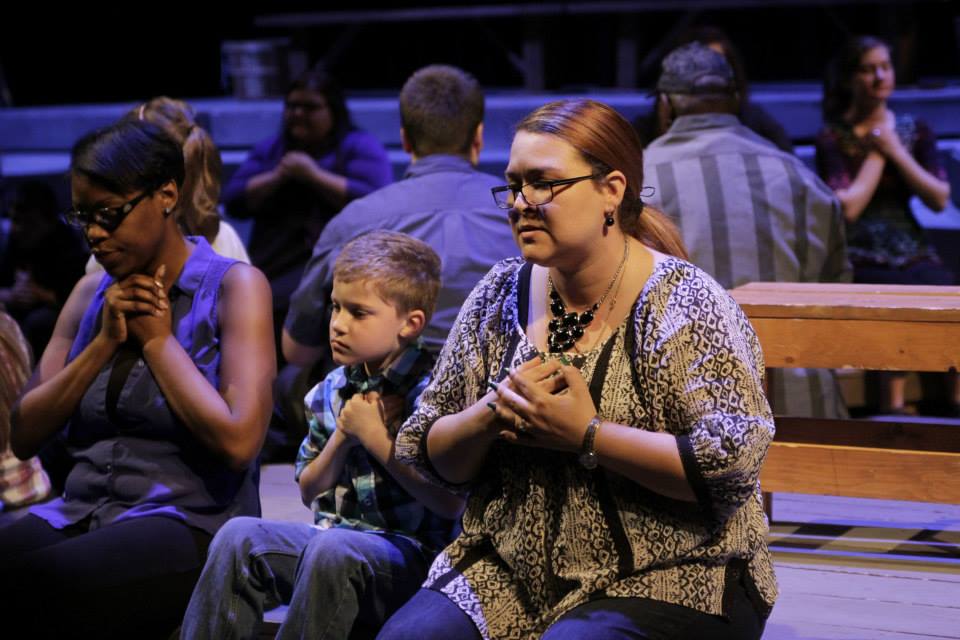



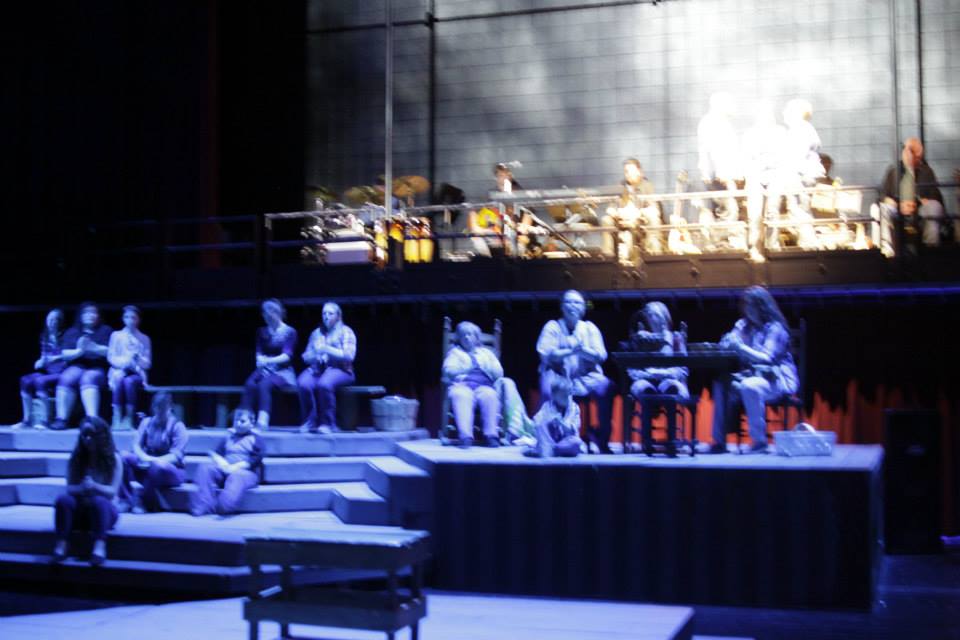



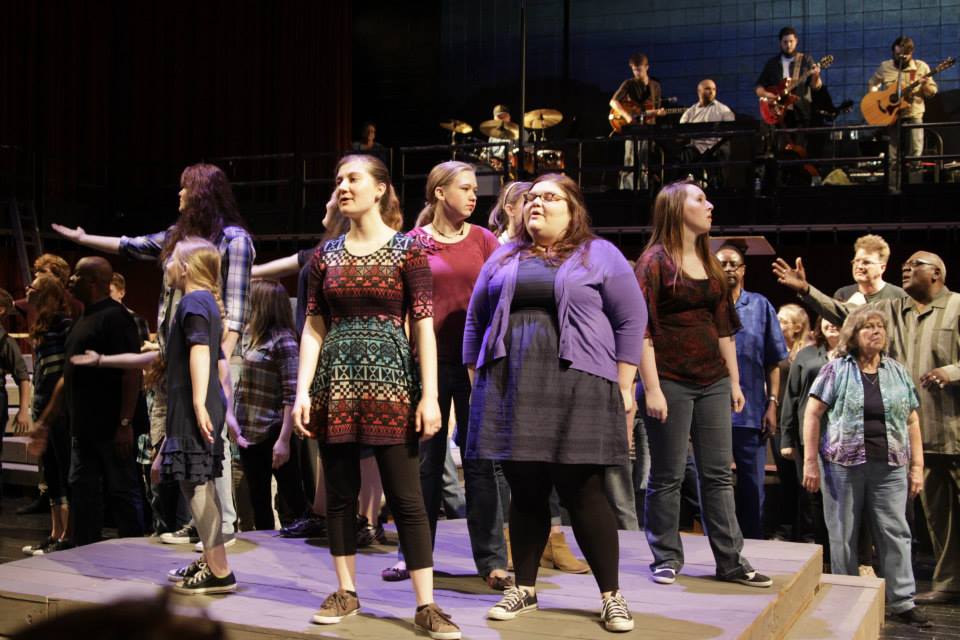






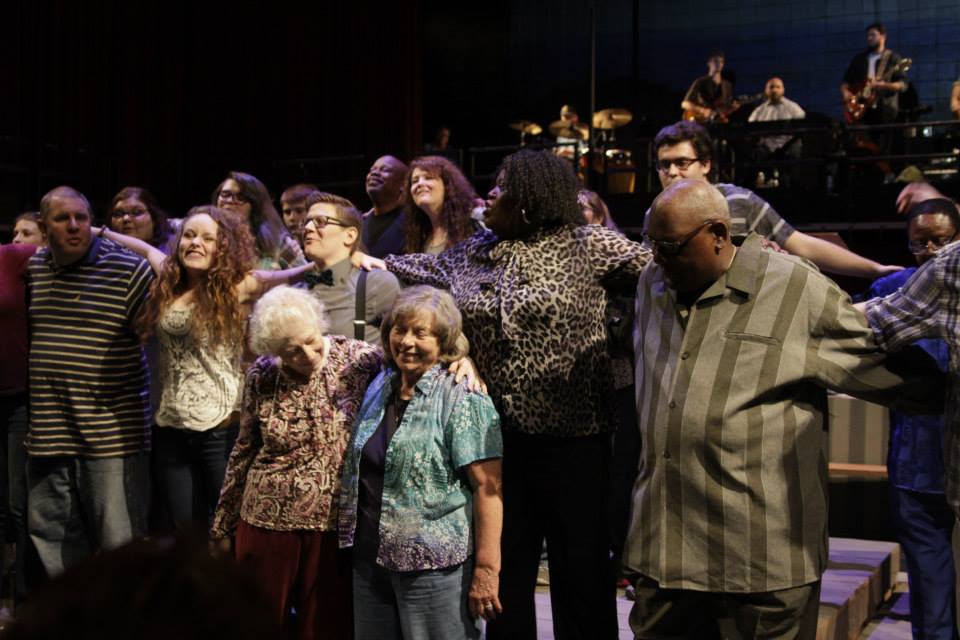


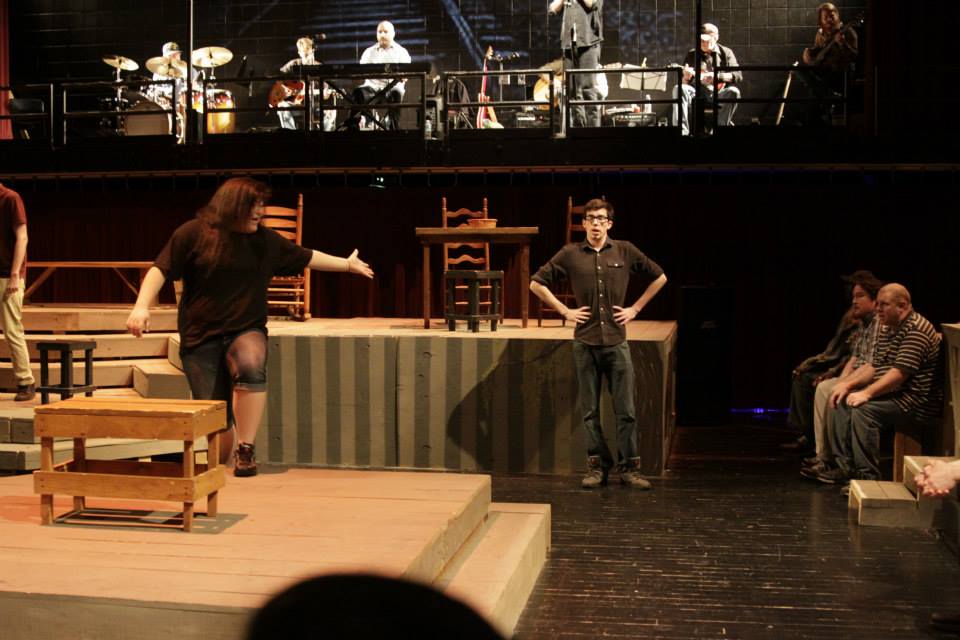


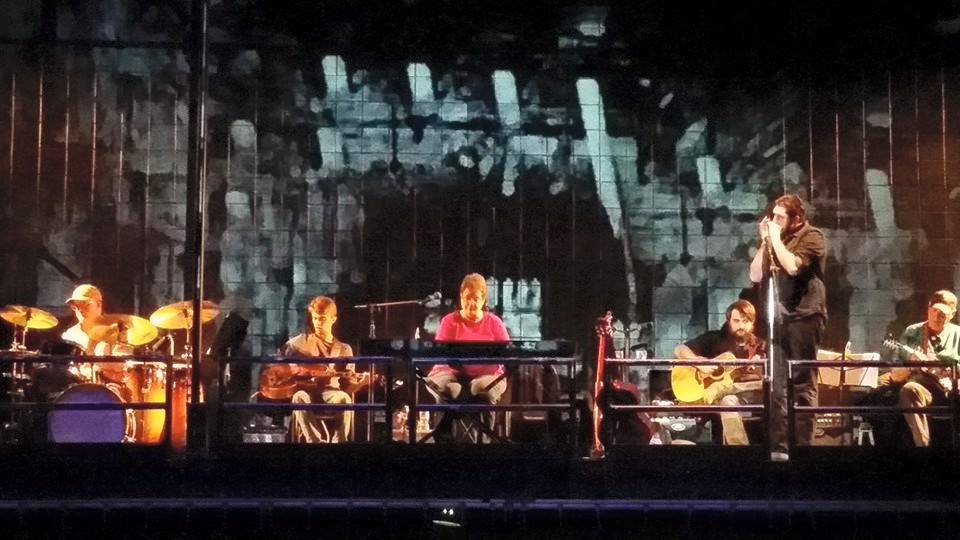

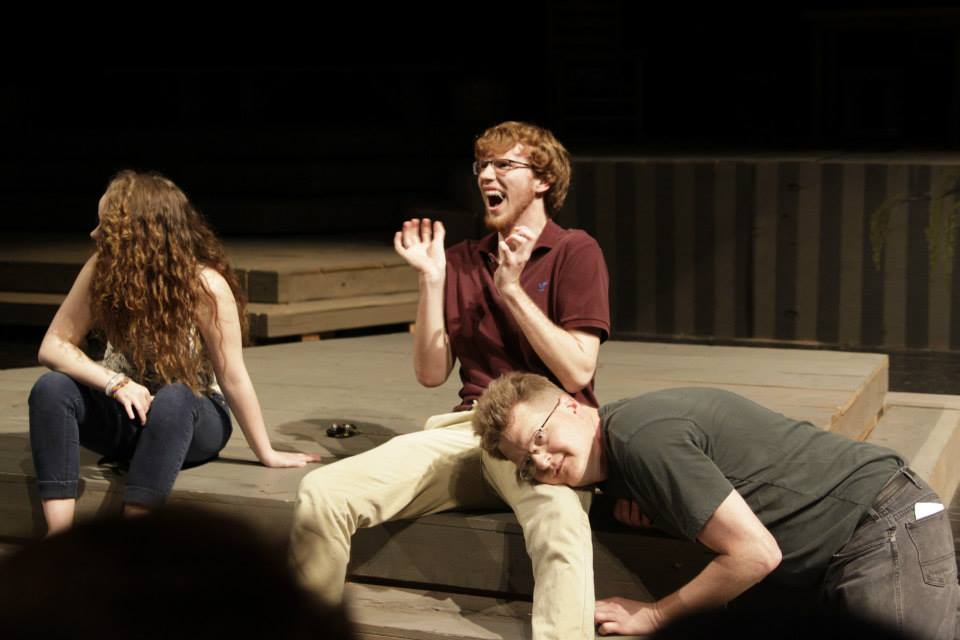




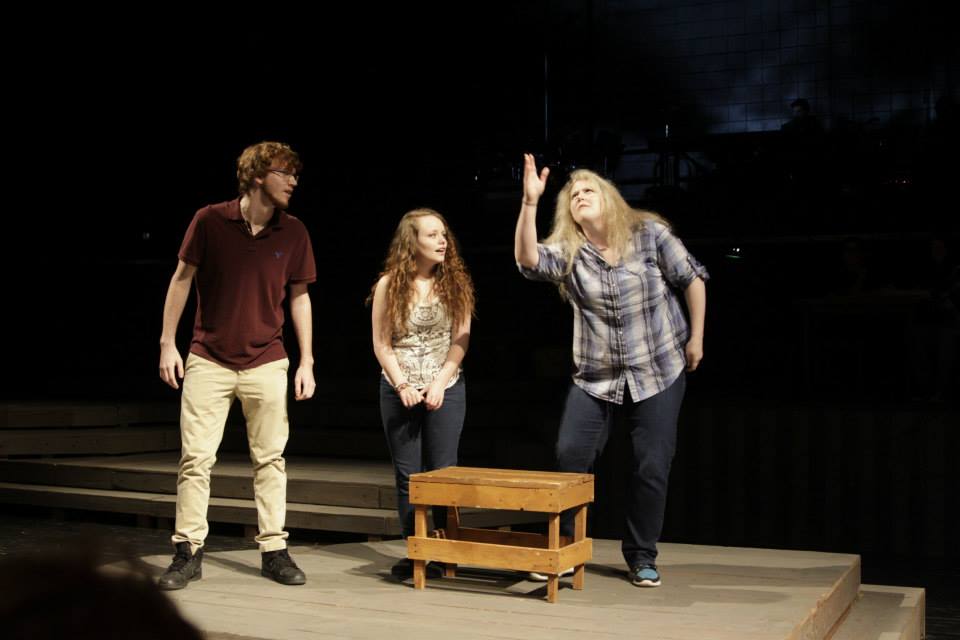
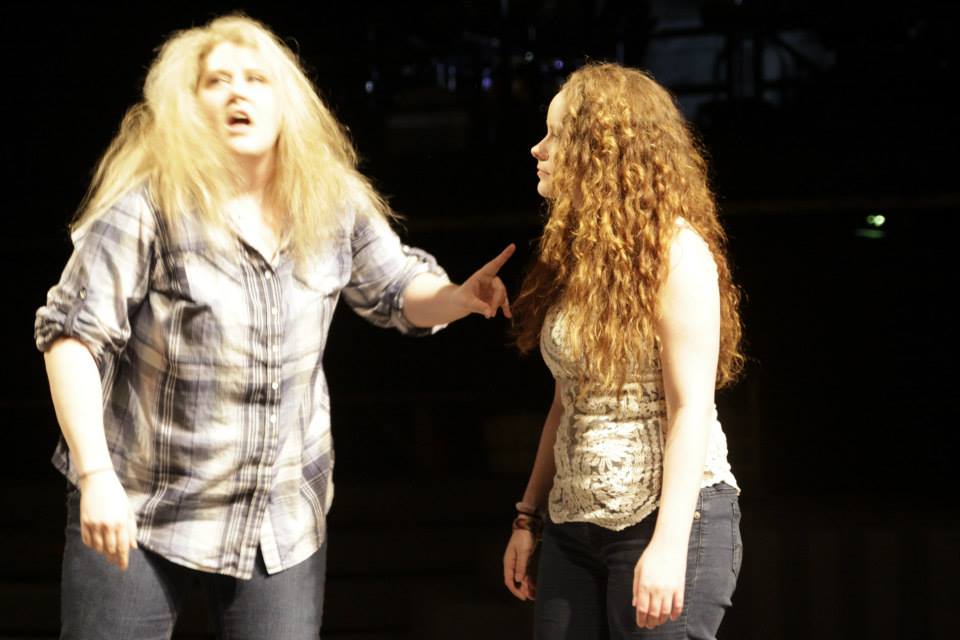



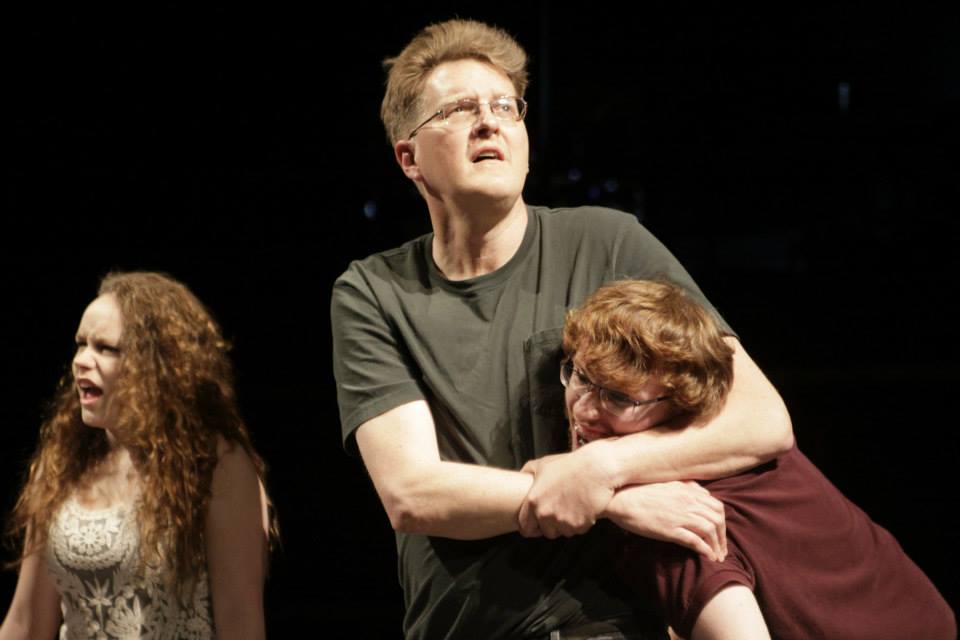








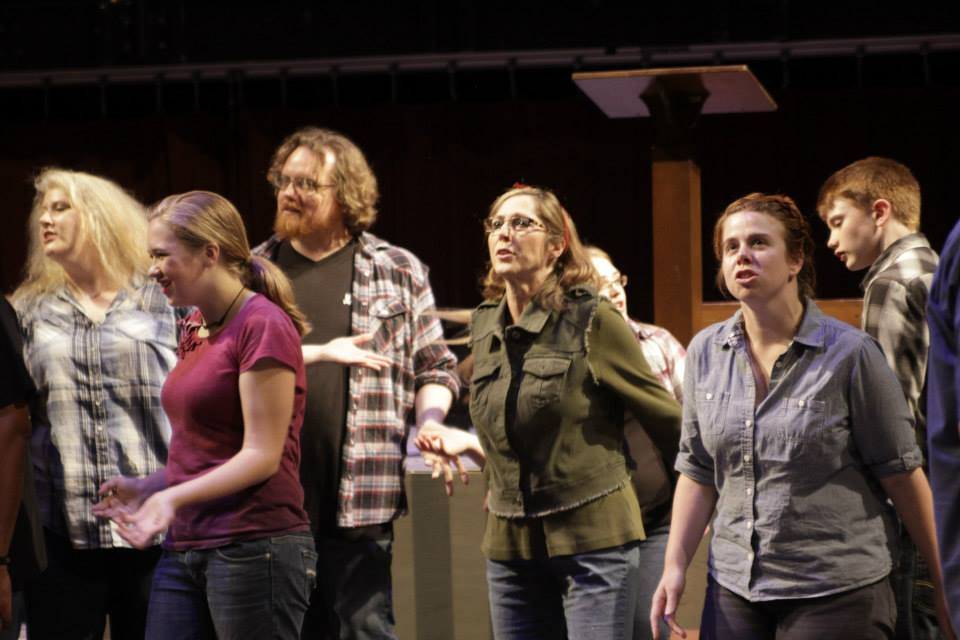



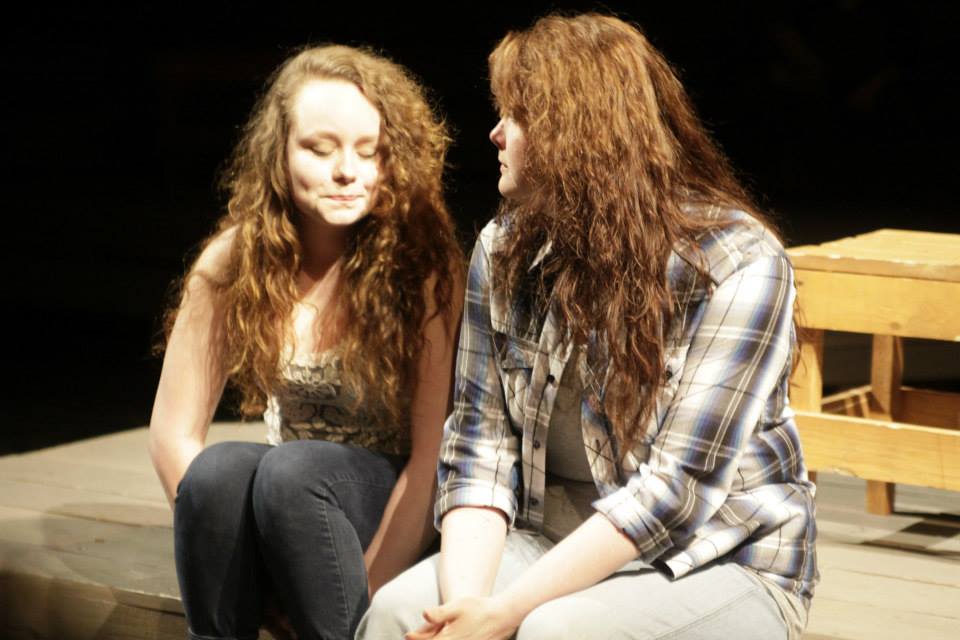































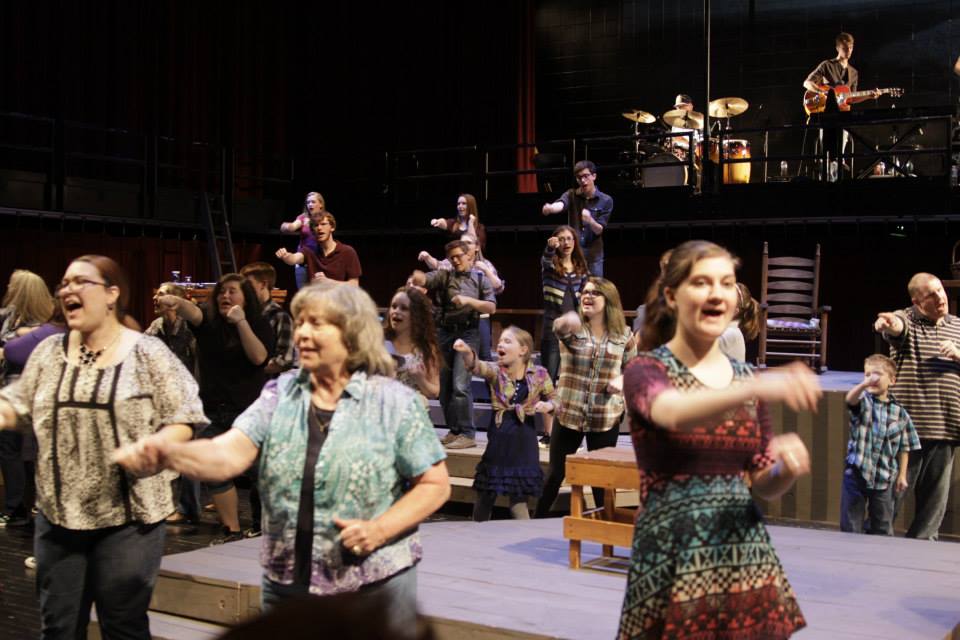

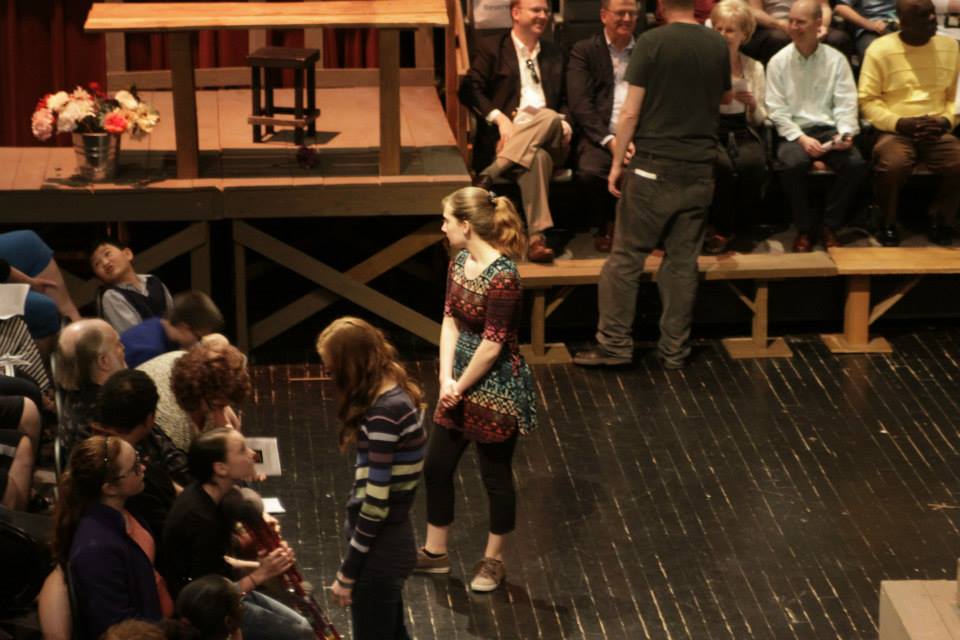


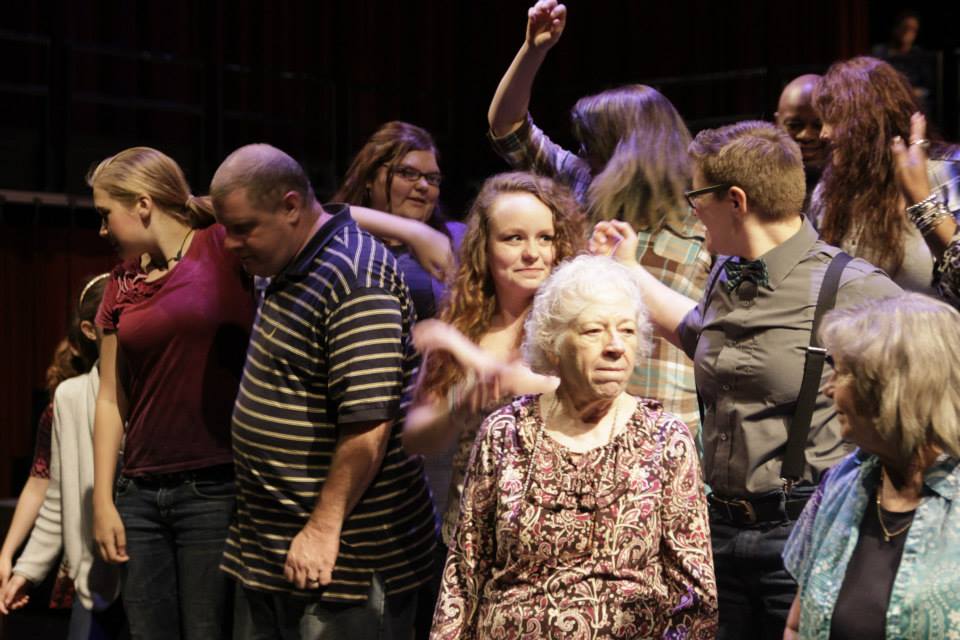

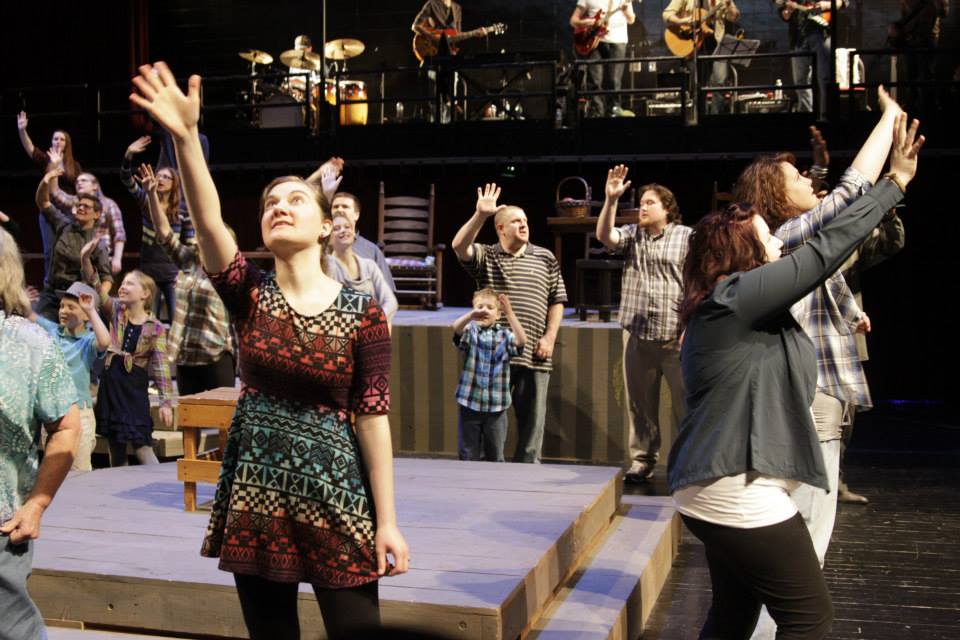
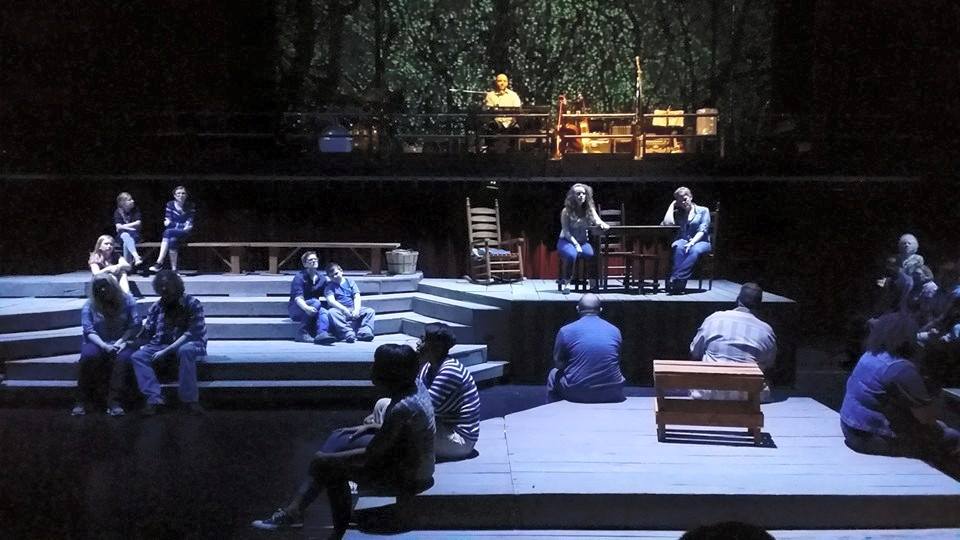

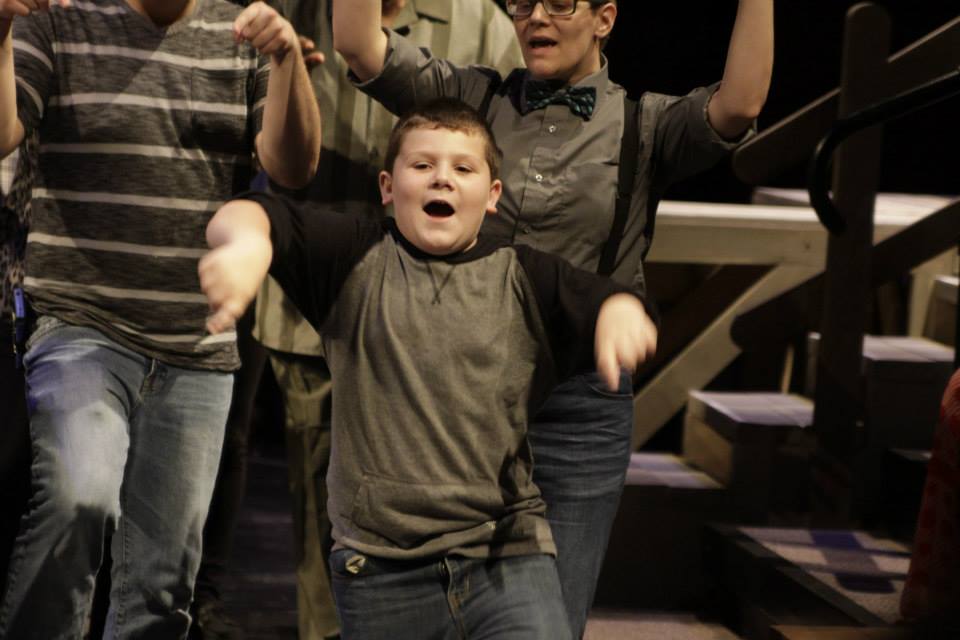



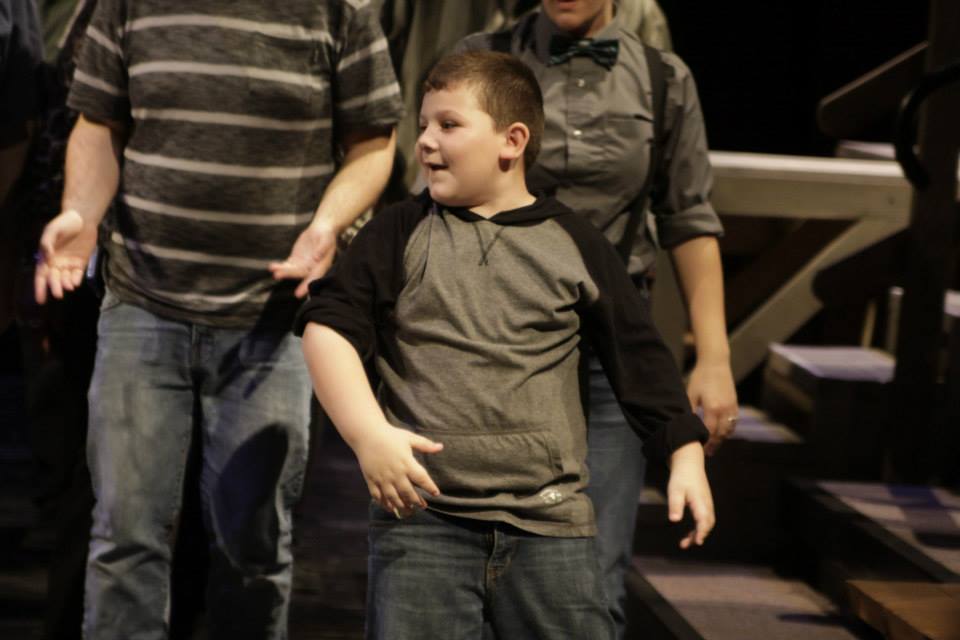




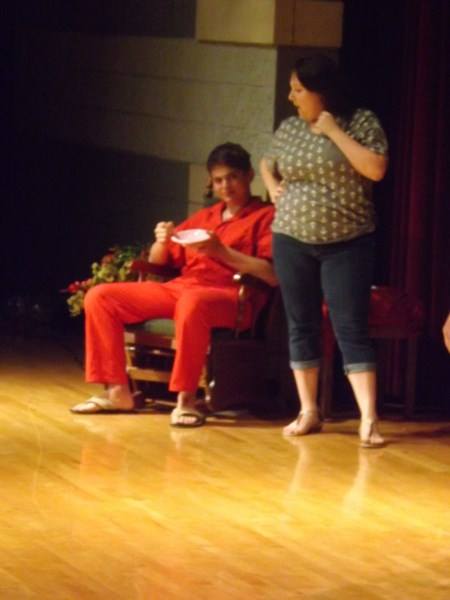






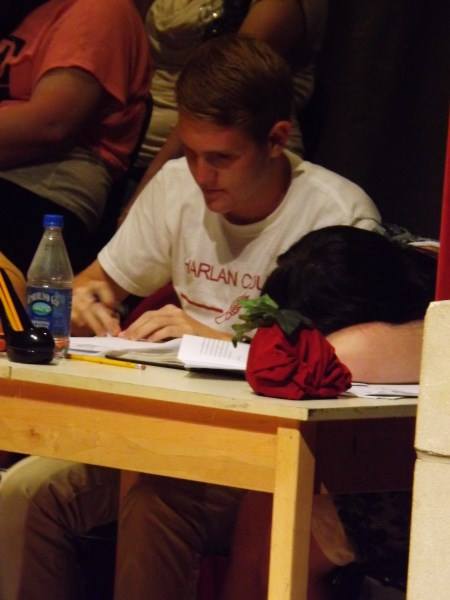












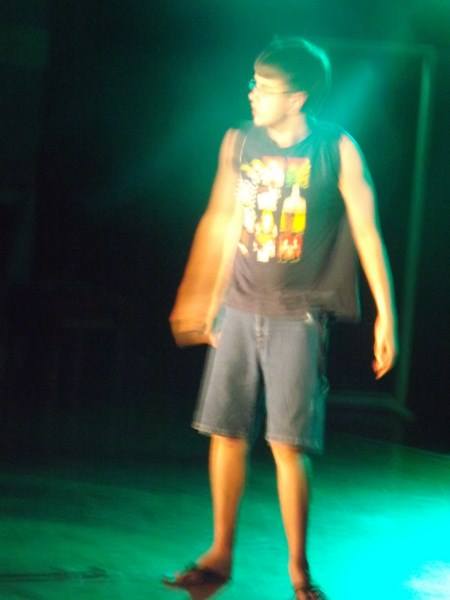


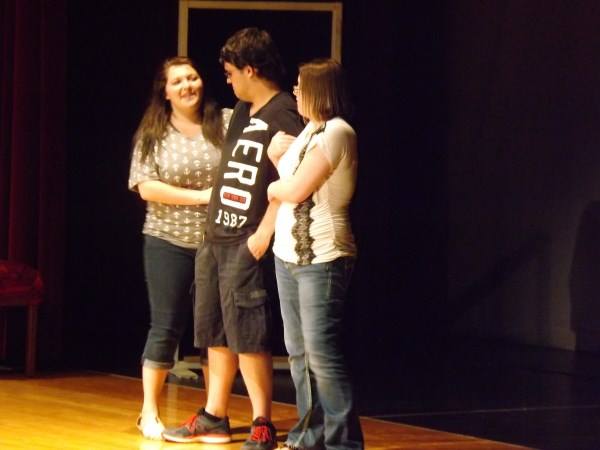
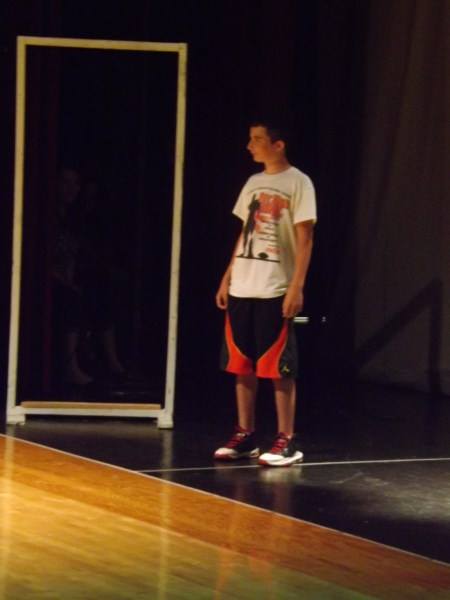









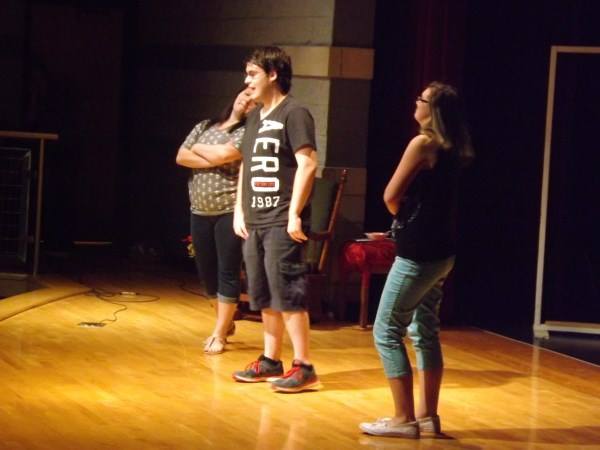







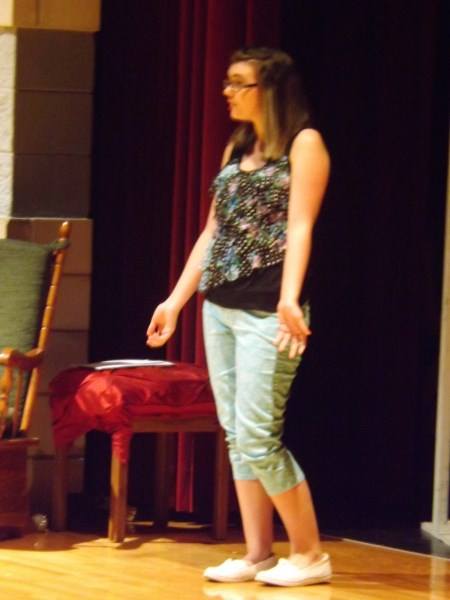

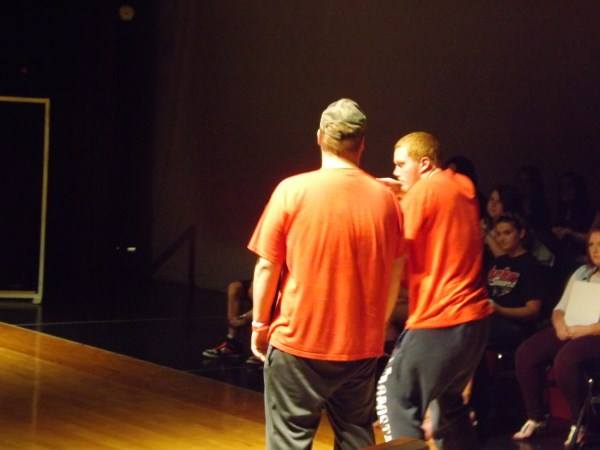


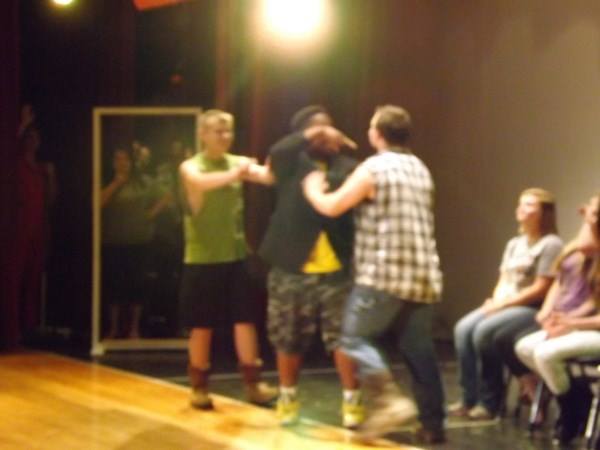
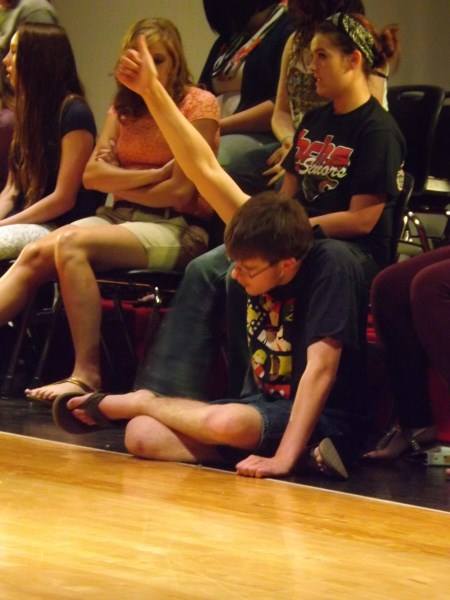

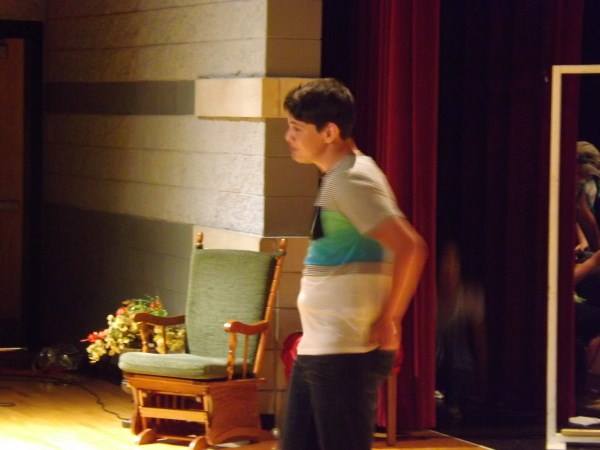




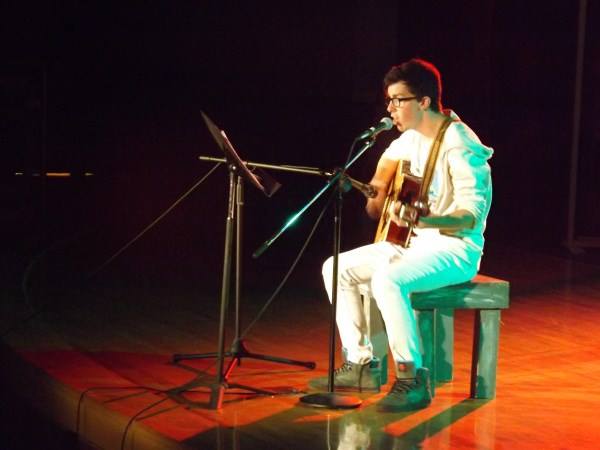








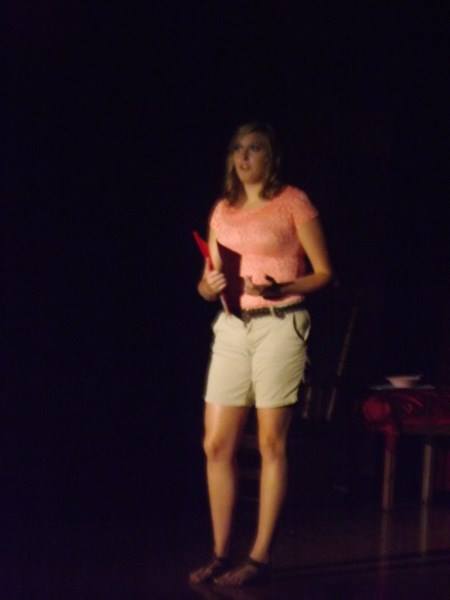

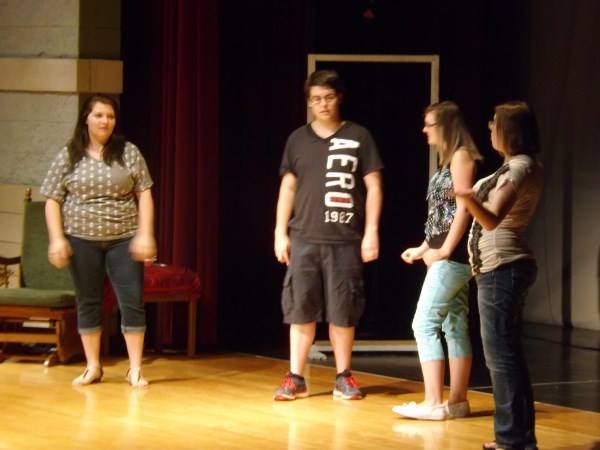






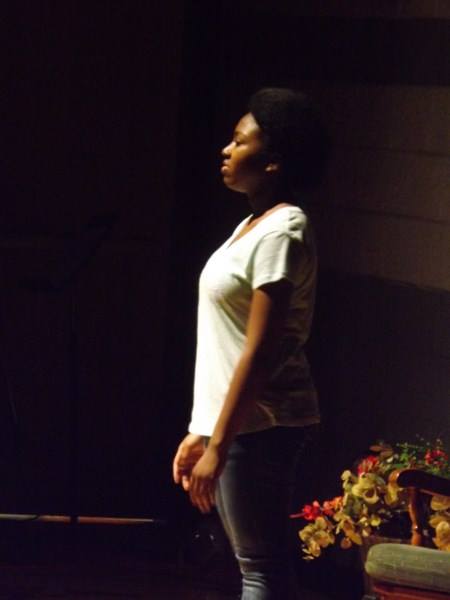

























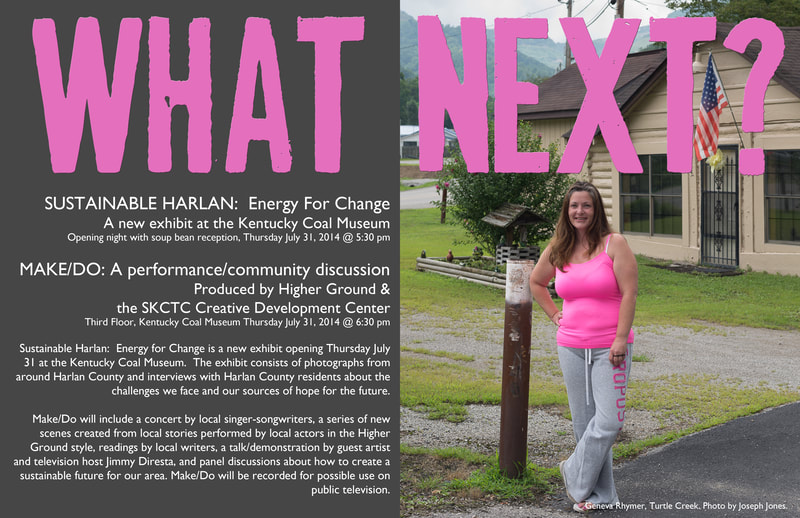





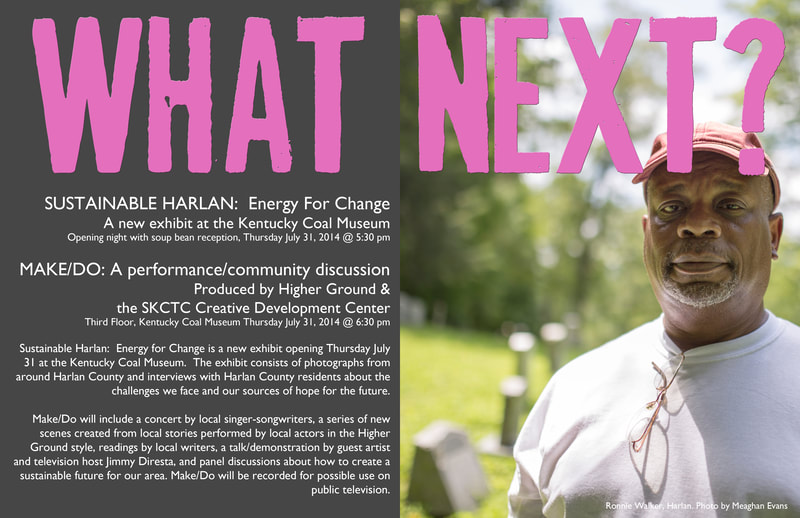
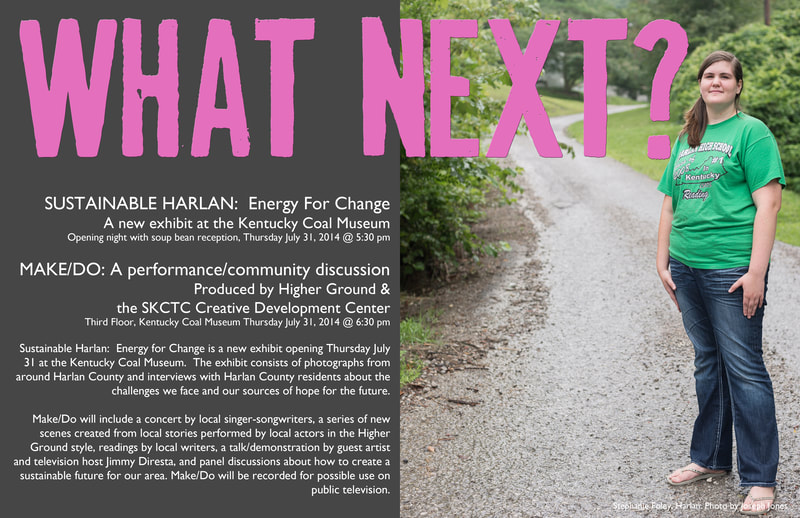






















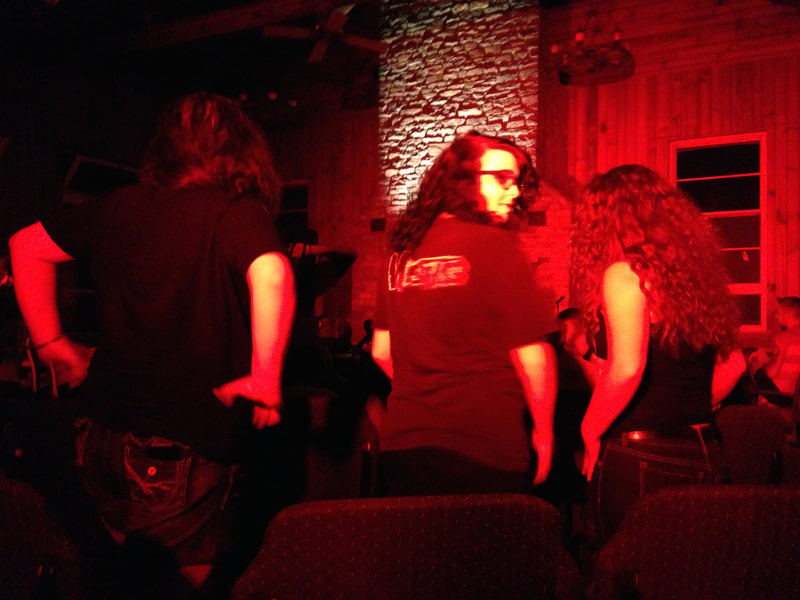
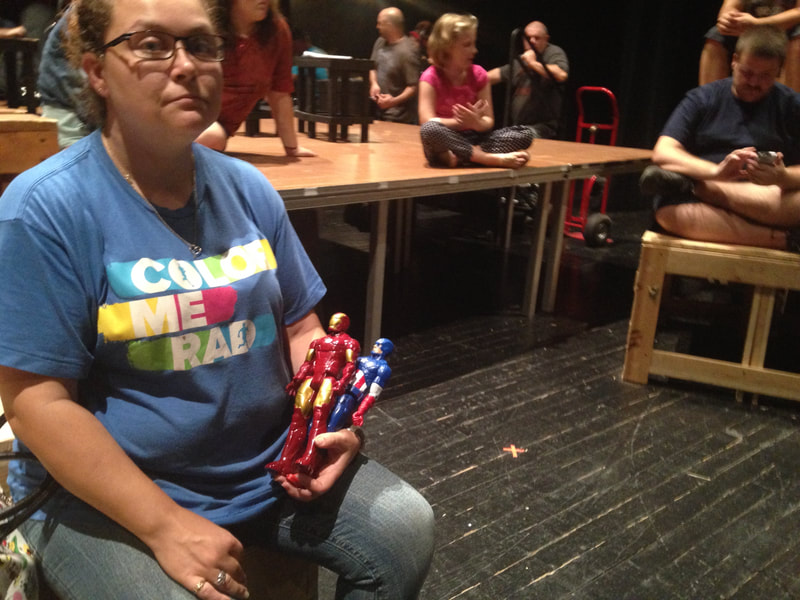
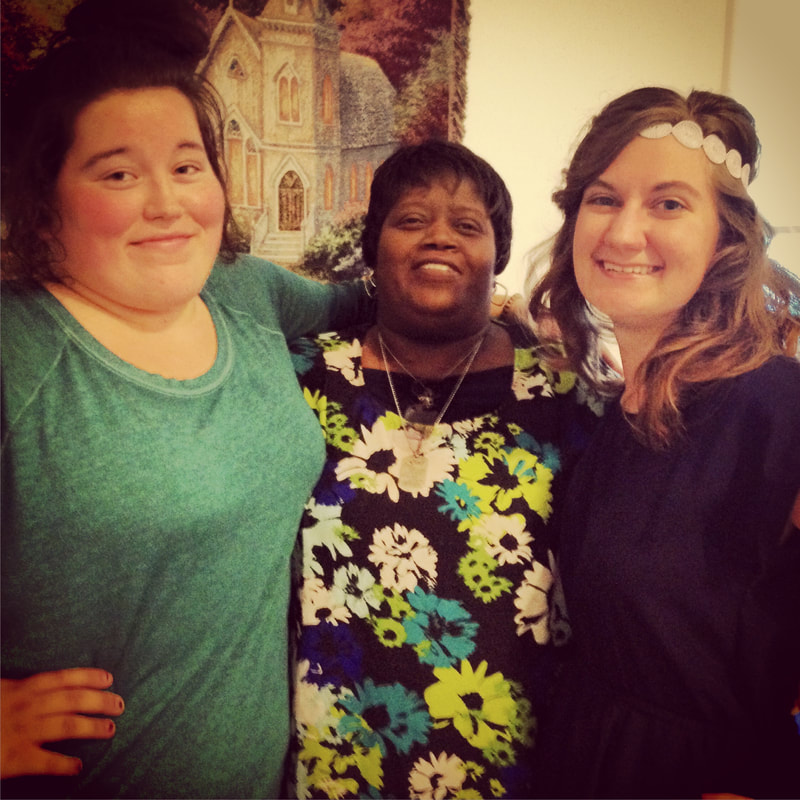
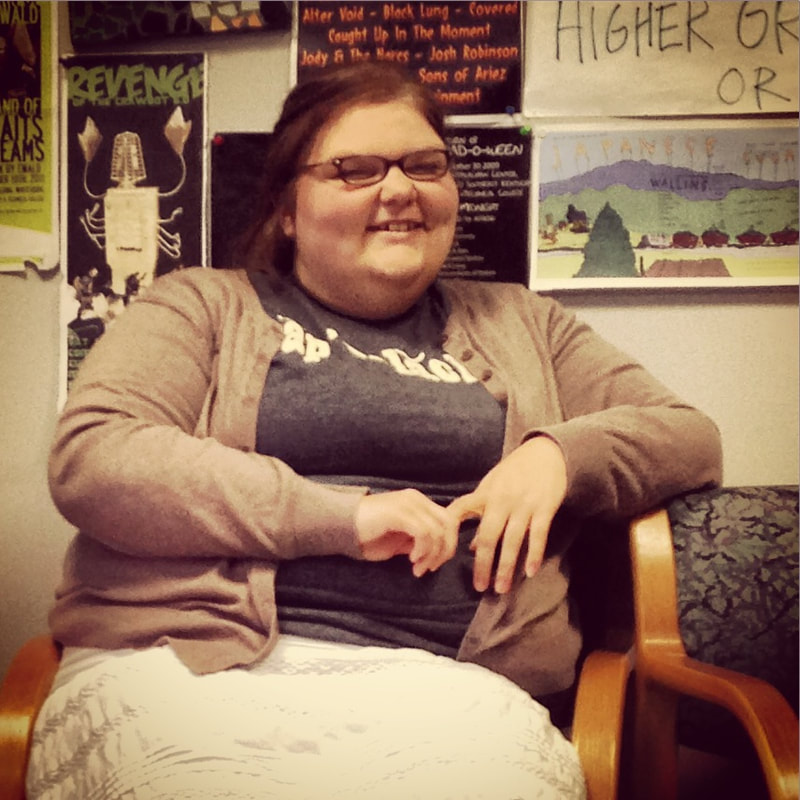



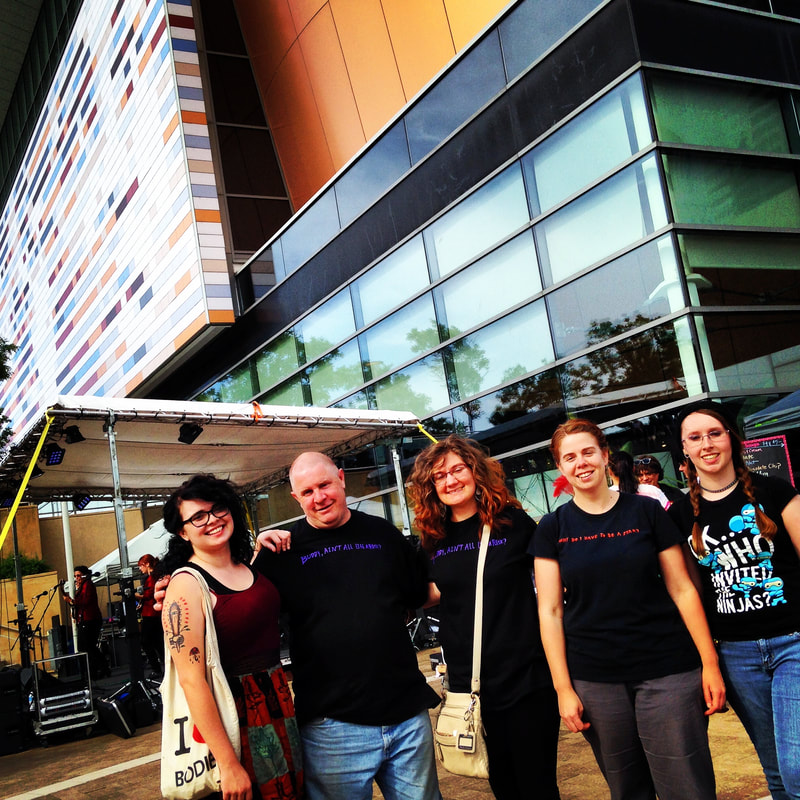


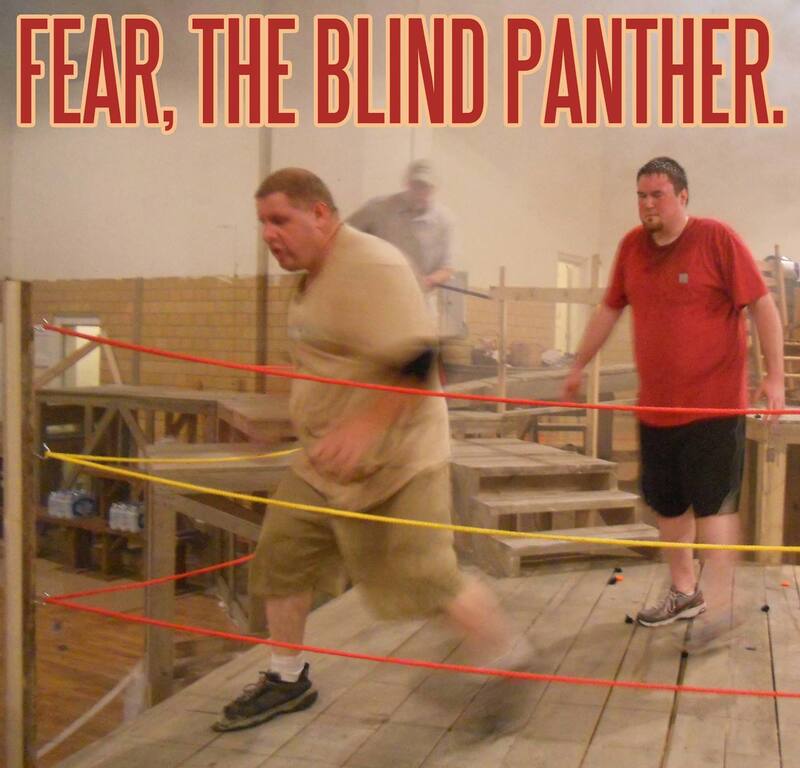





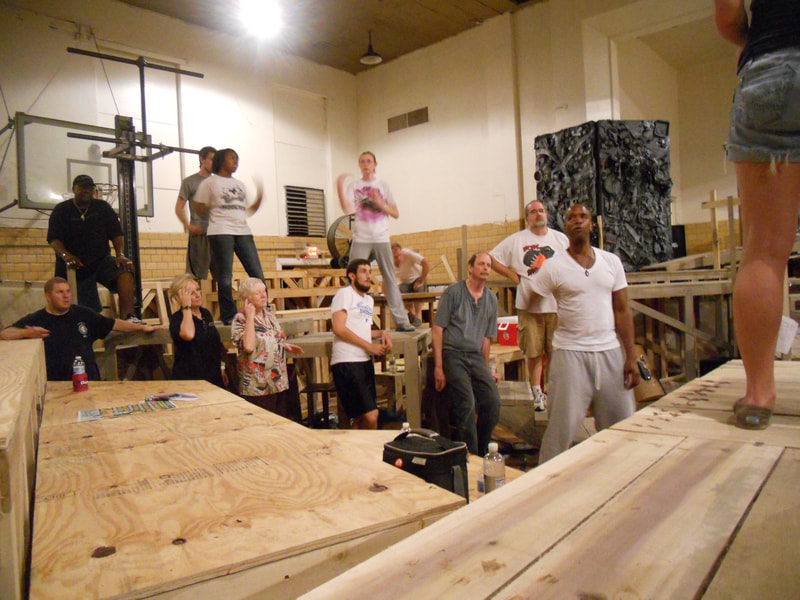



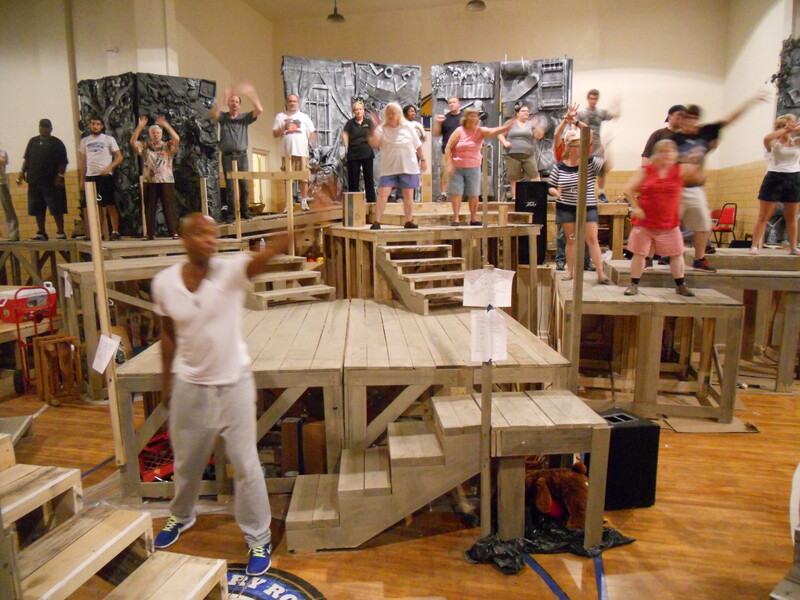
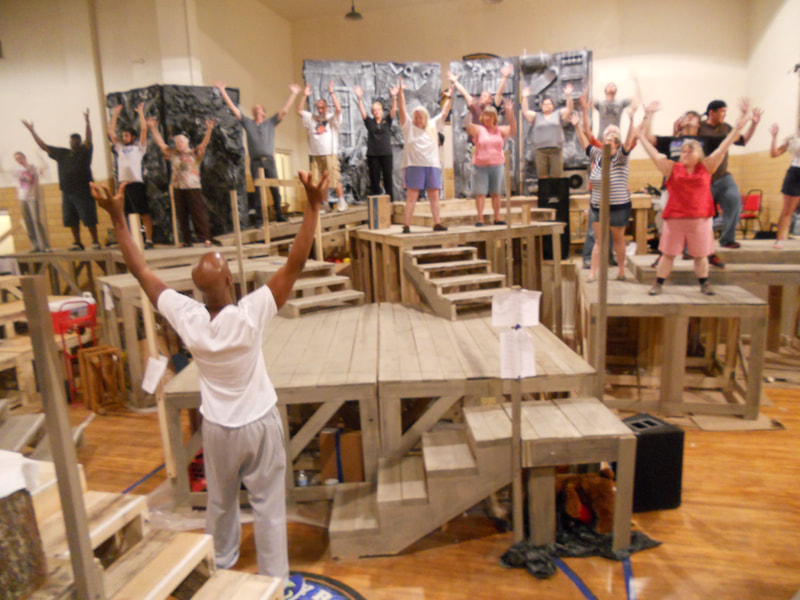


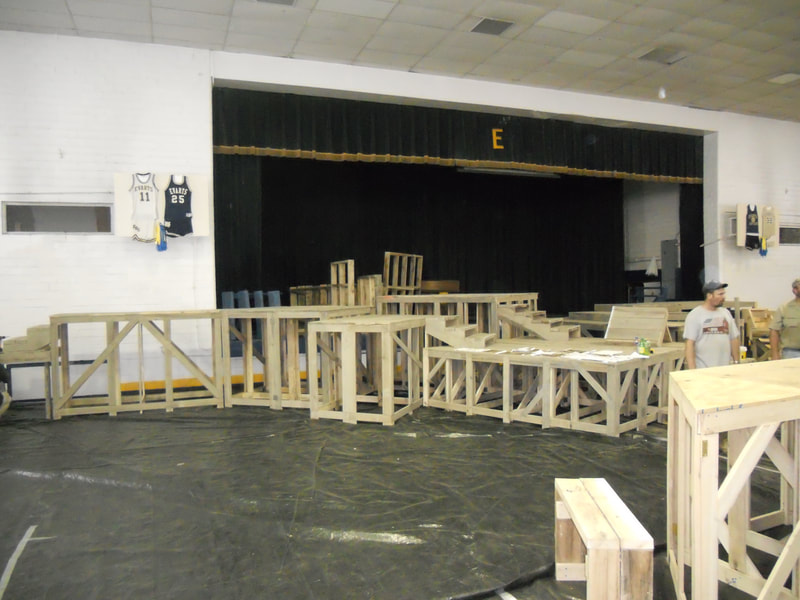
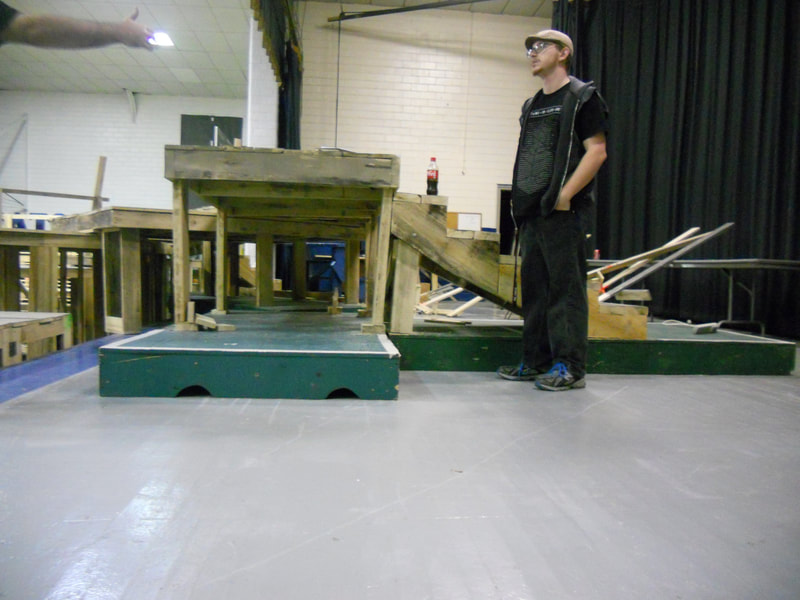








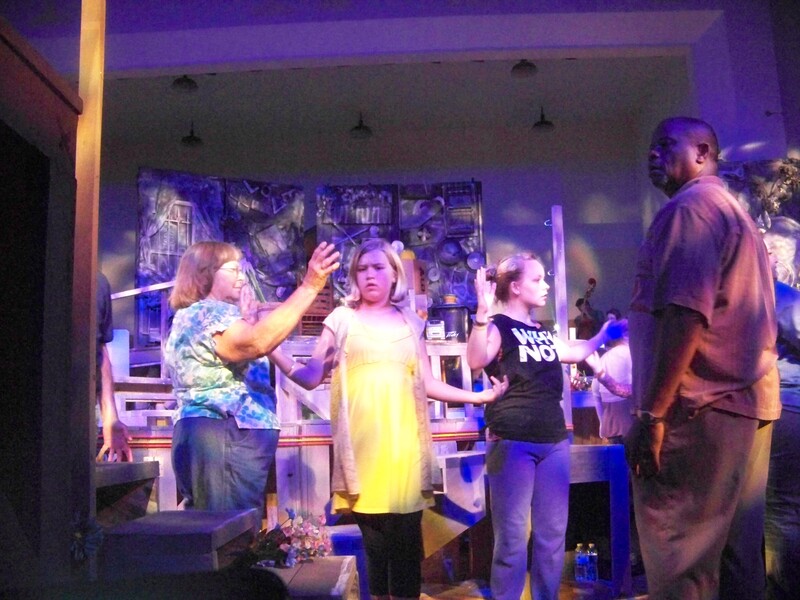













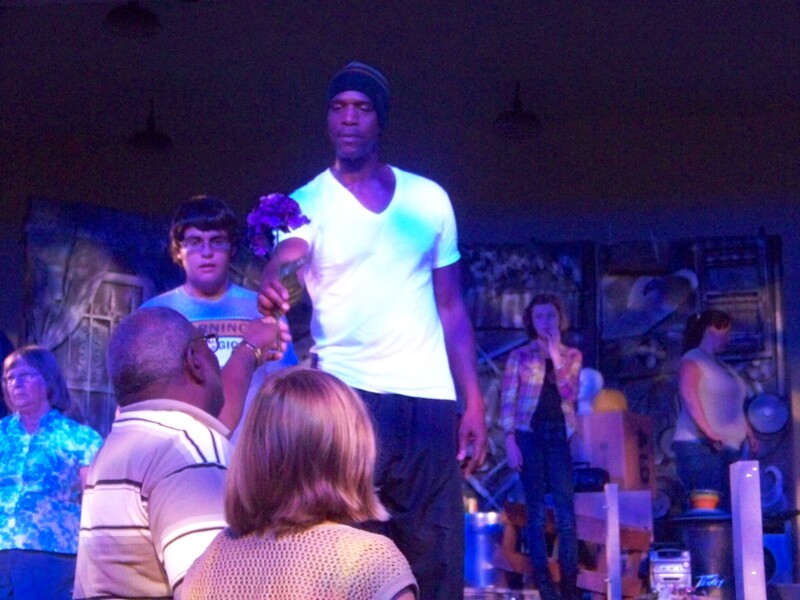






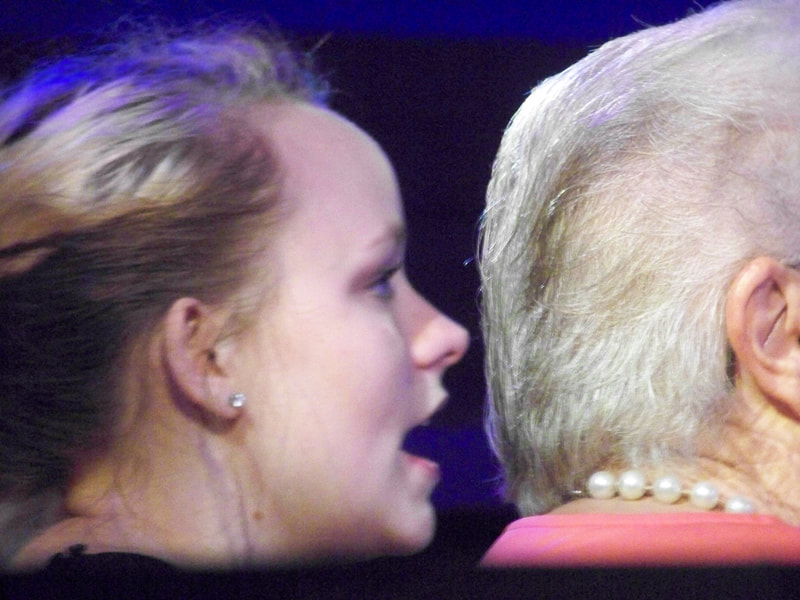



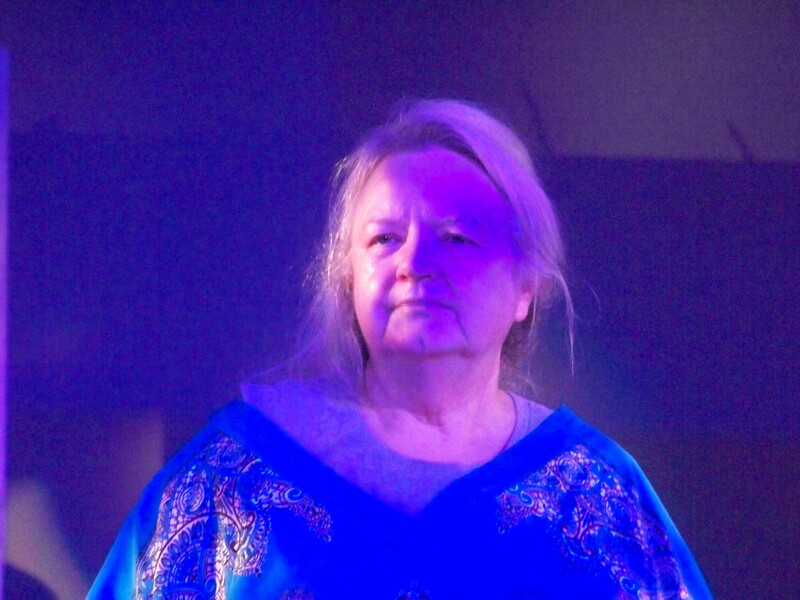

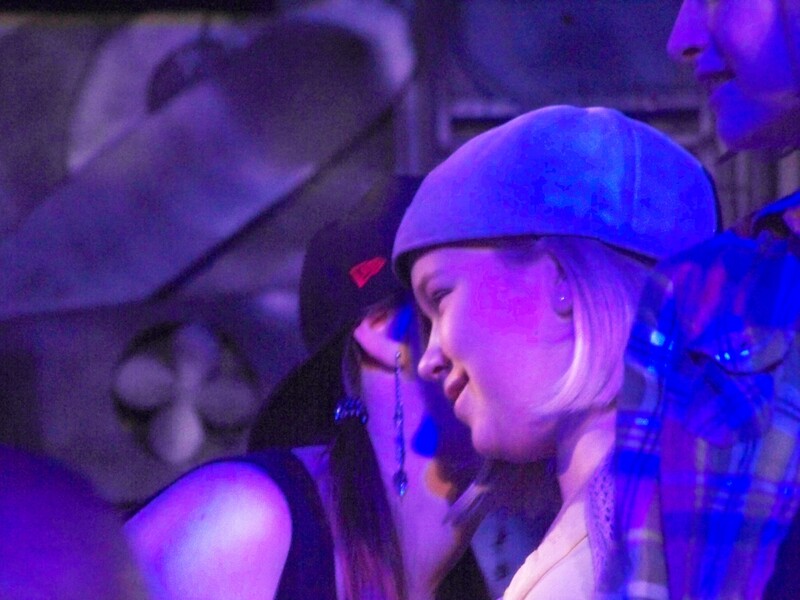




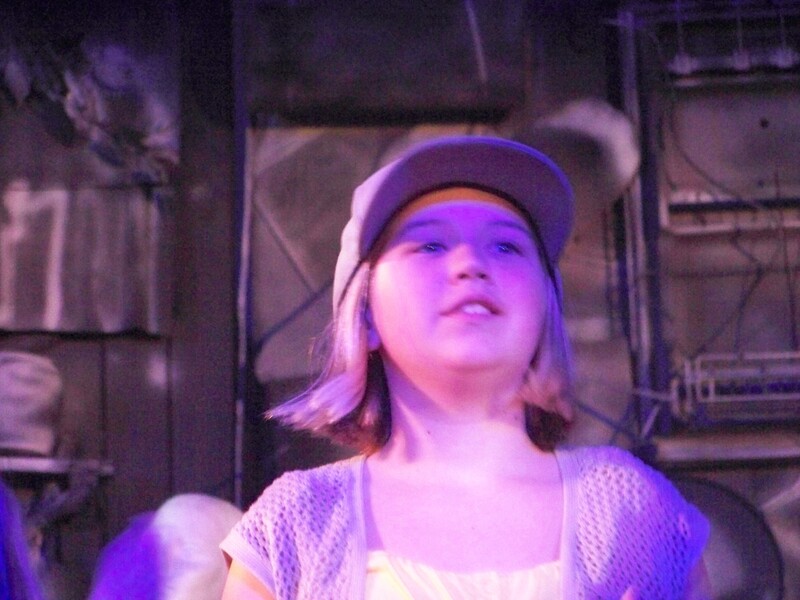
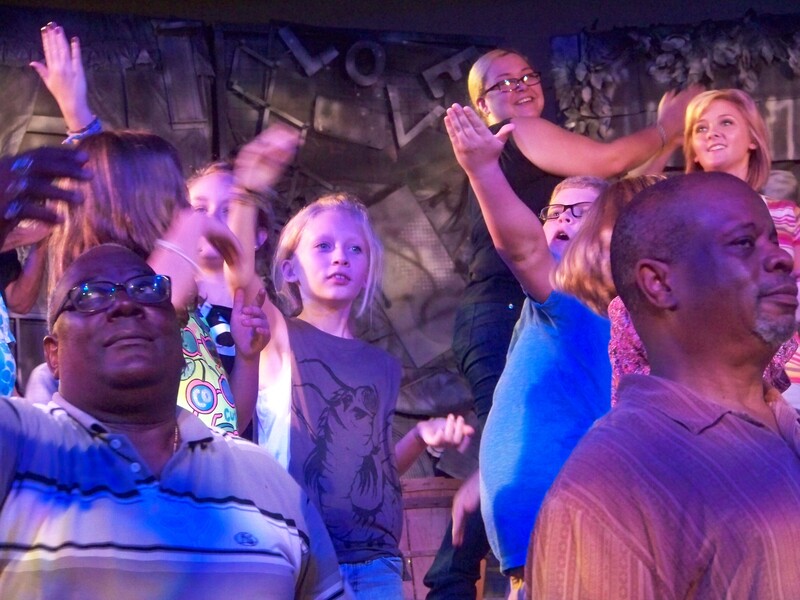
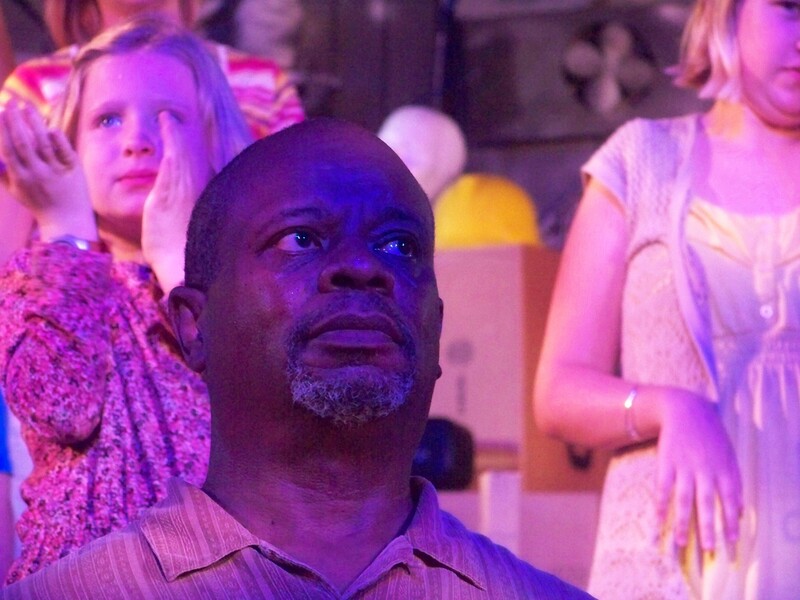












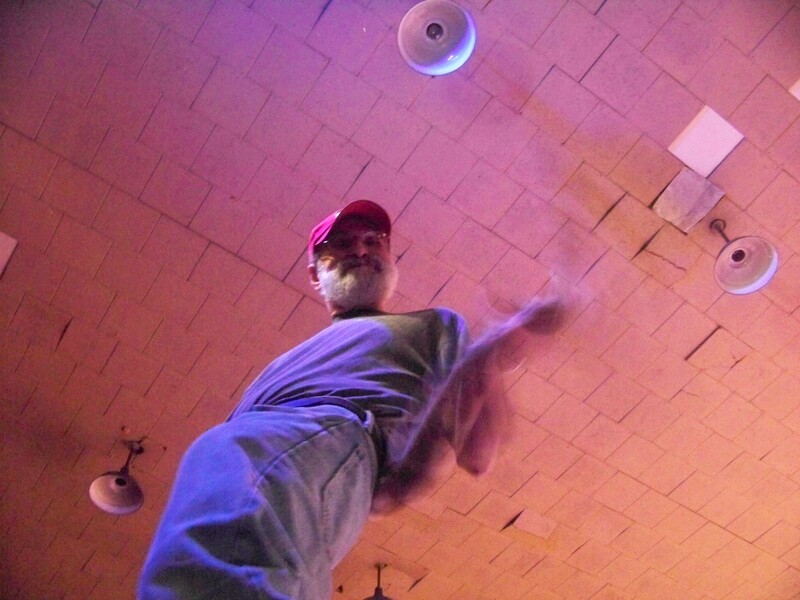



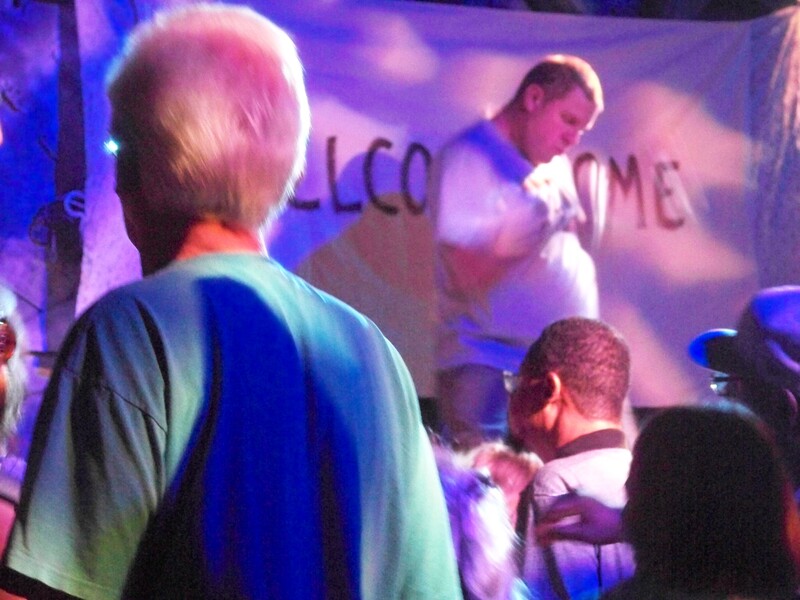































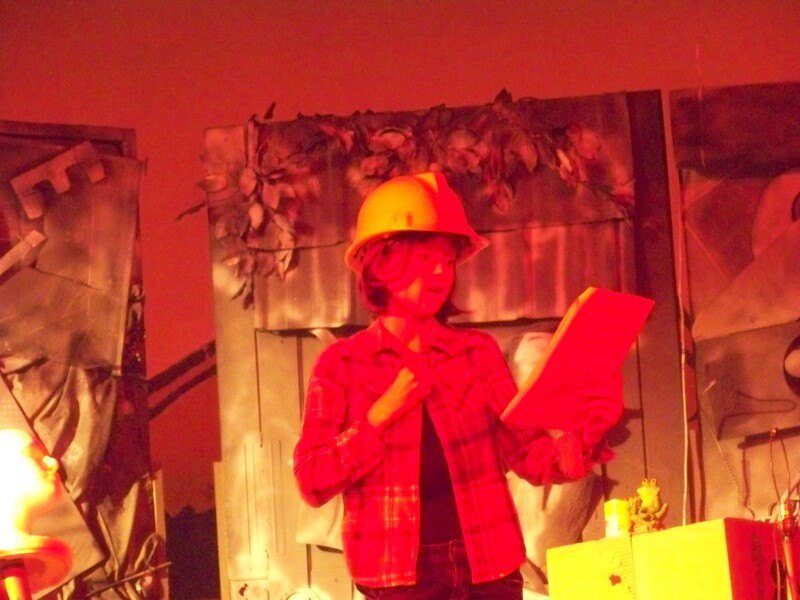






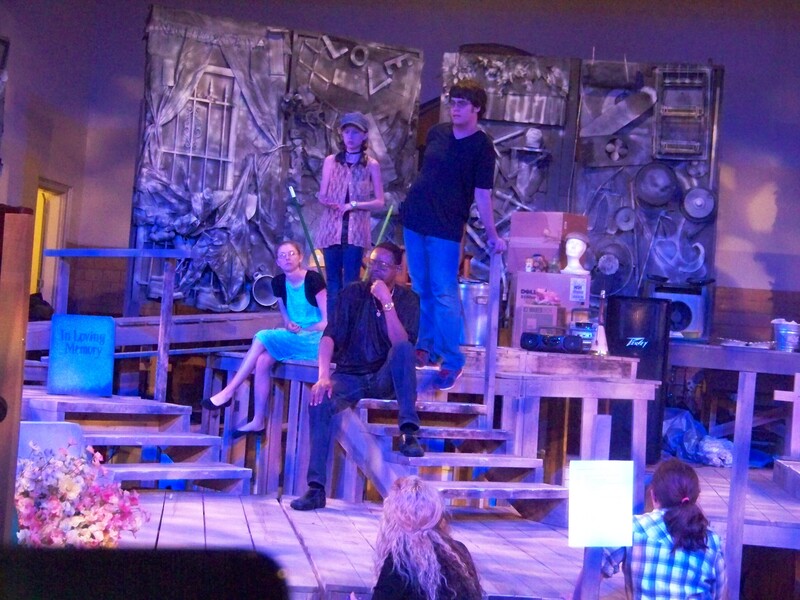







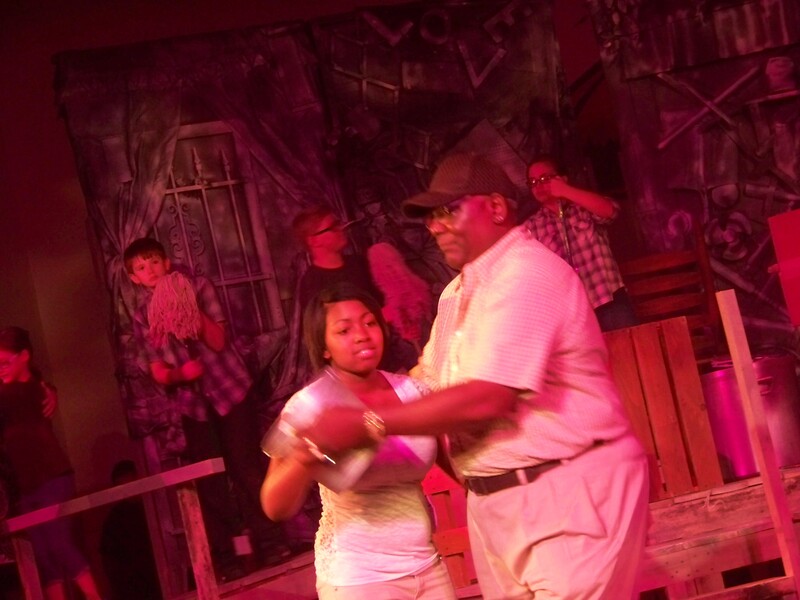




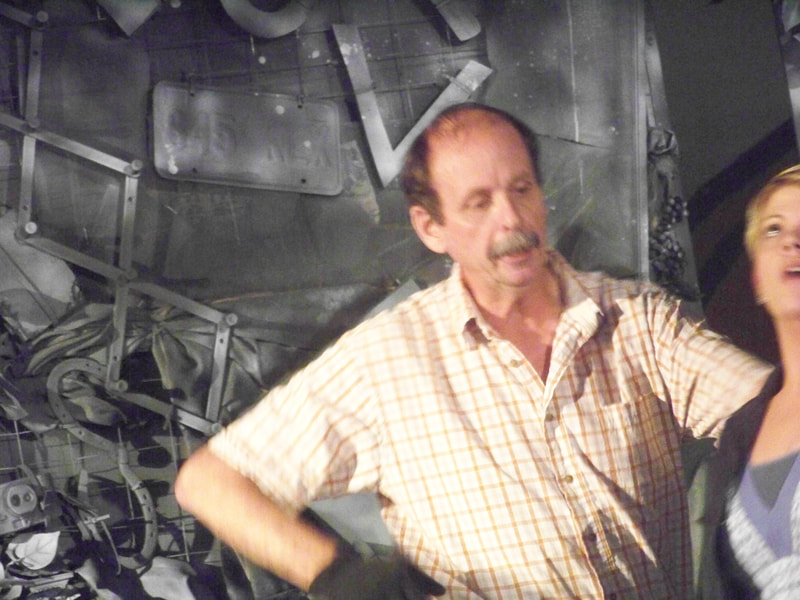














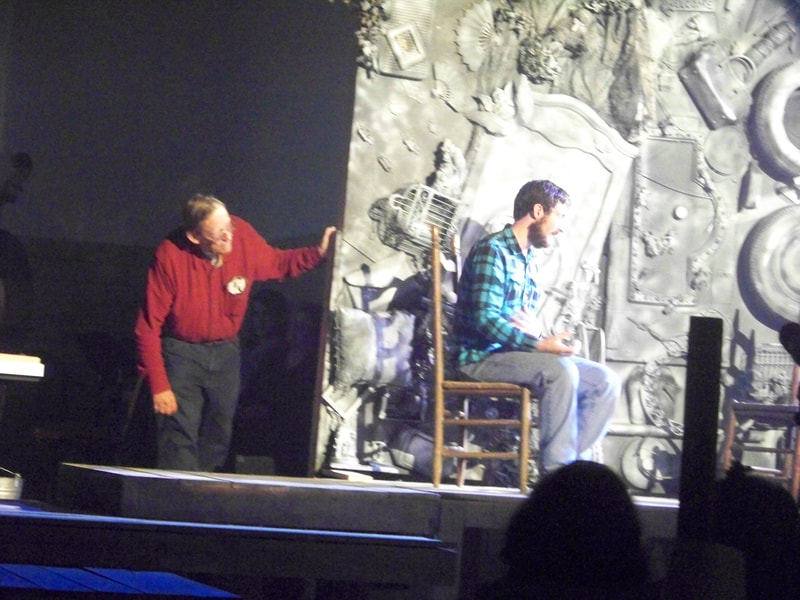





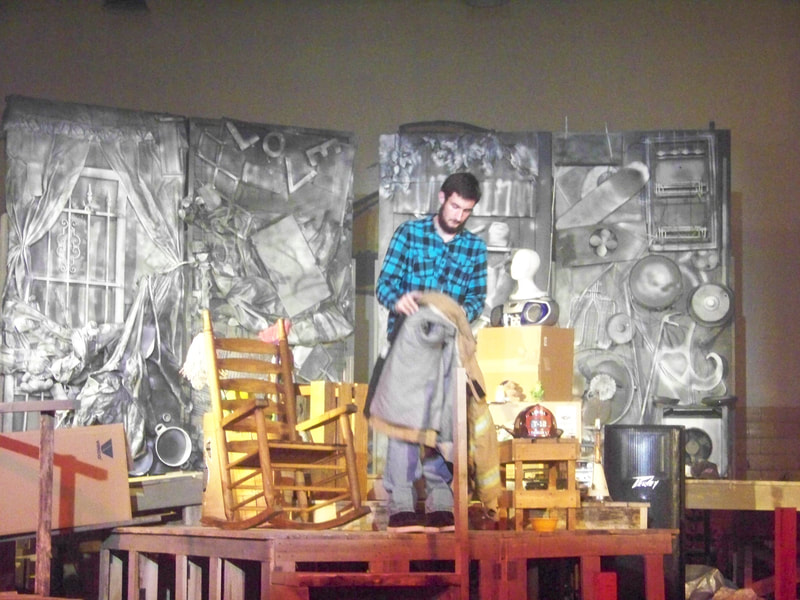


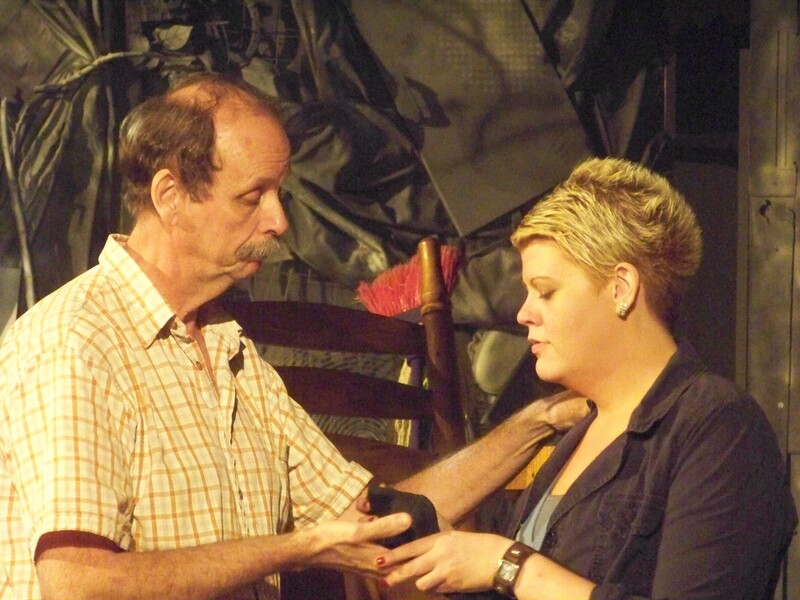










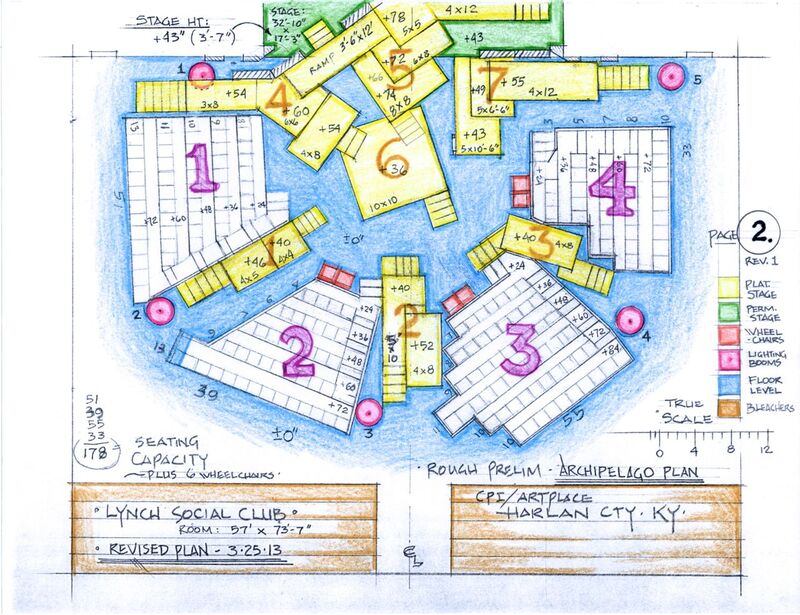









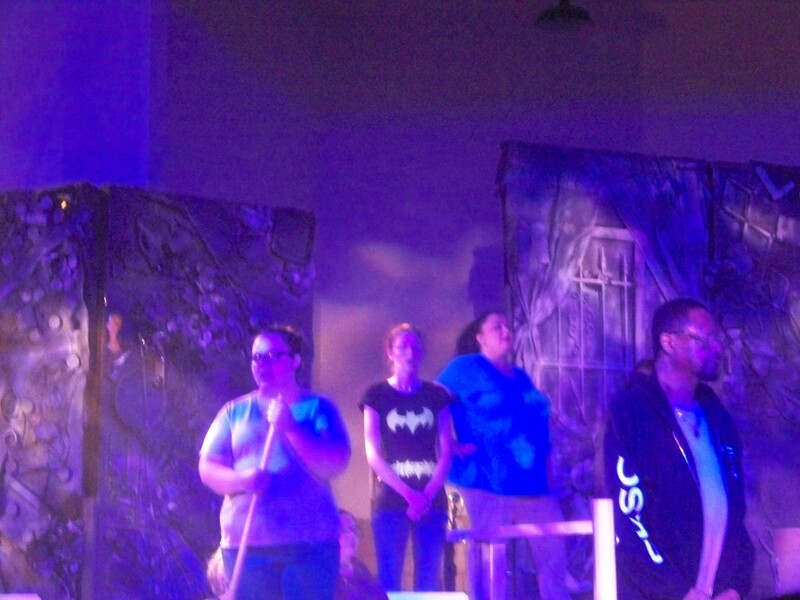

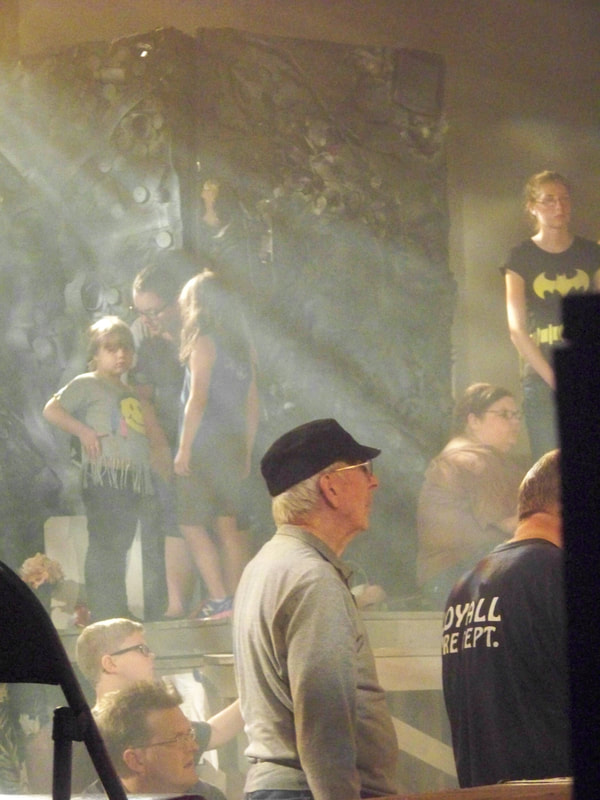



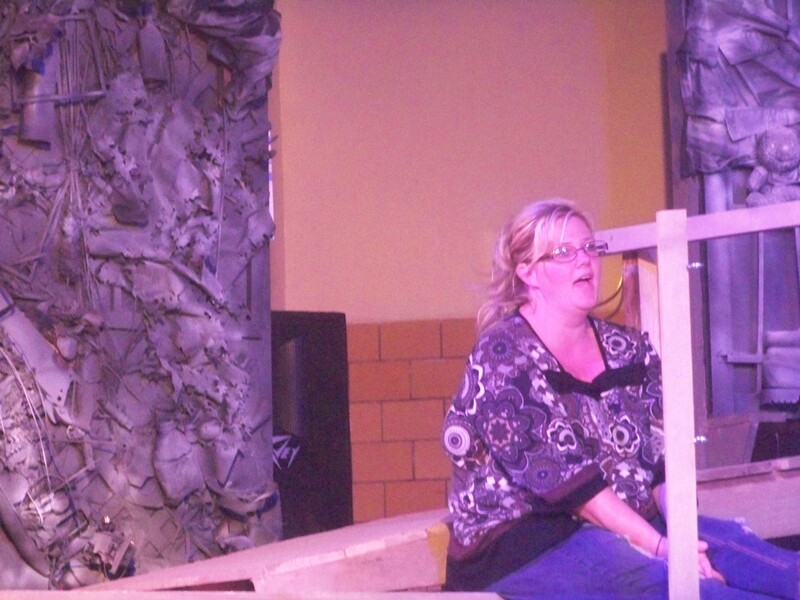


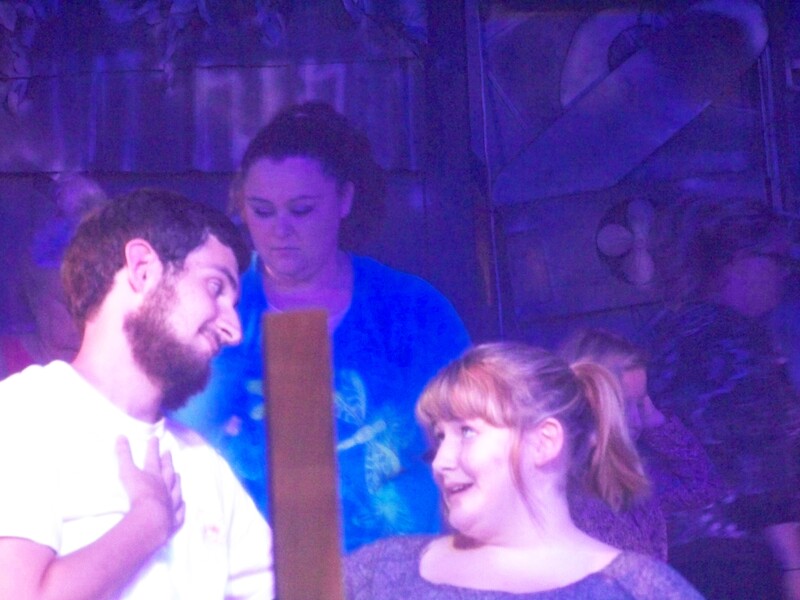
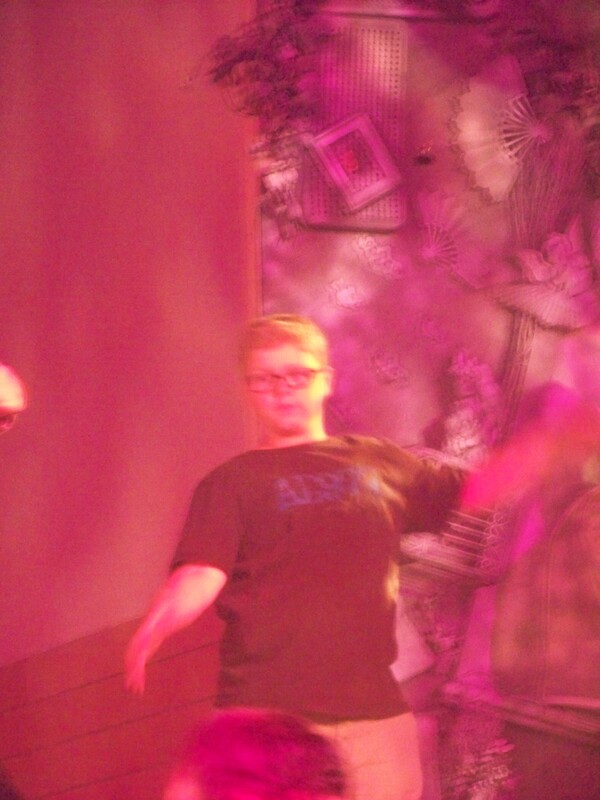











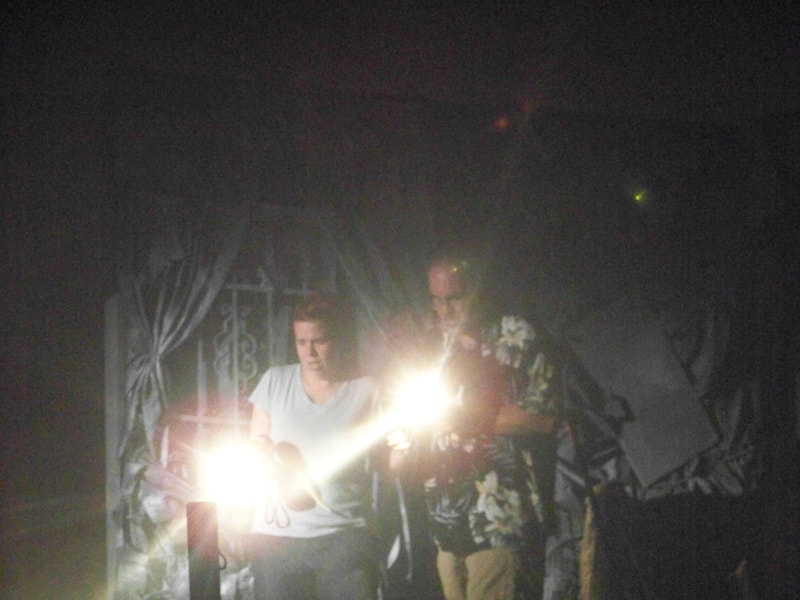
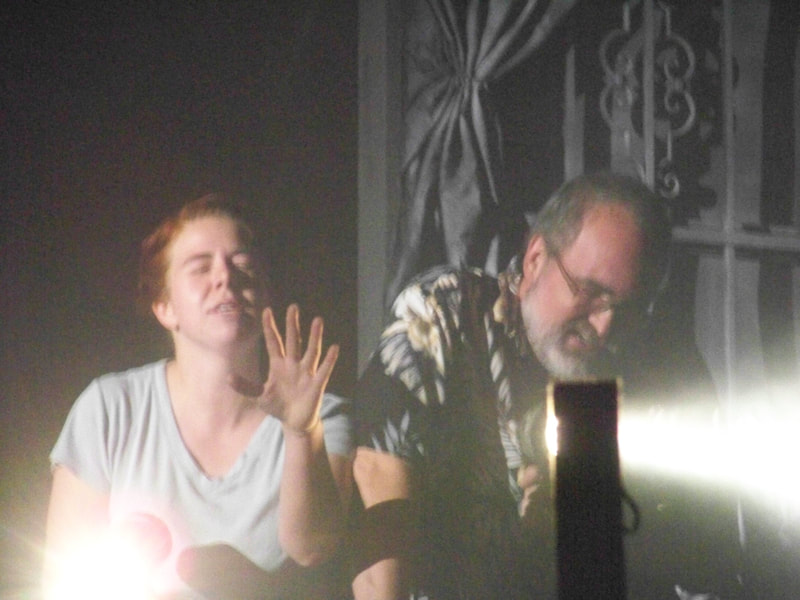









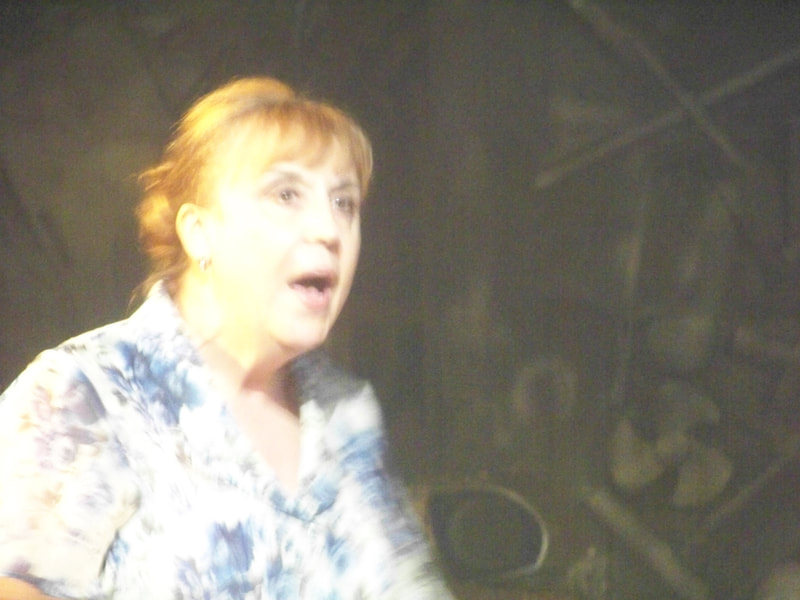



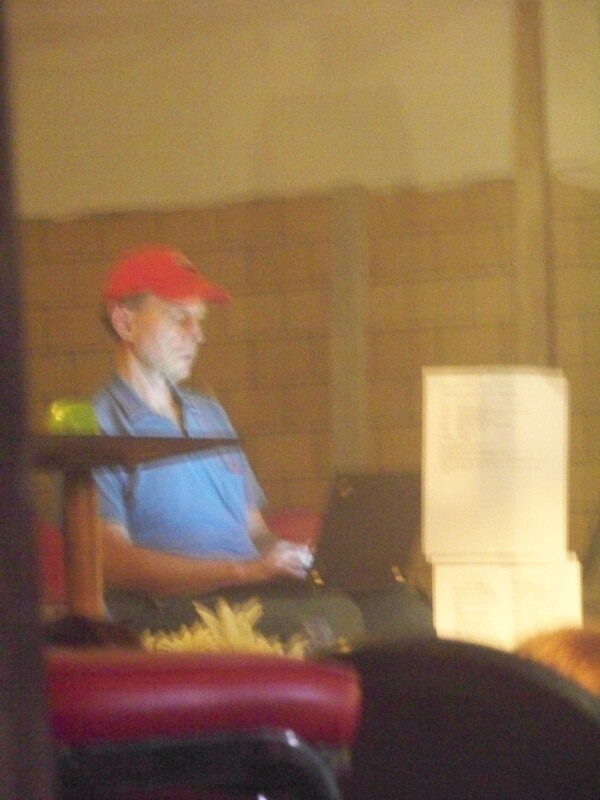
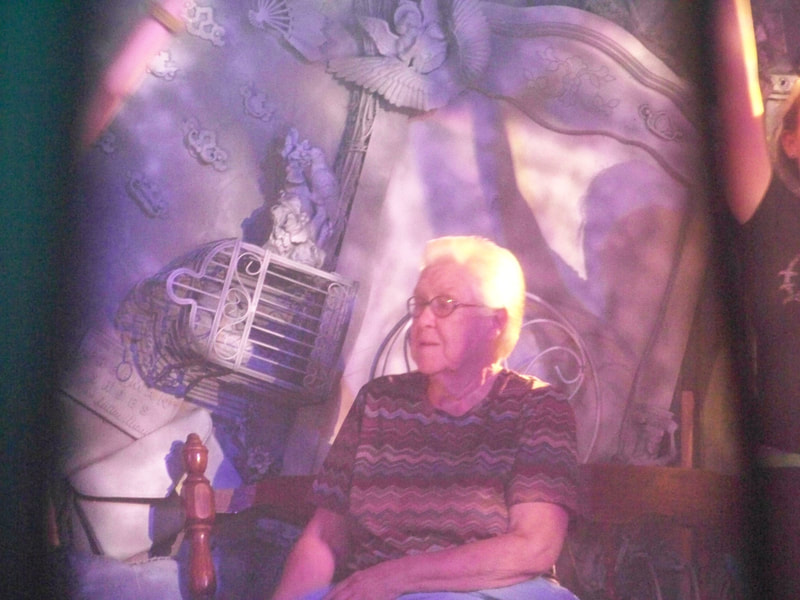



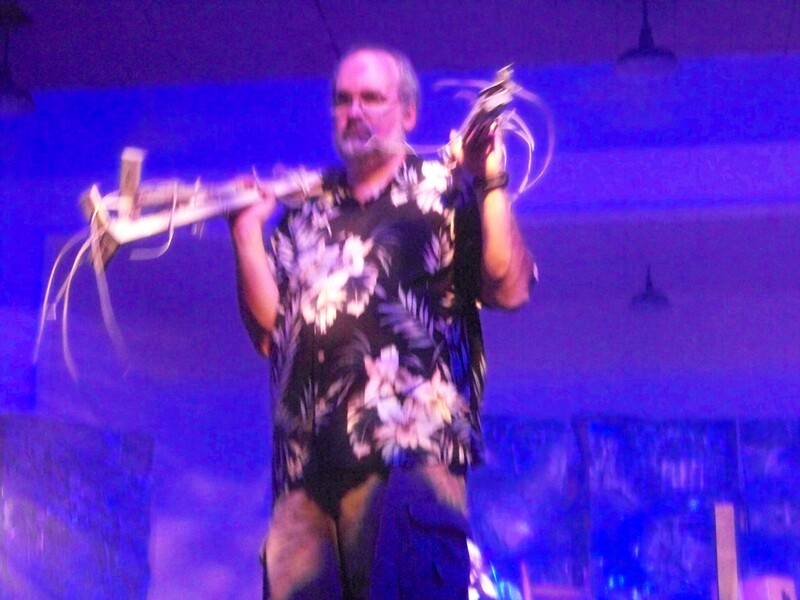
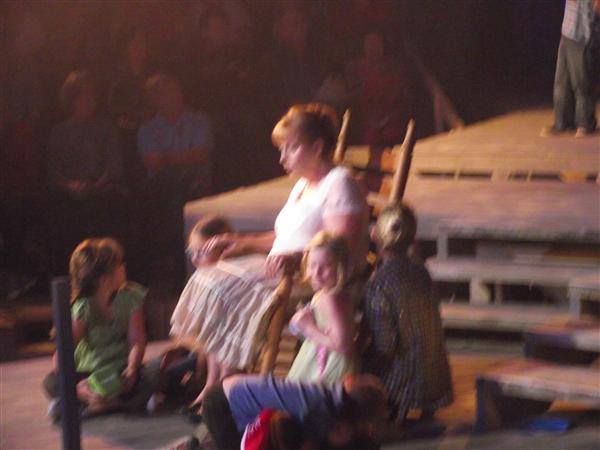




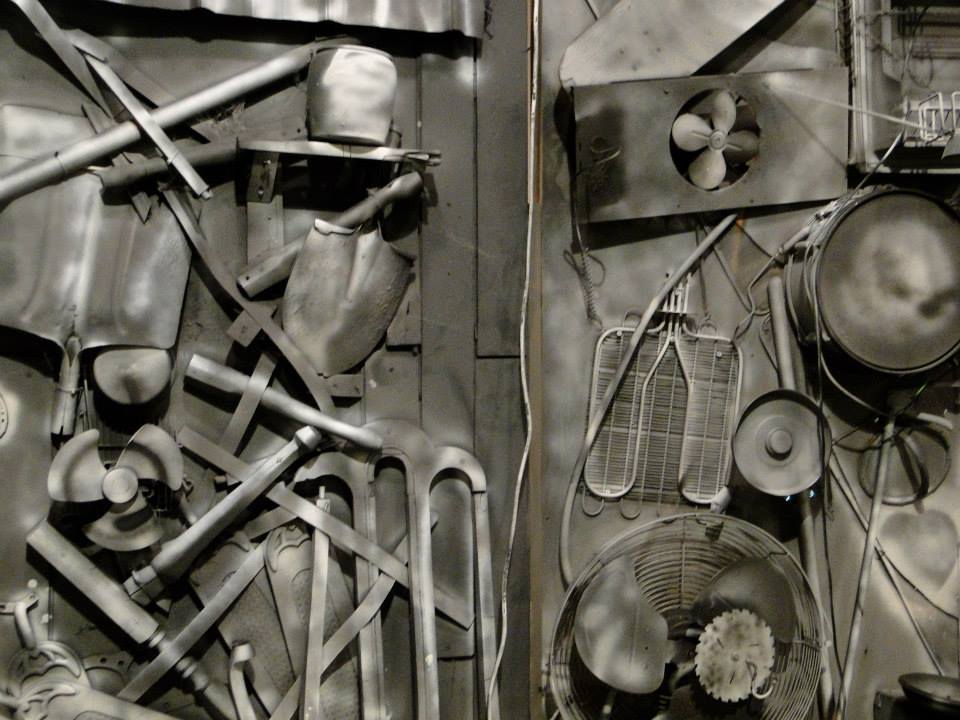

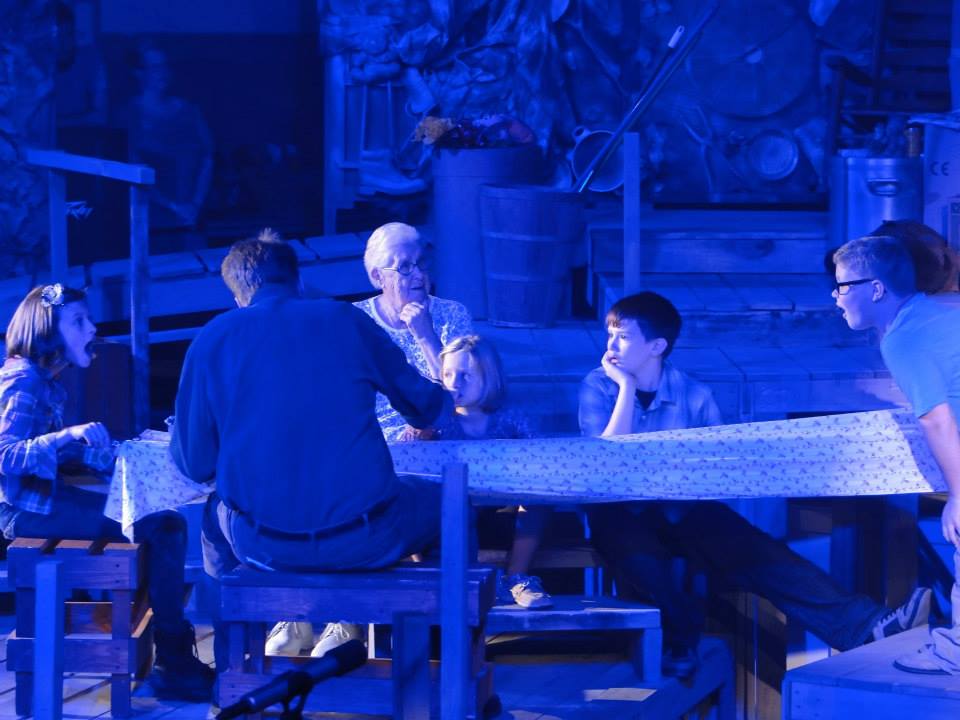



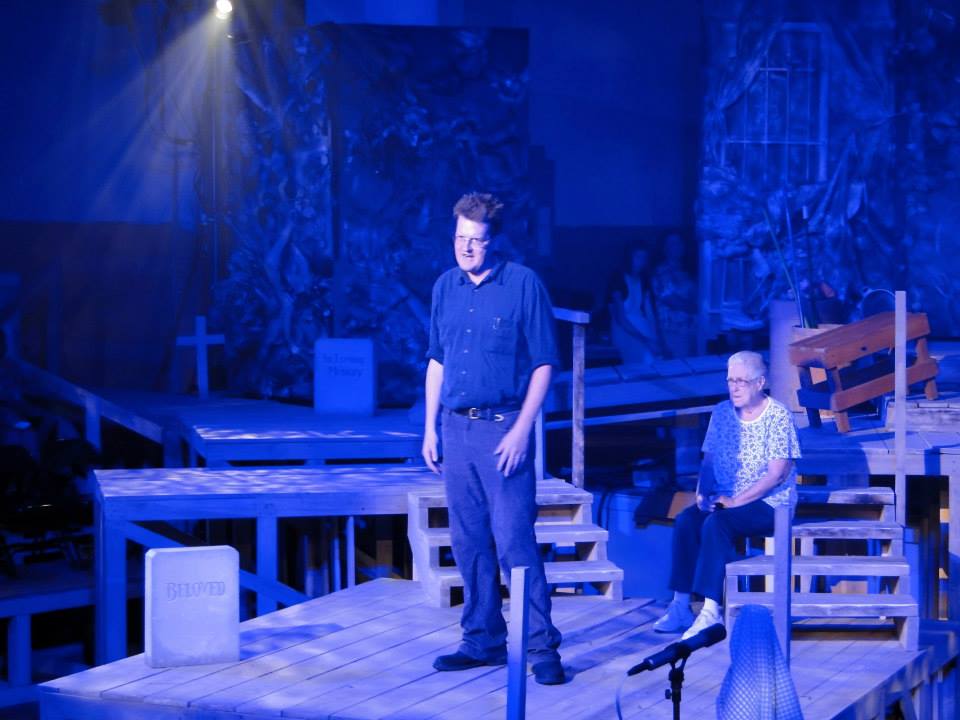
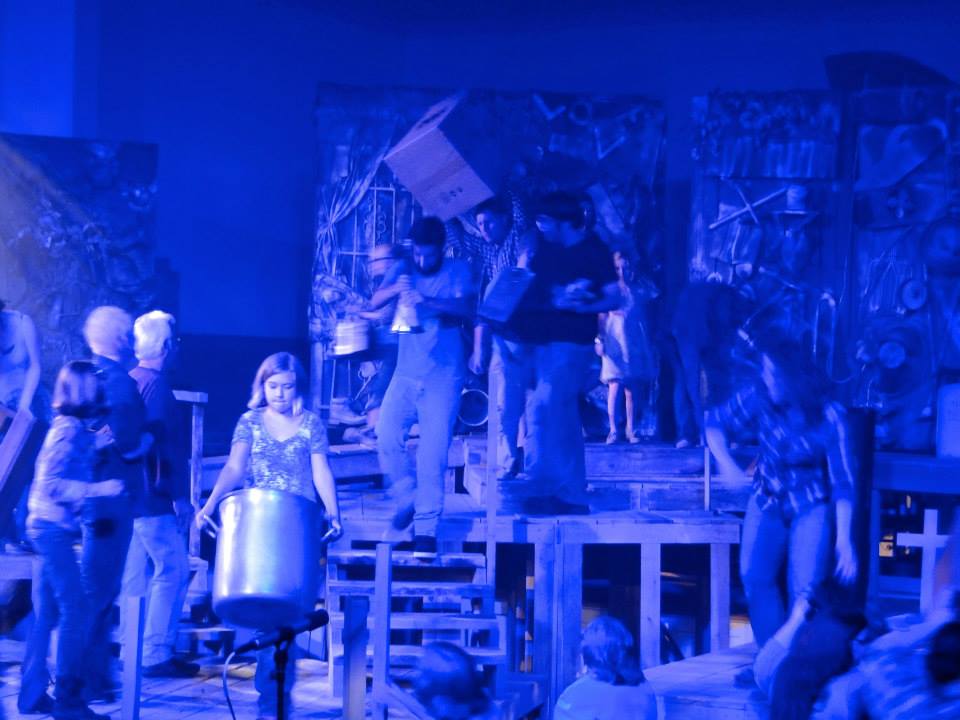
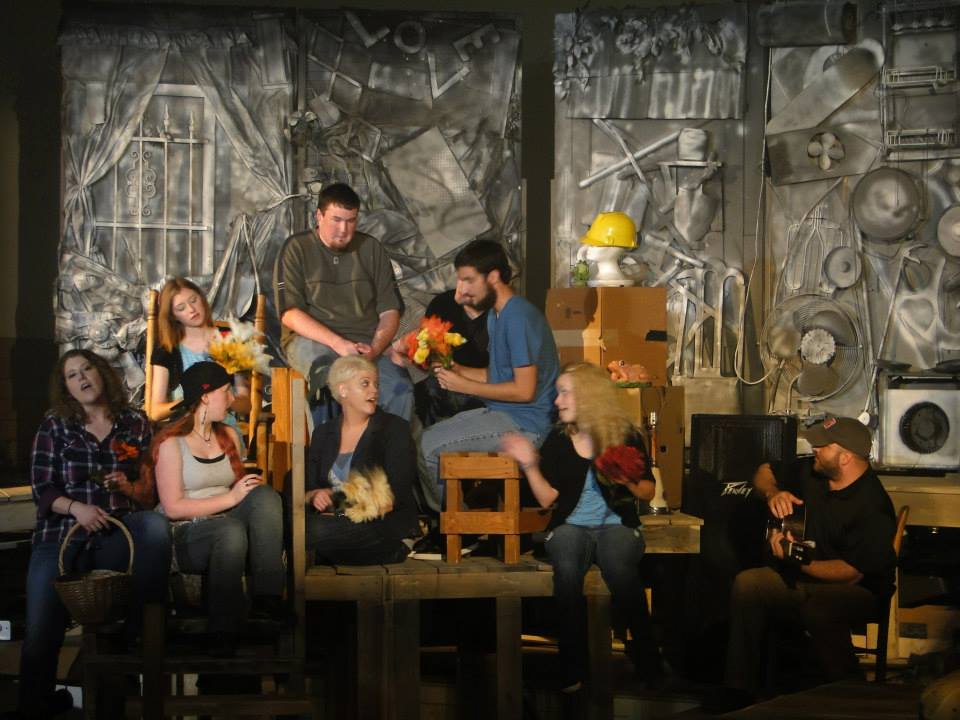








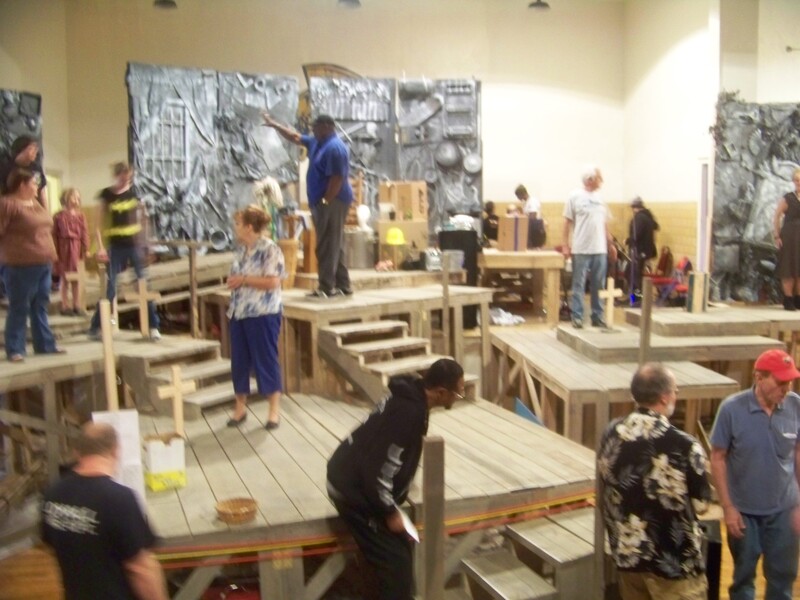






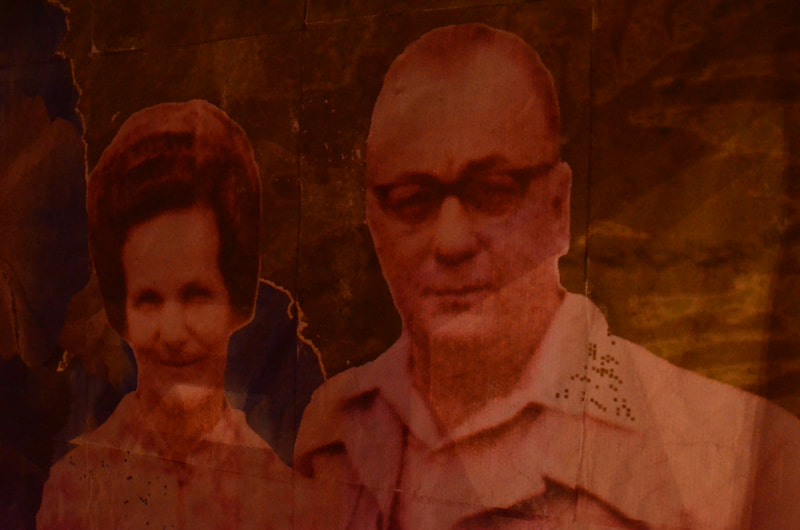









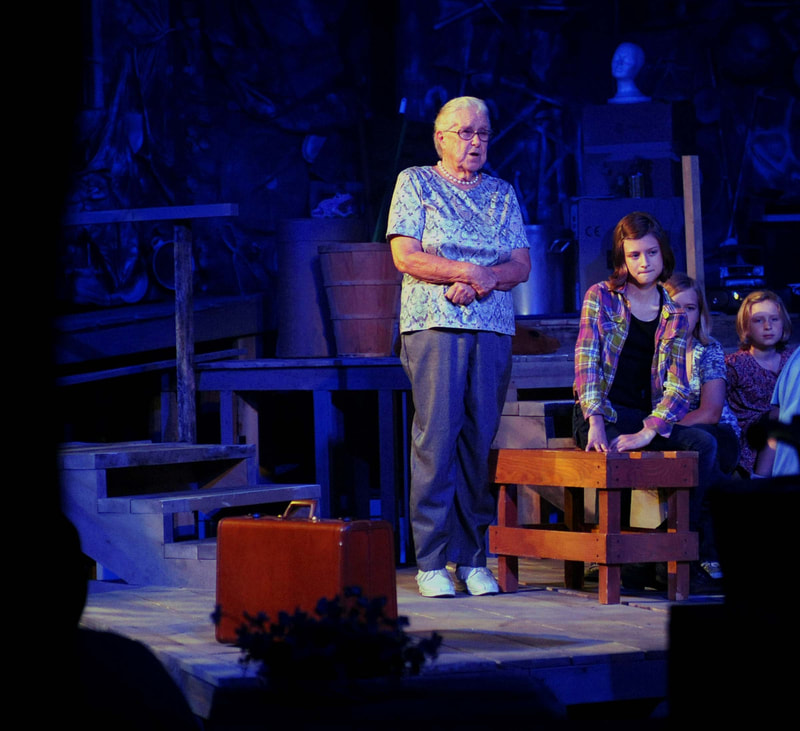

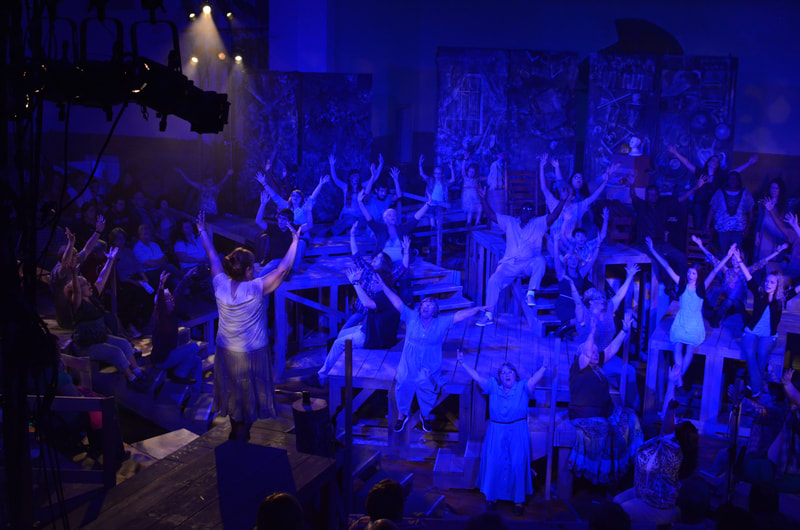

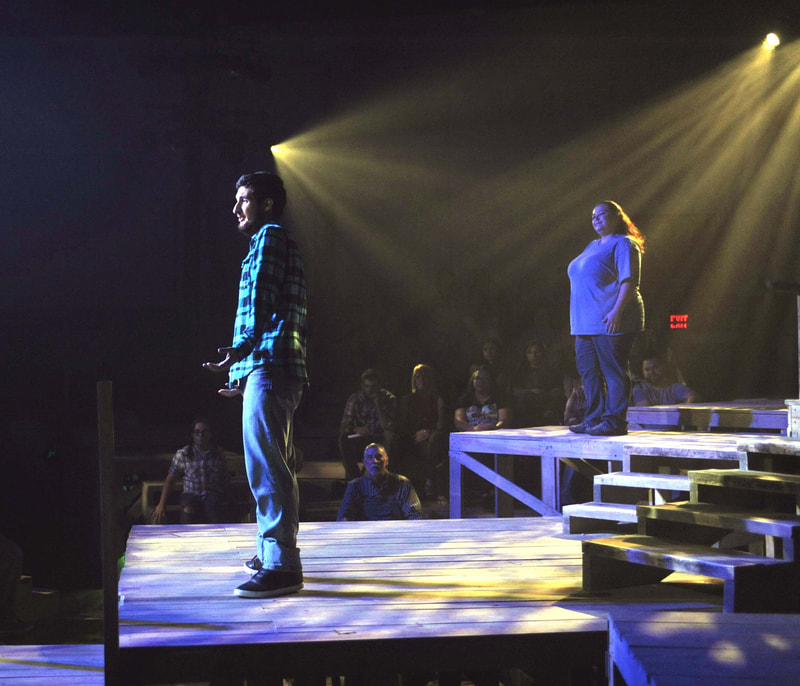







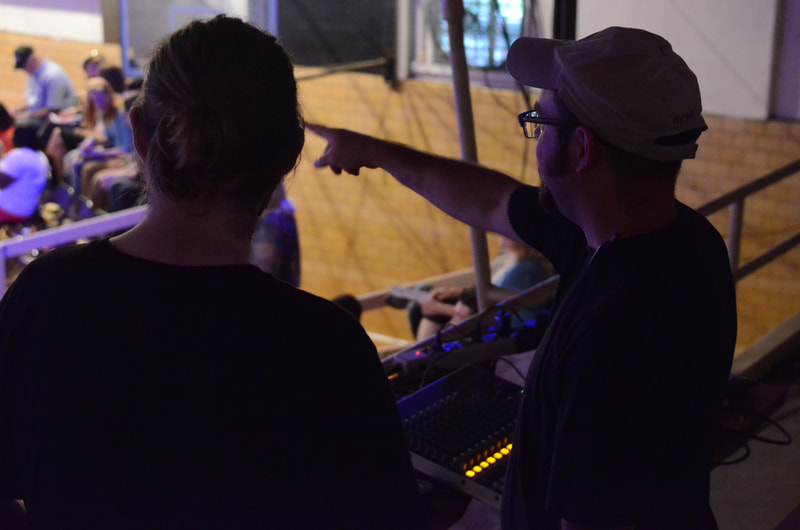
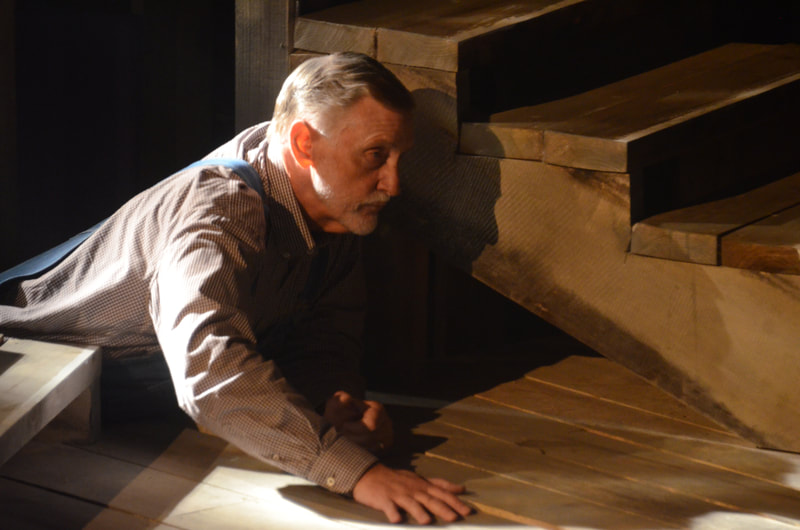




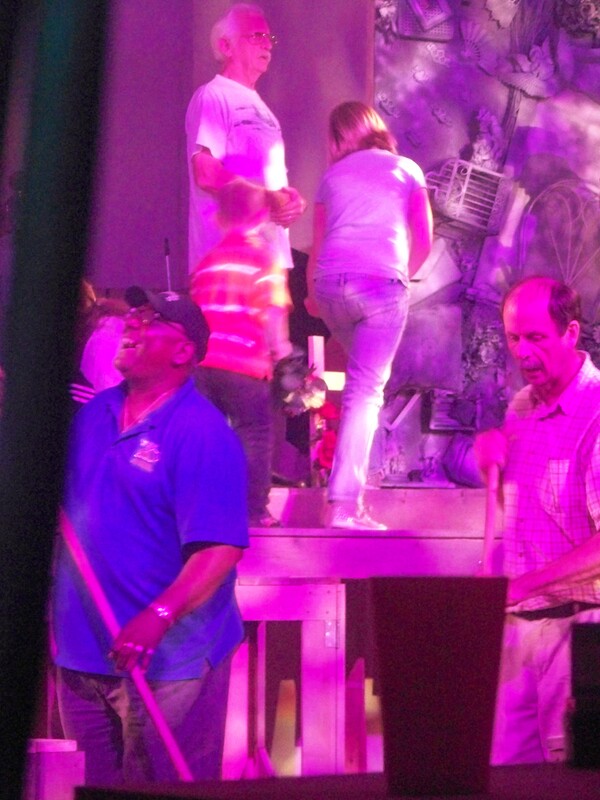



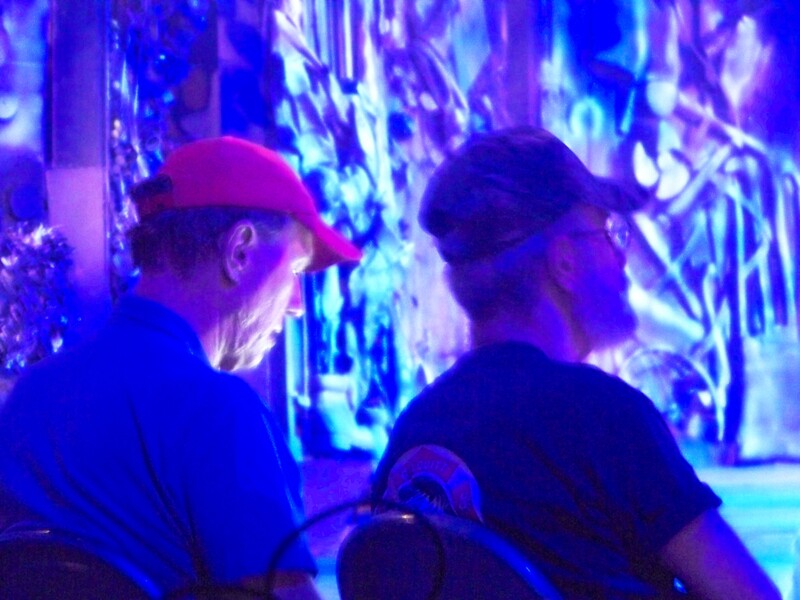



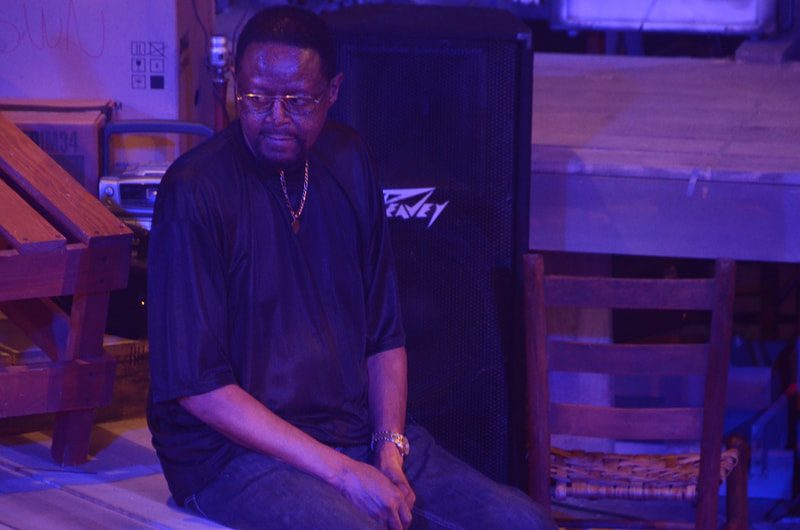






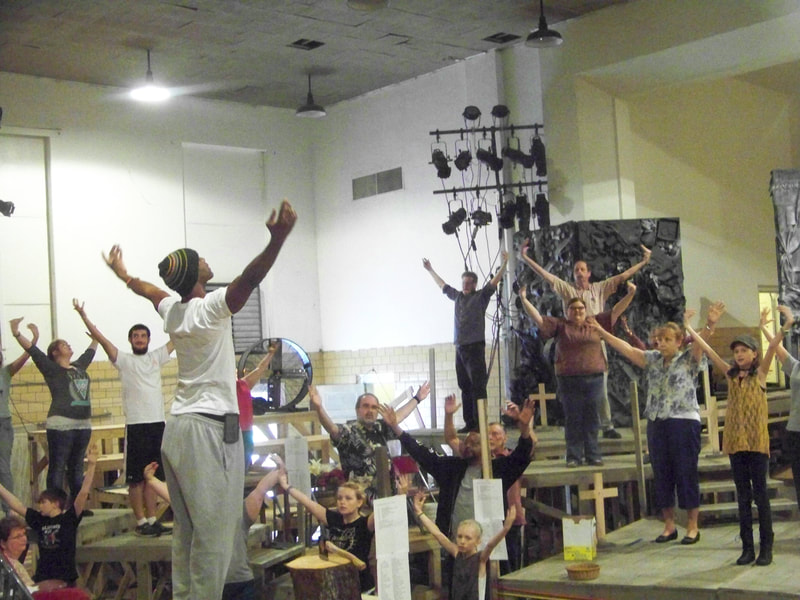














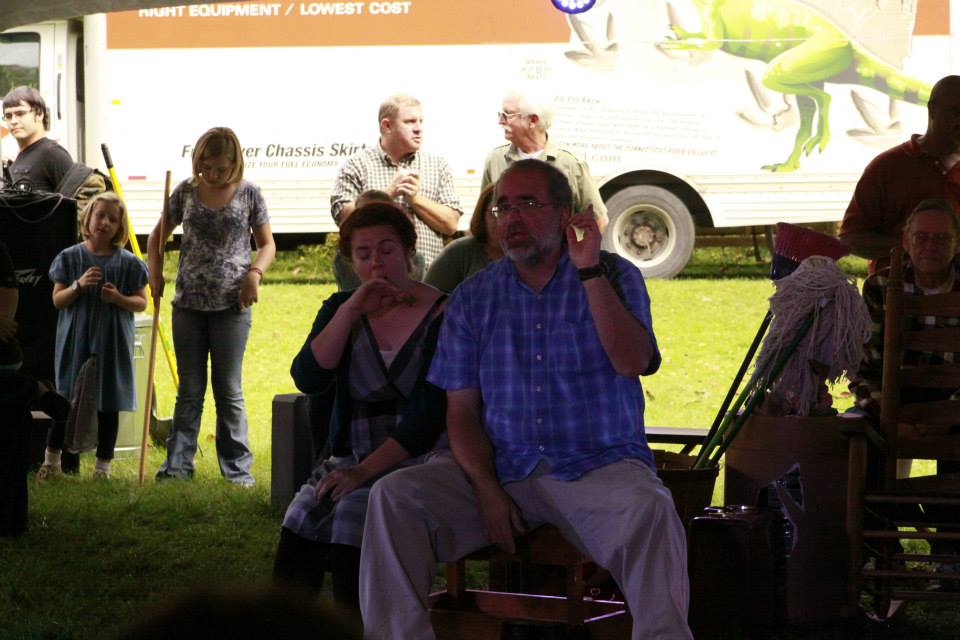











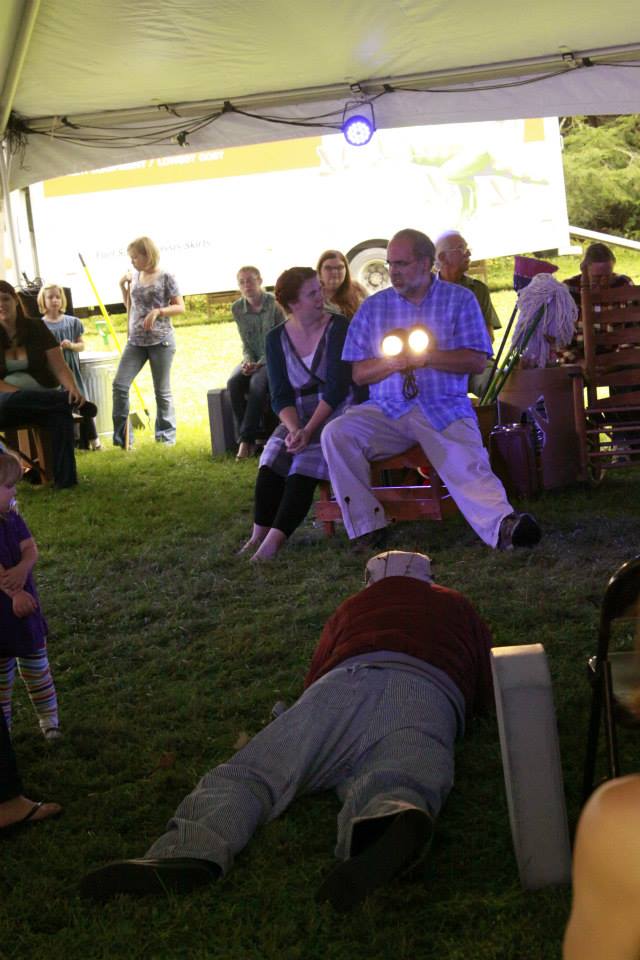


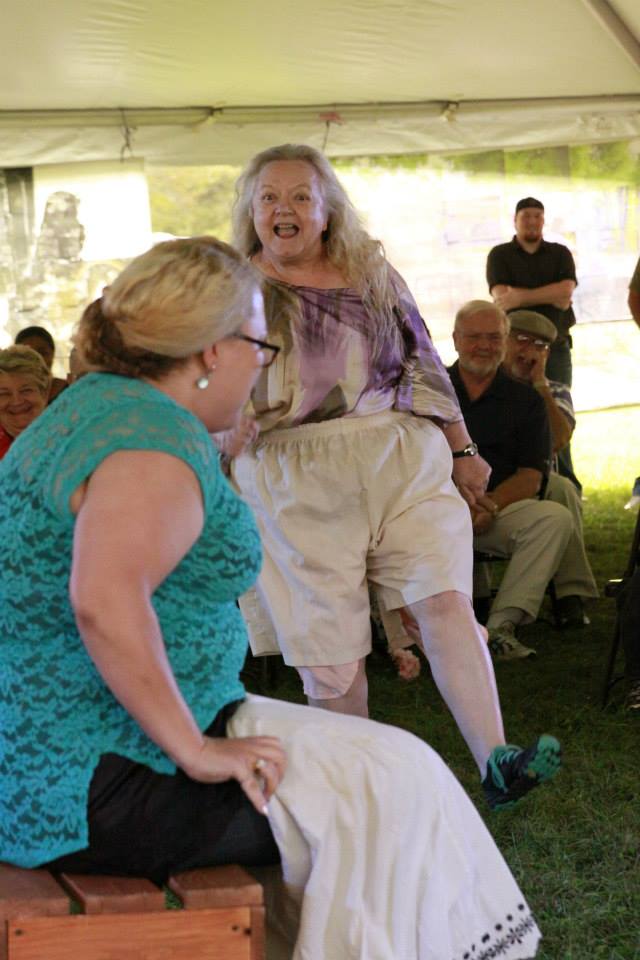




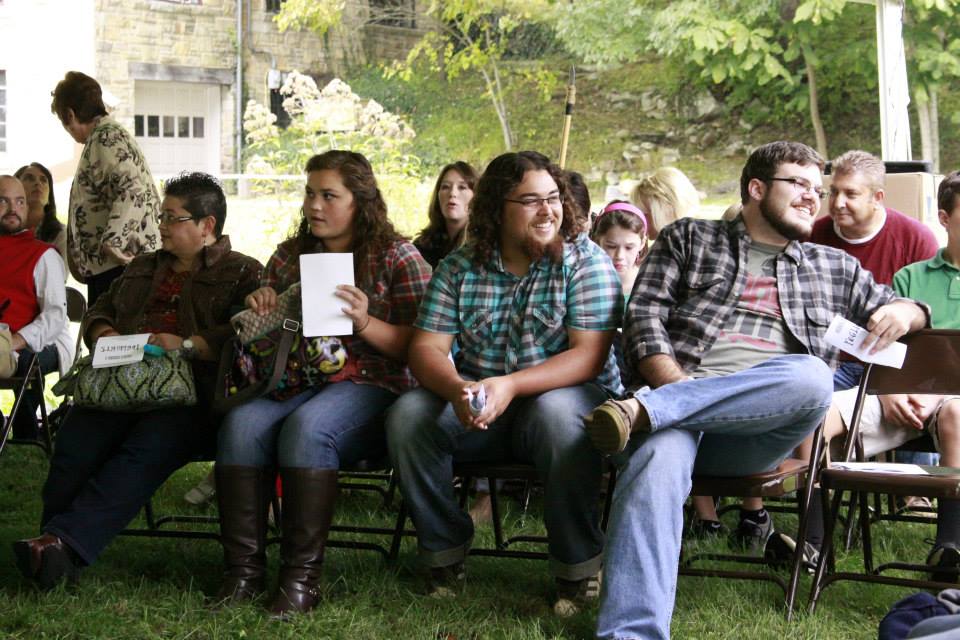

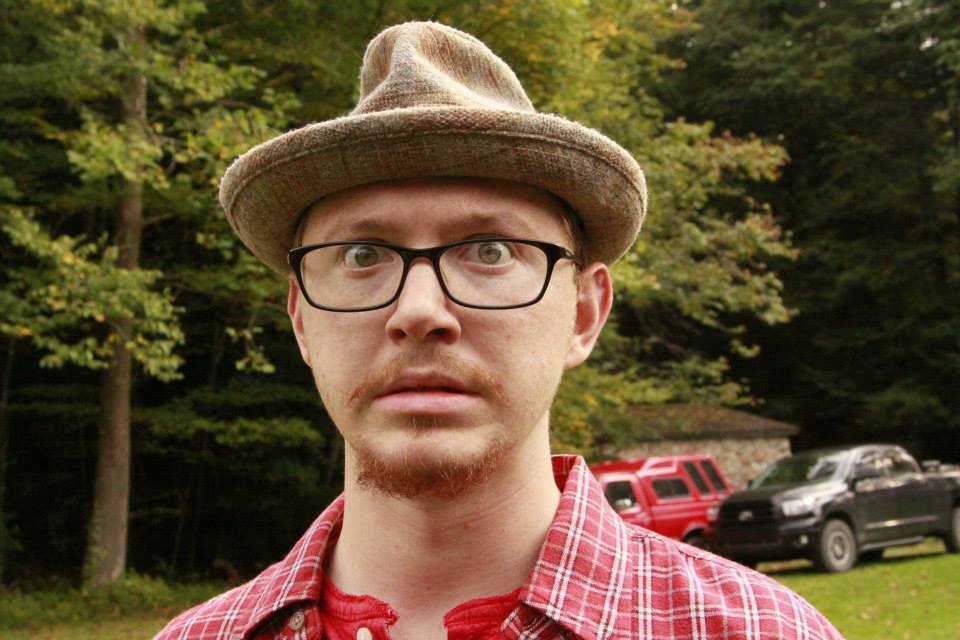













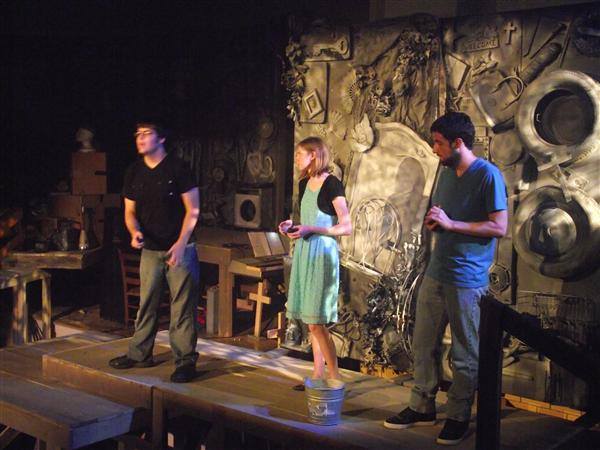





















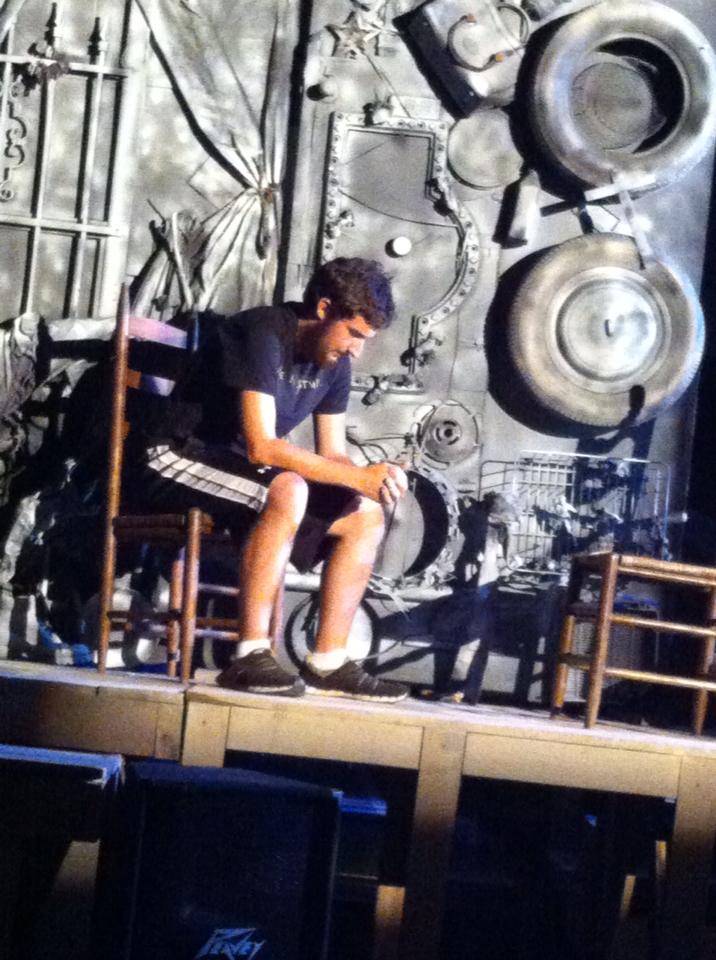
















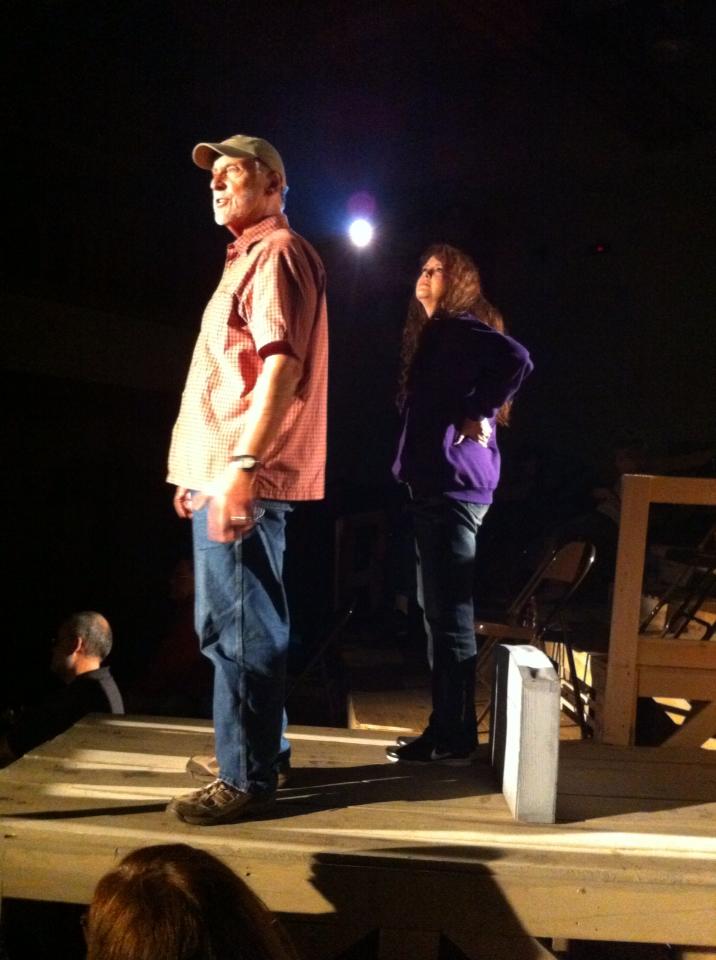
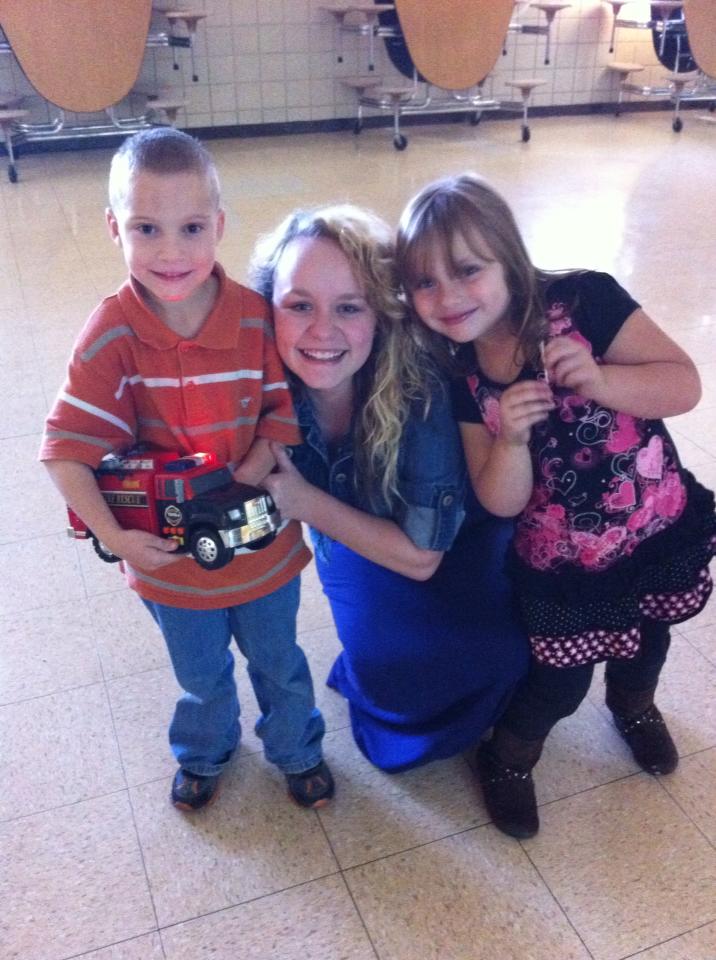







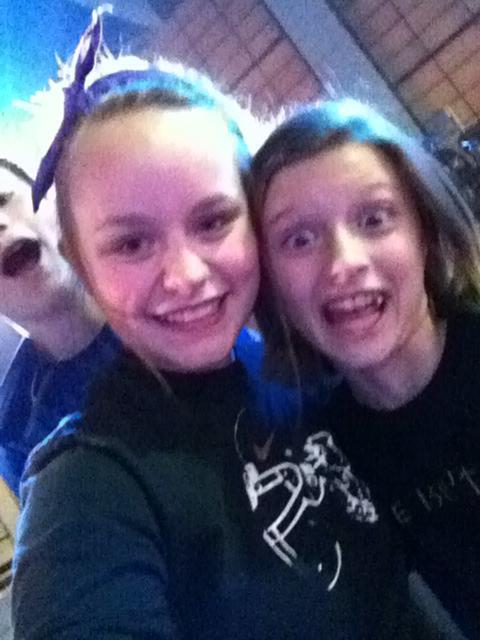



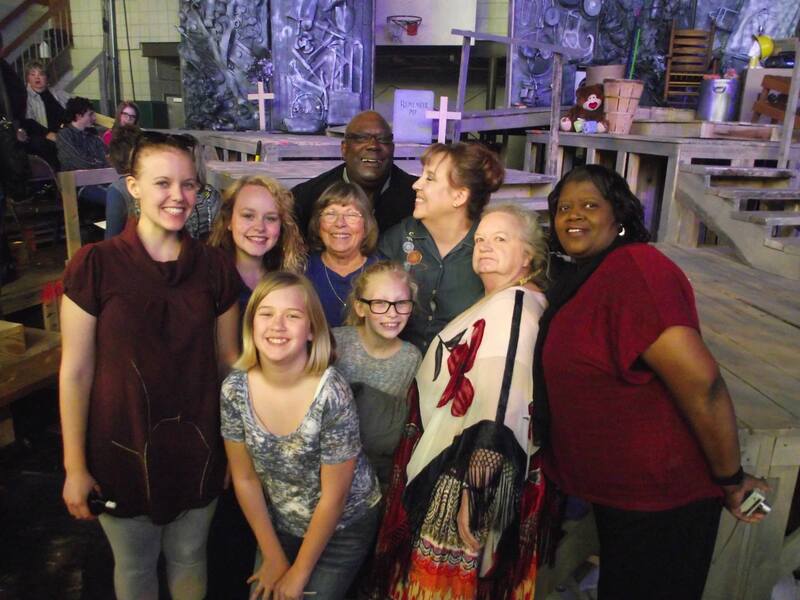



















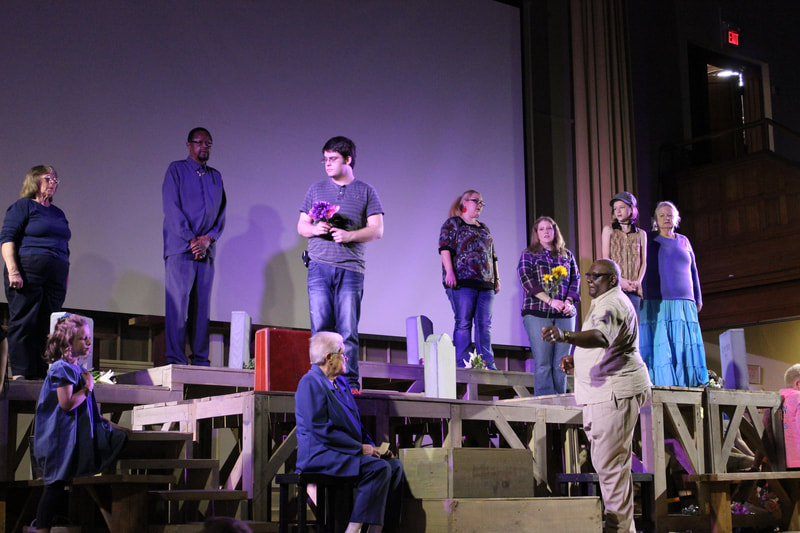
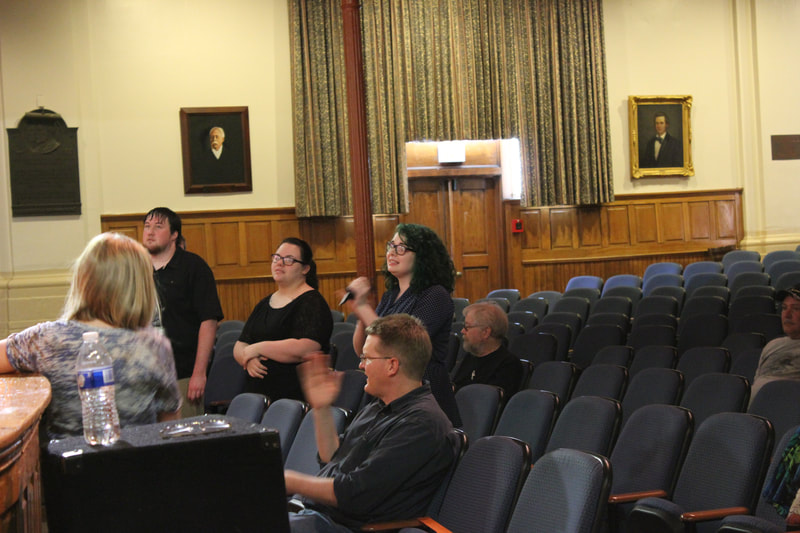




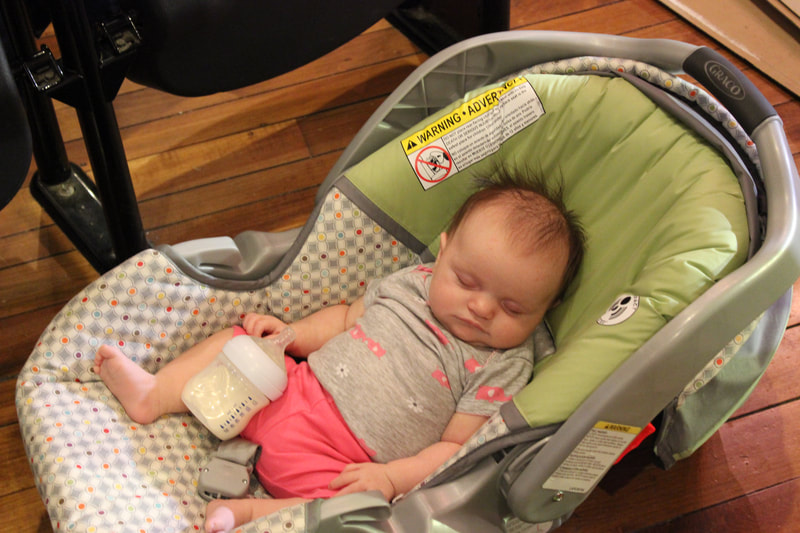



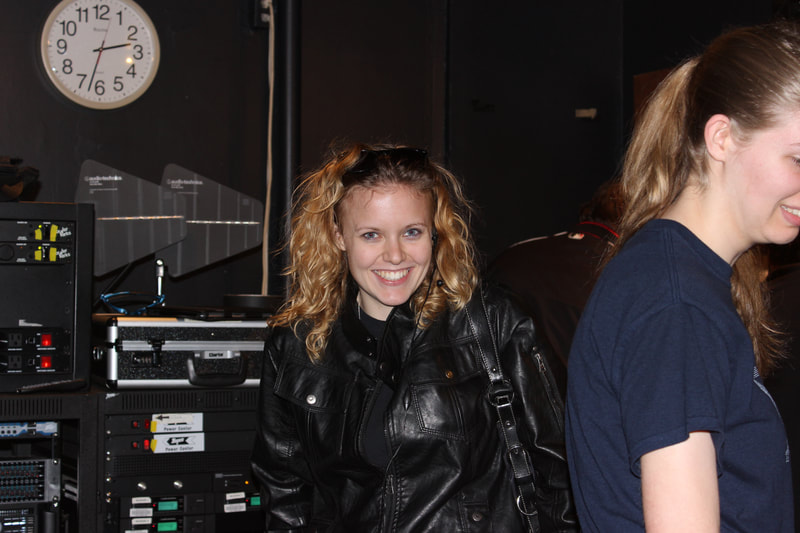
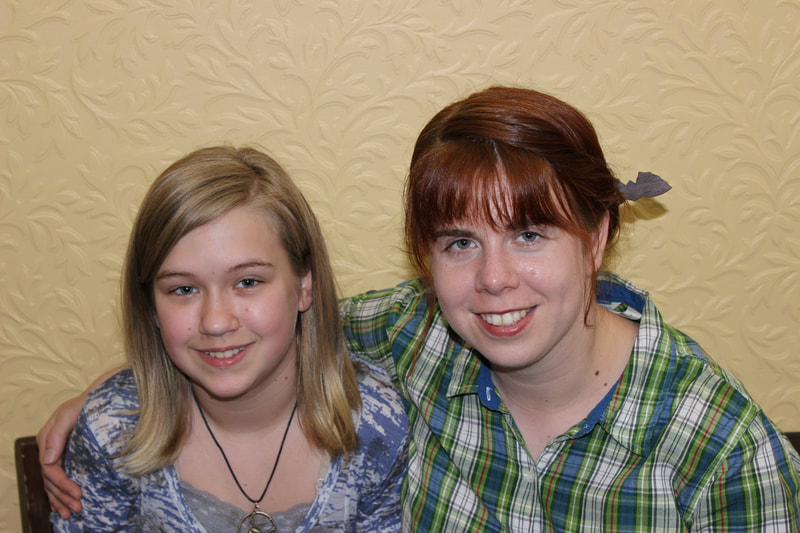

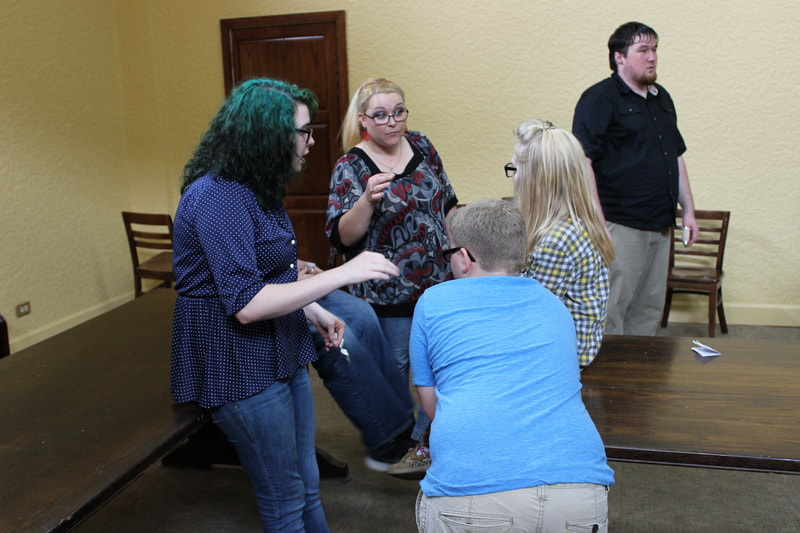











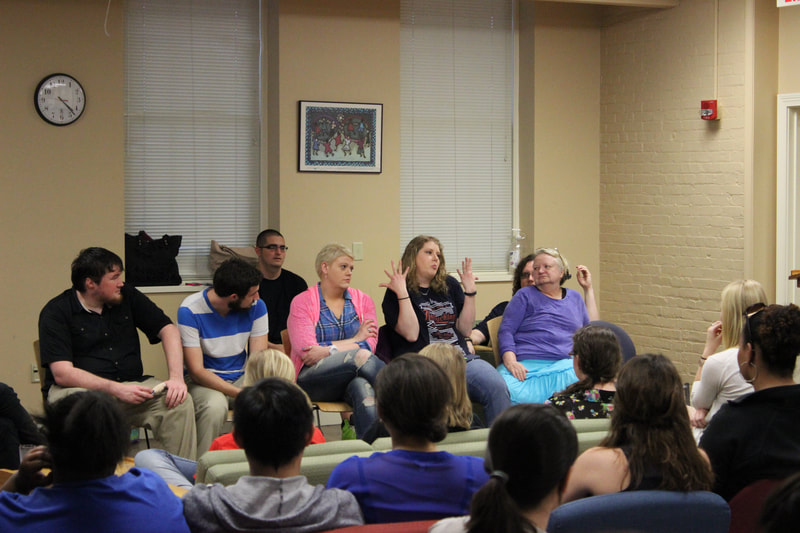

































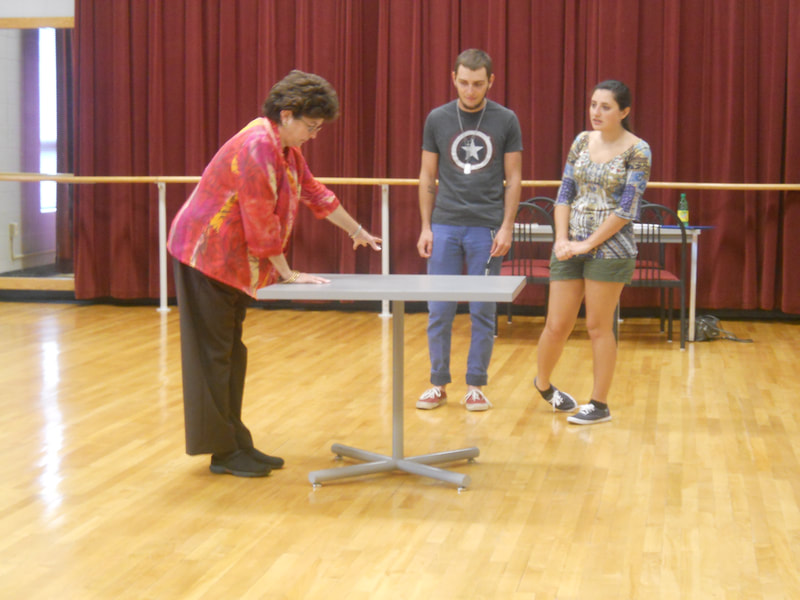






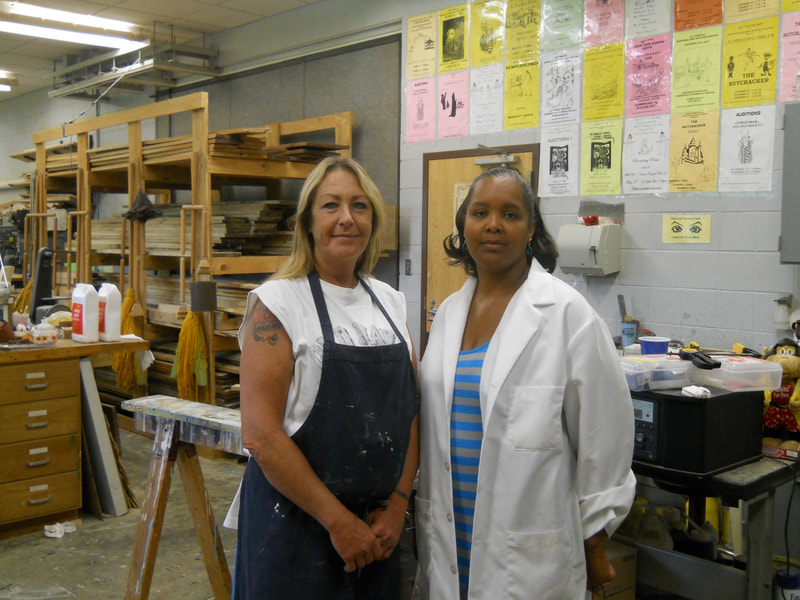
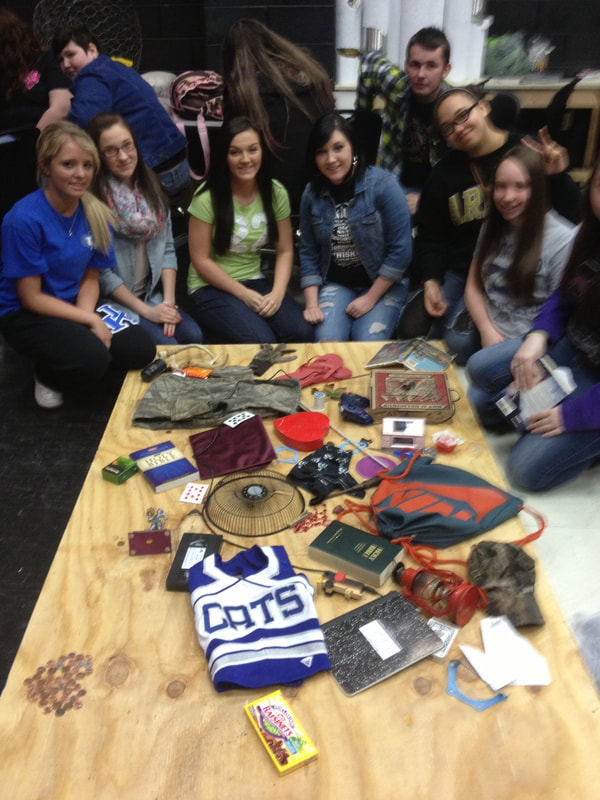




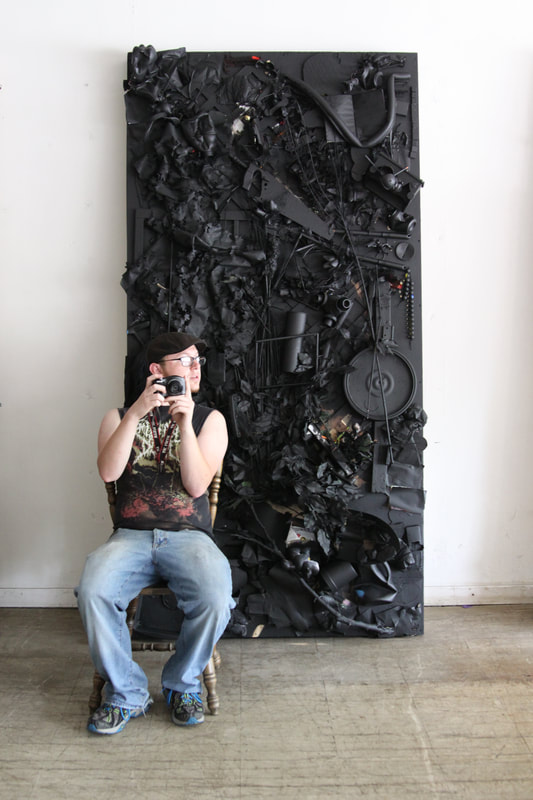



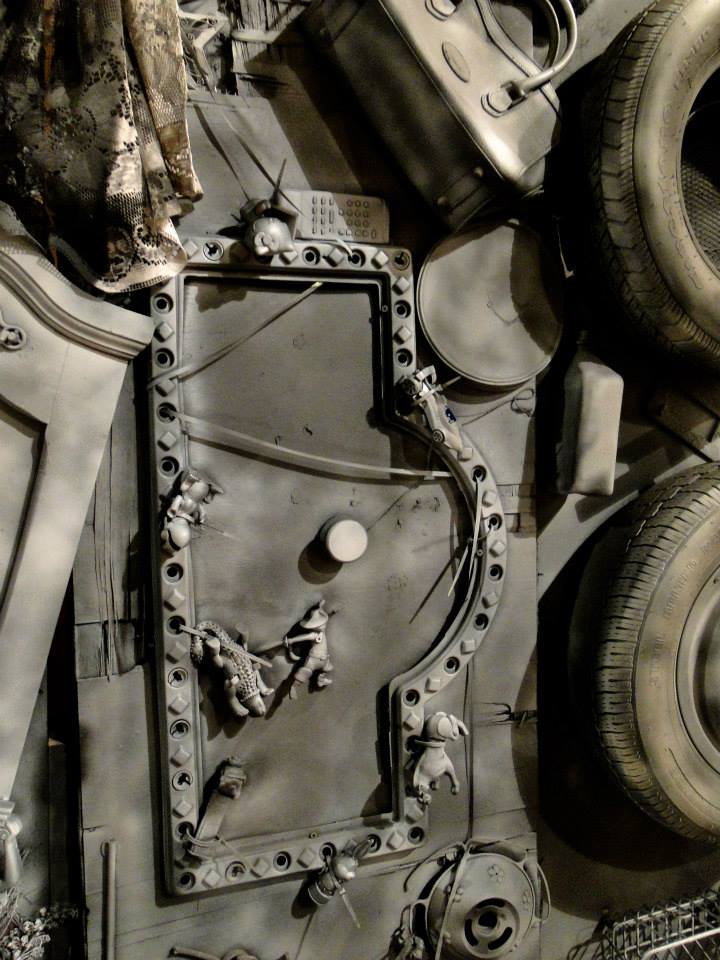











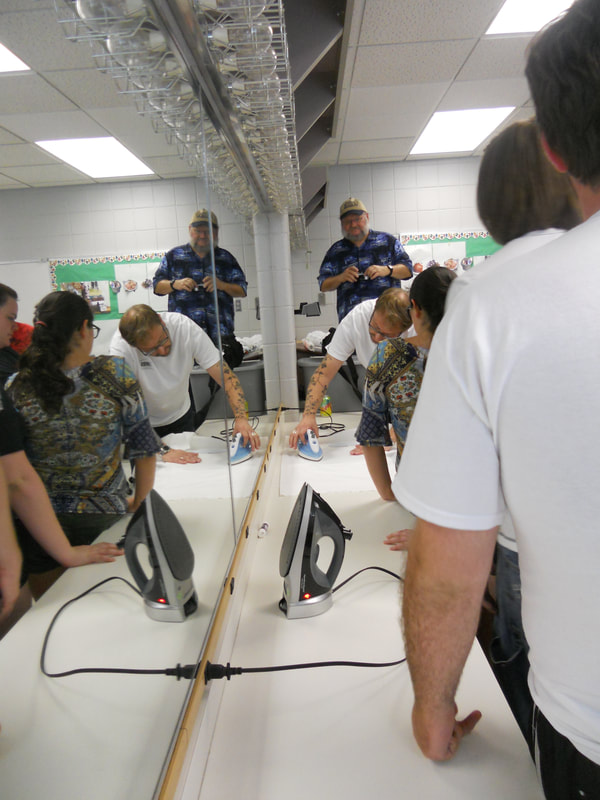

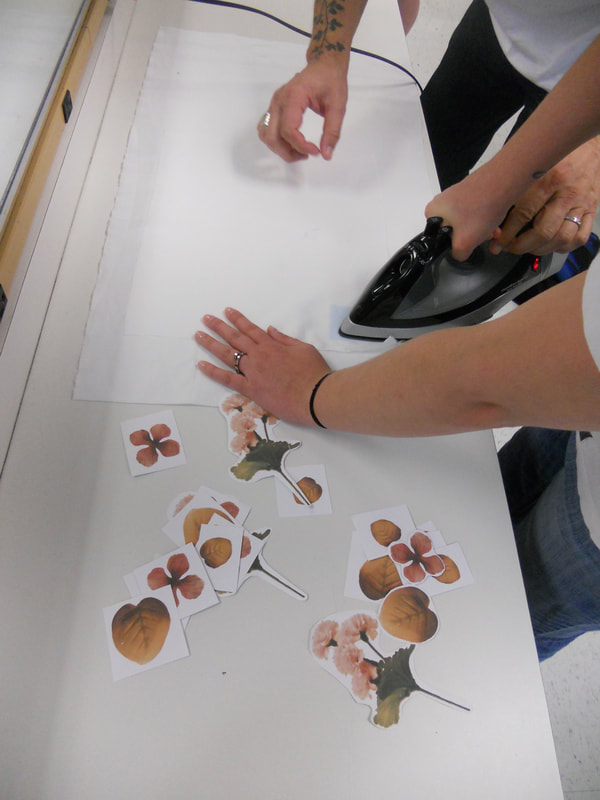
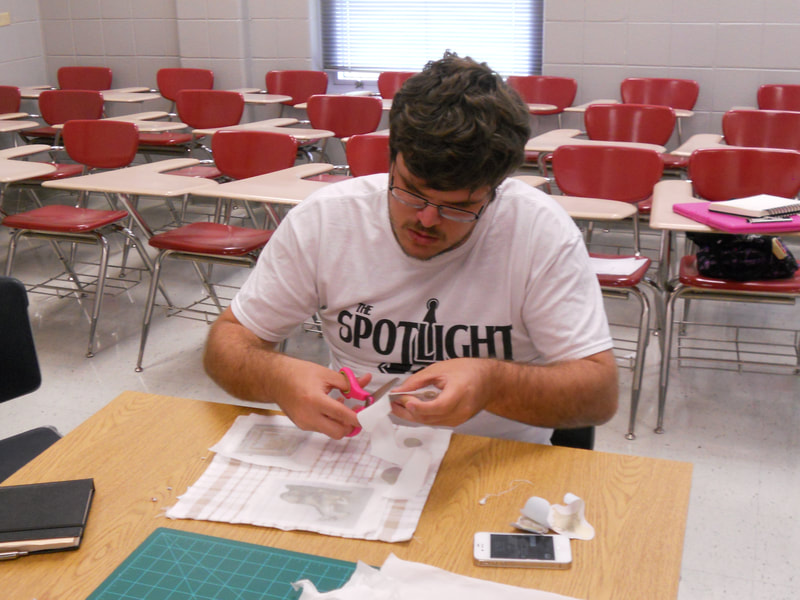
















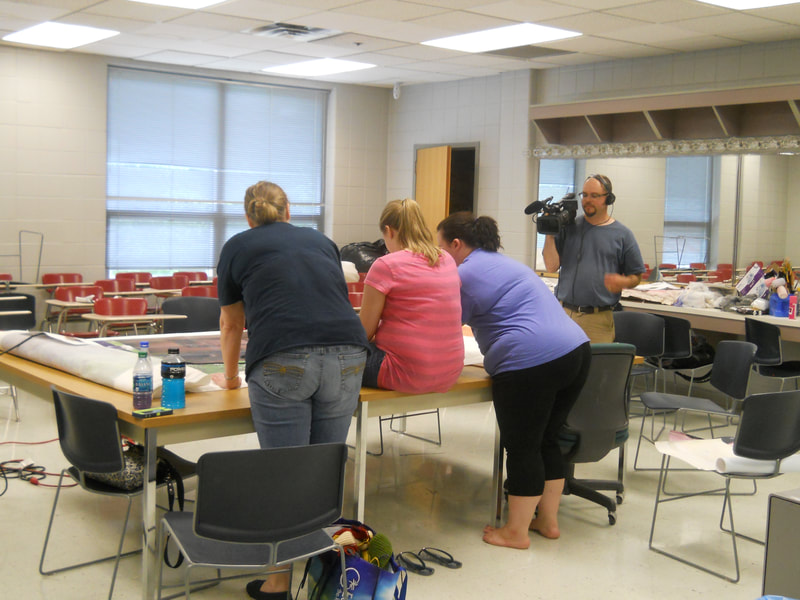




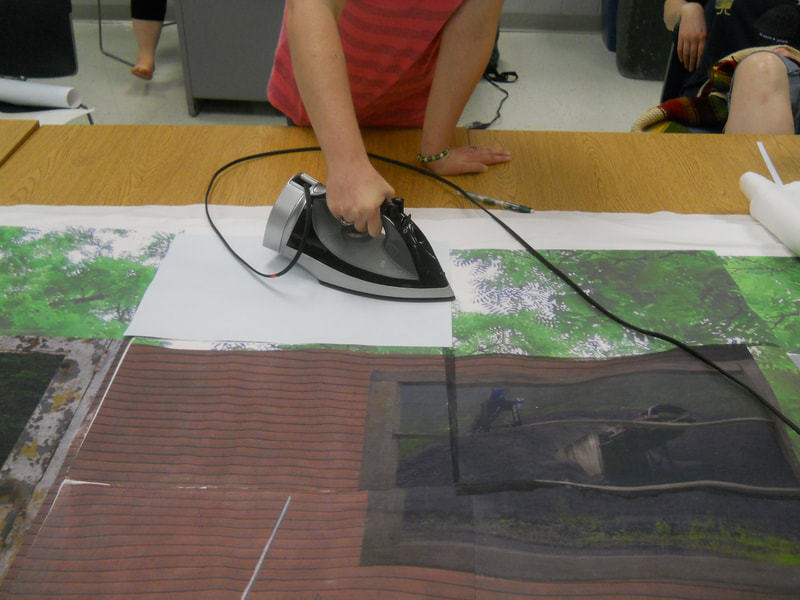

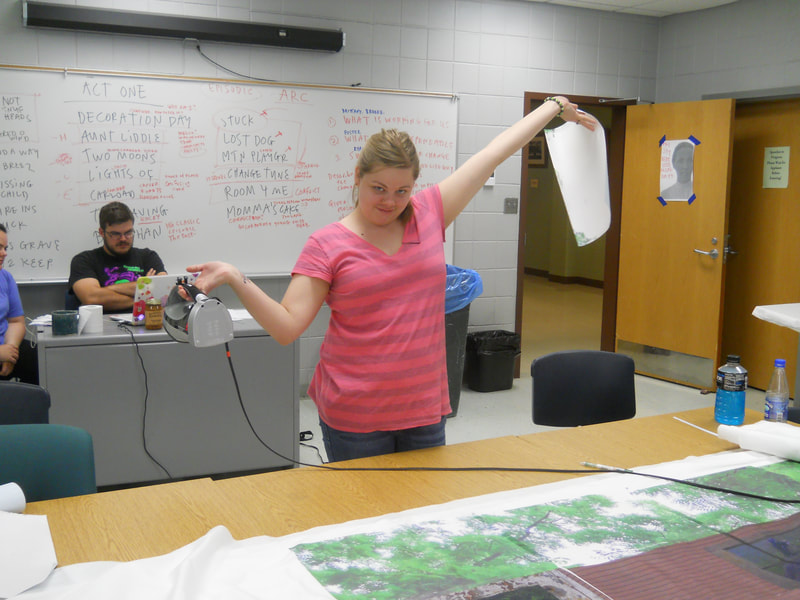

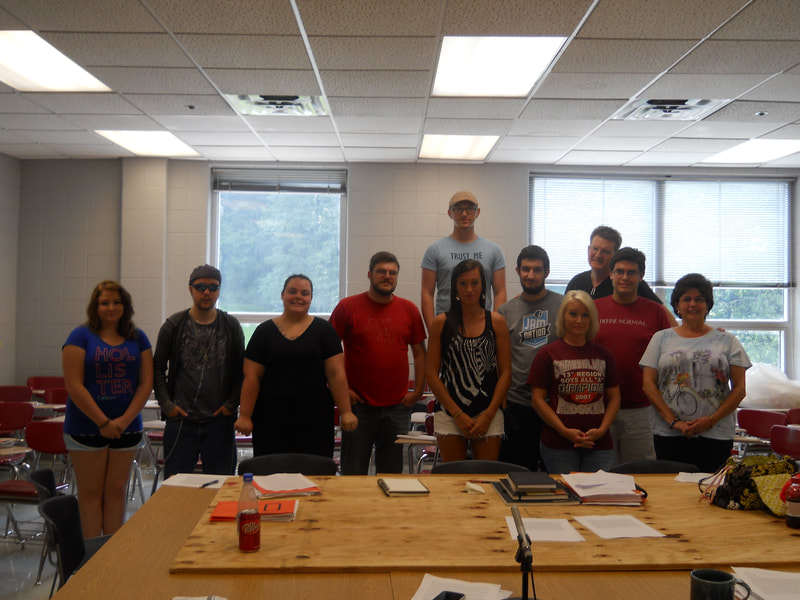



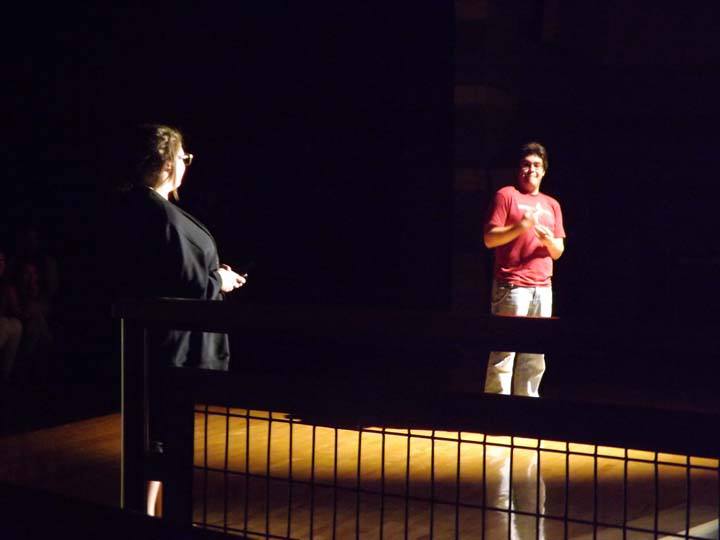



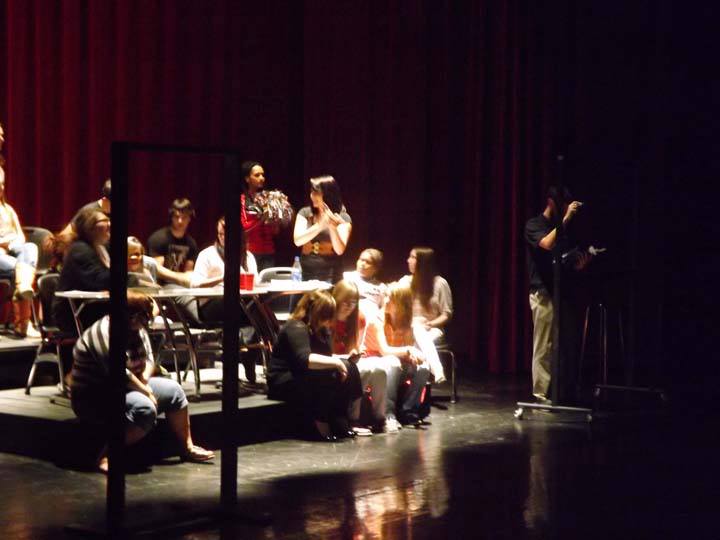



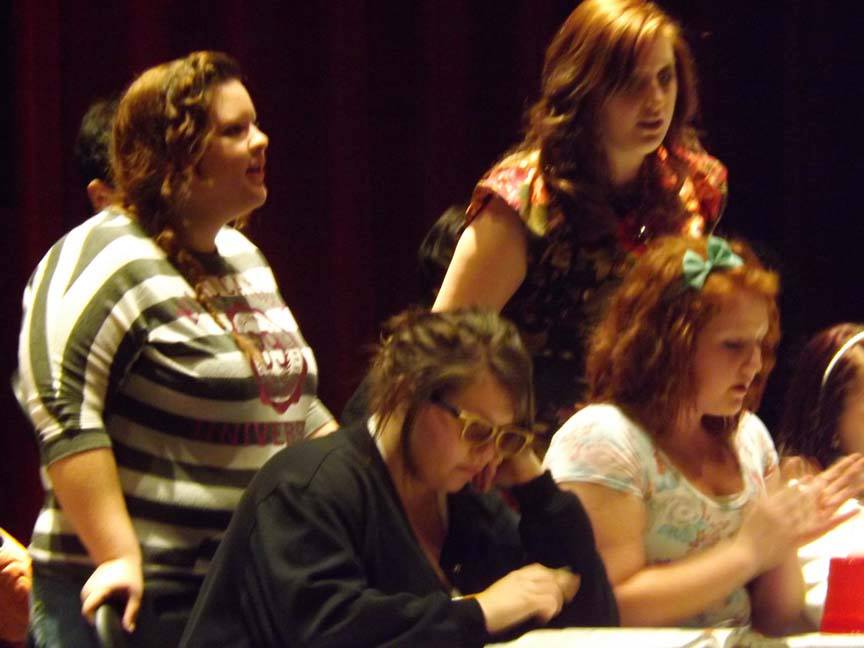





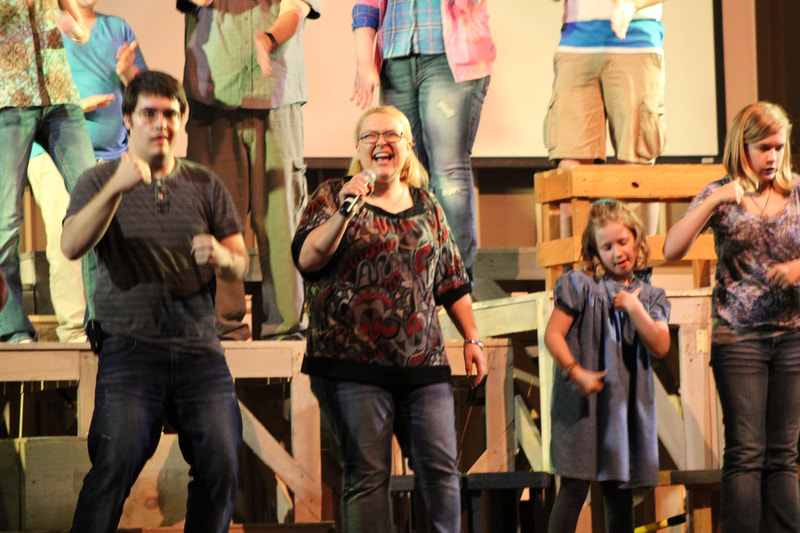


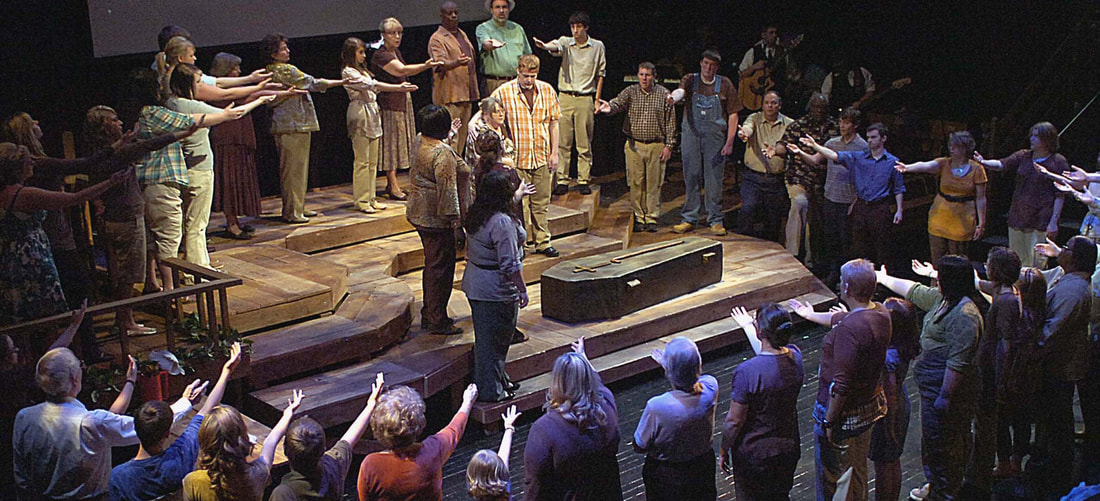
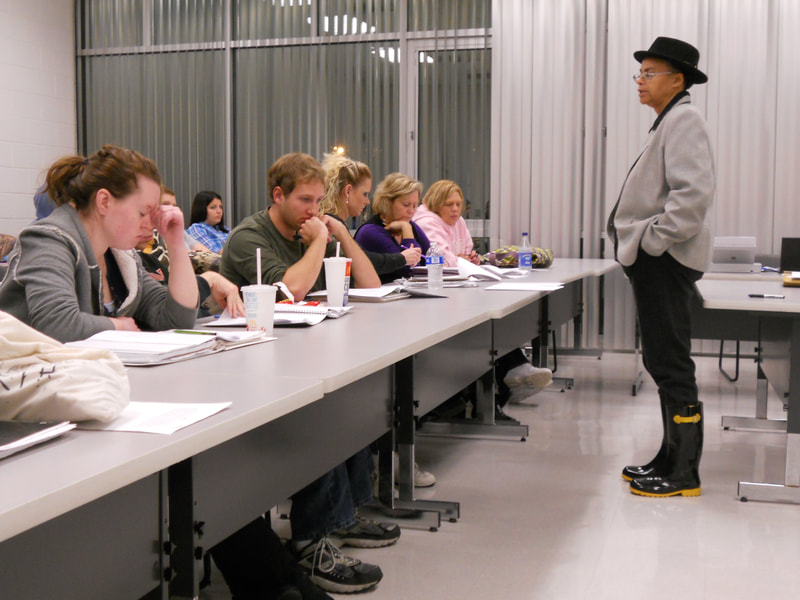




























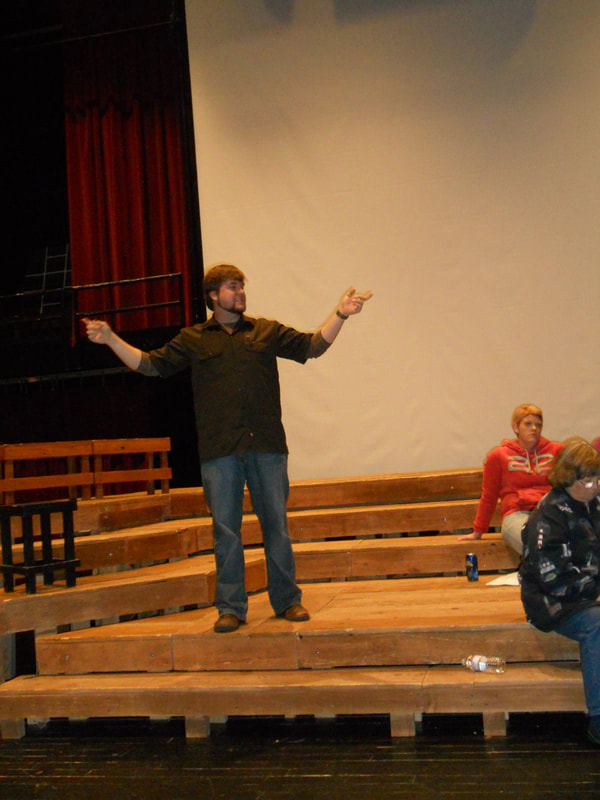







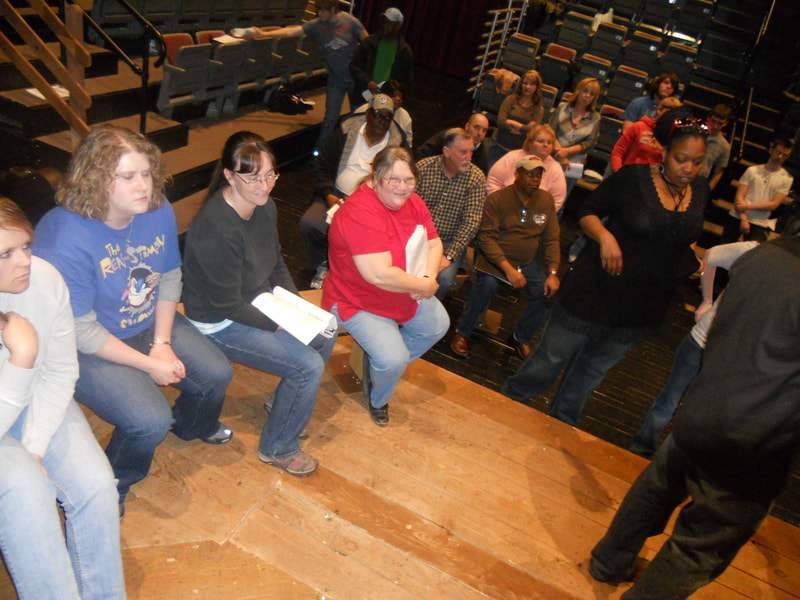









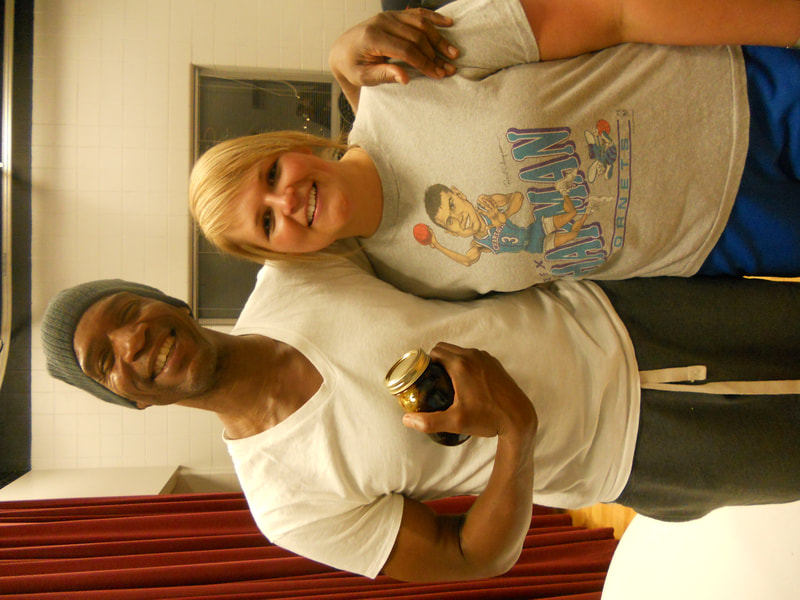


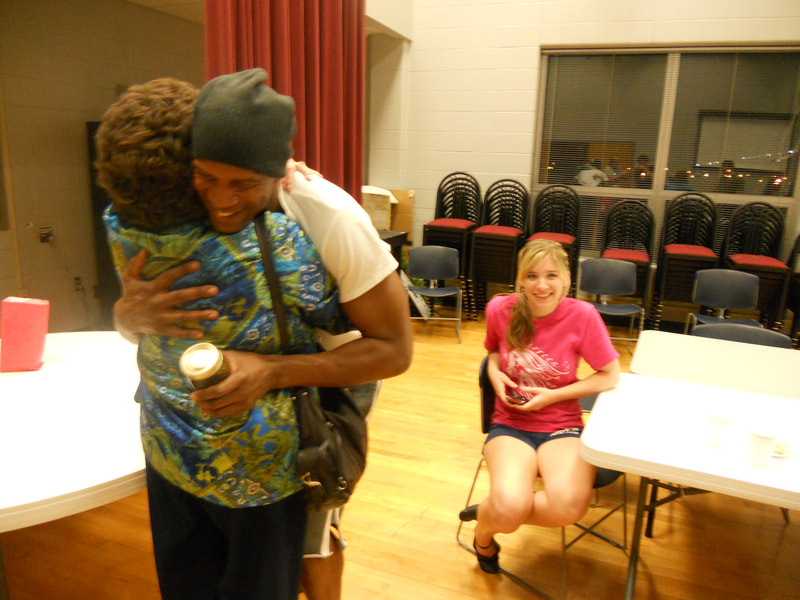












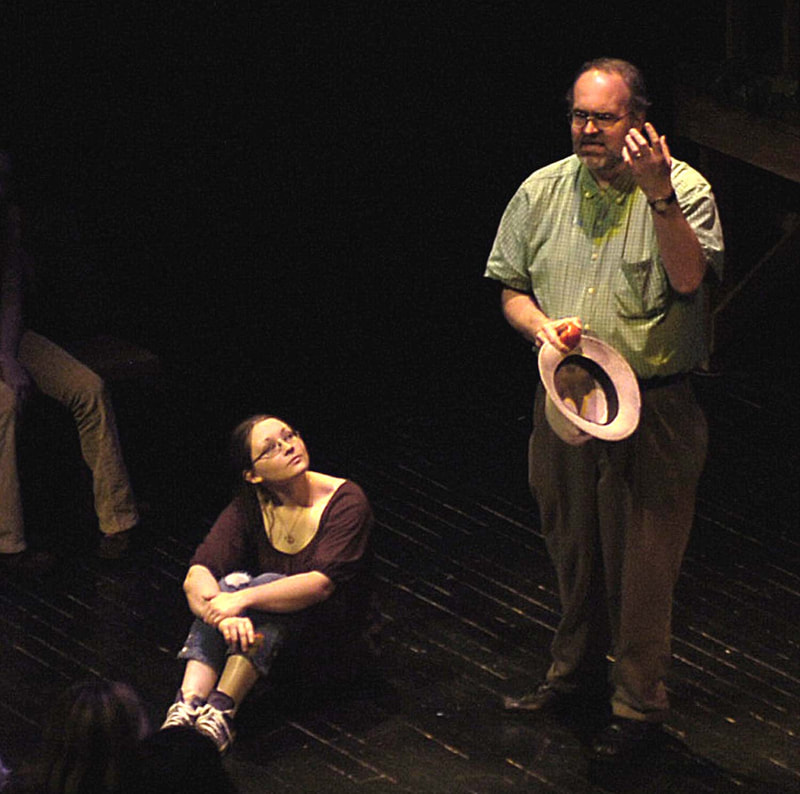



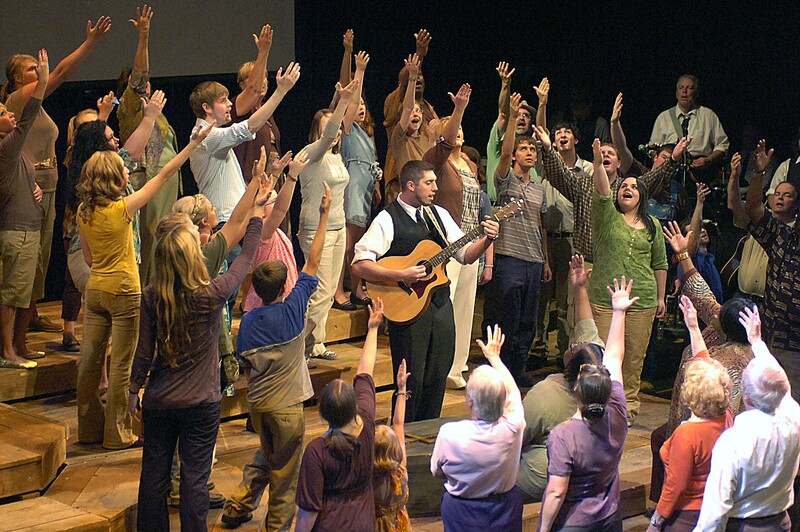







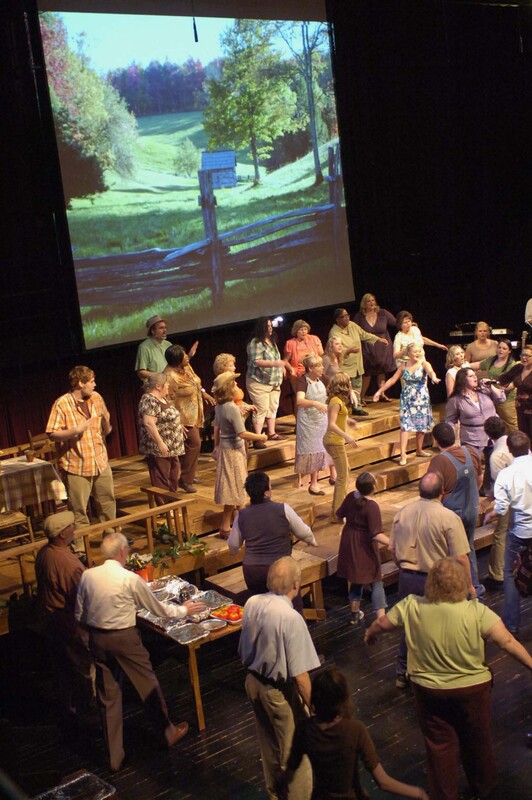


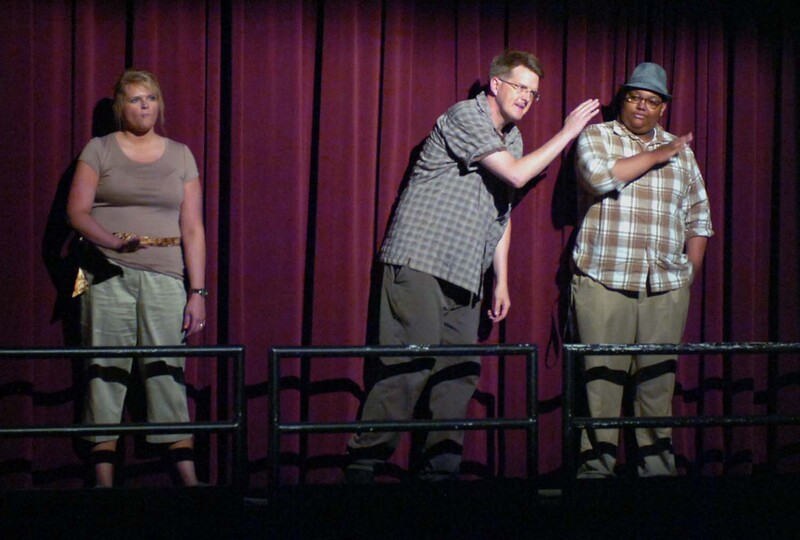
















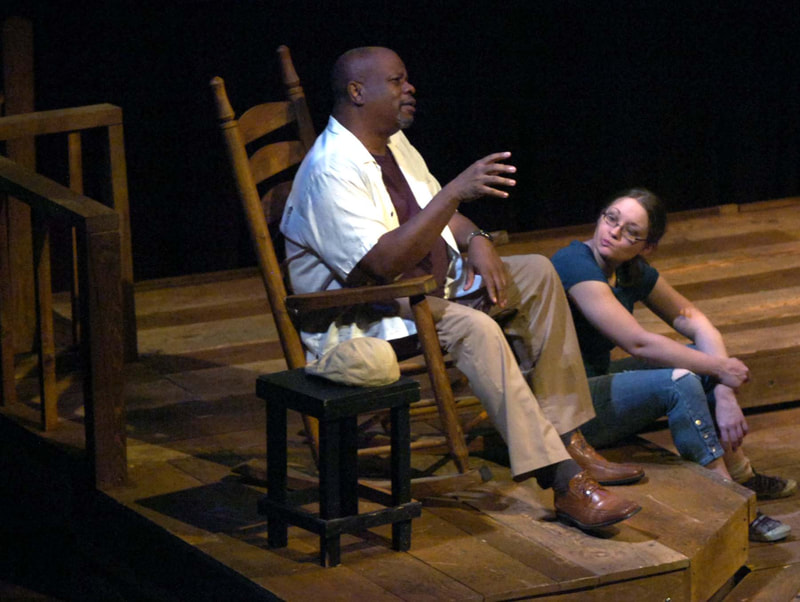



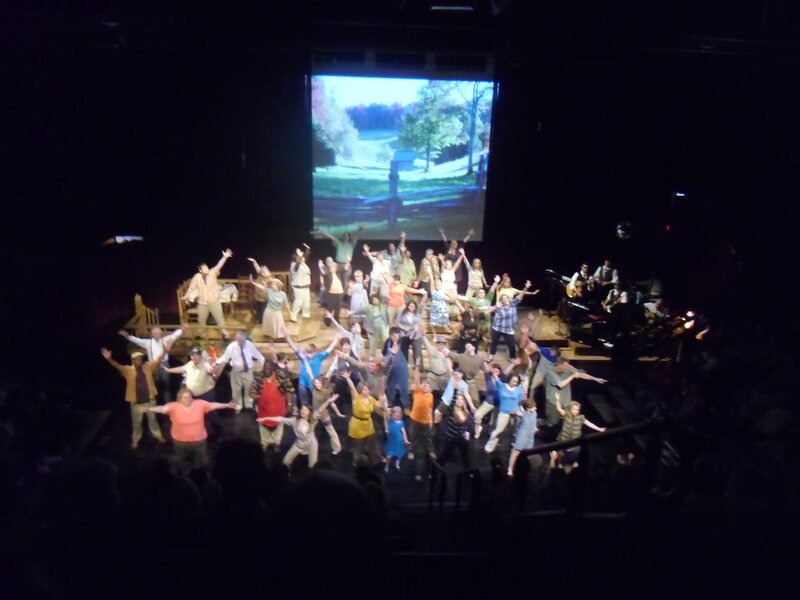













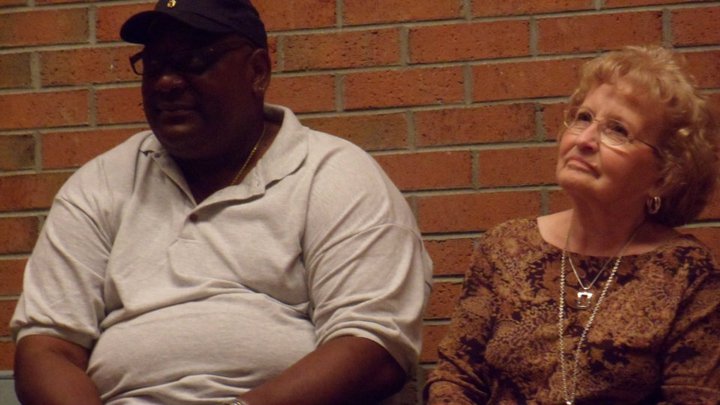
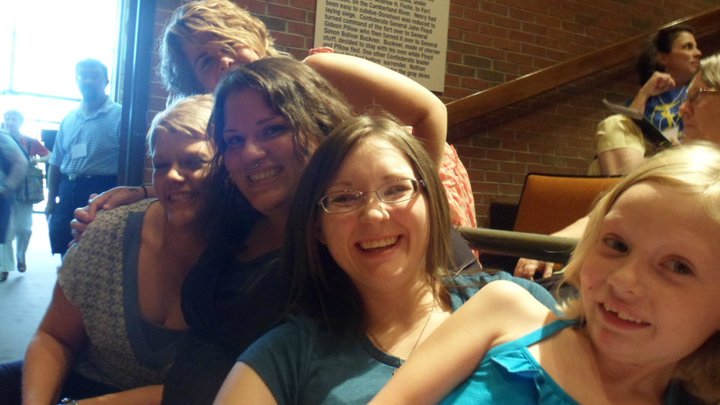

















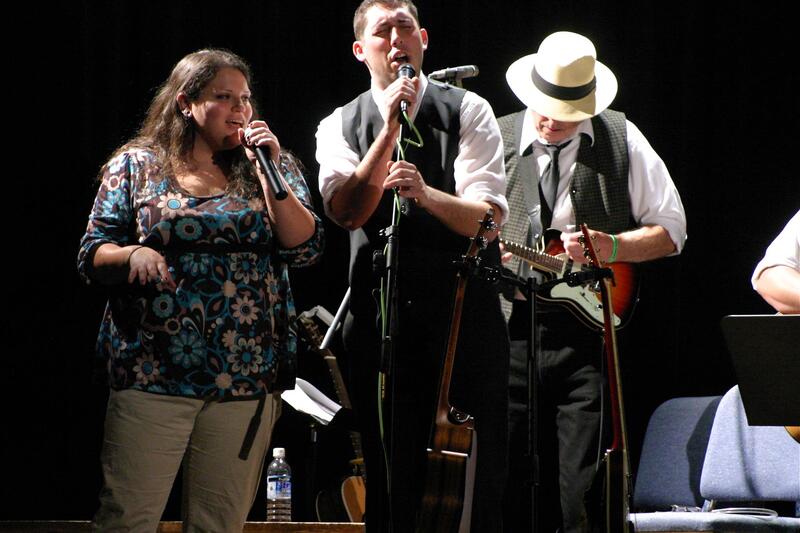
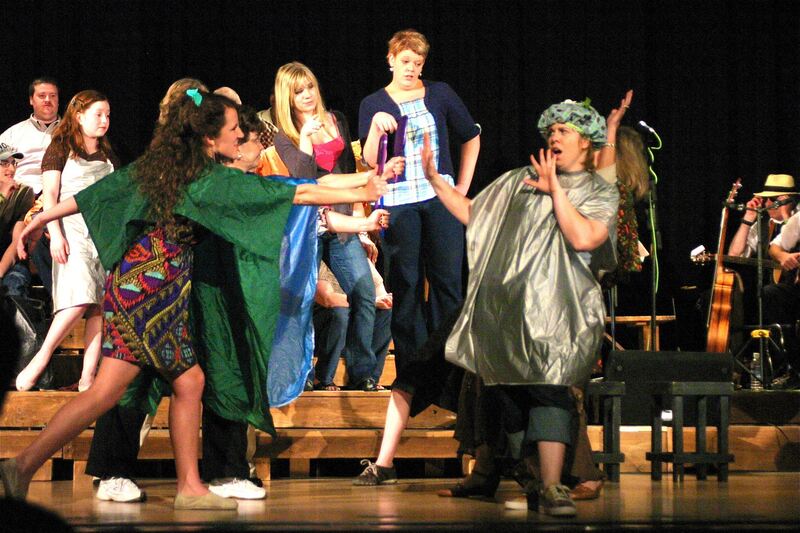























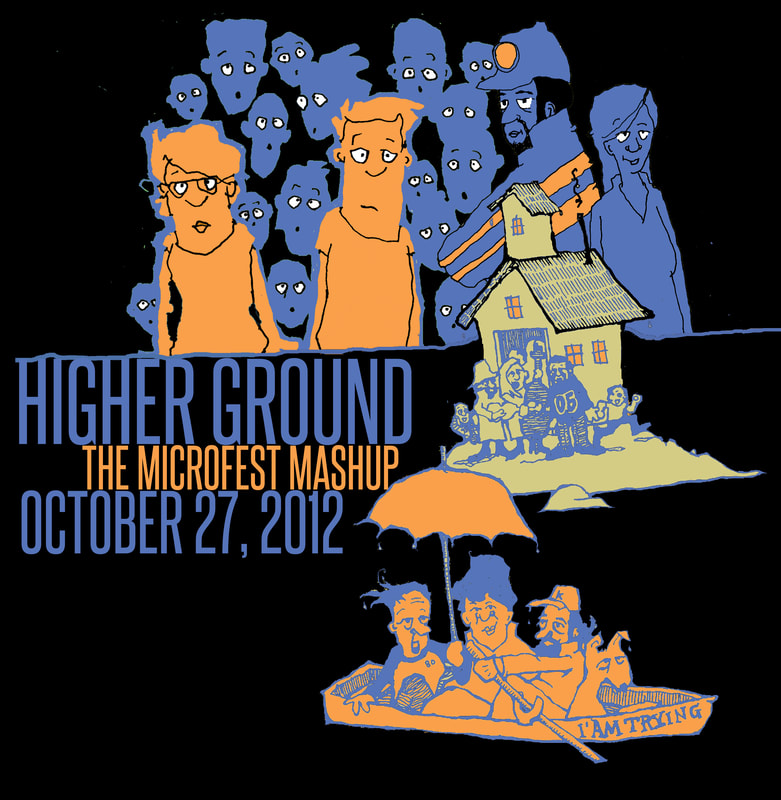
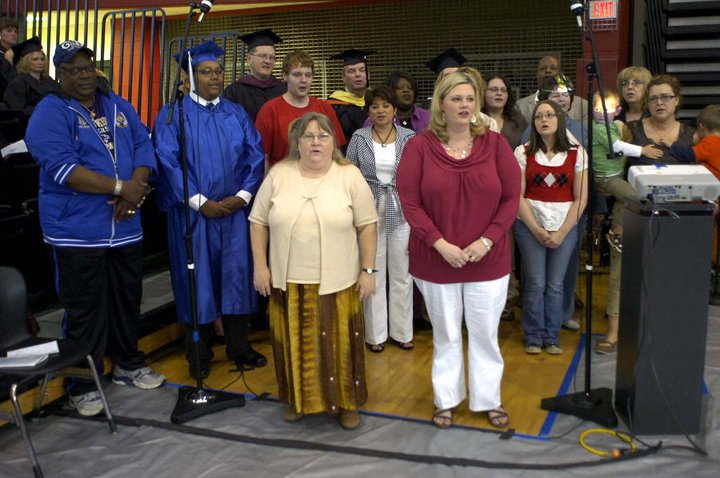

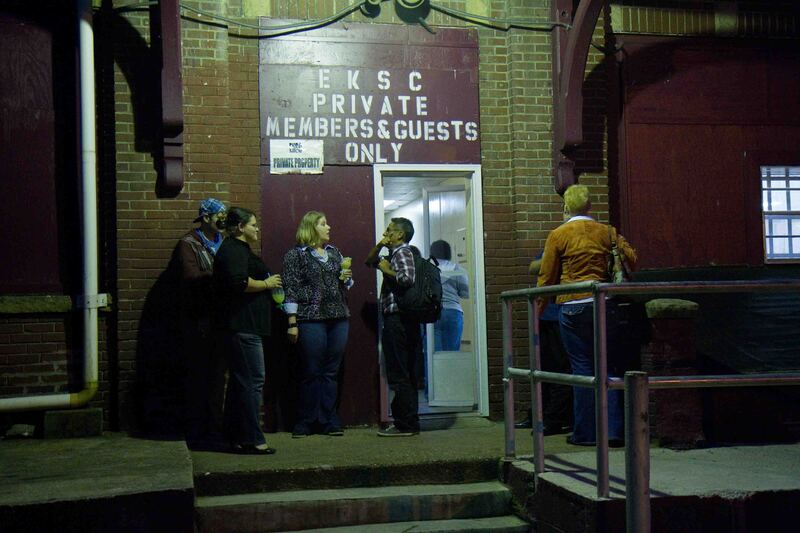












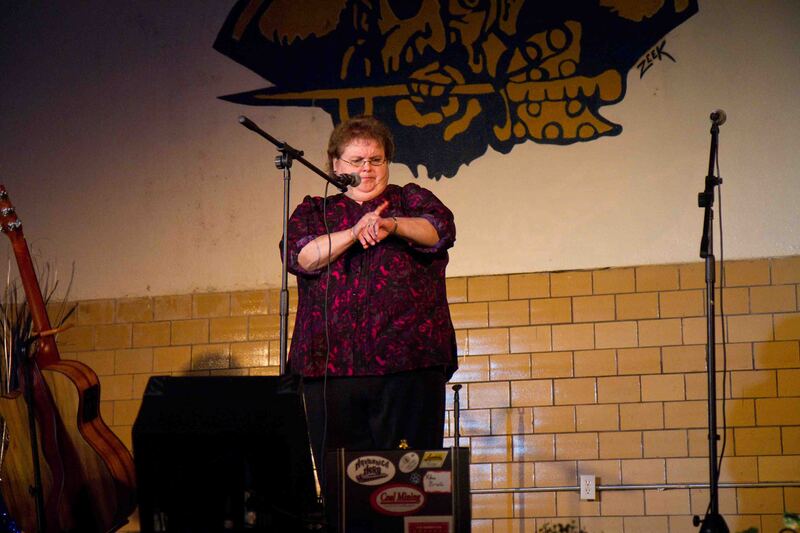



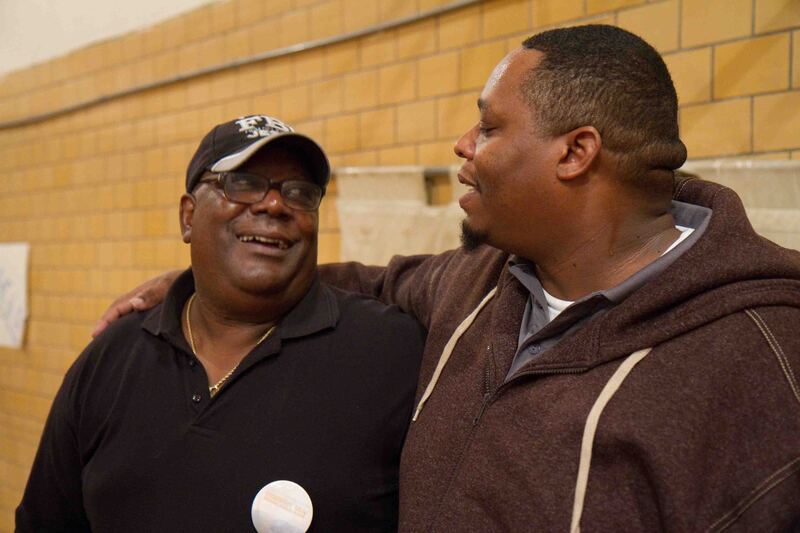

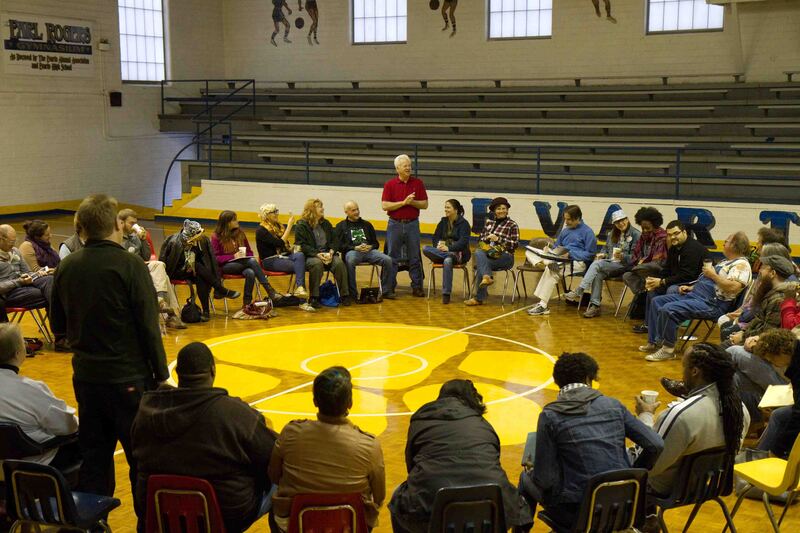
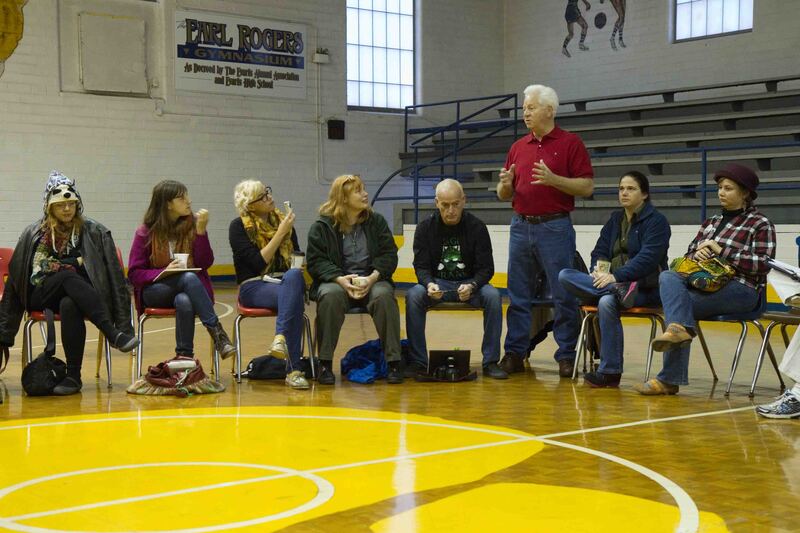

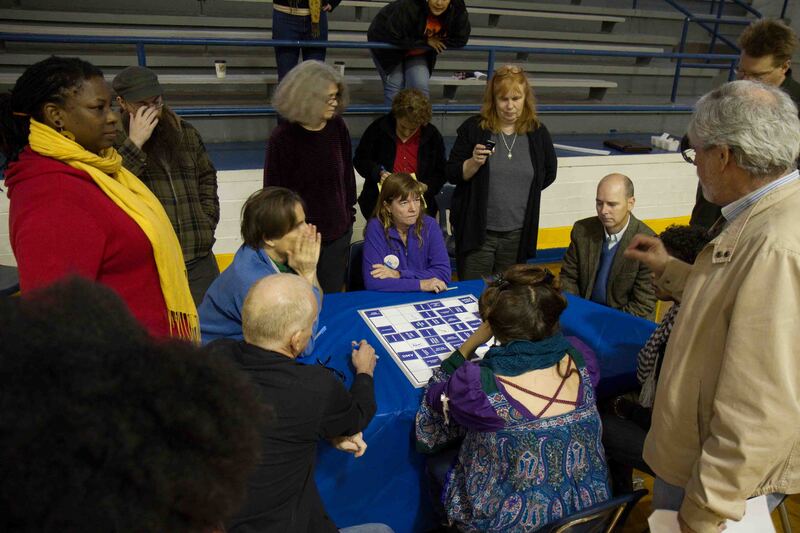

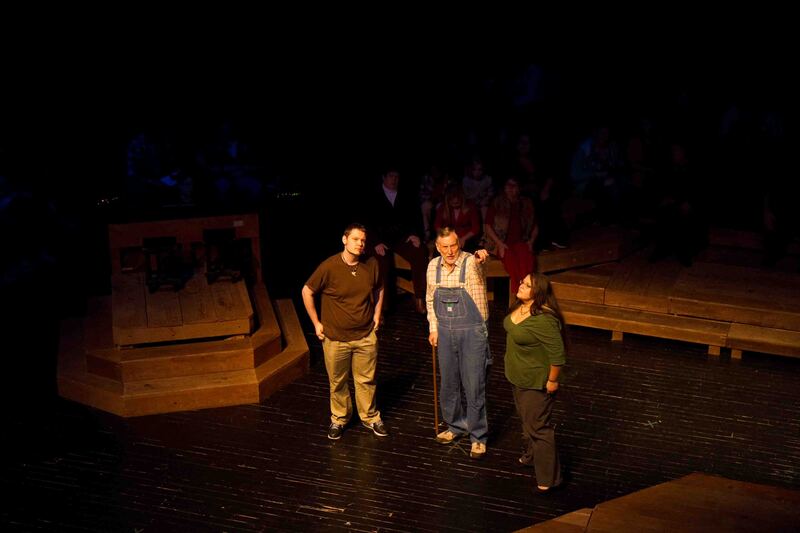

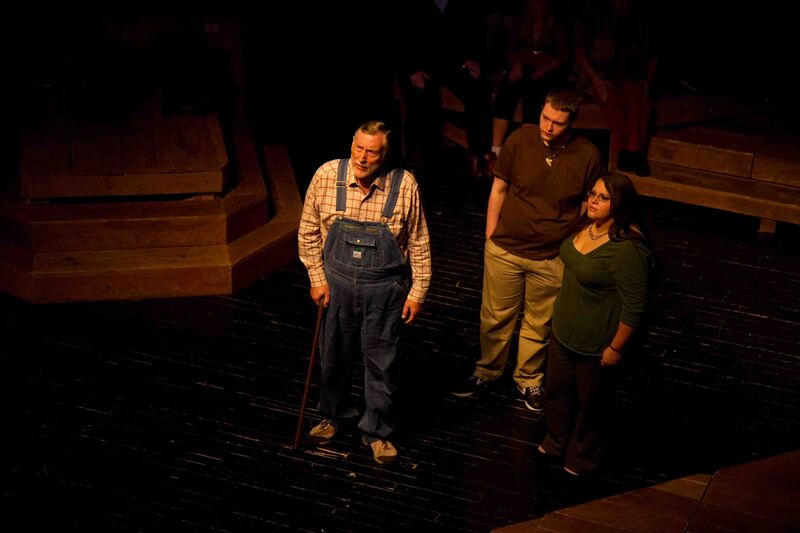

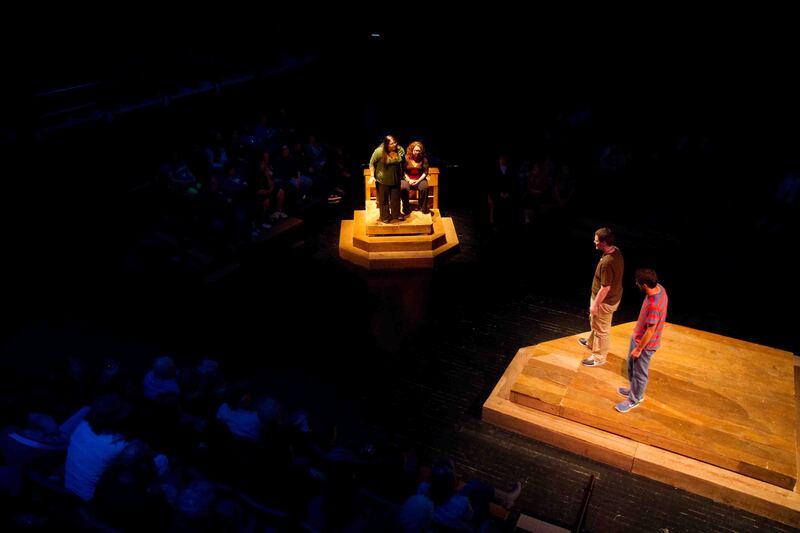







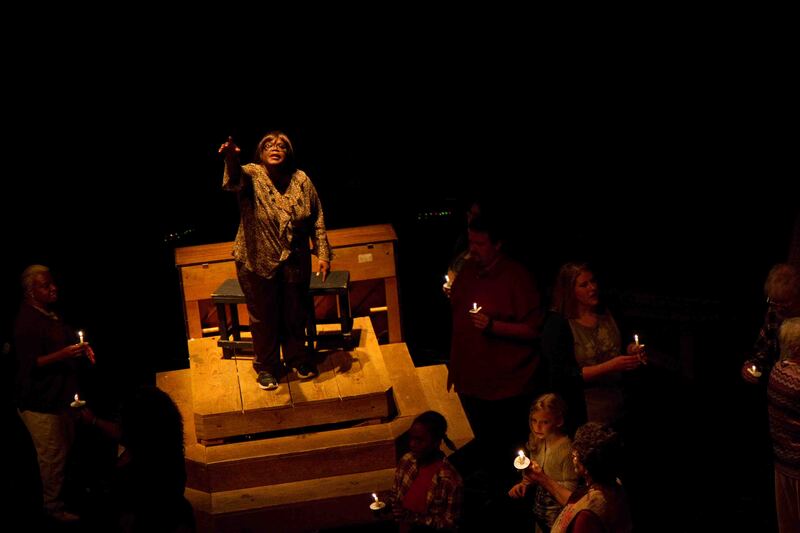

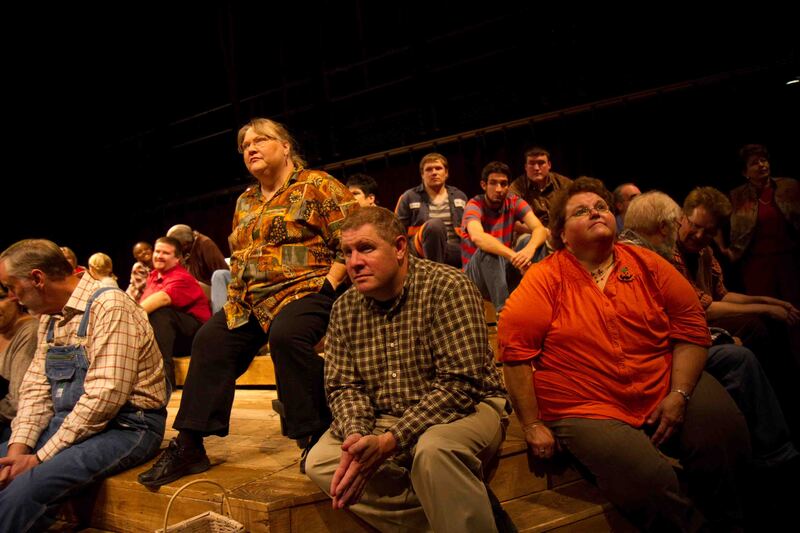








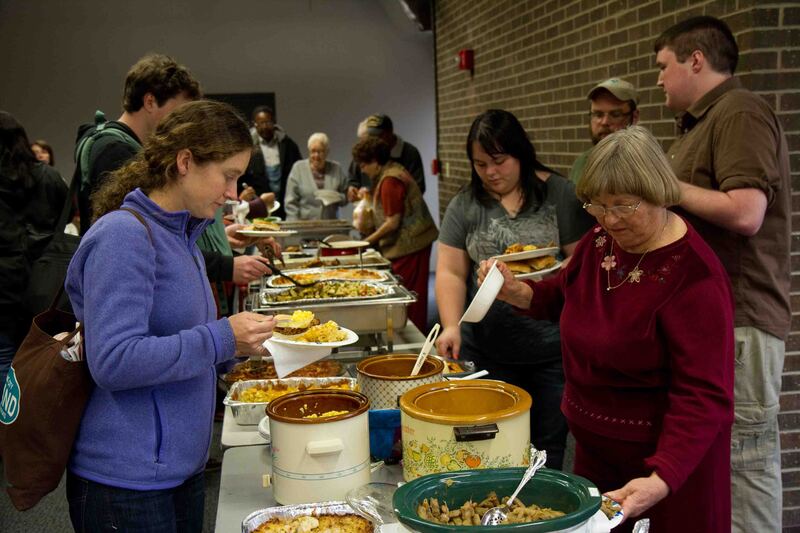
















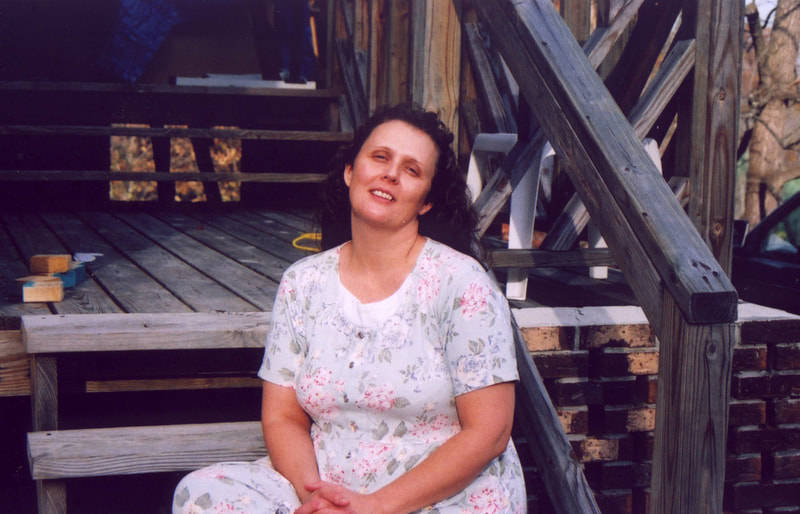



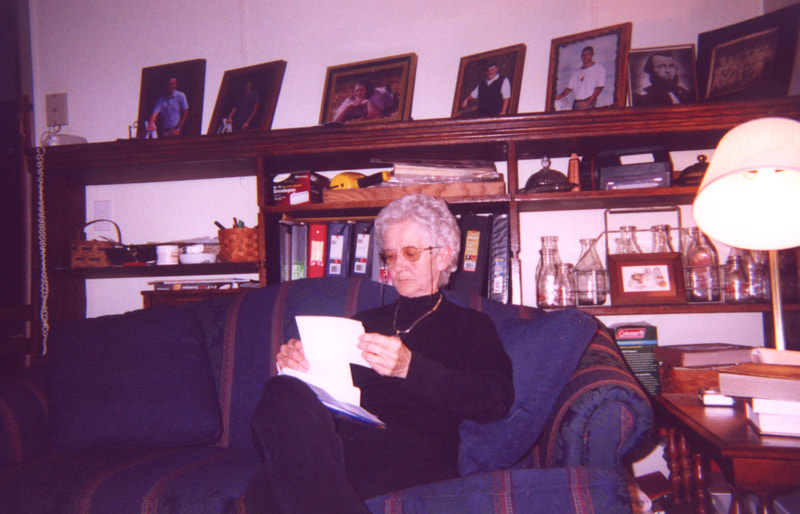



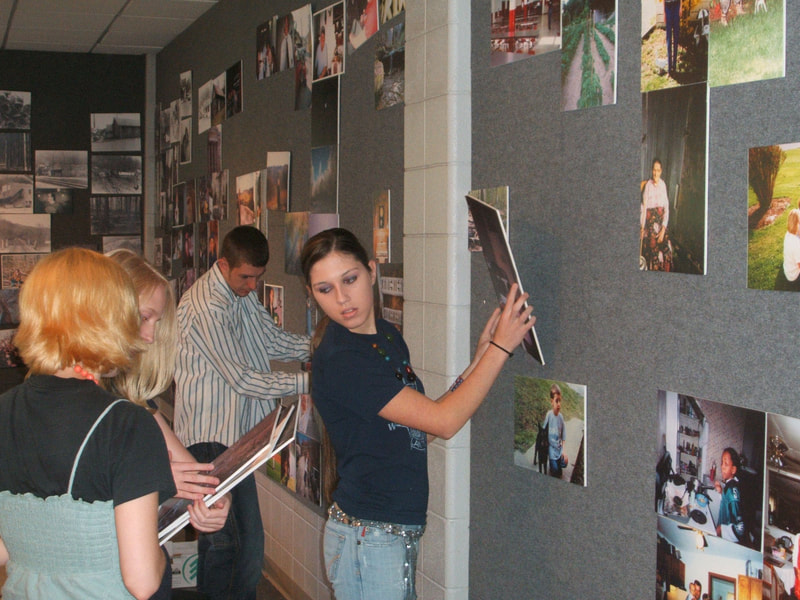








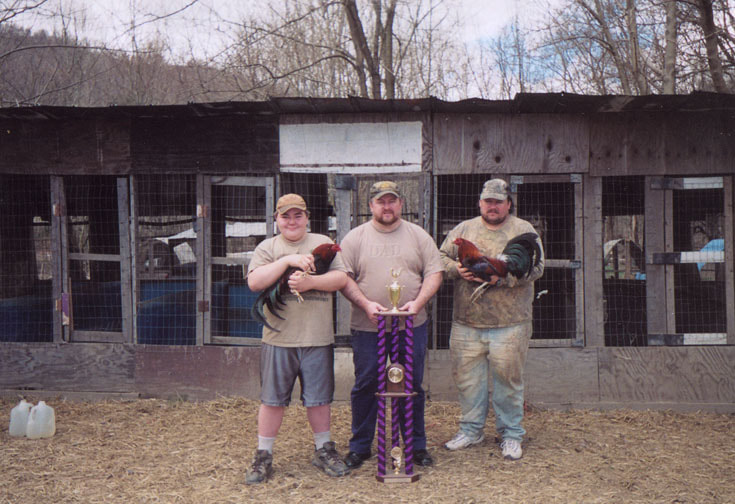

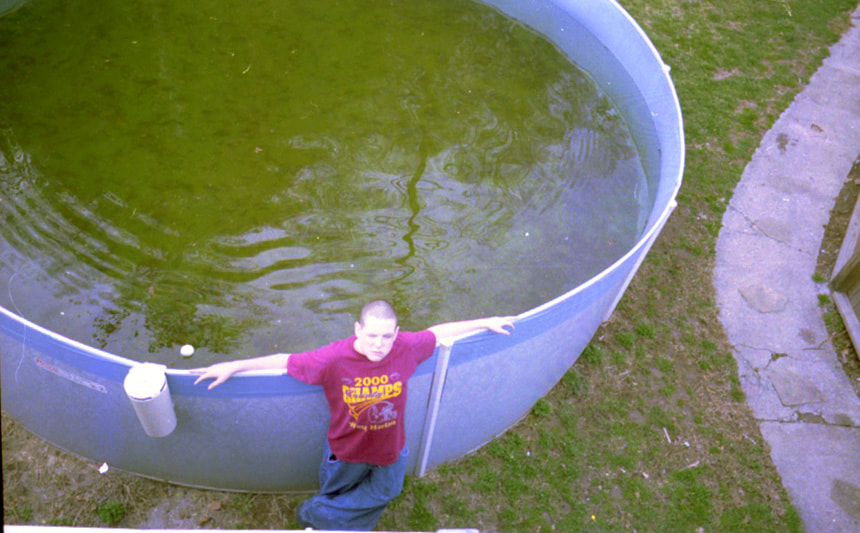














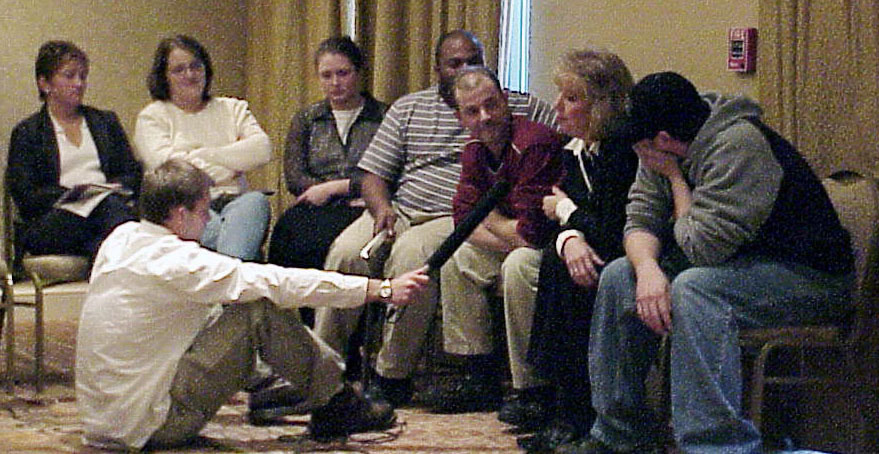

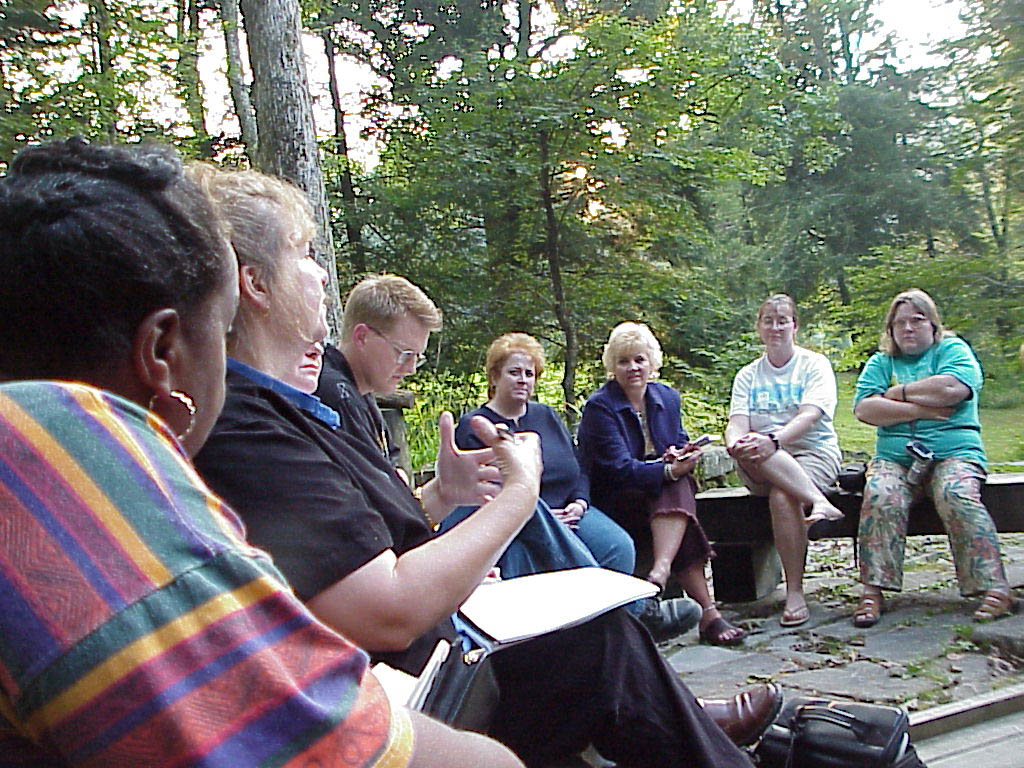


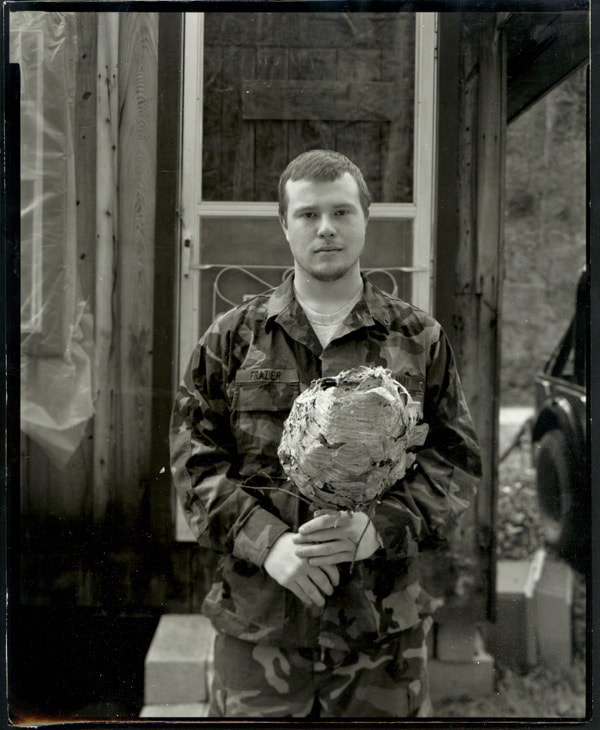





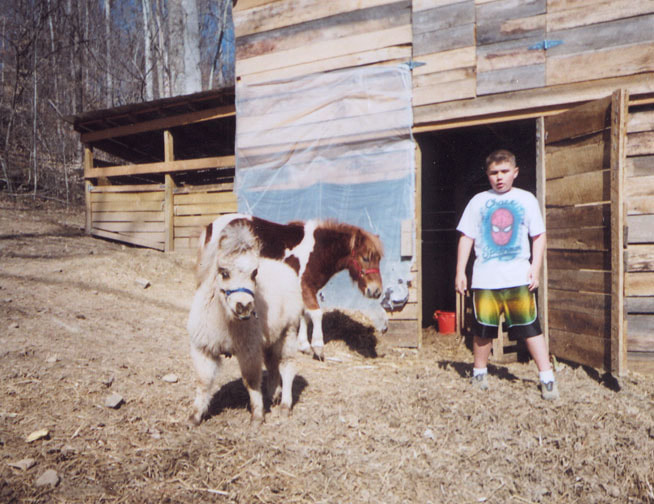

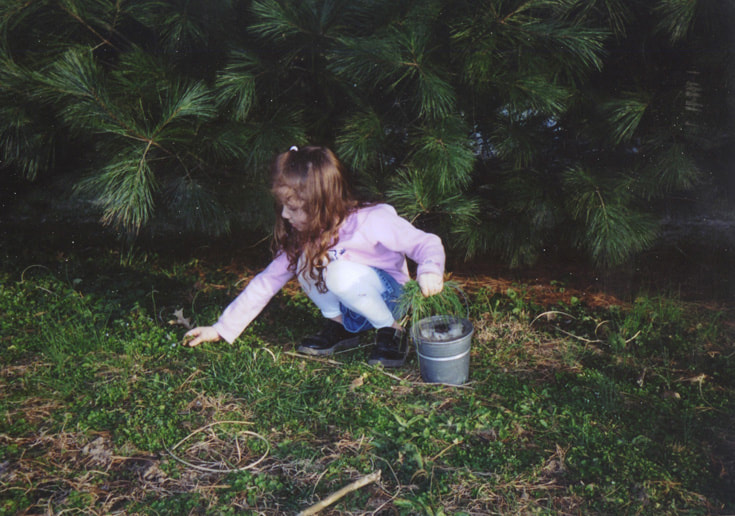



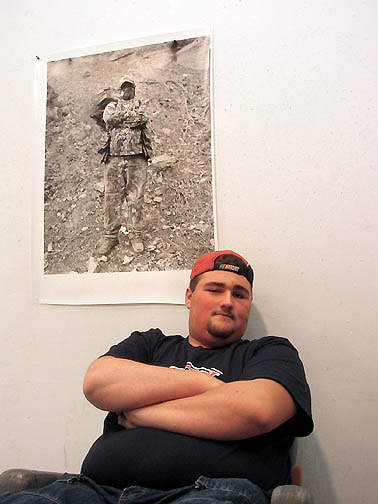



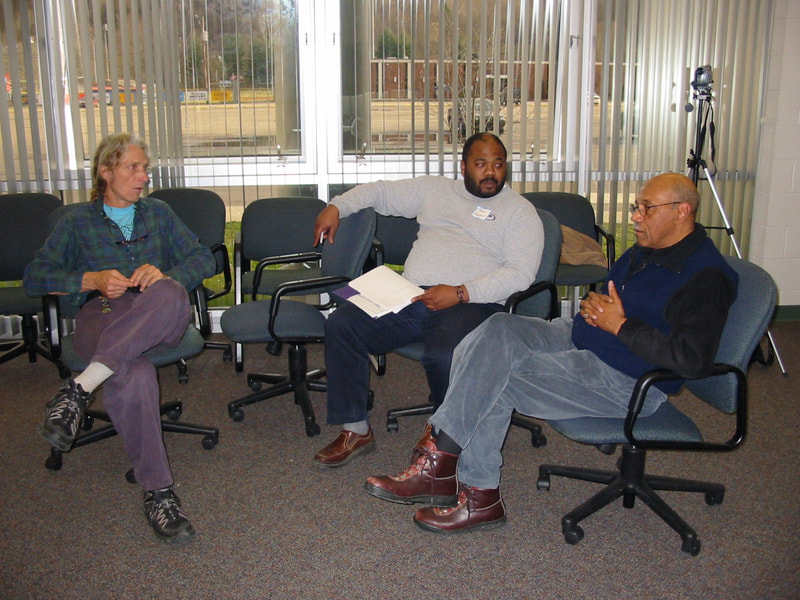





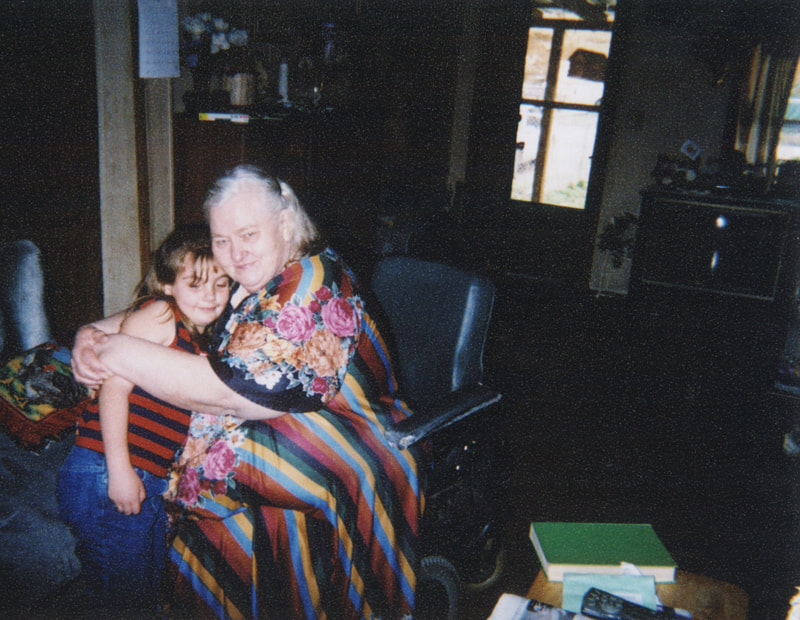



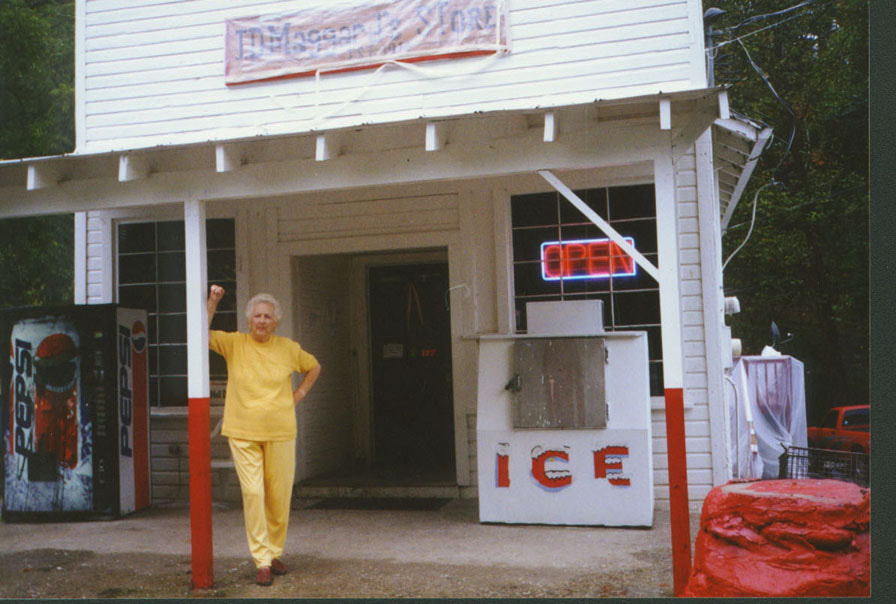






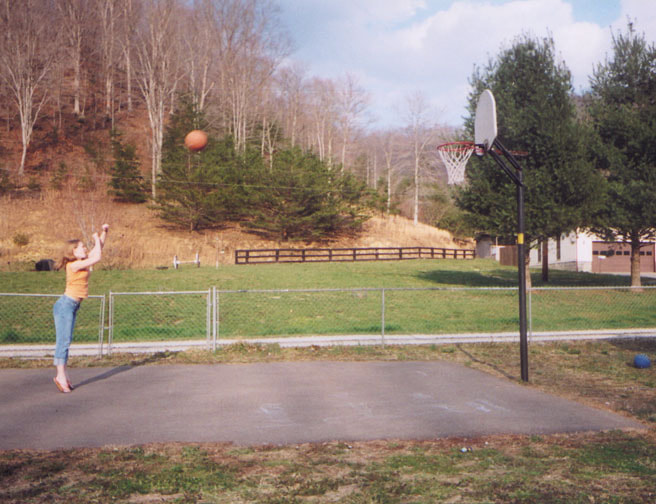















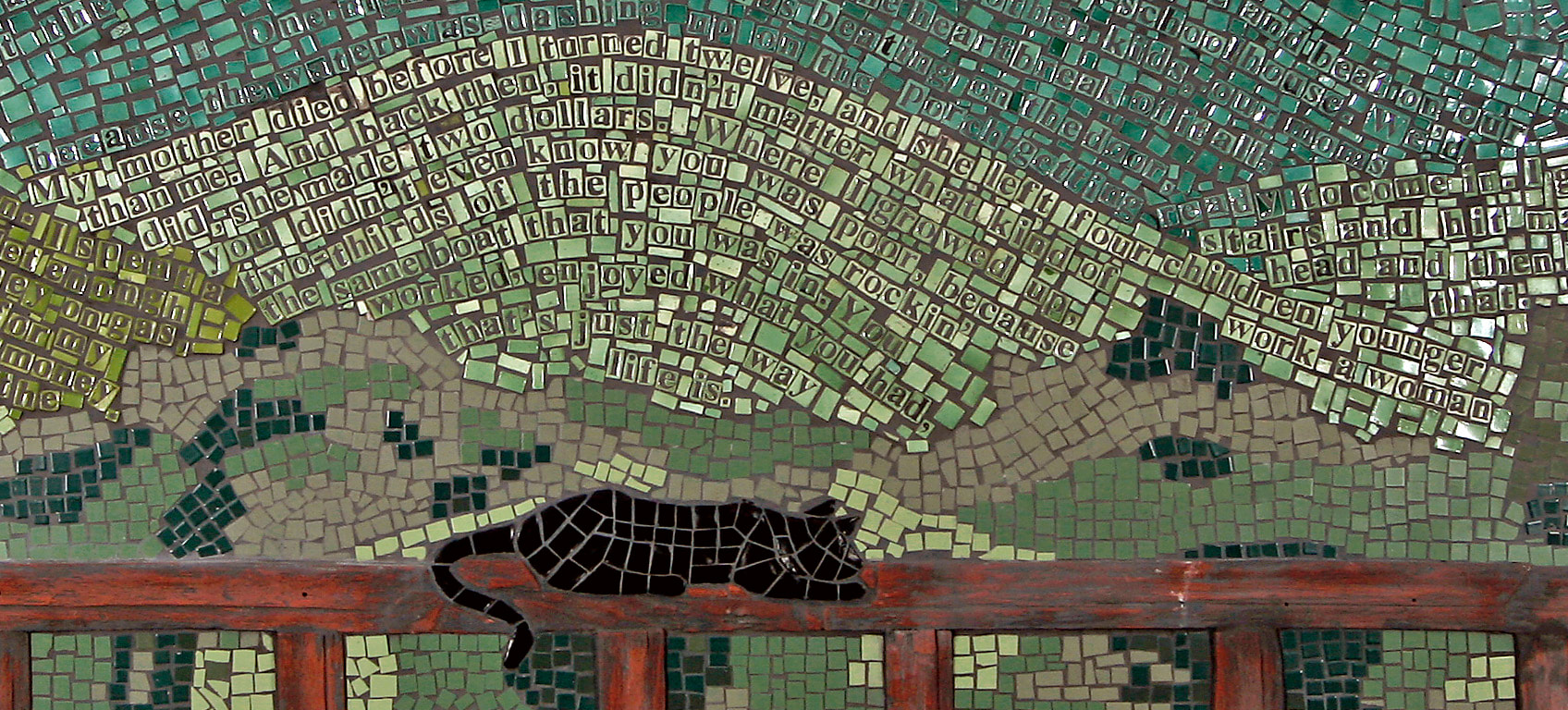


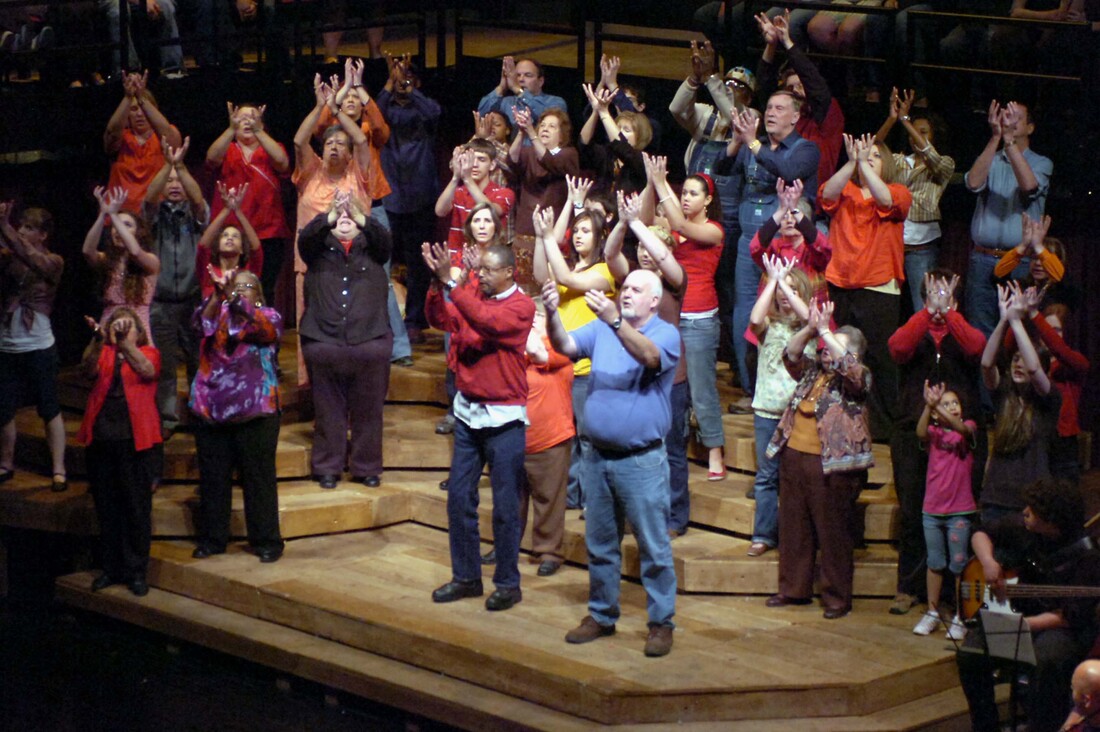


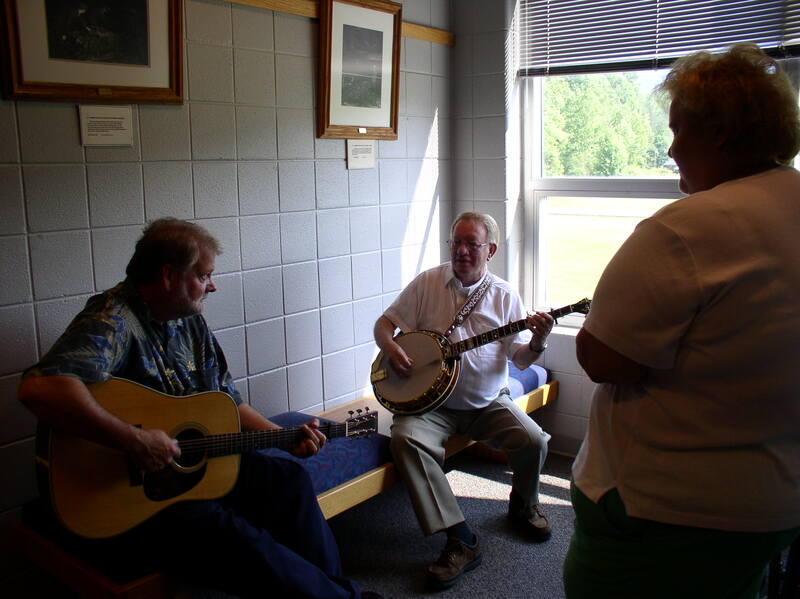






















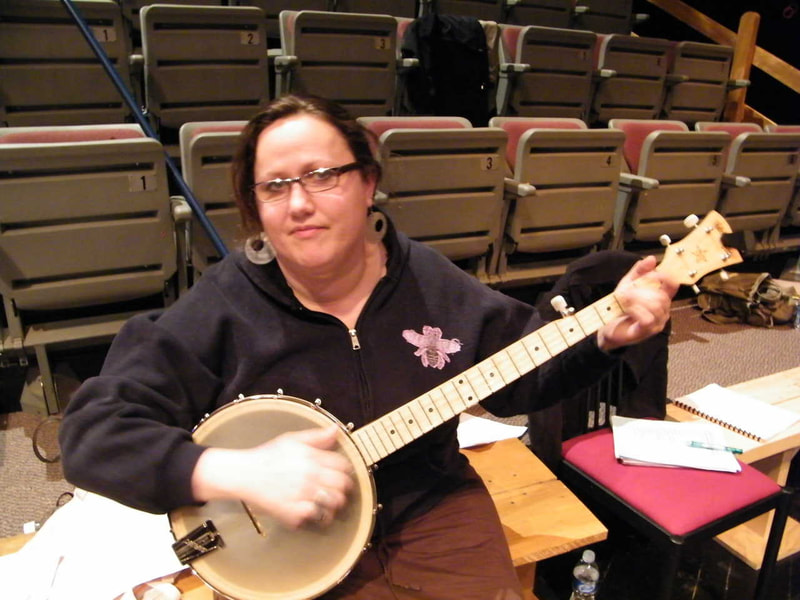




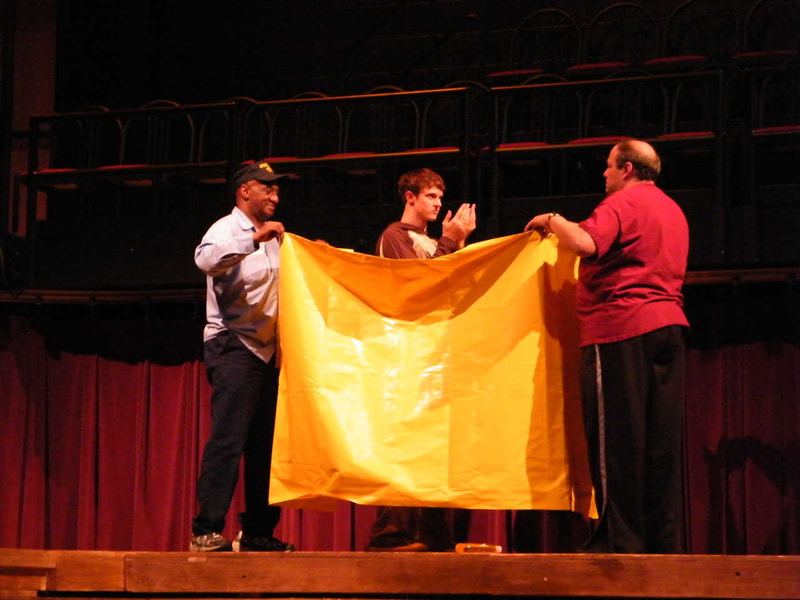


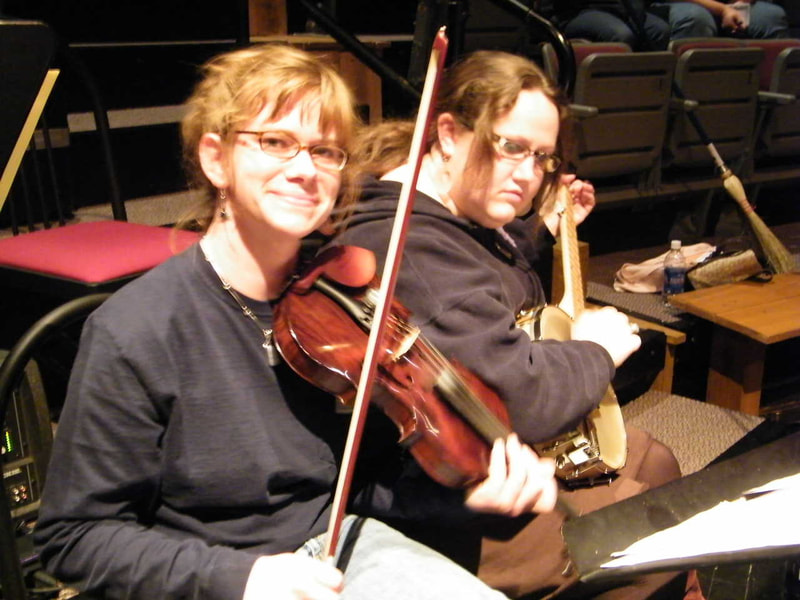

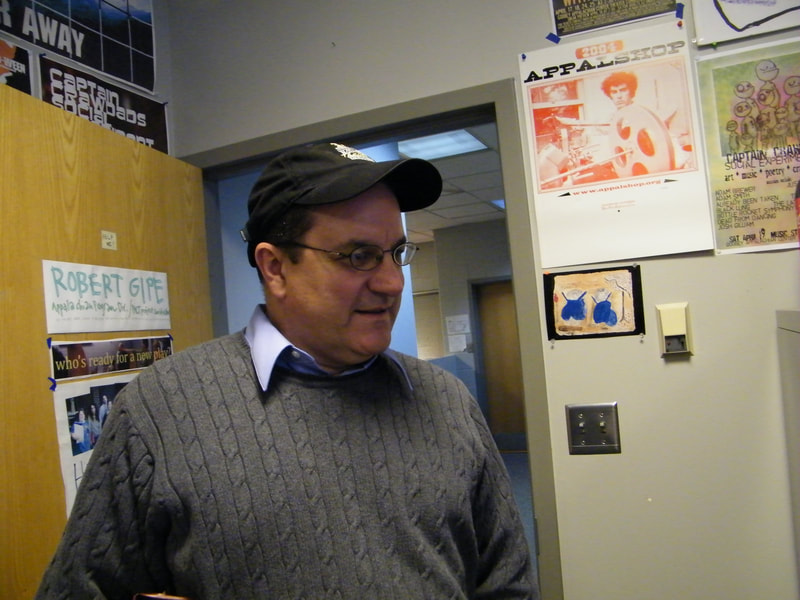
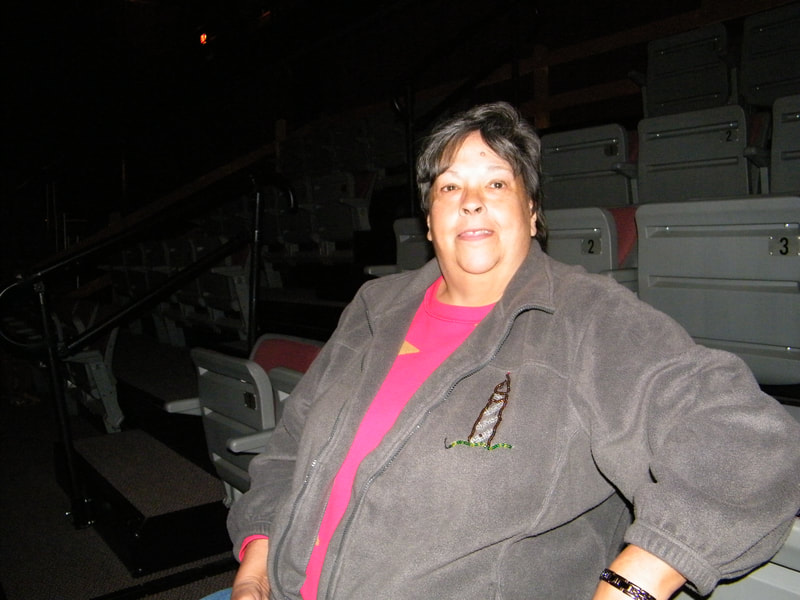






















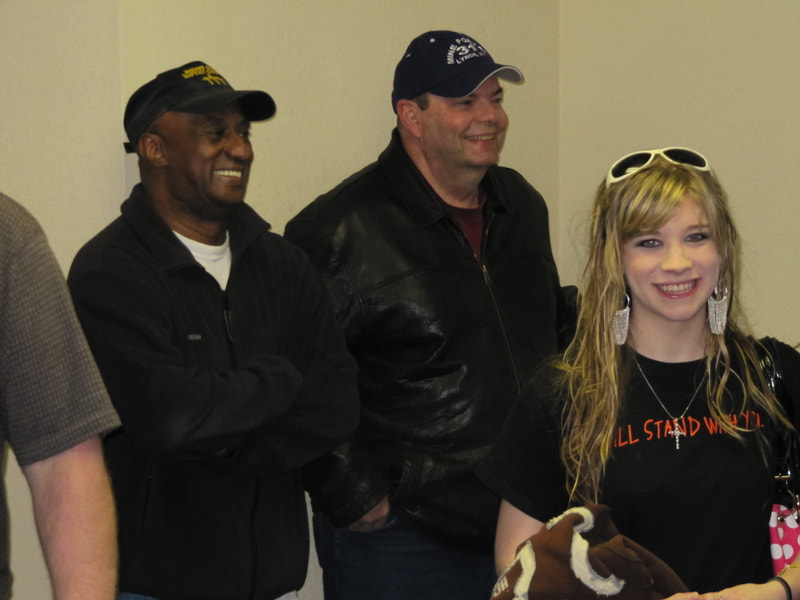




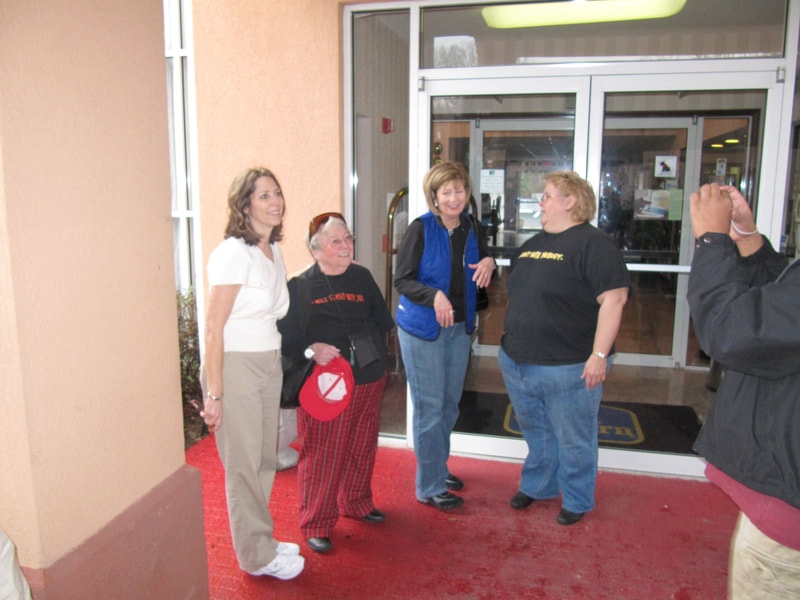

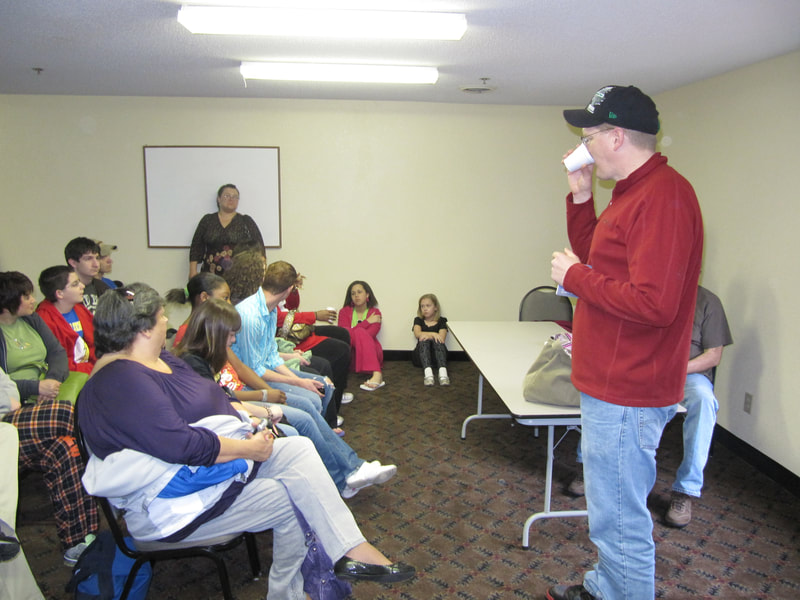









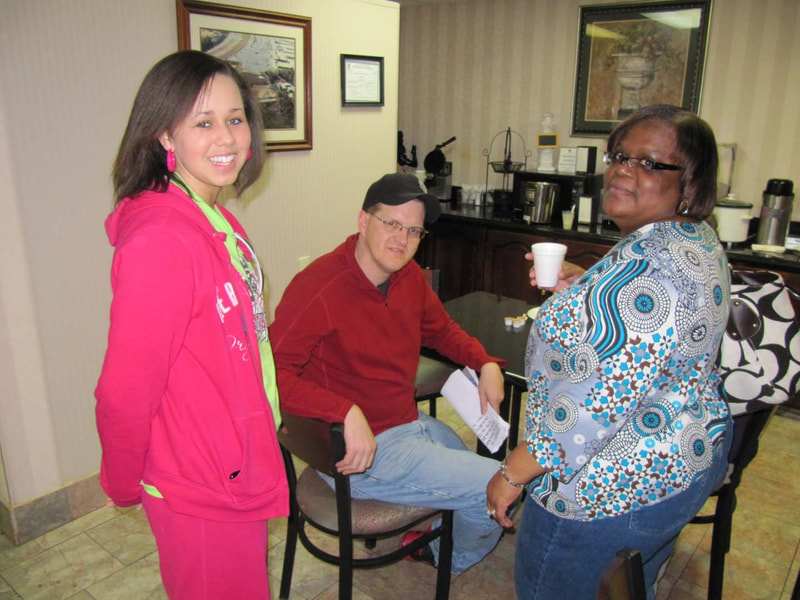


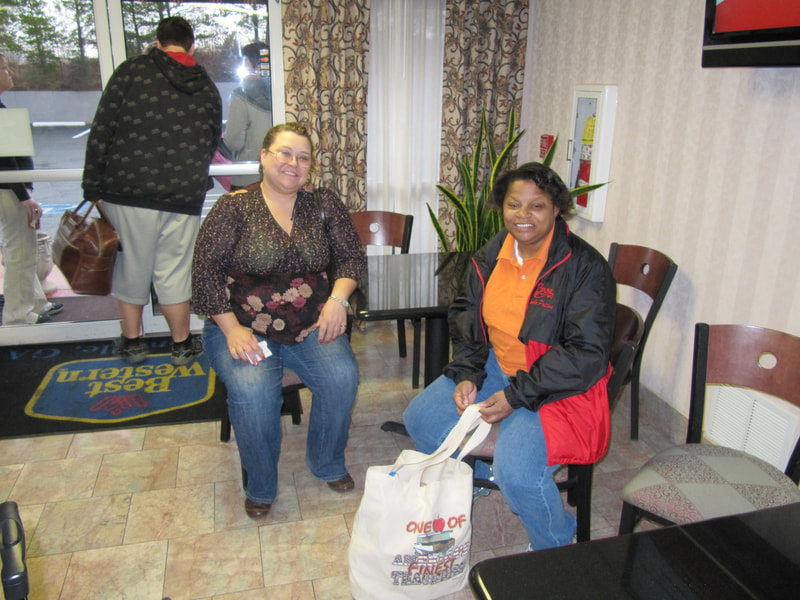


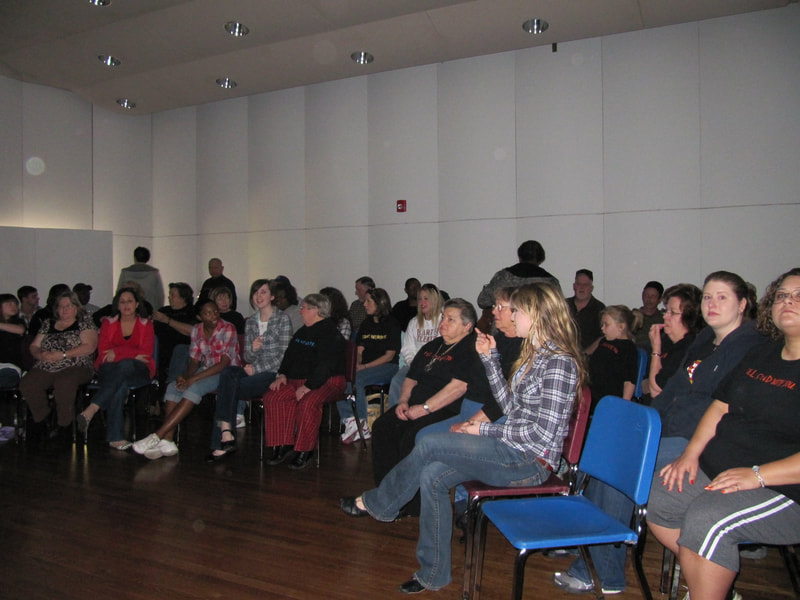





















 RSS Feed
RSS Feed